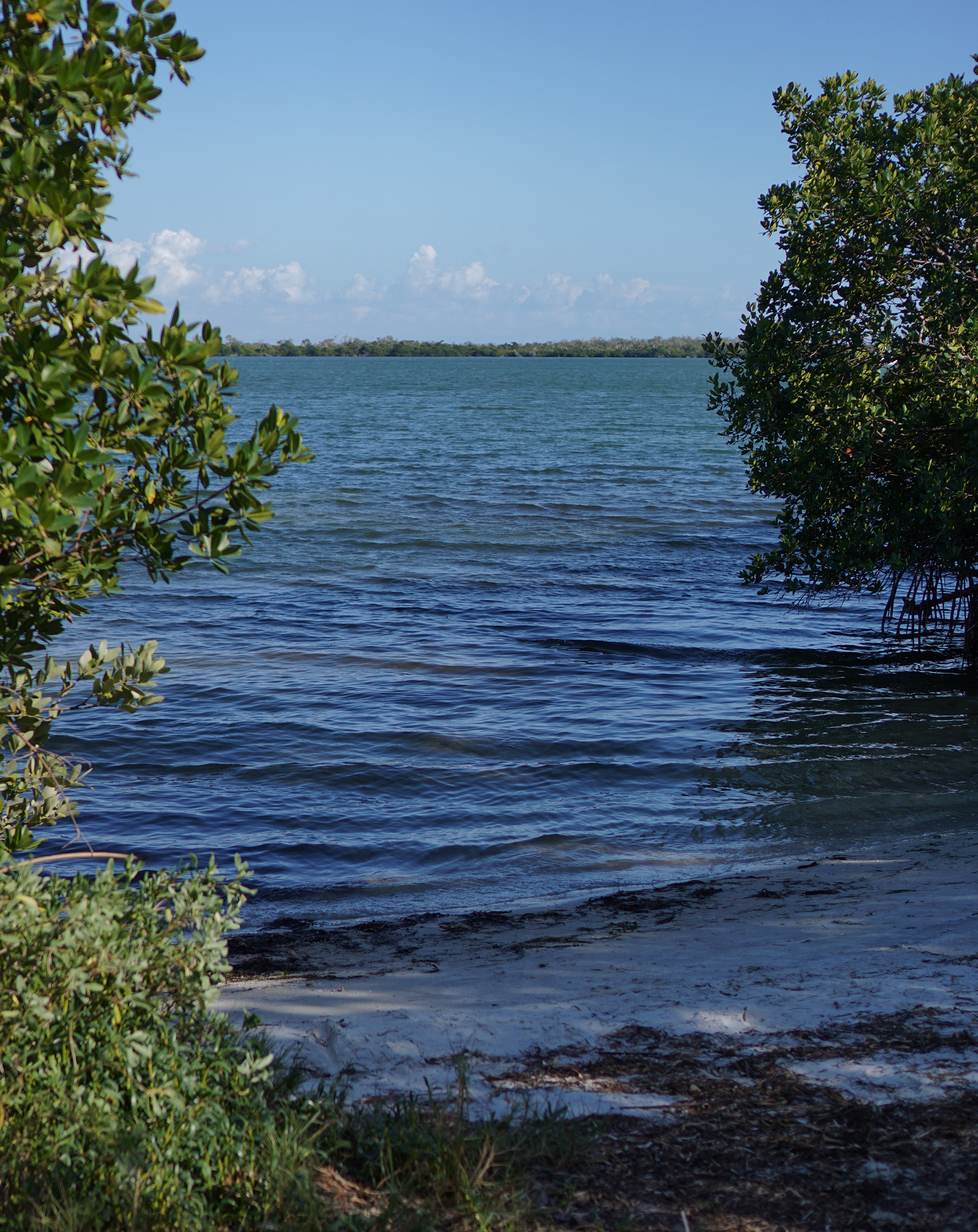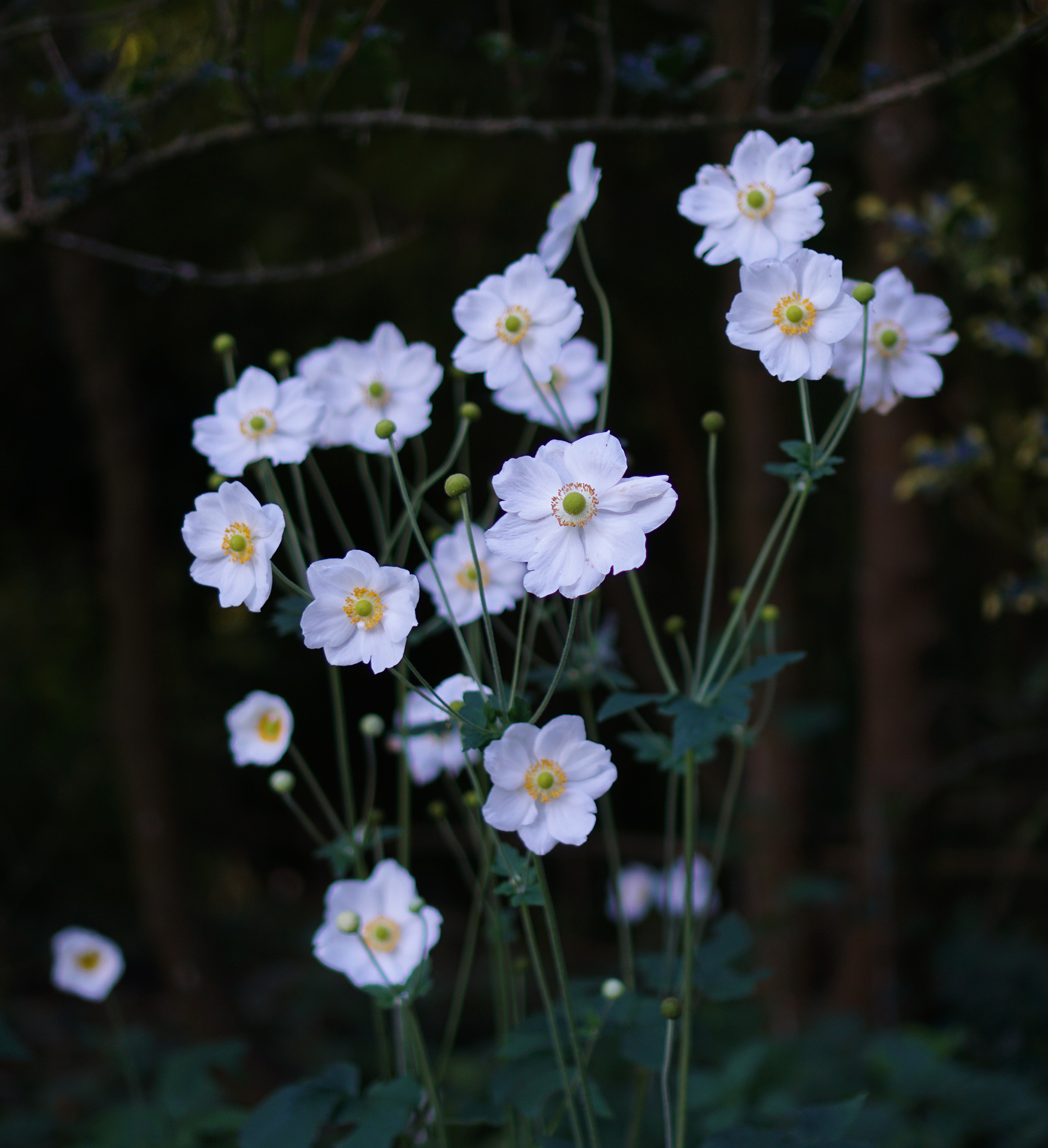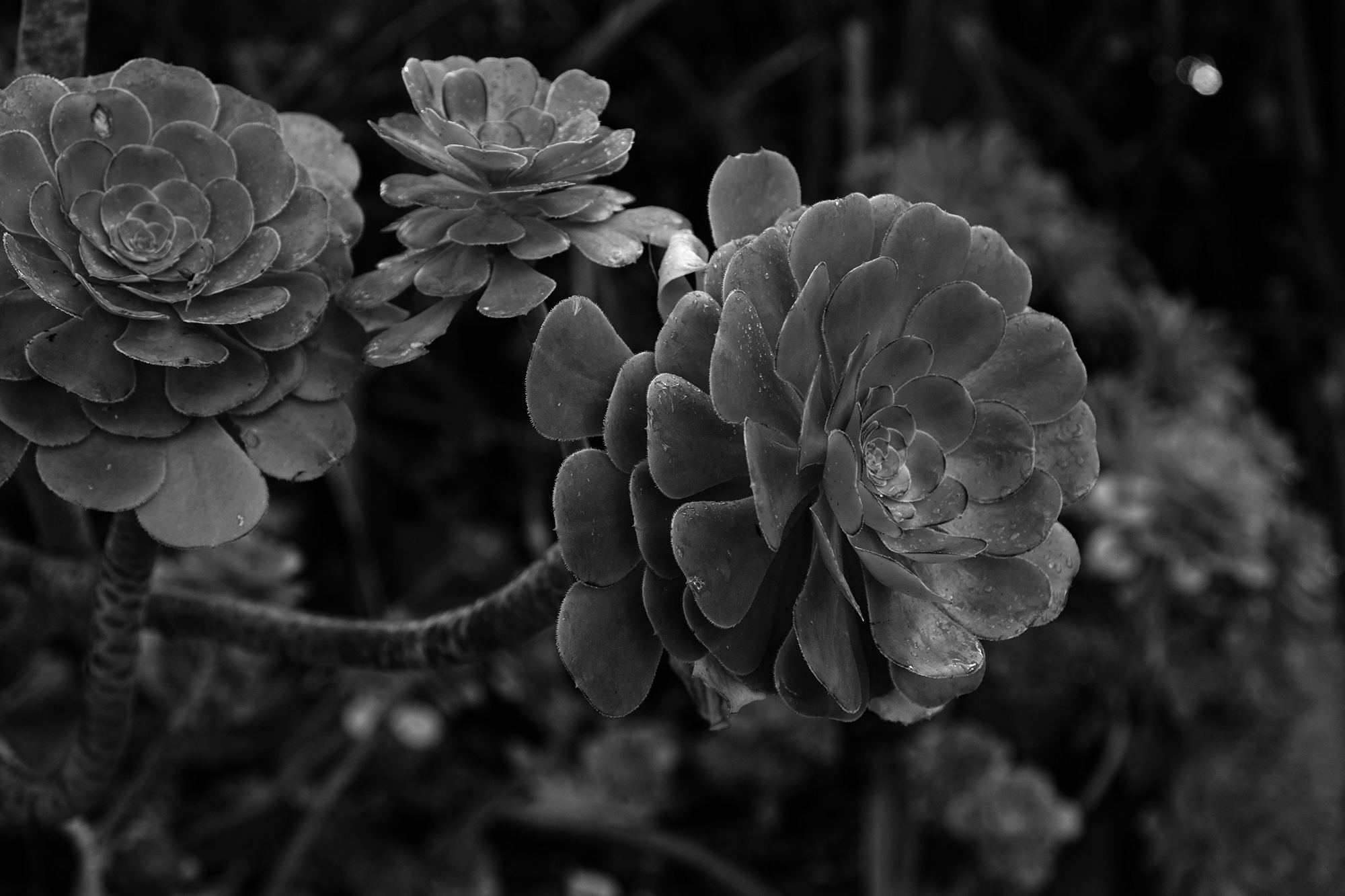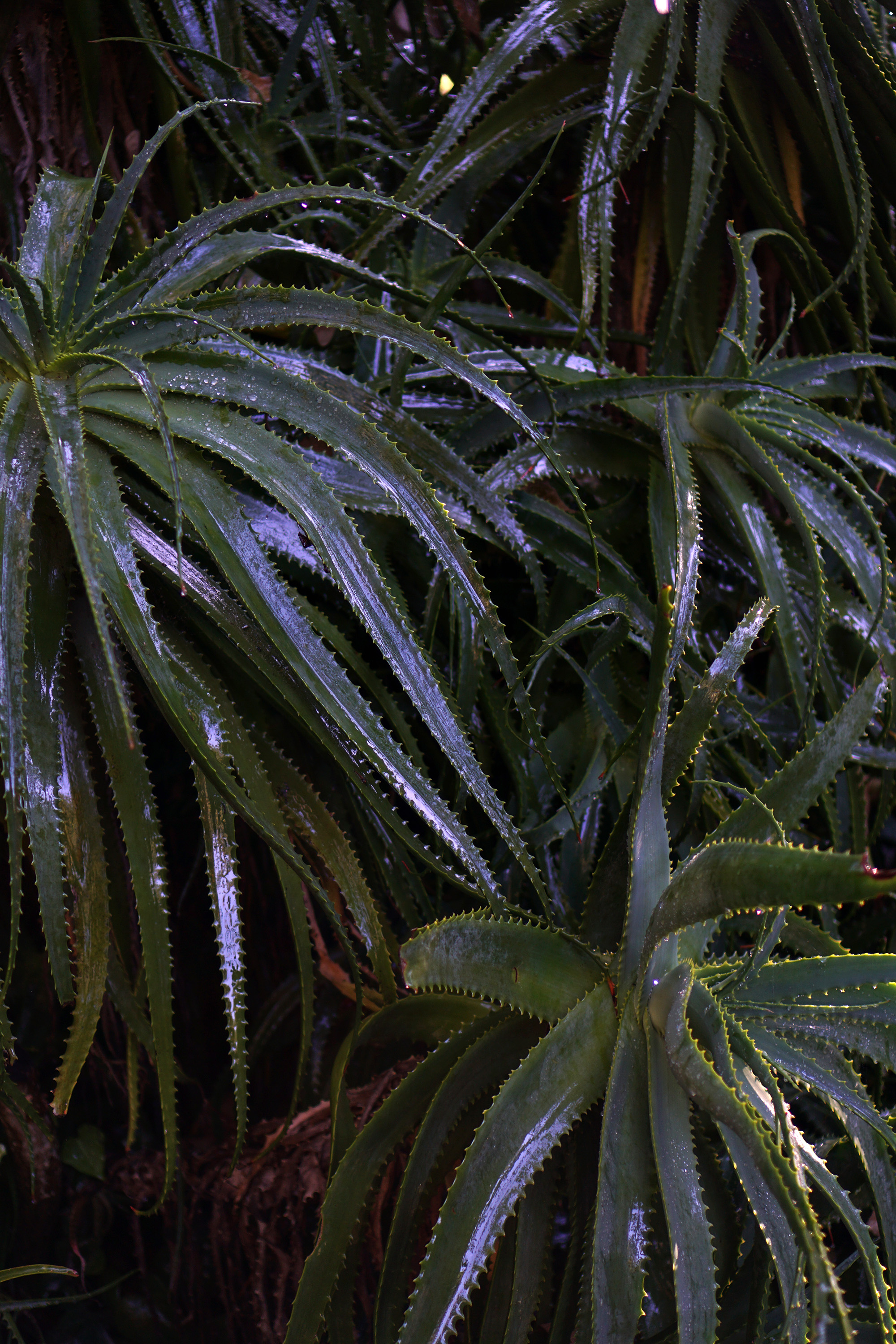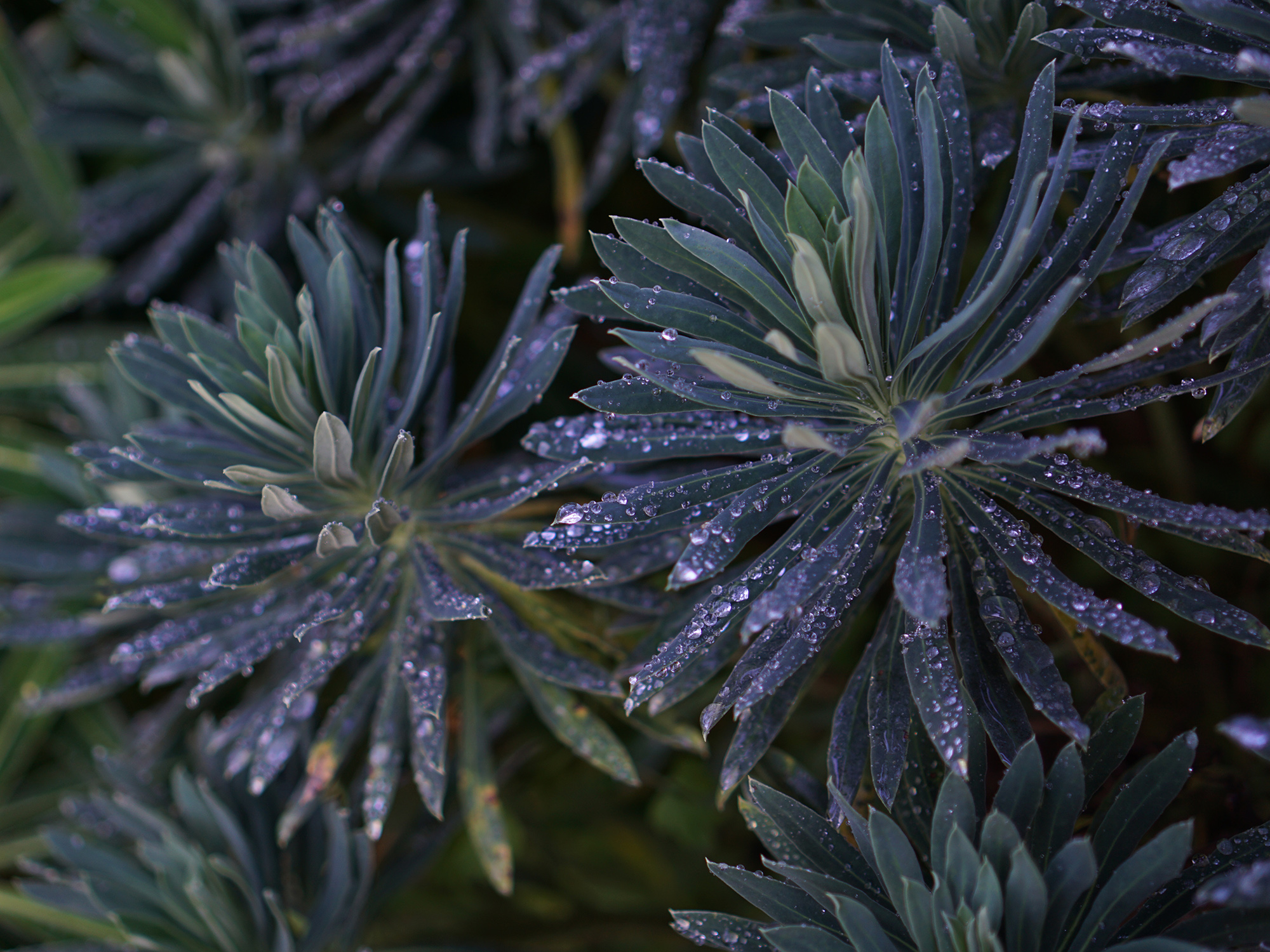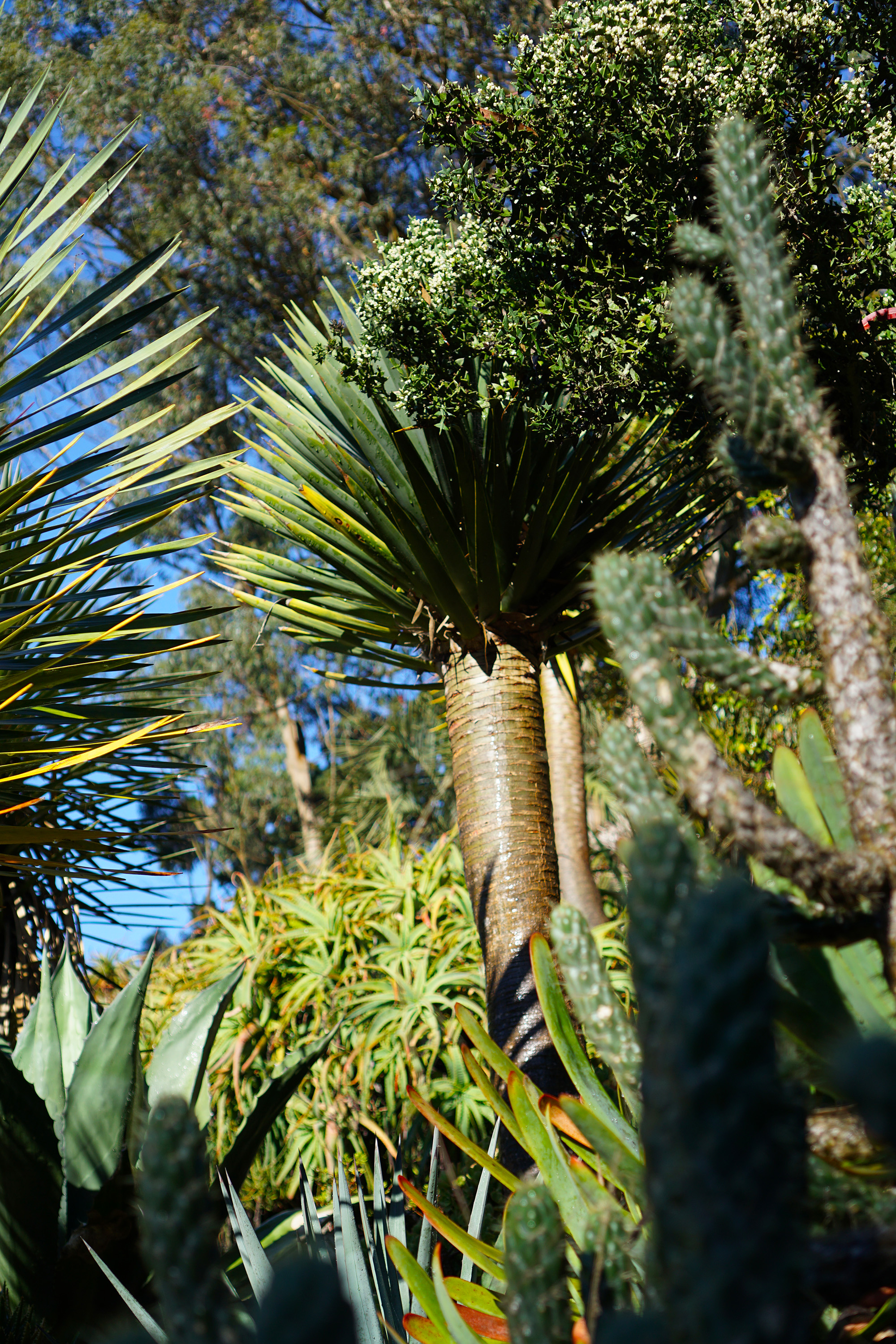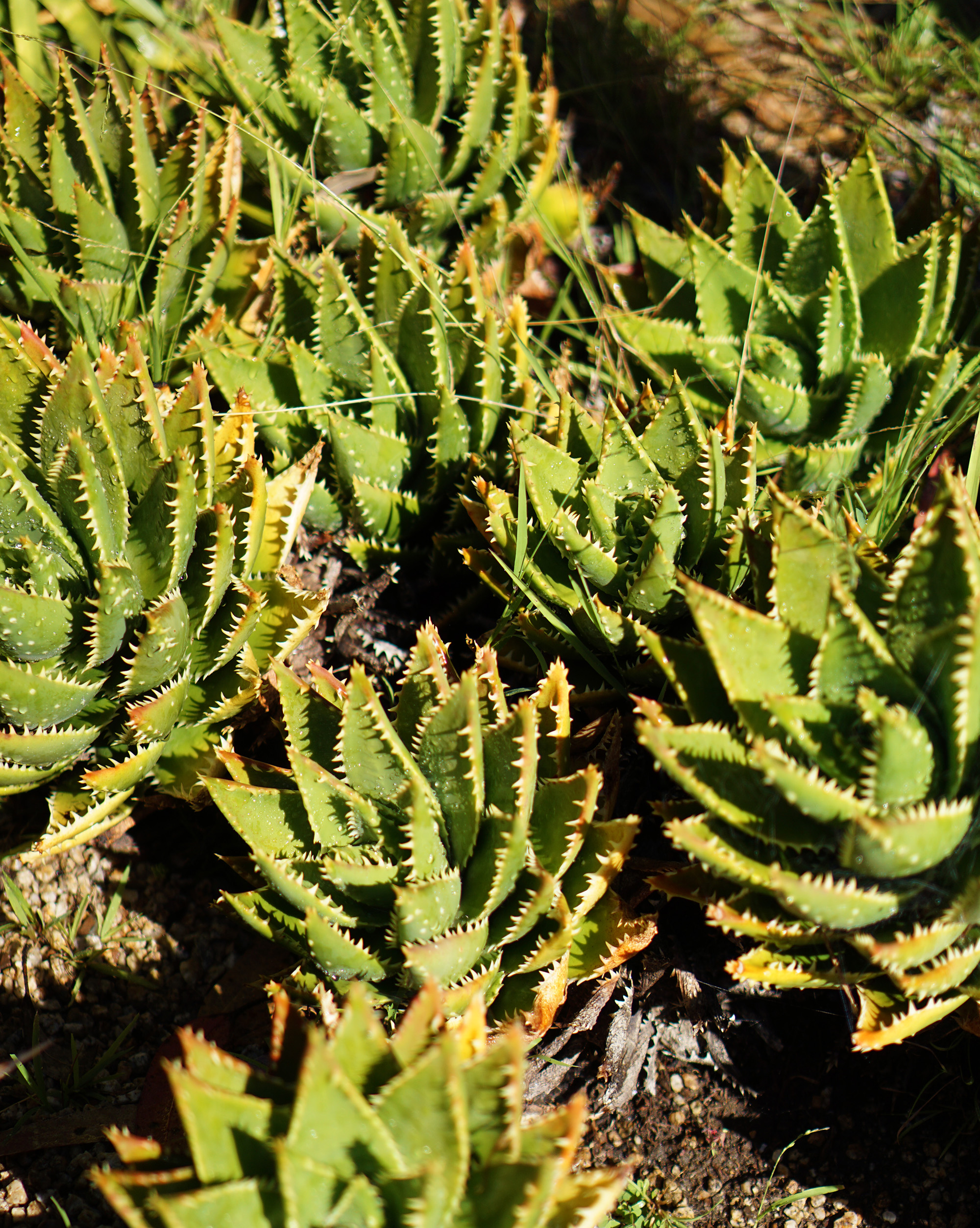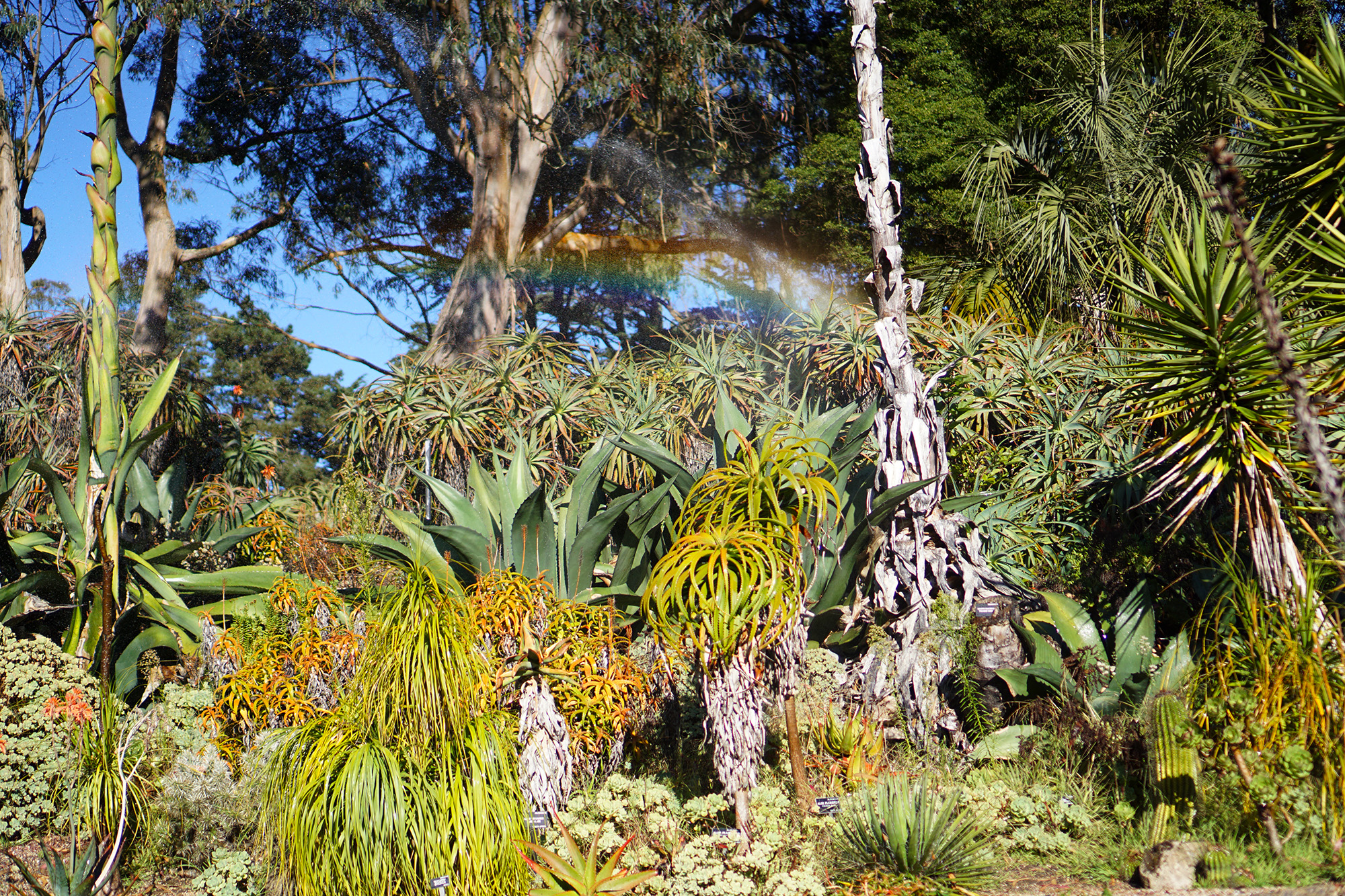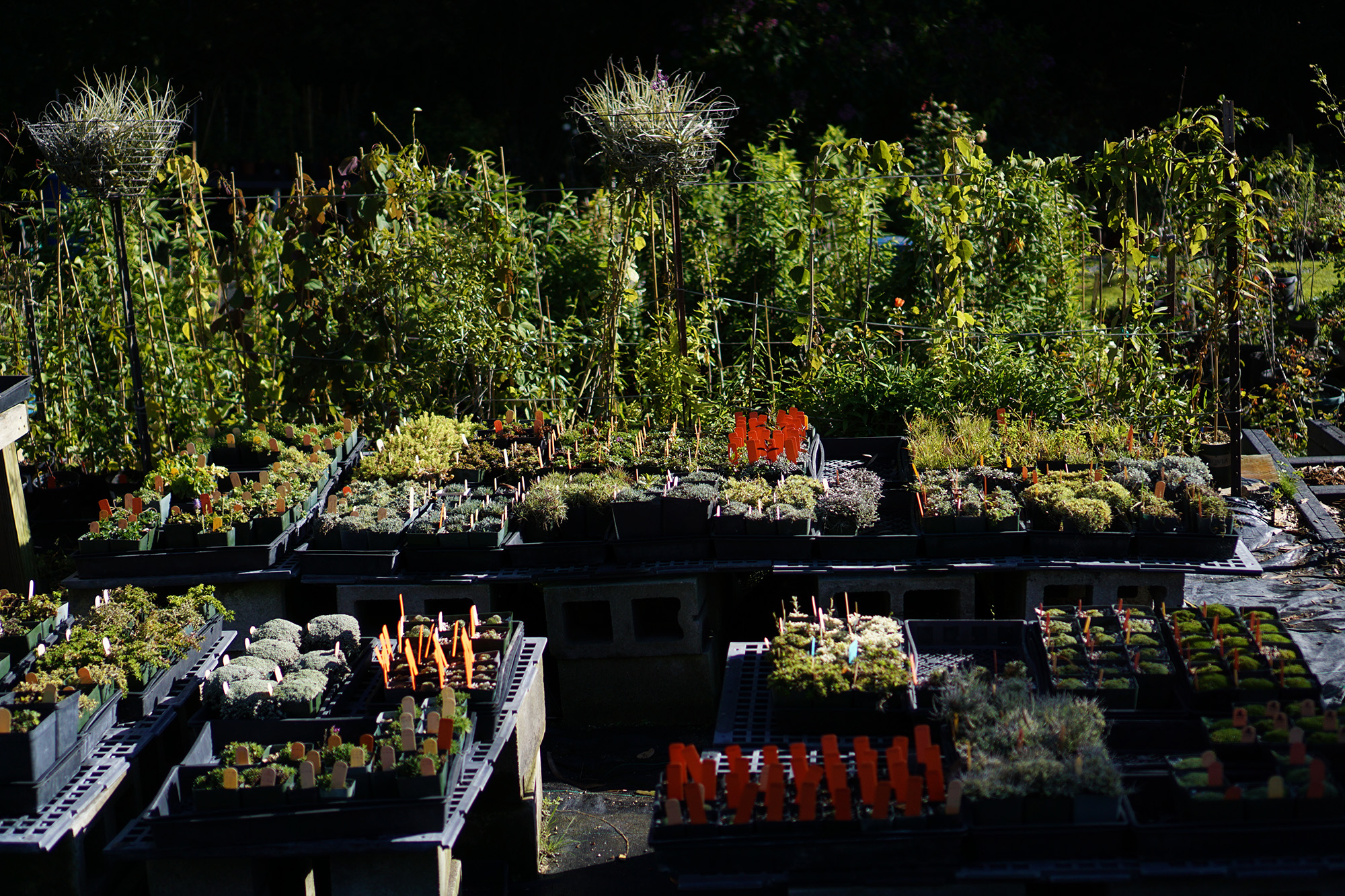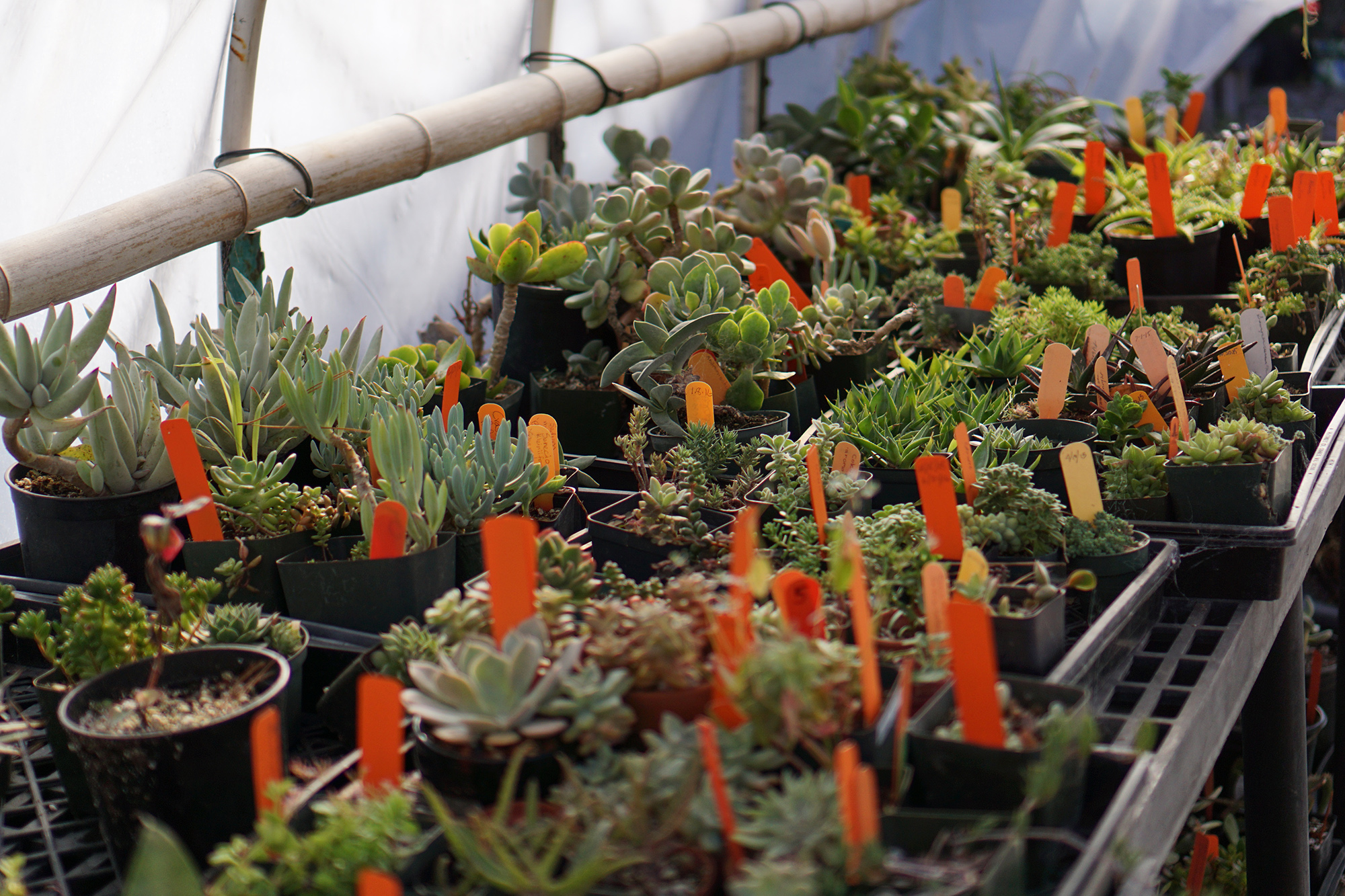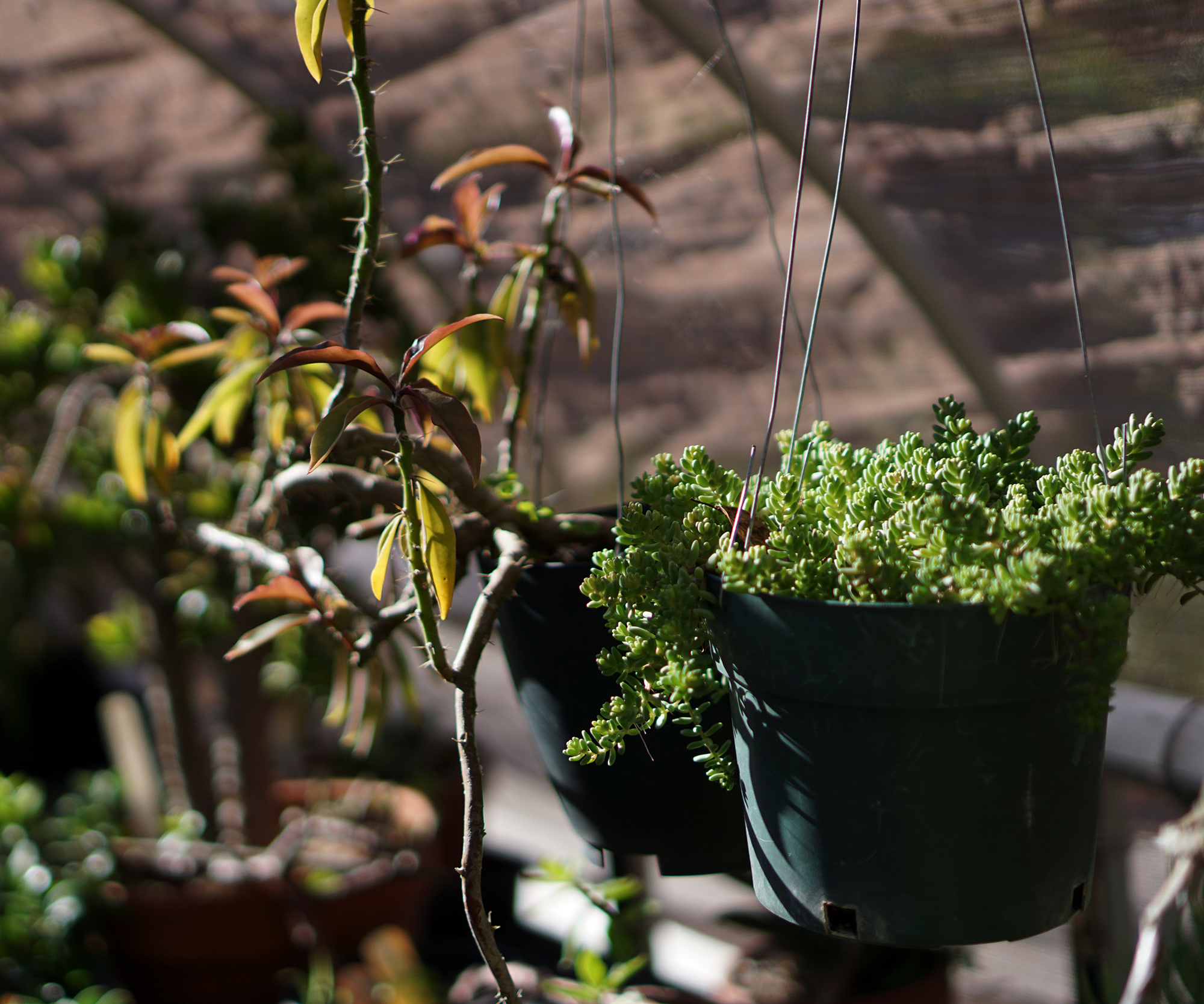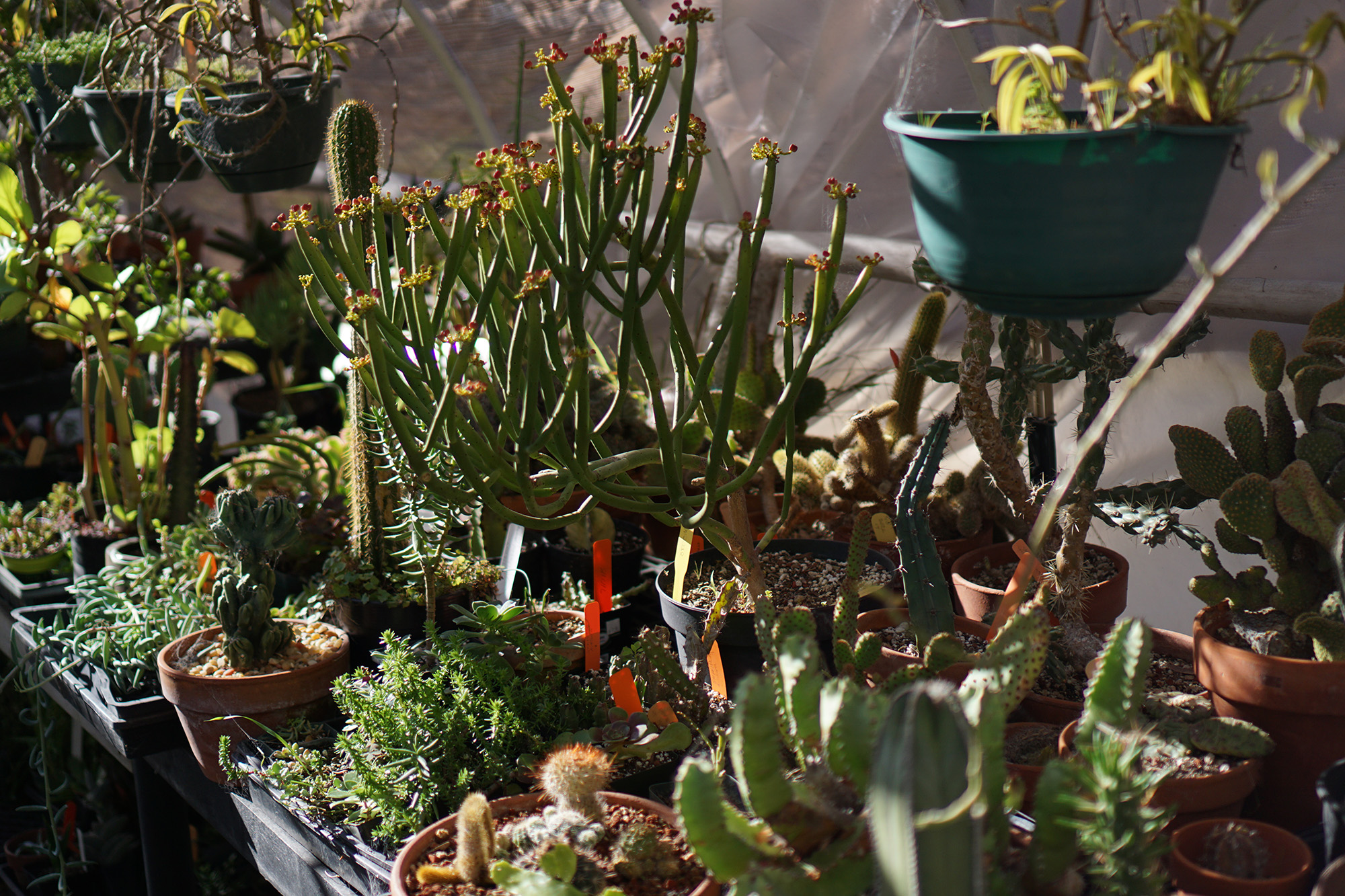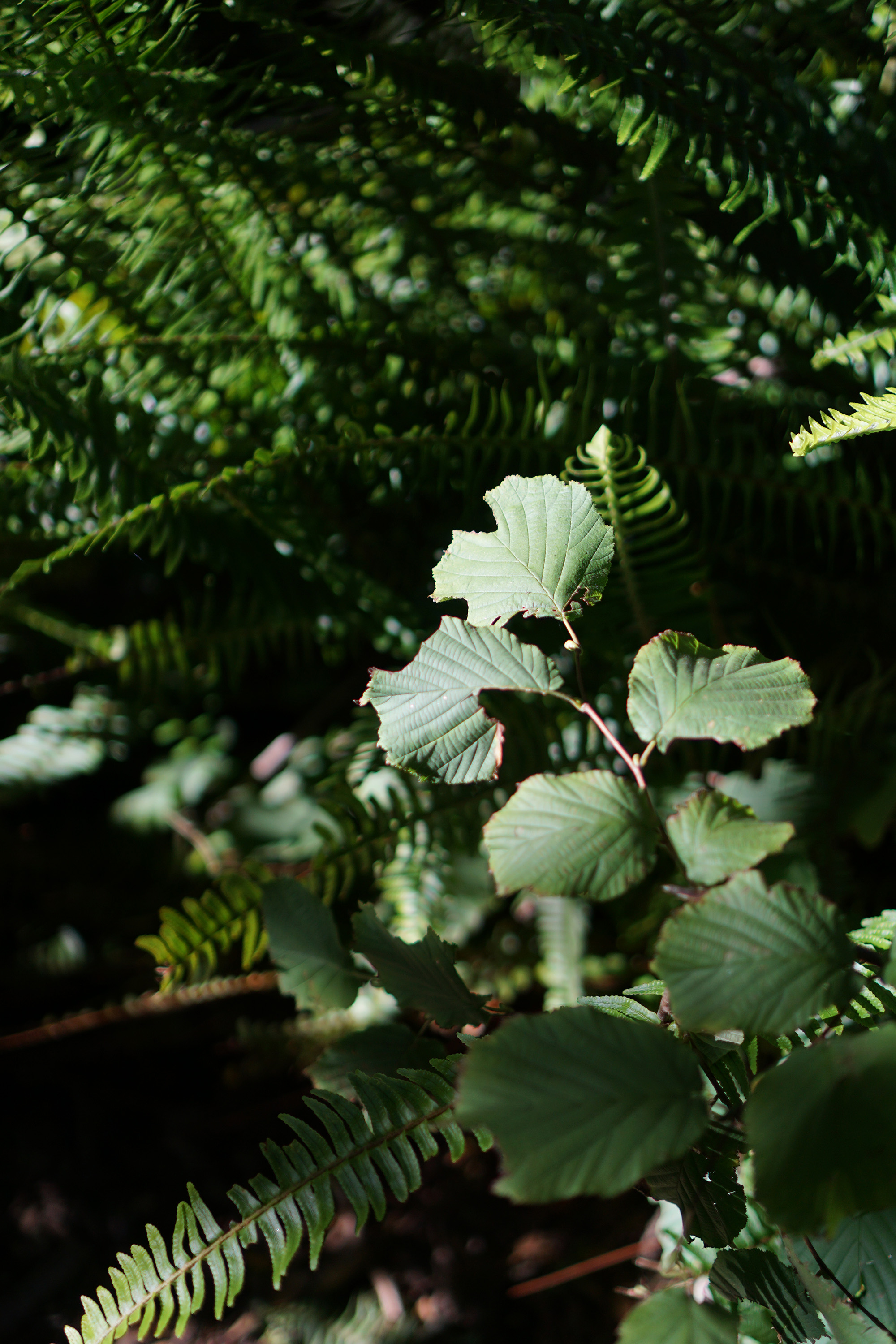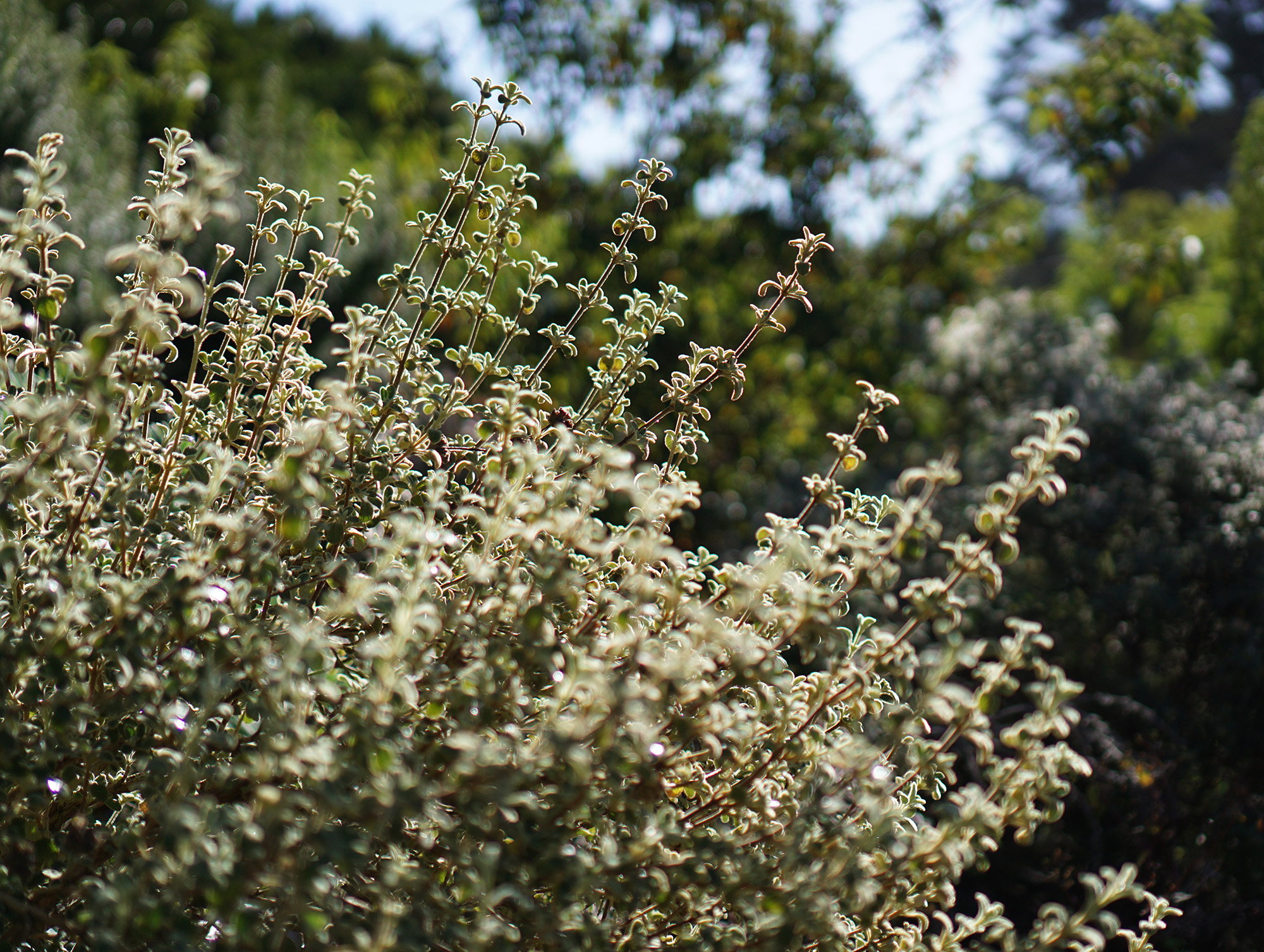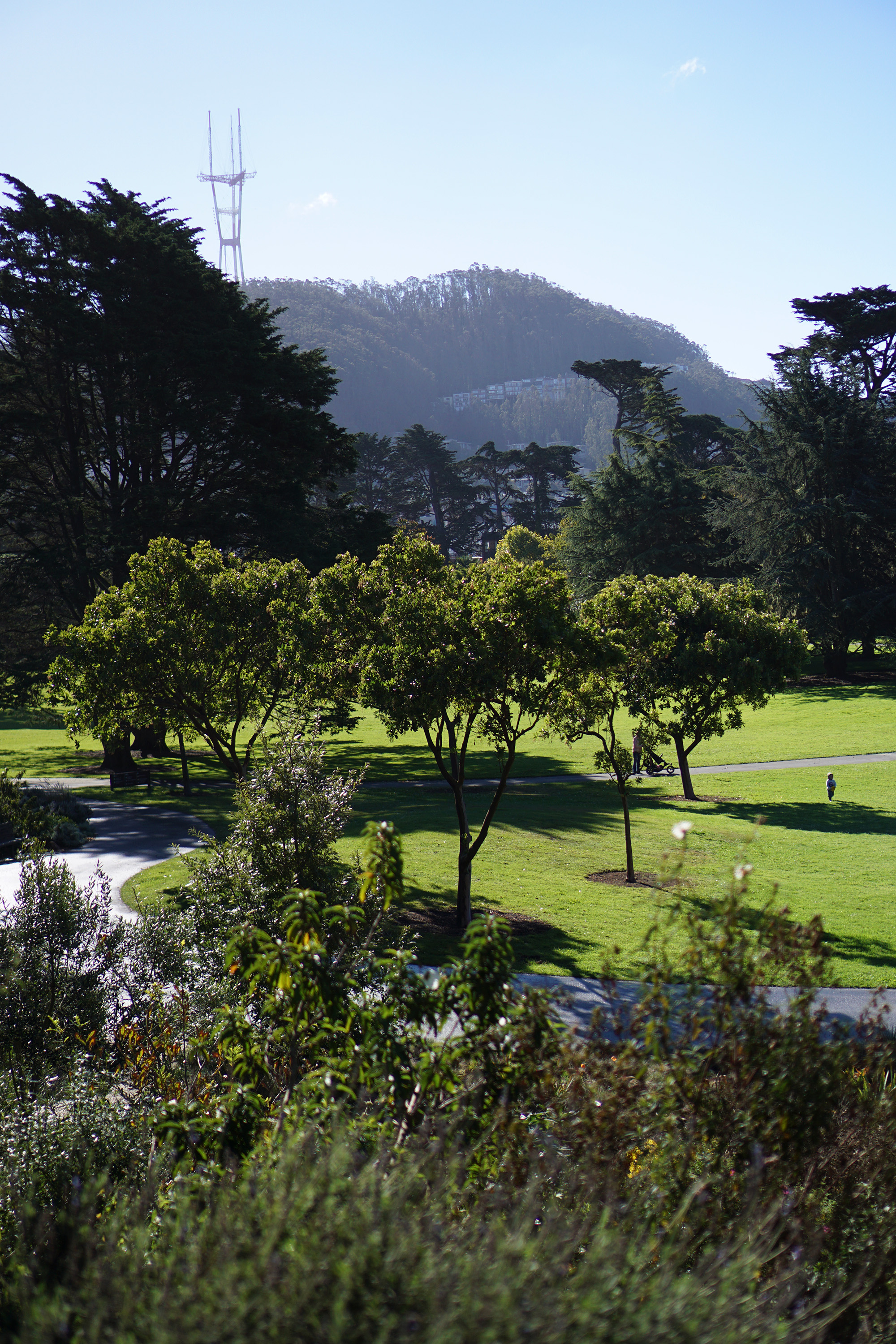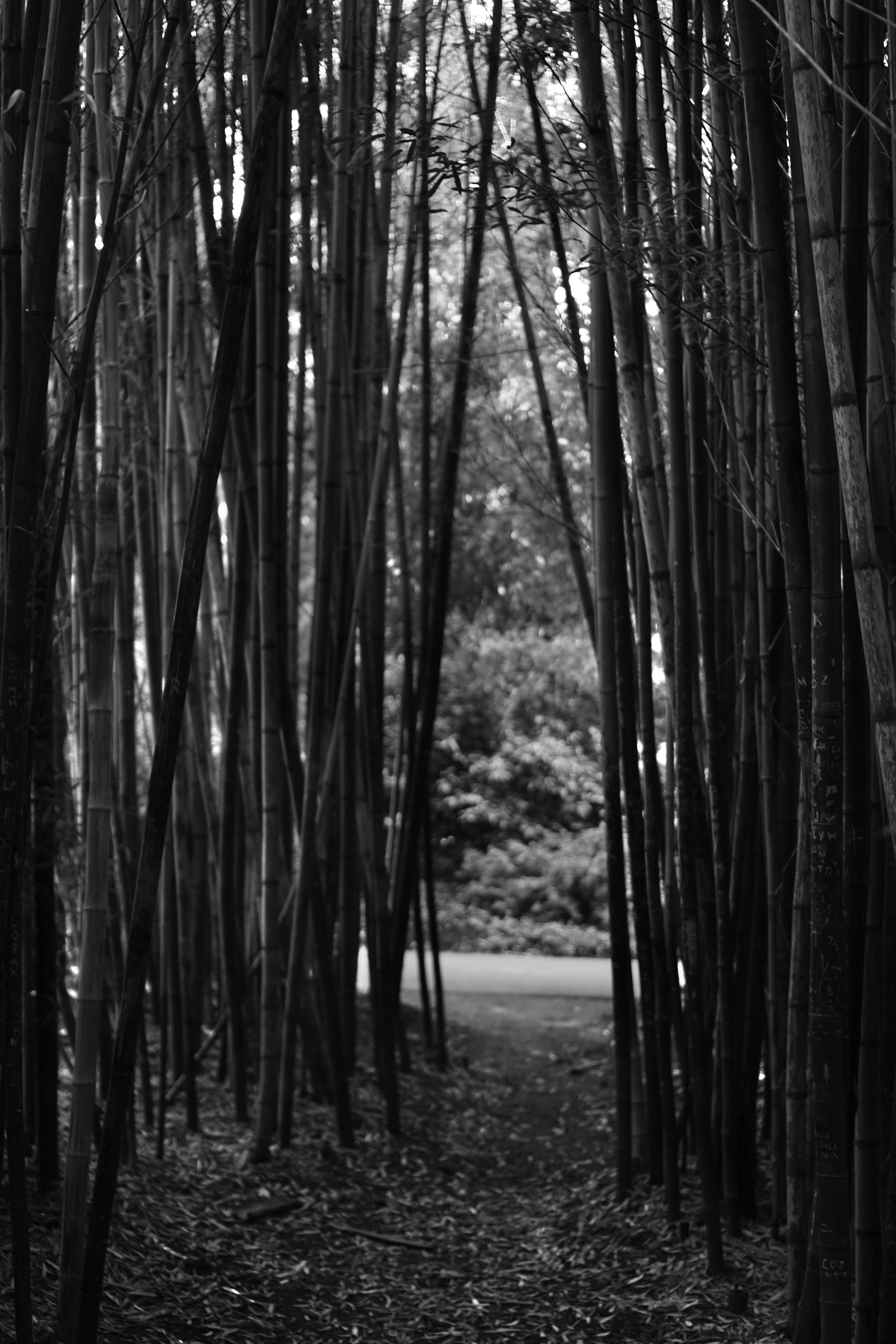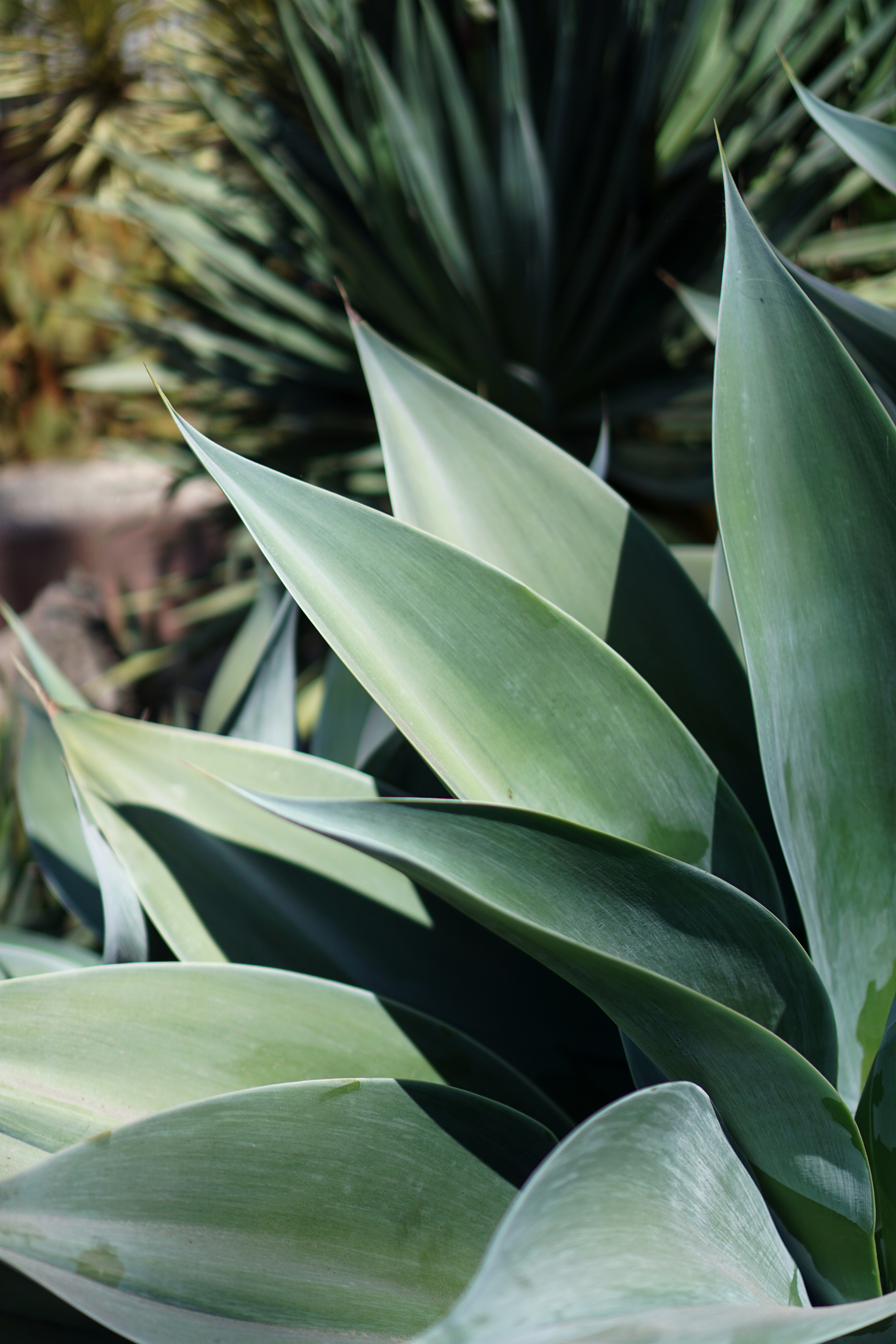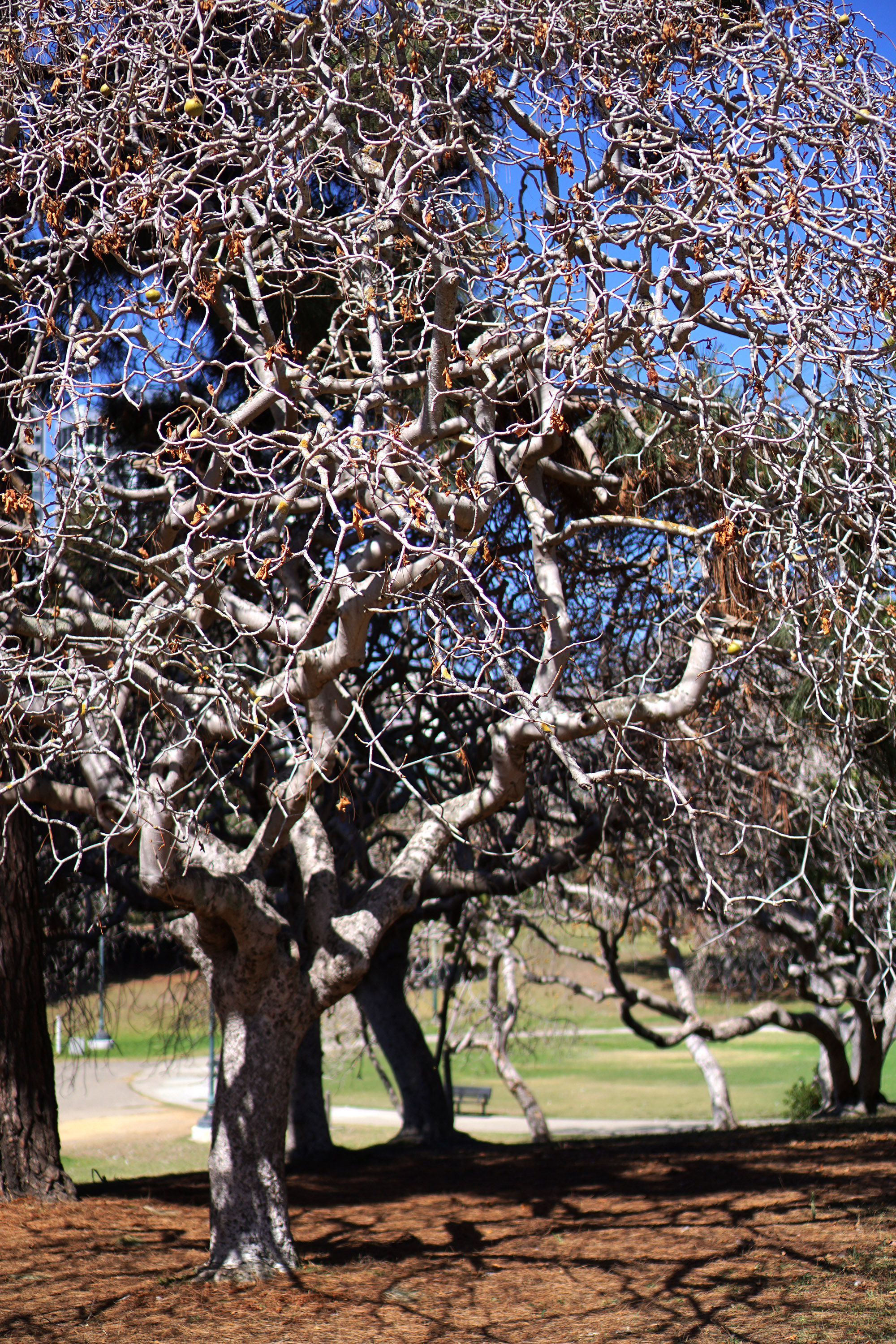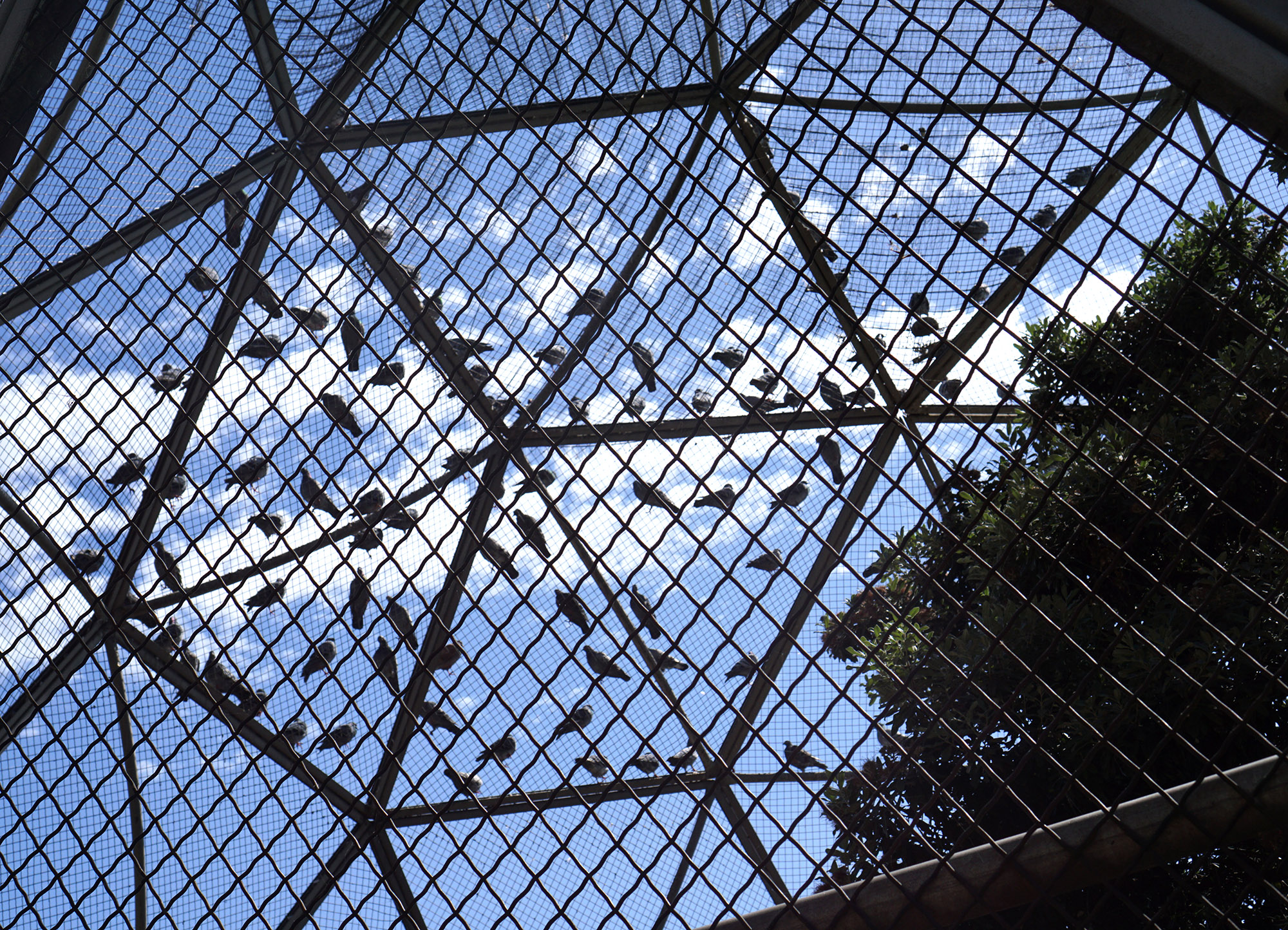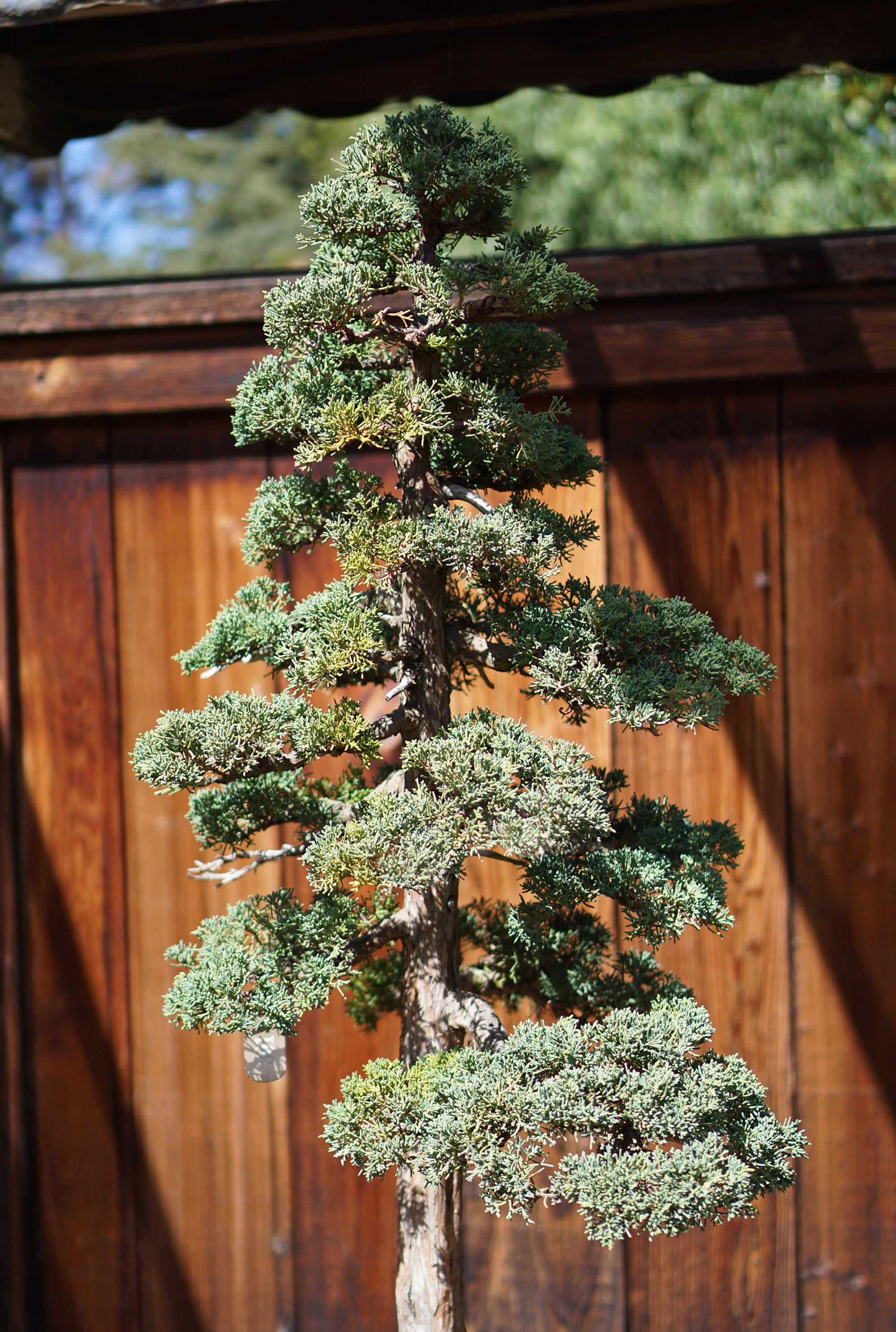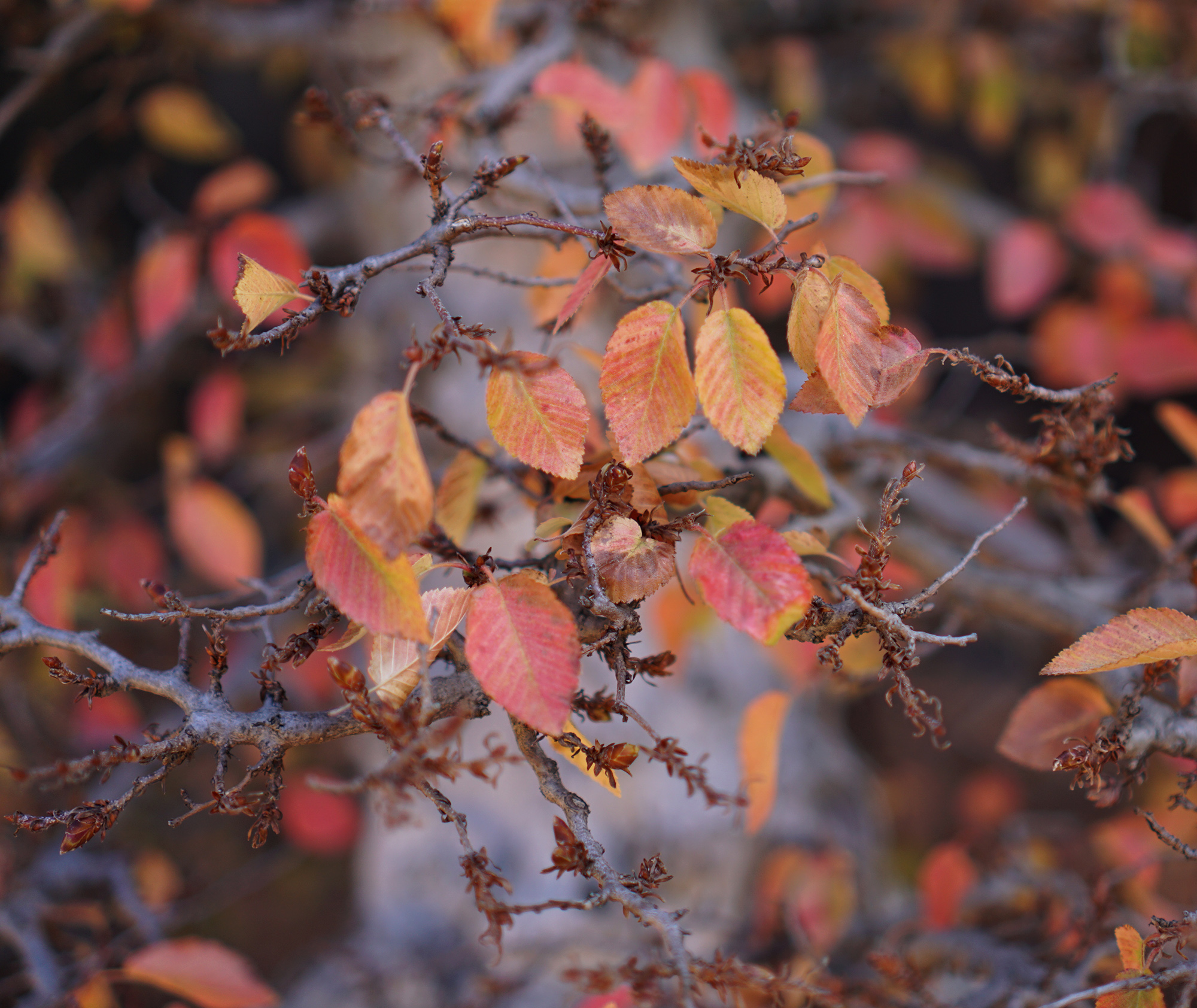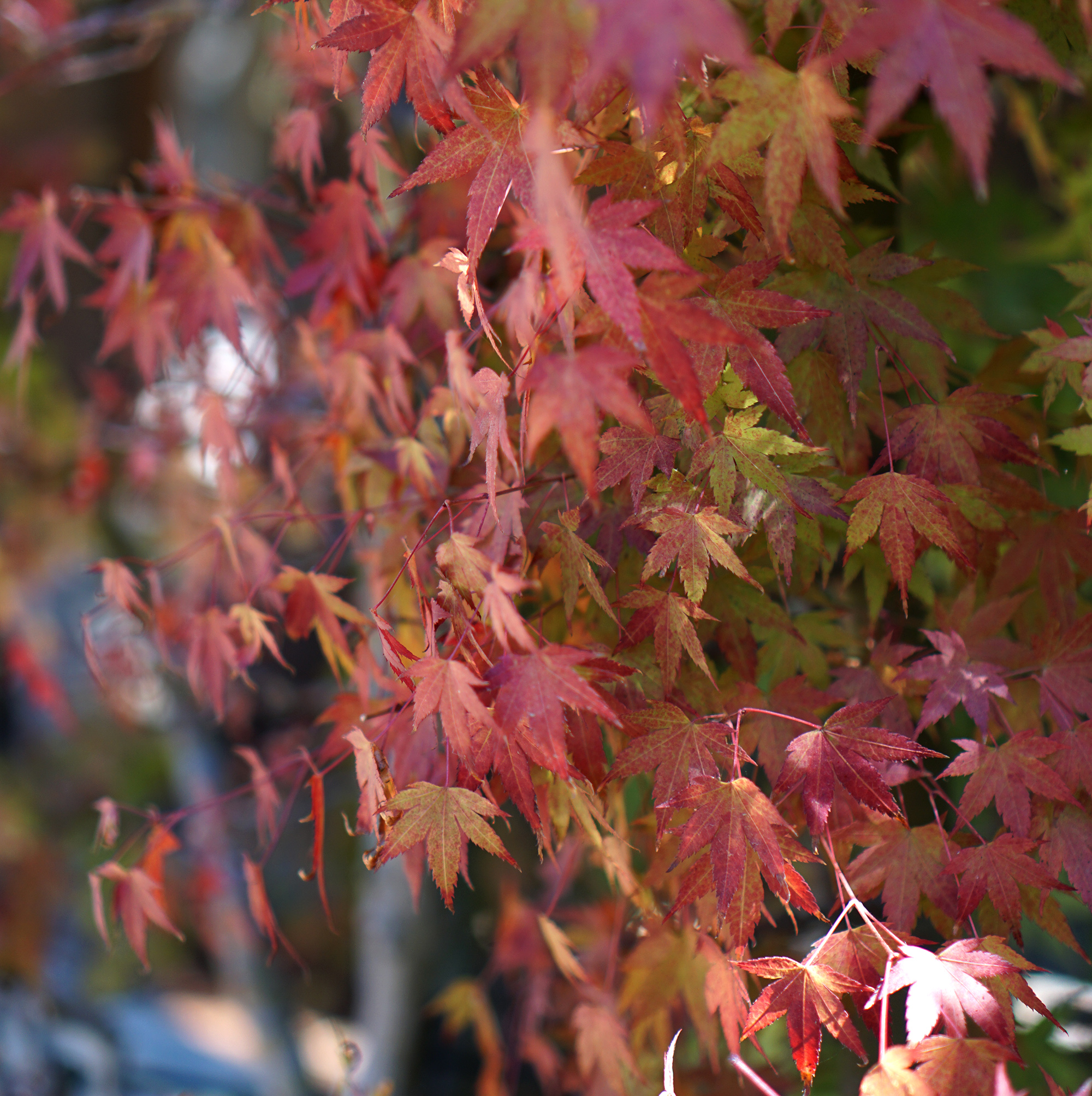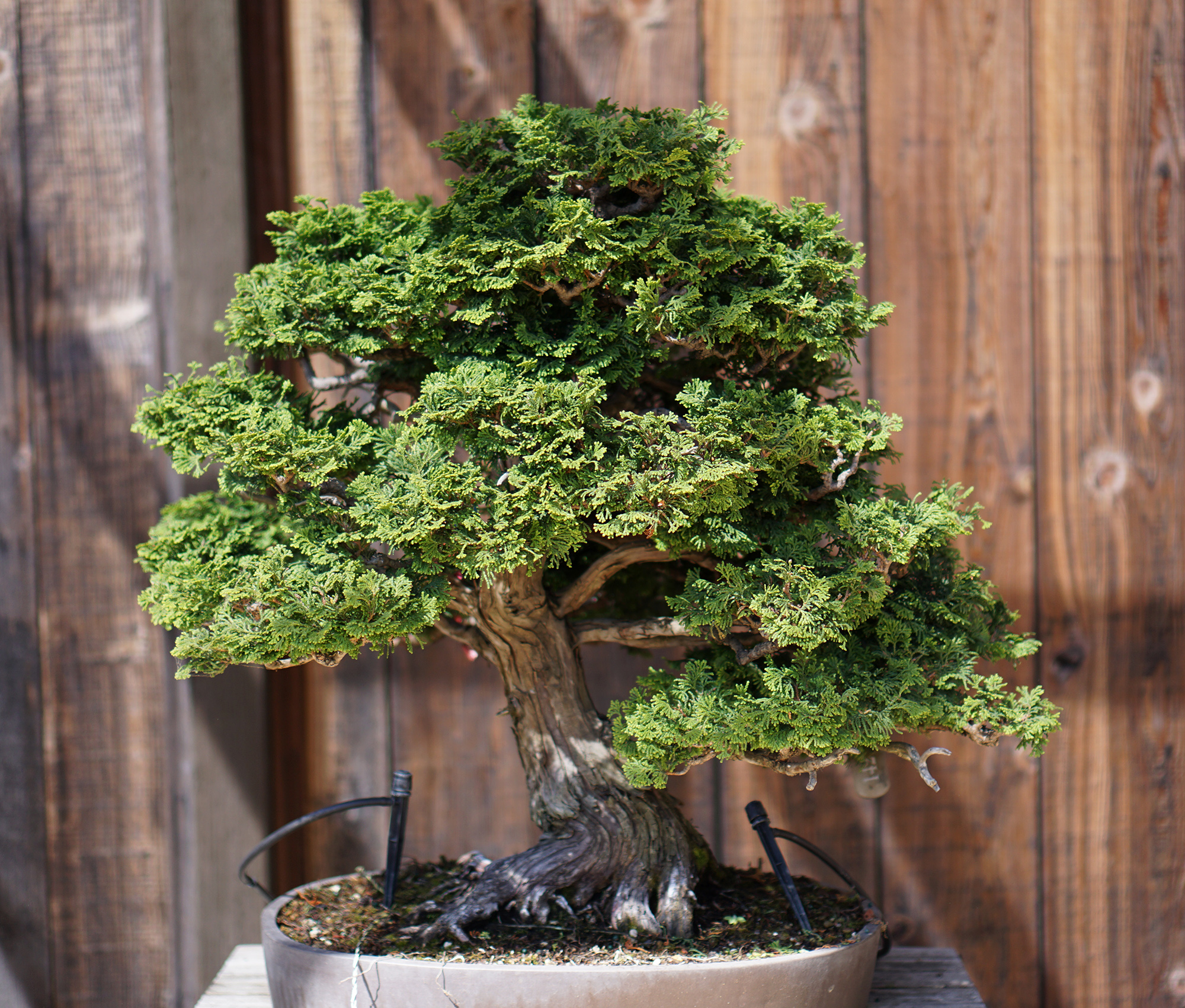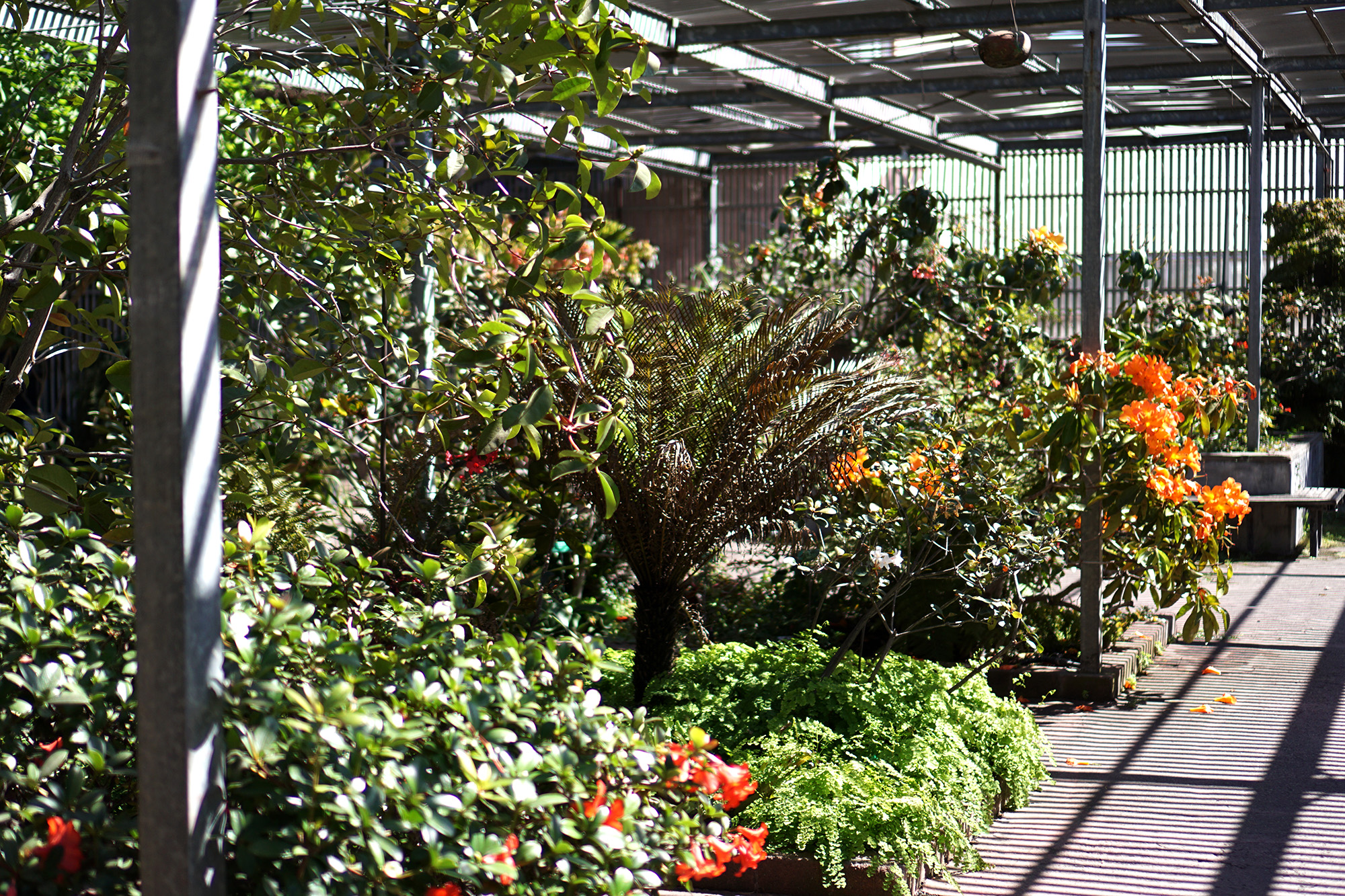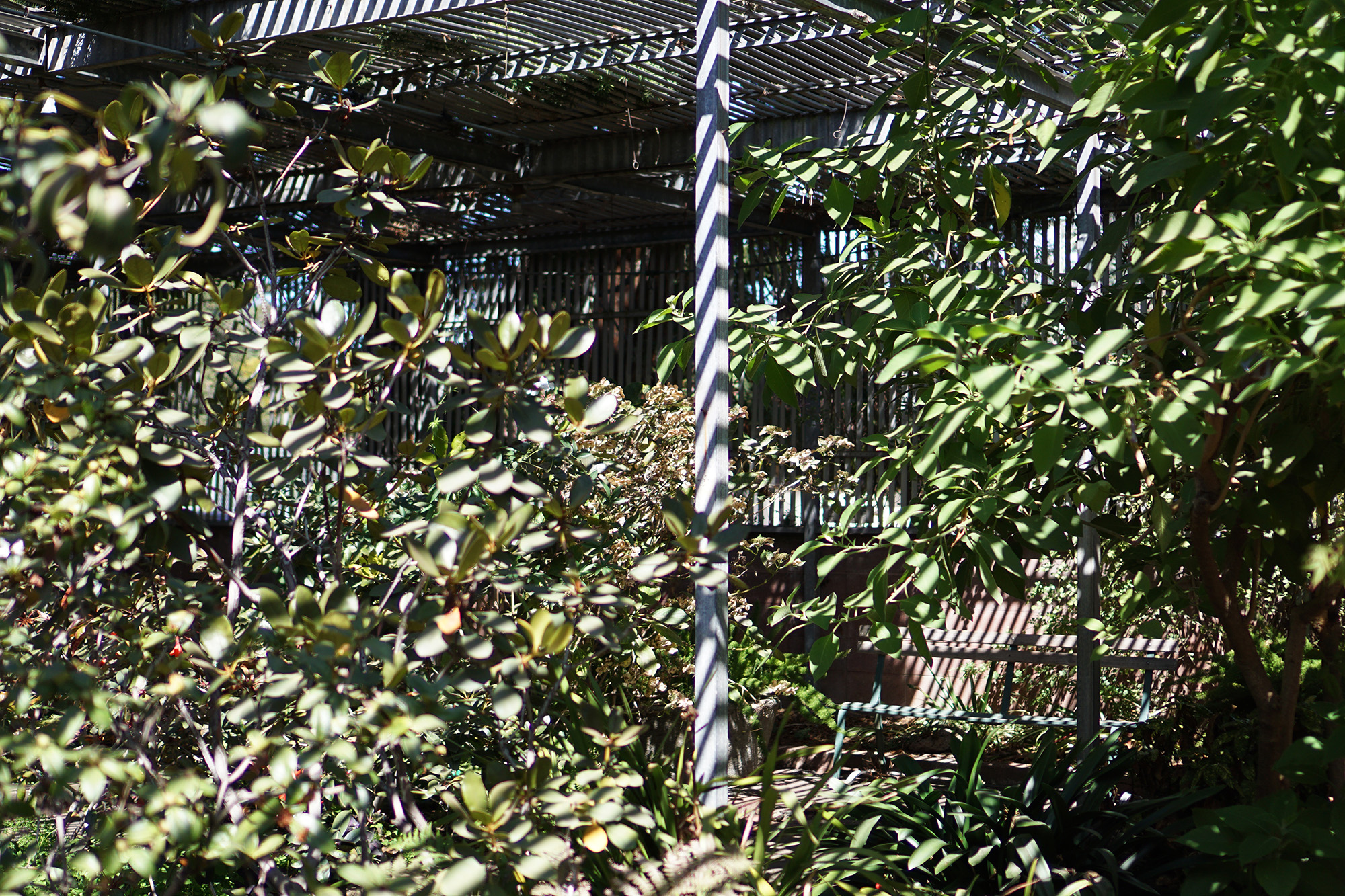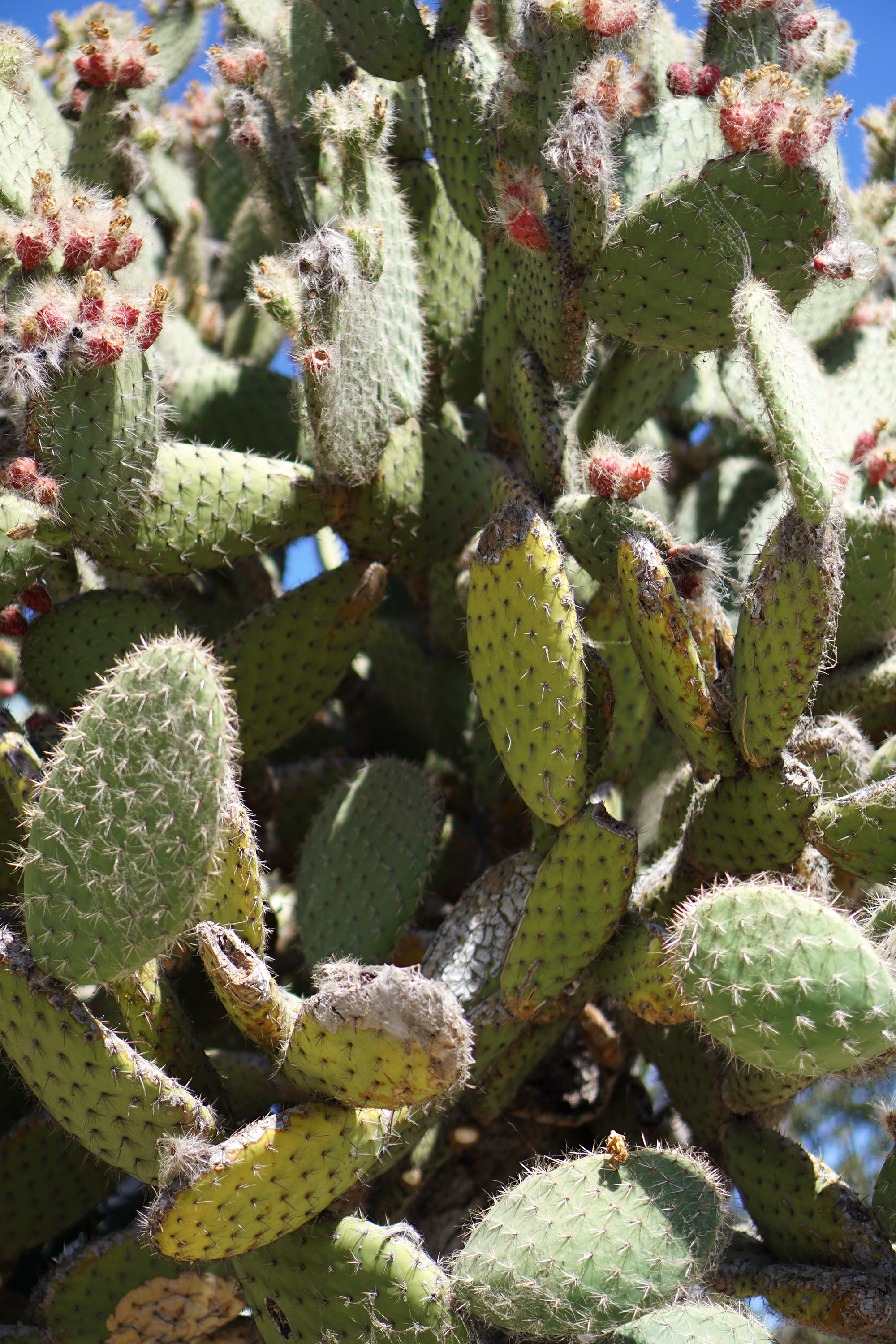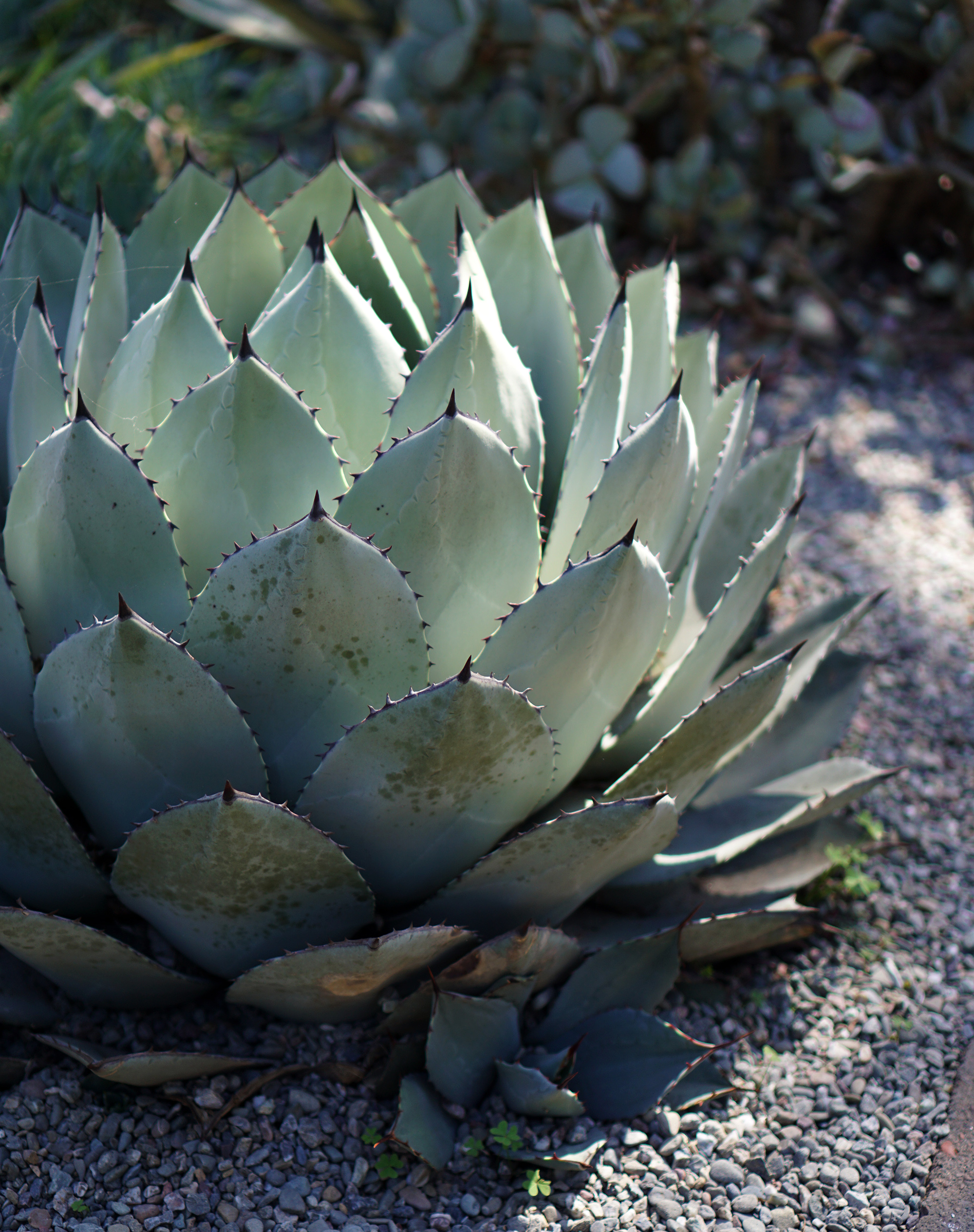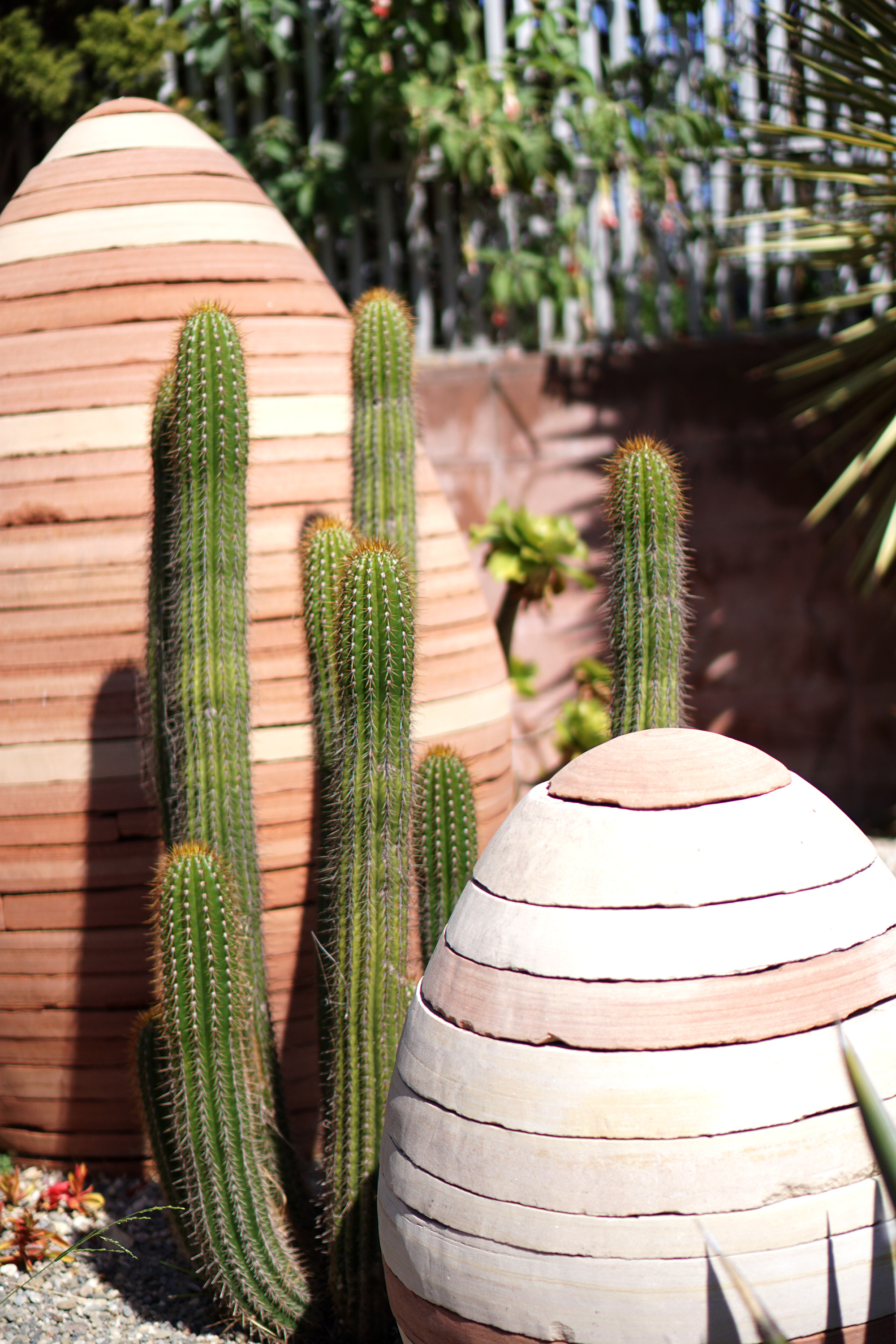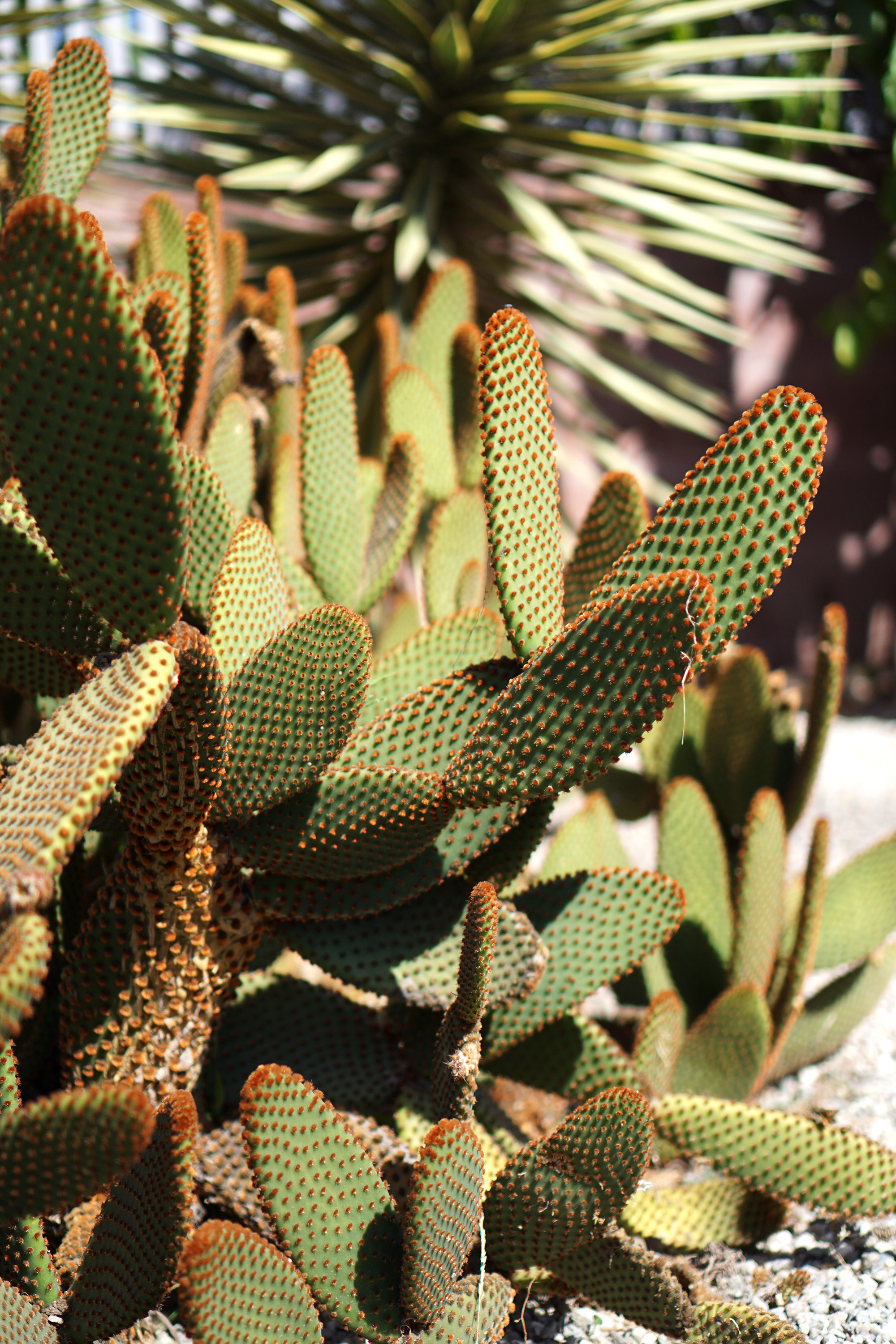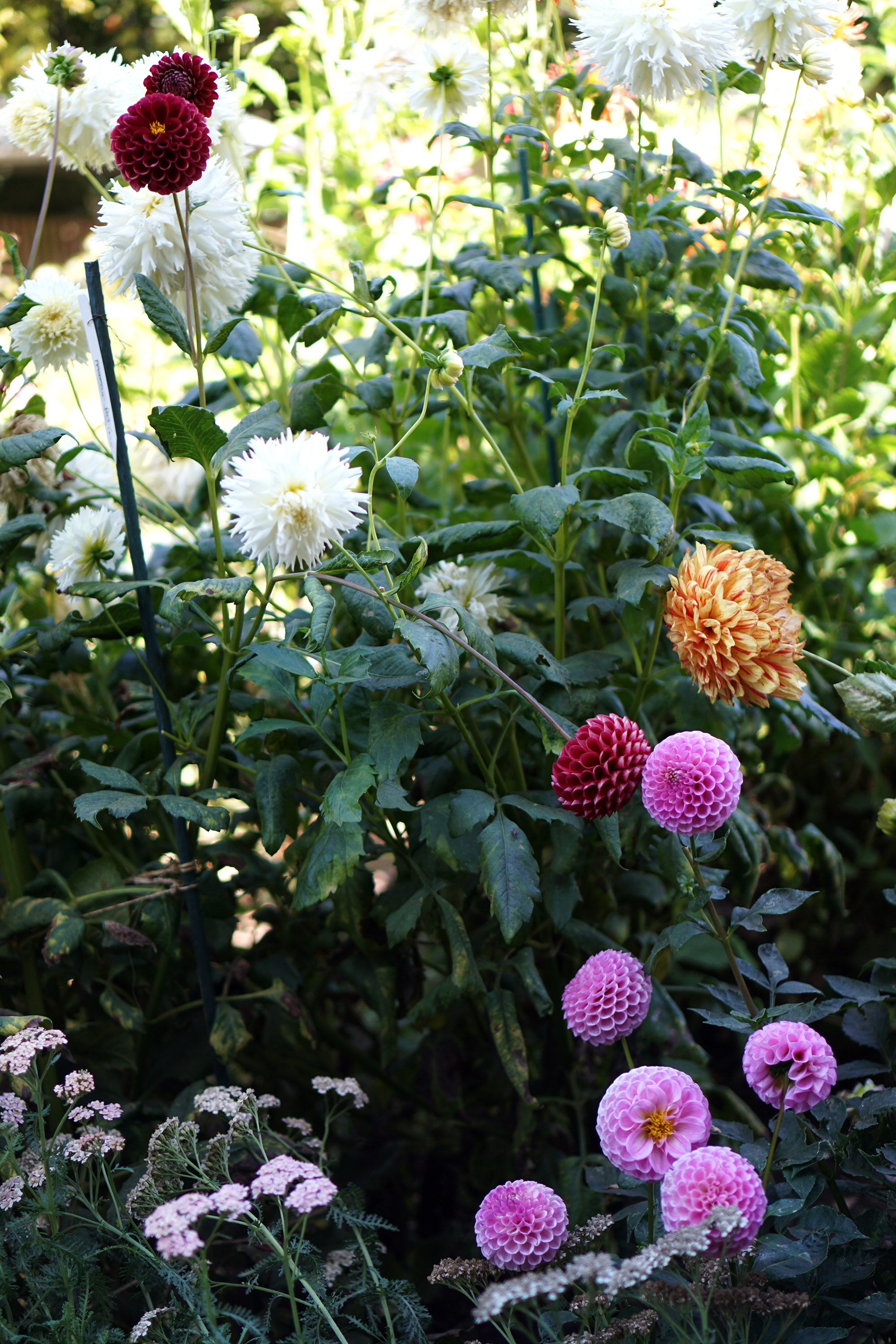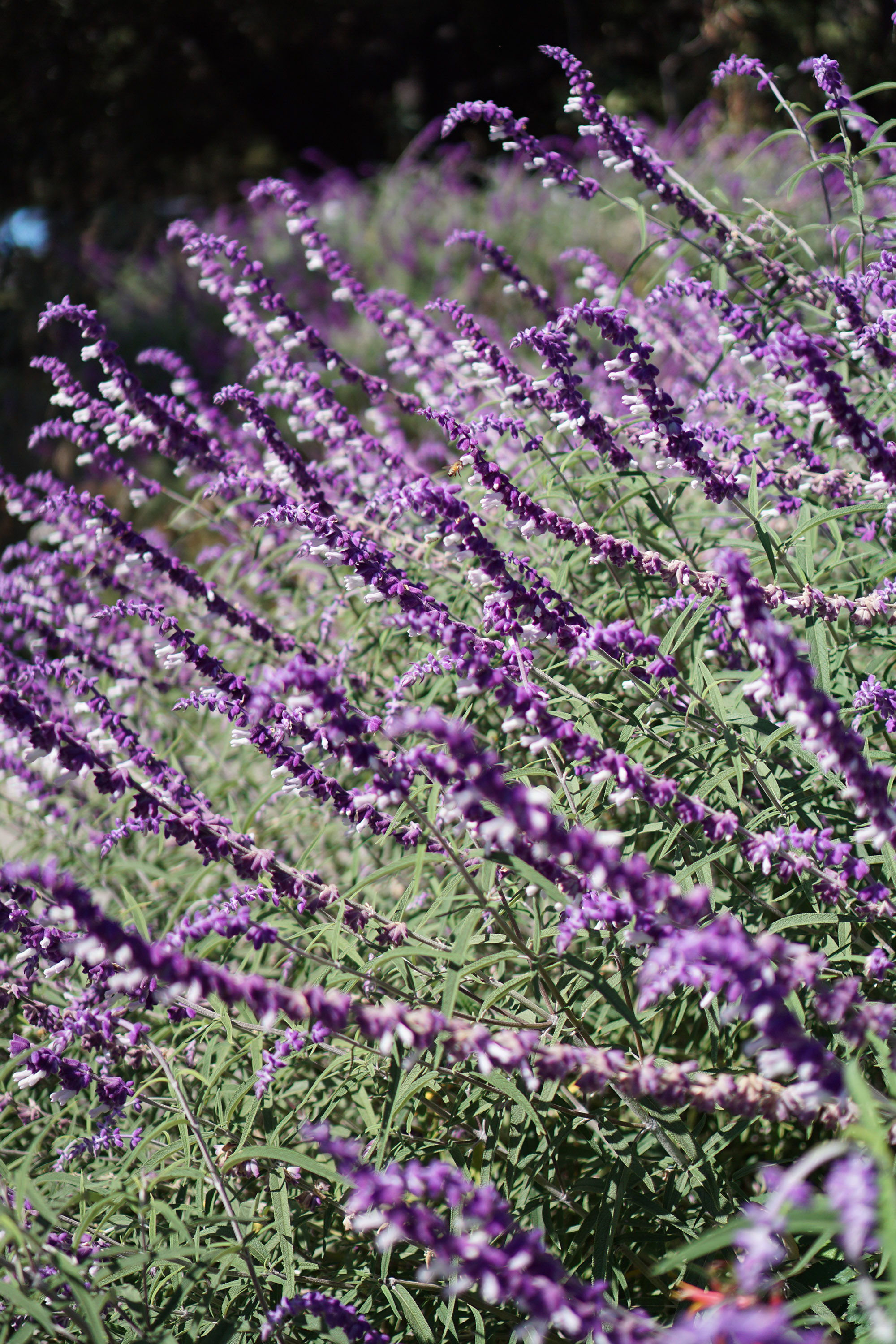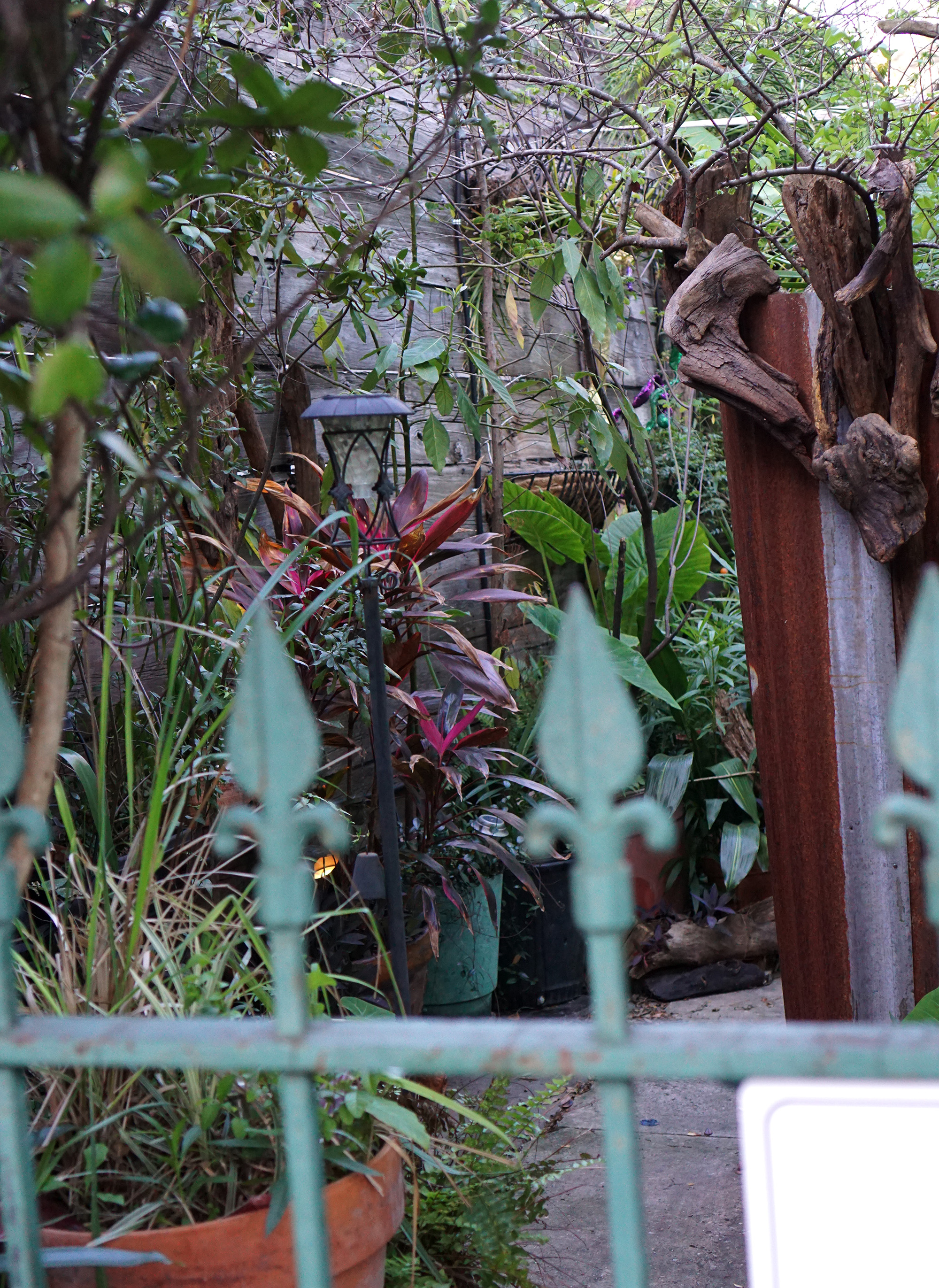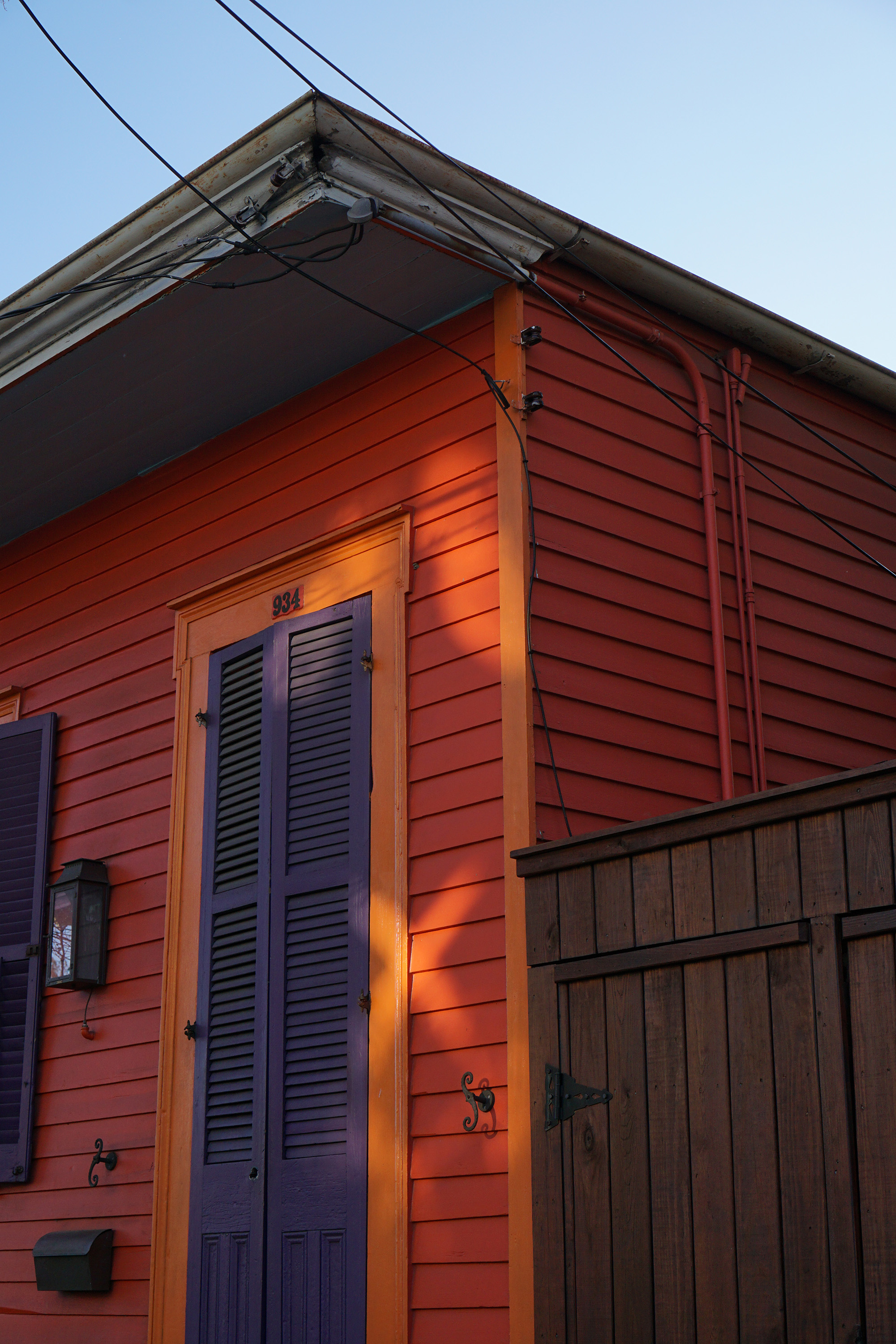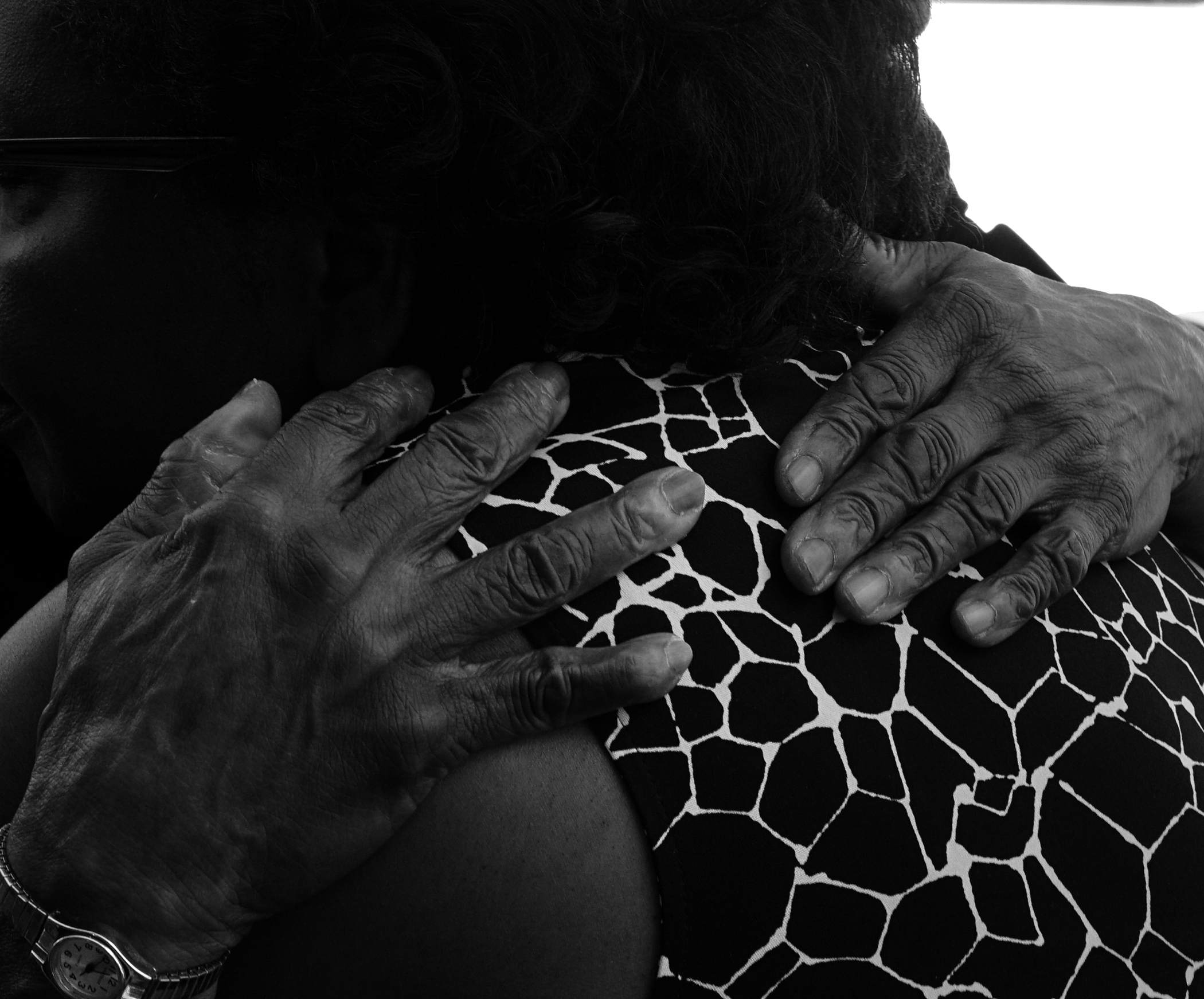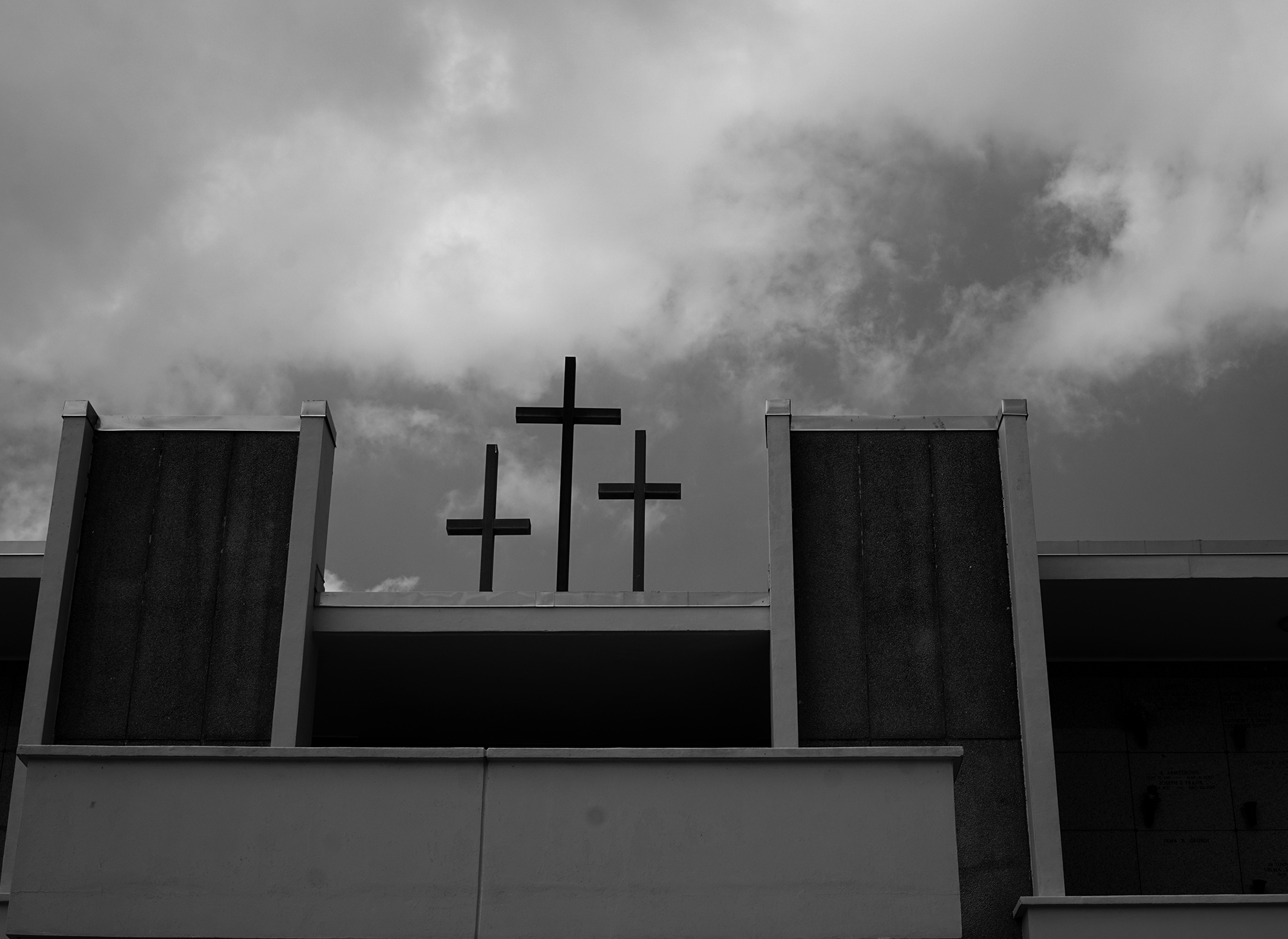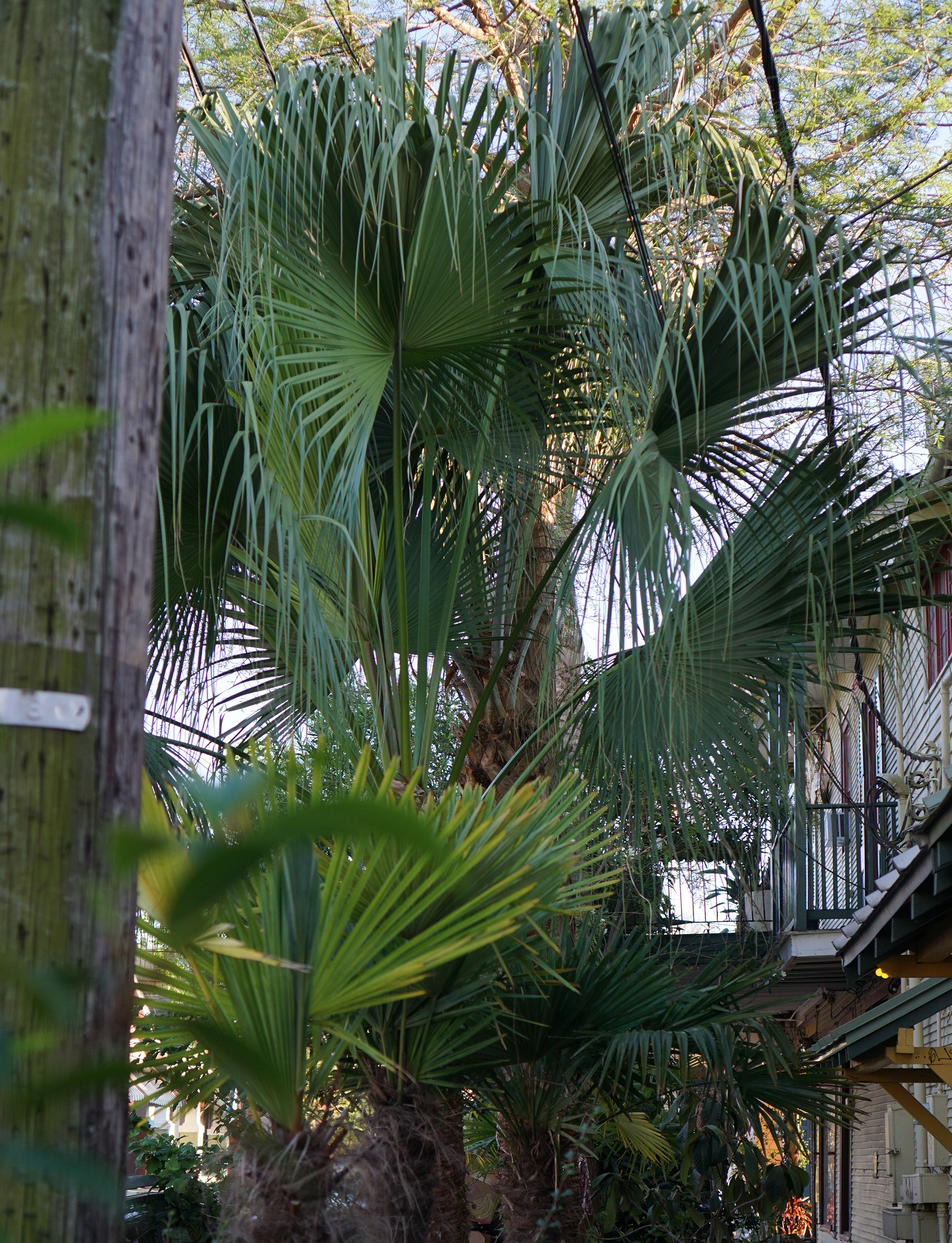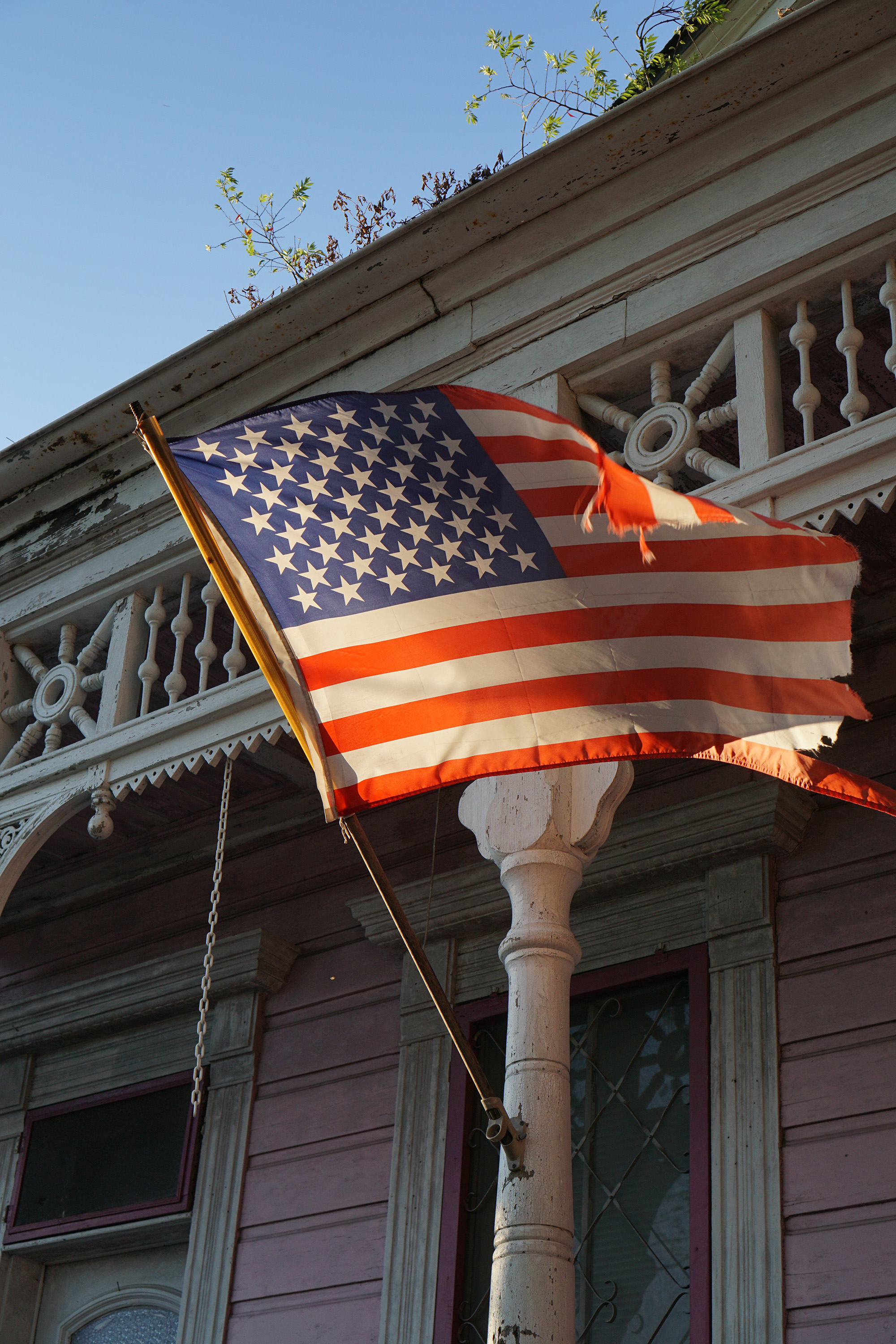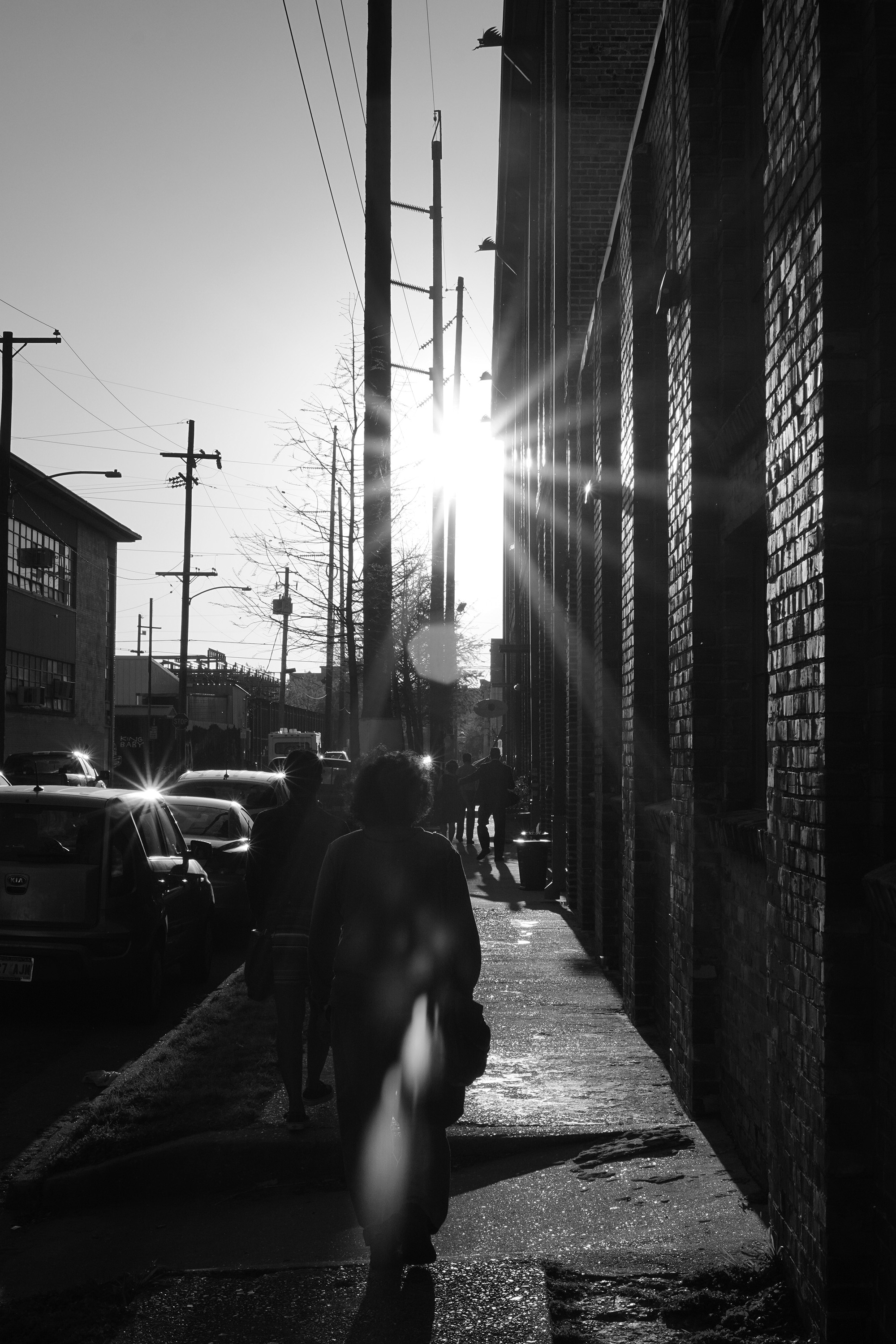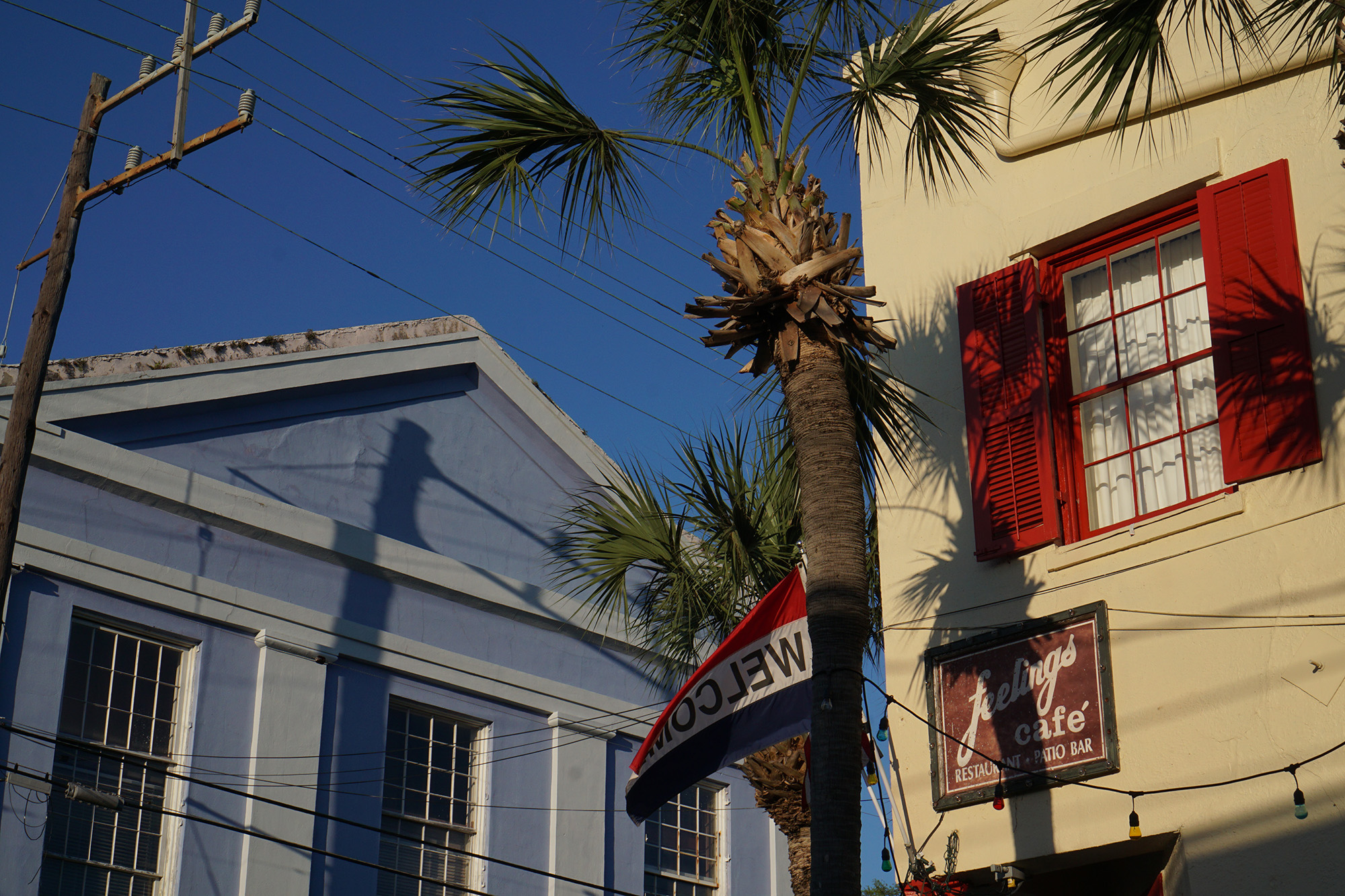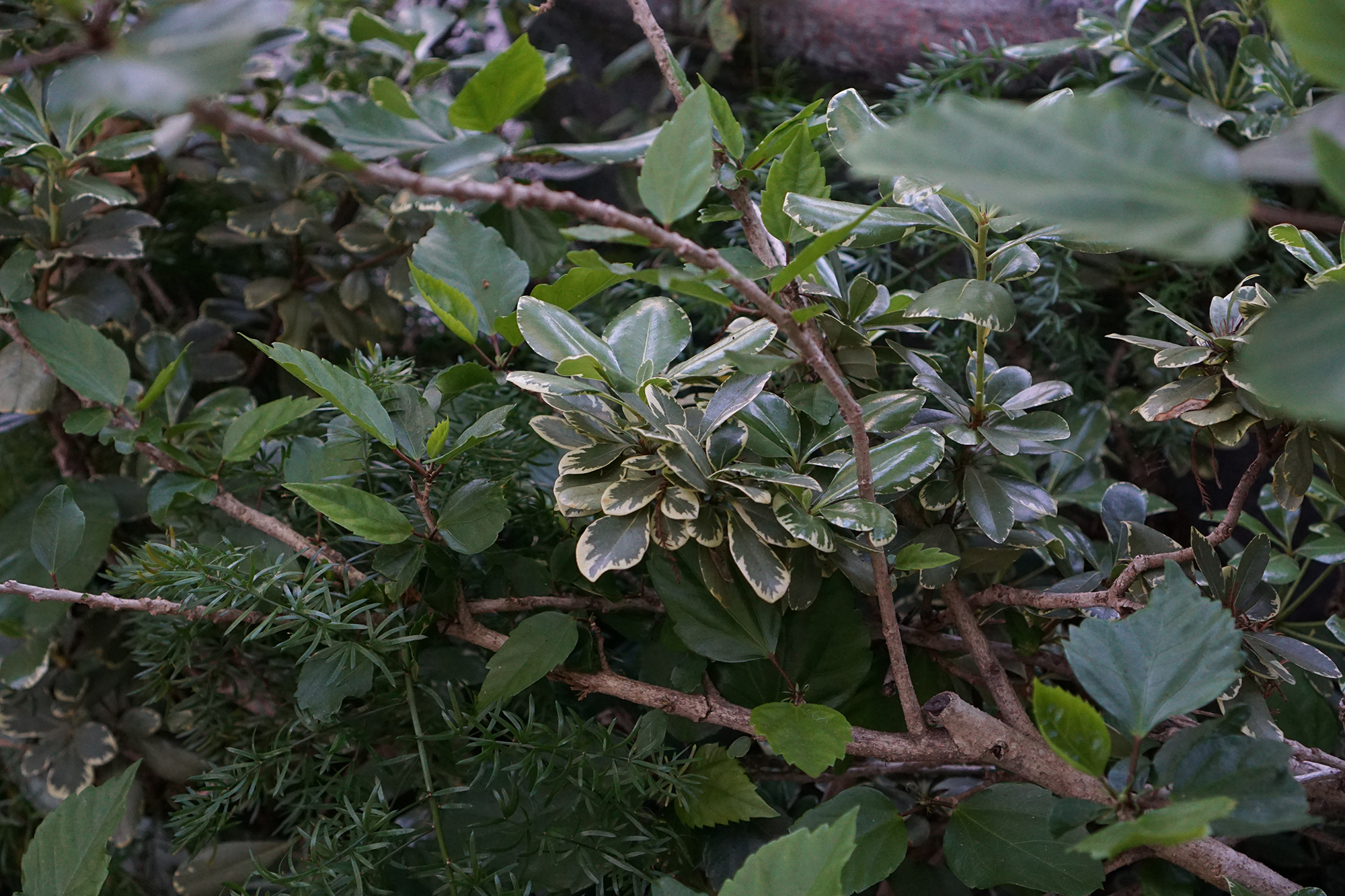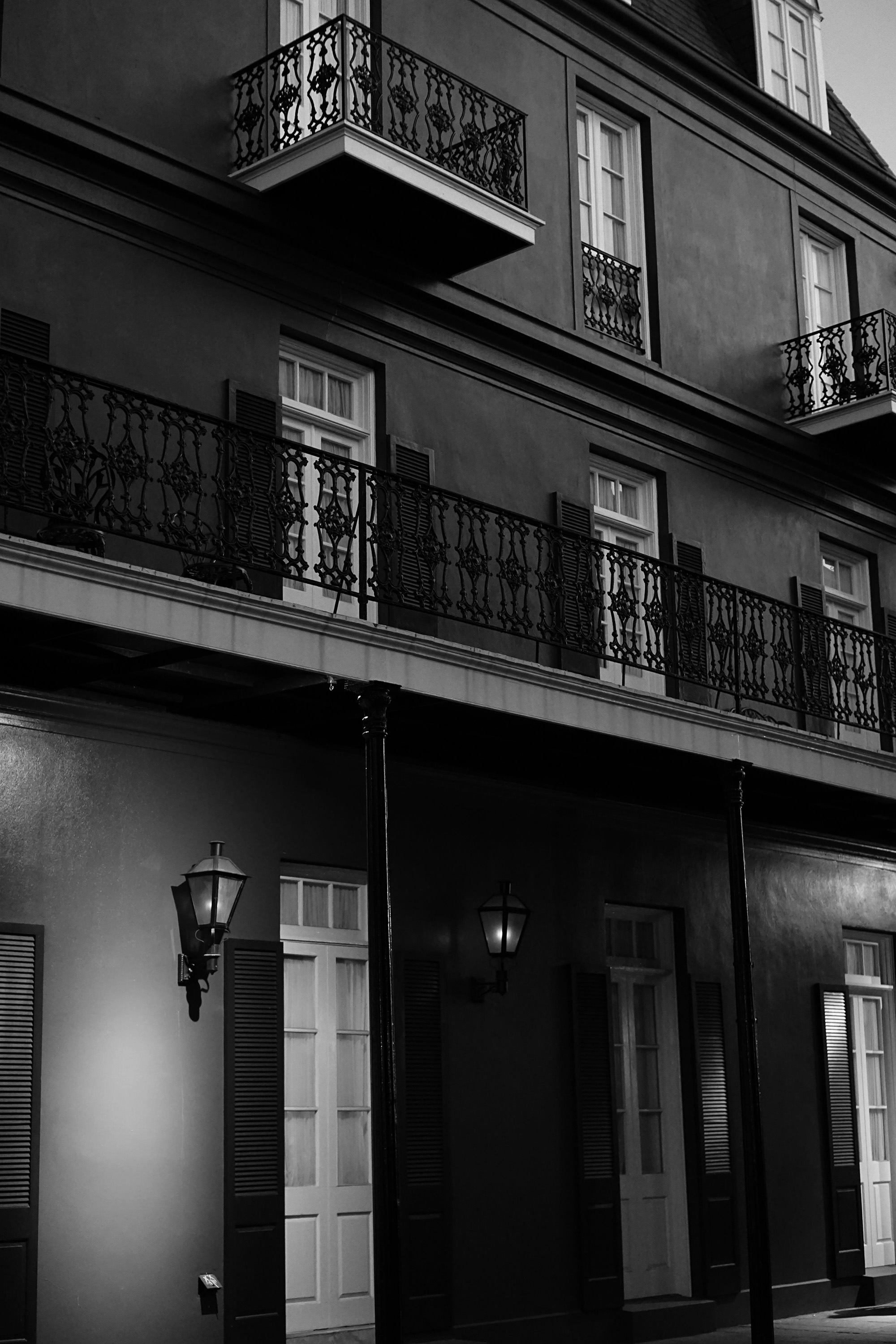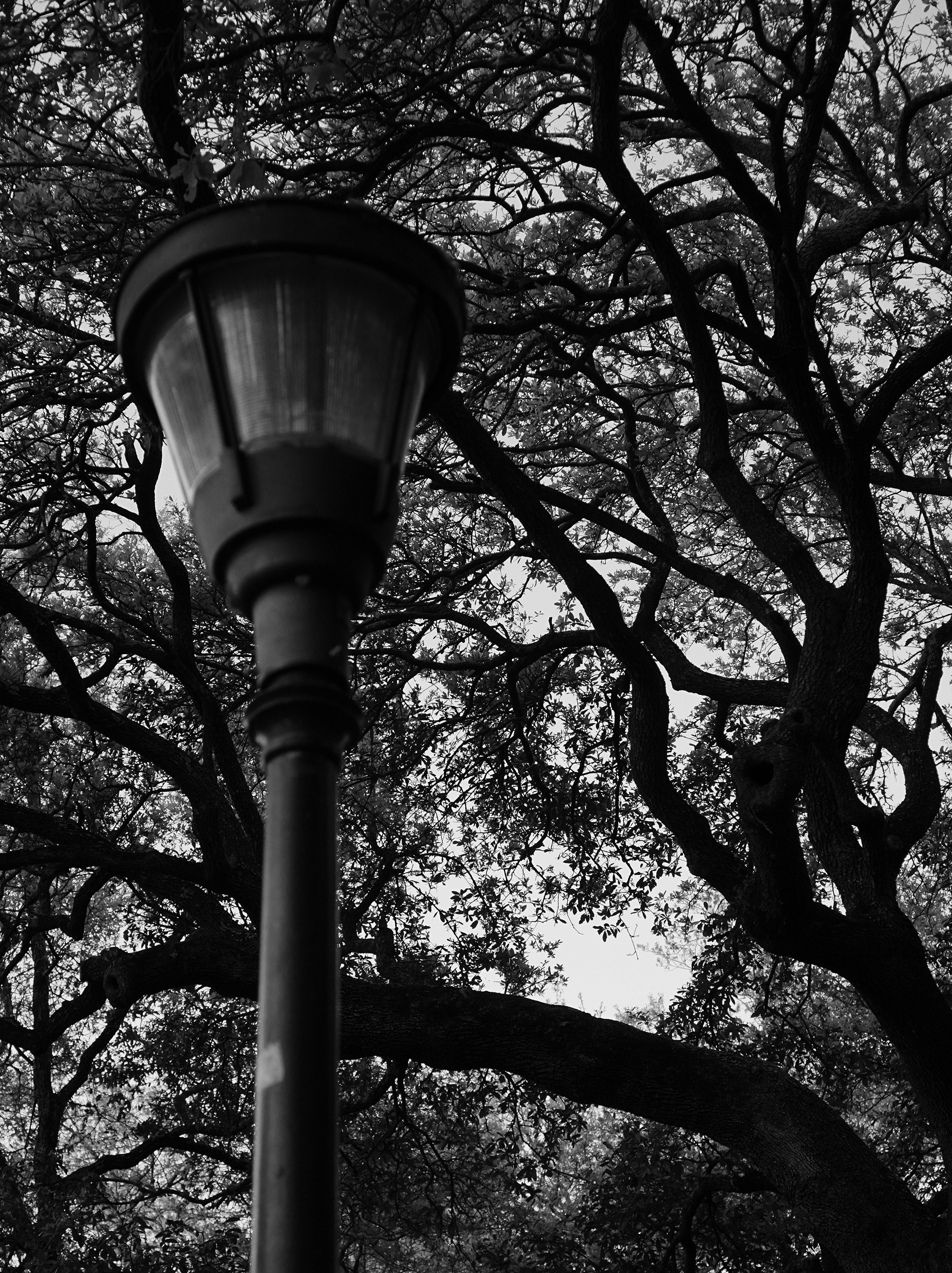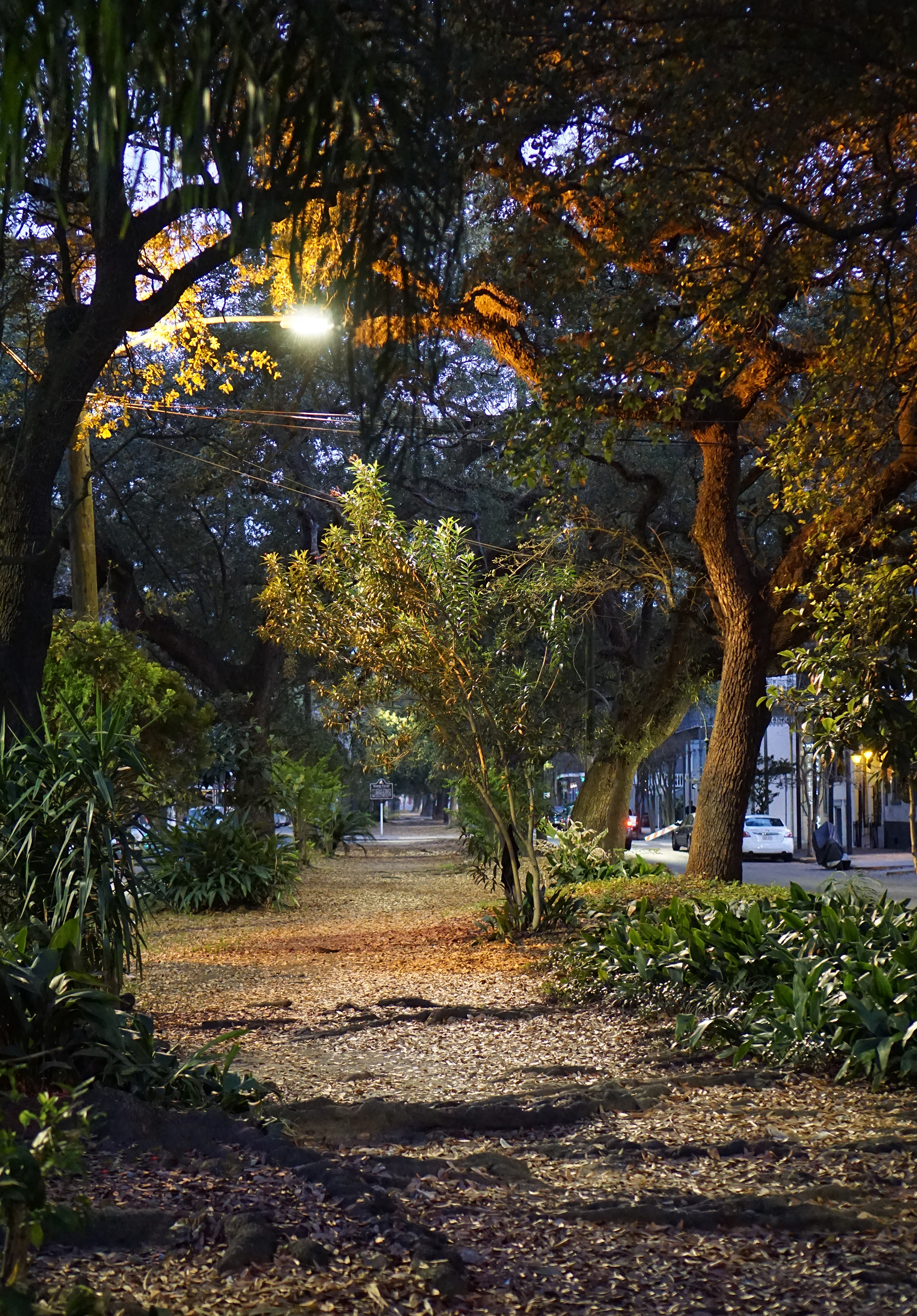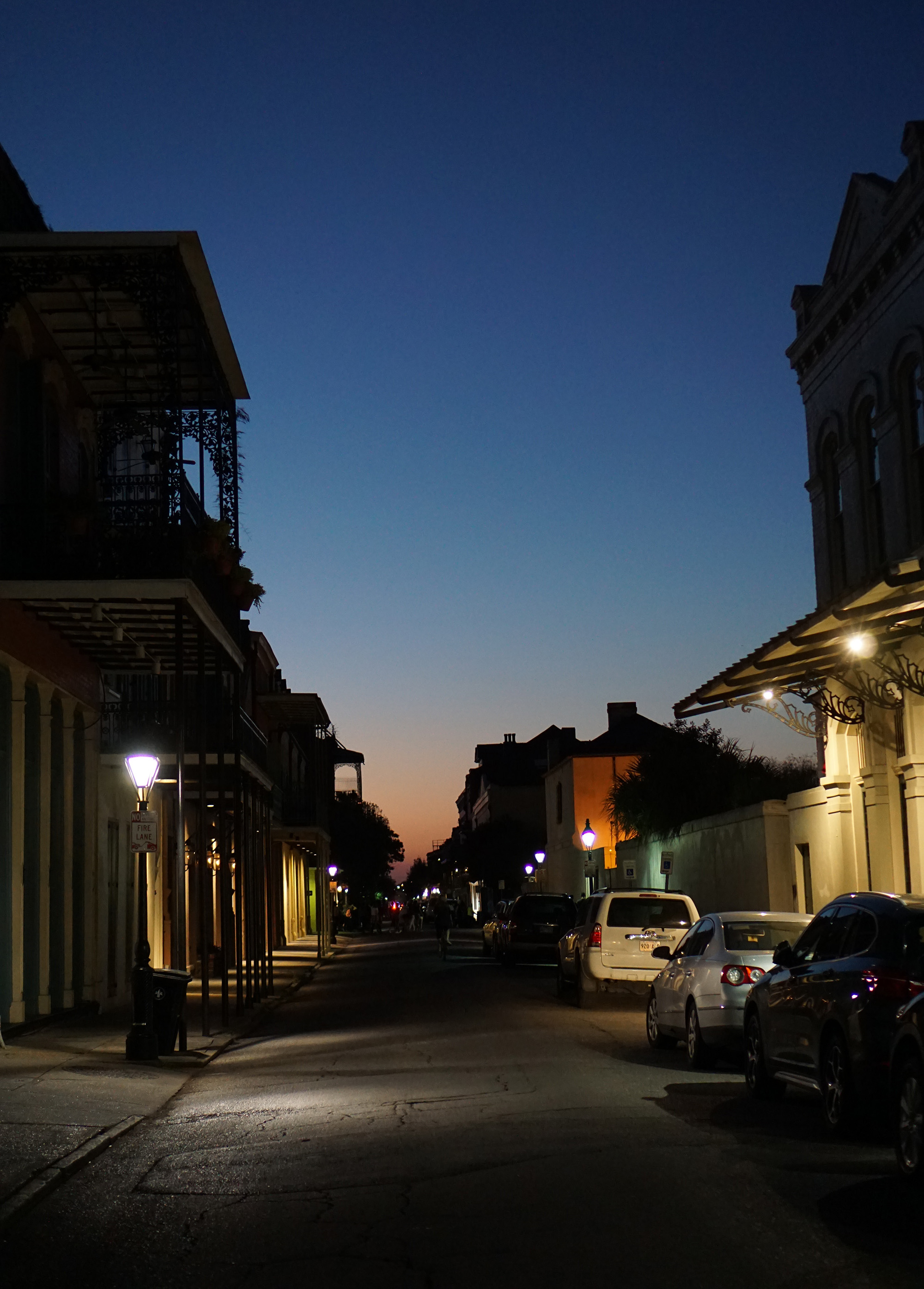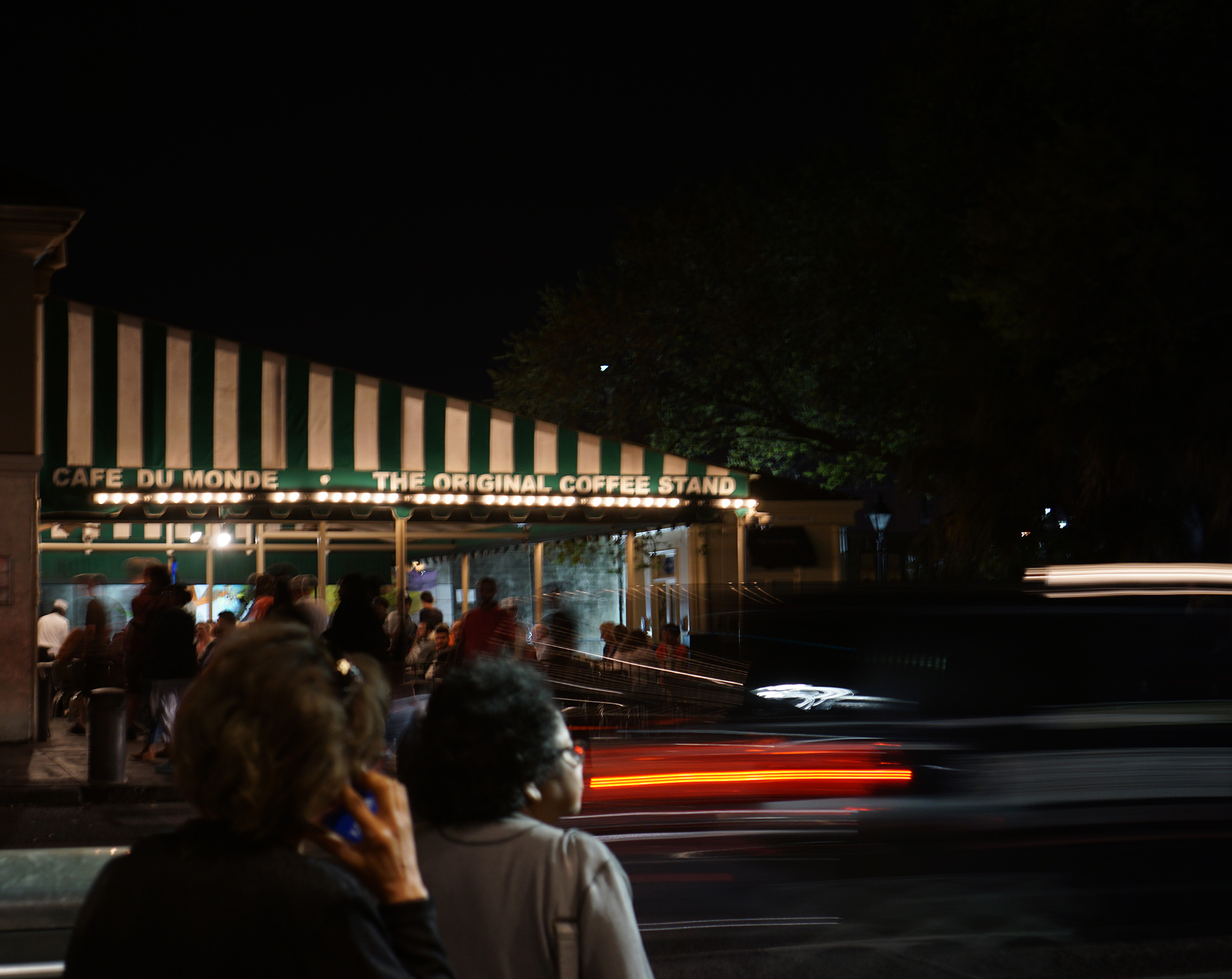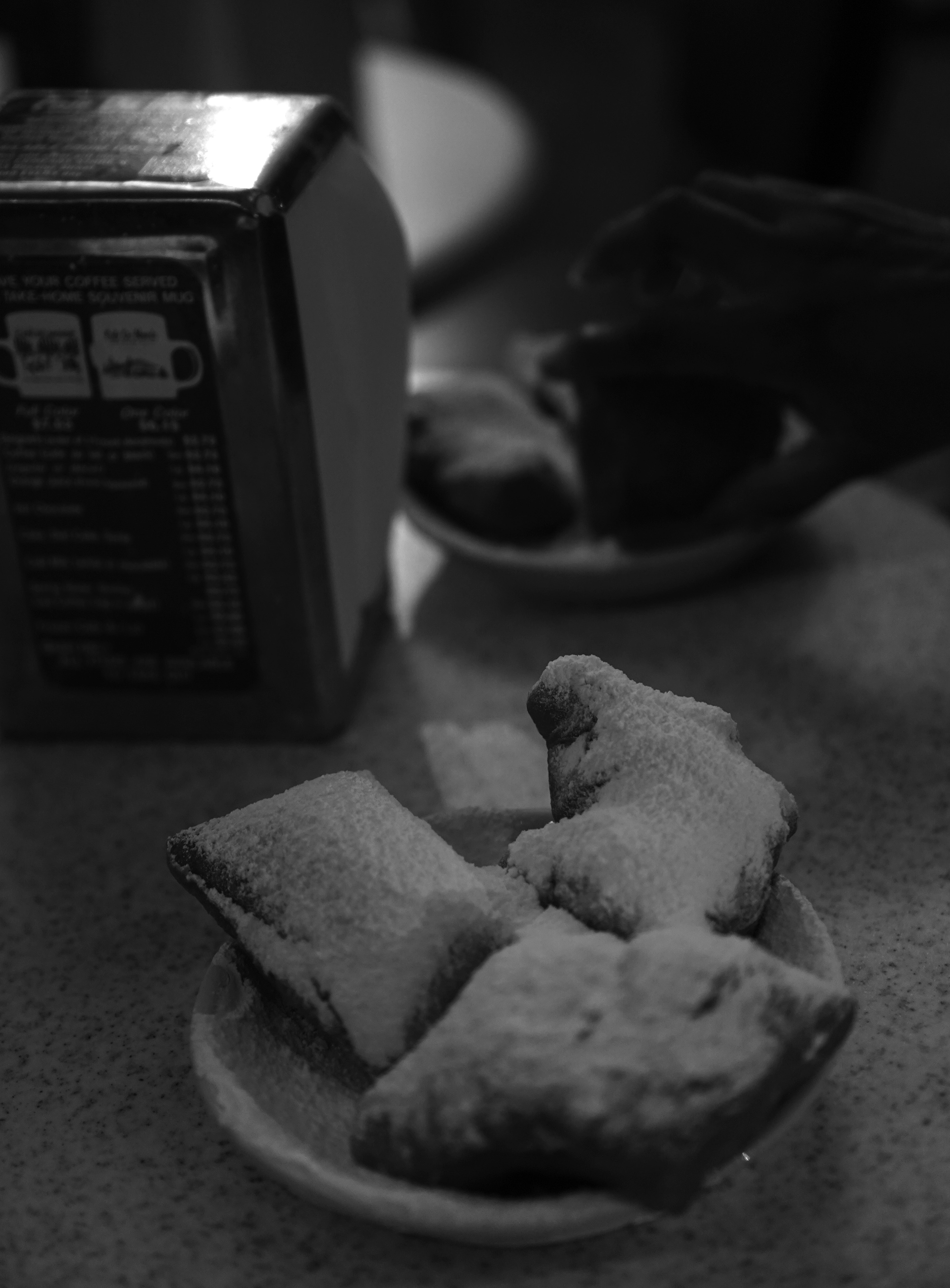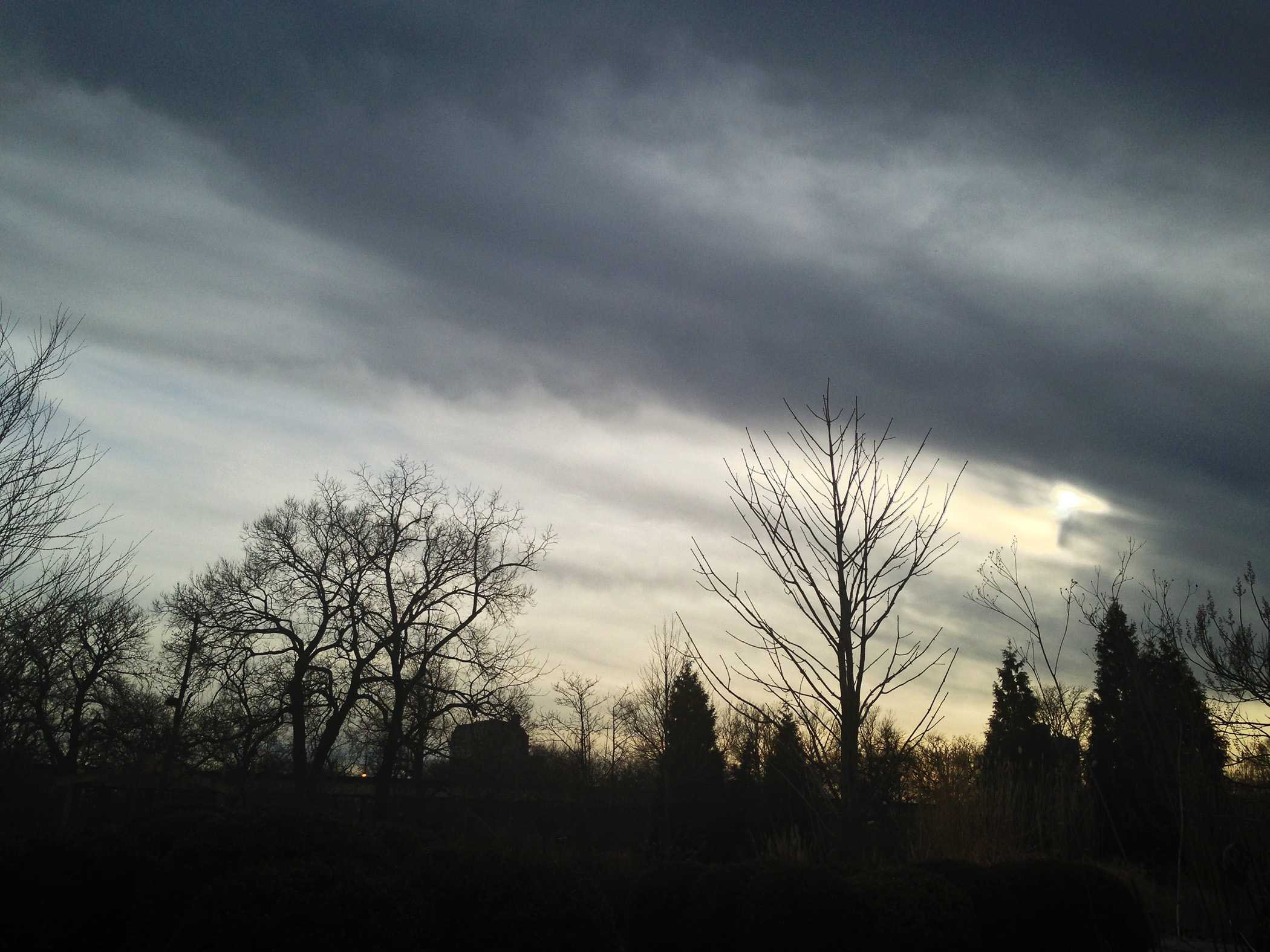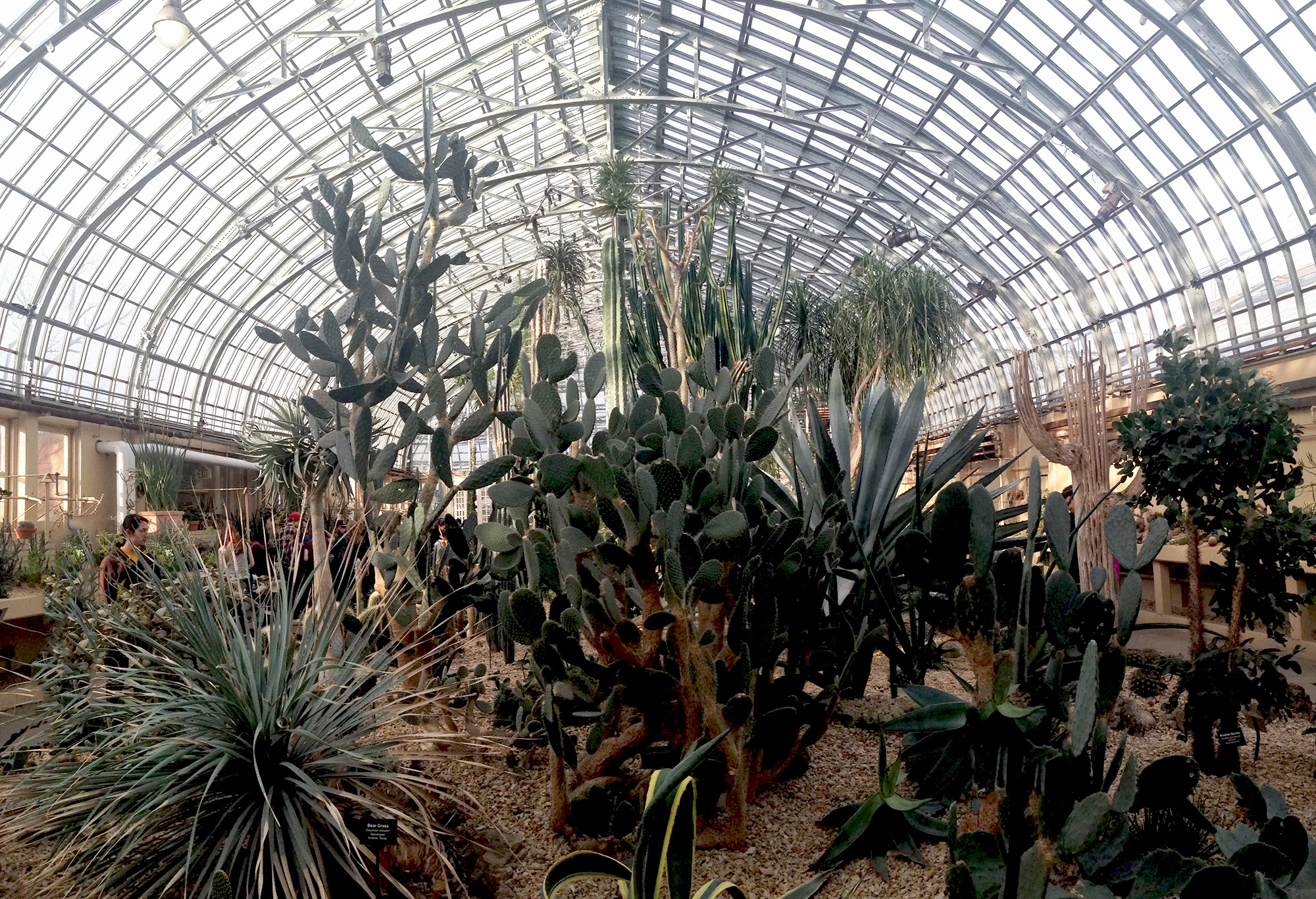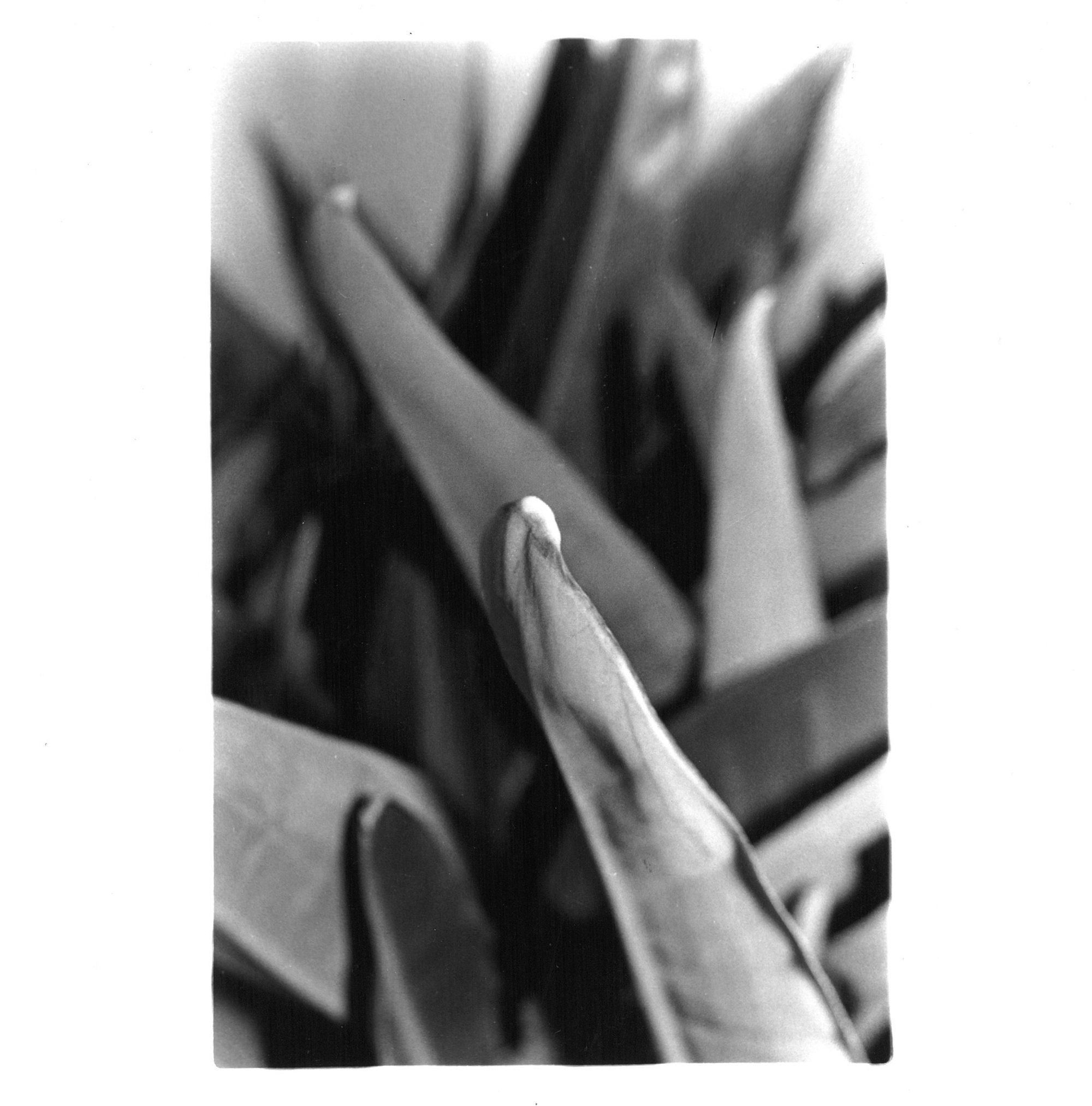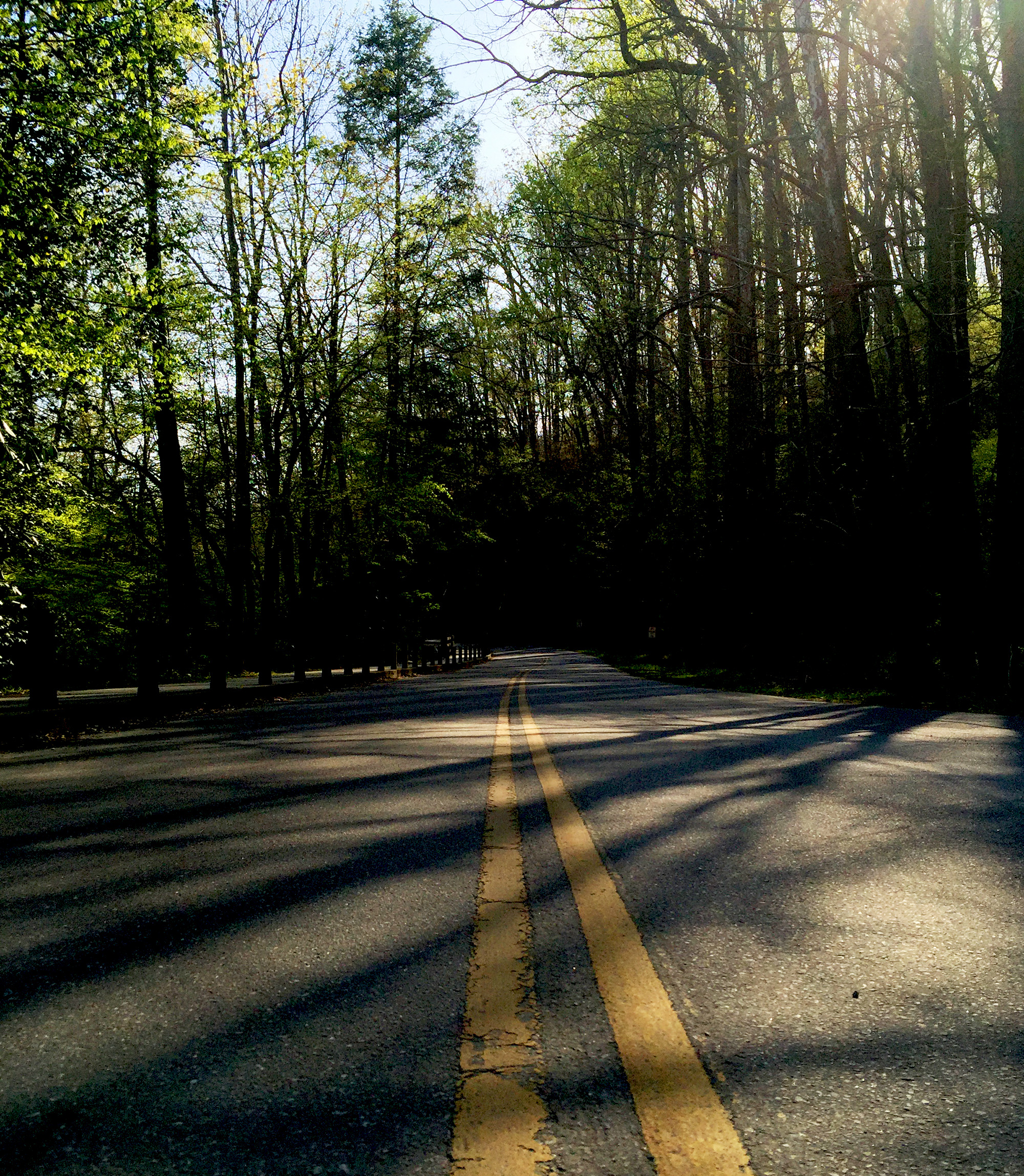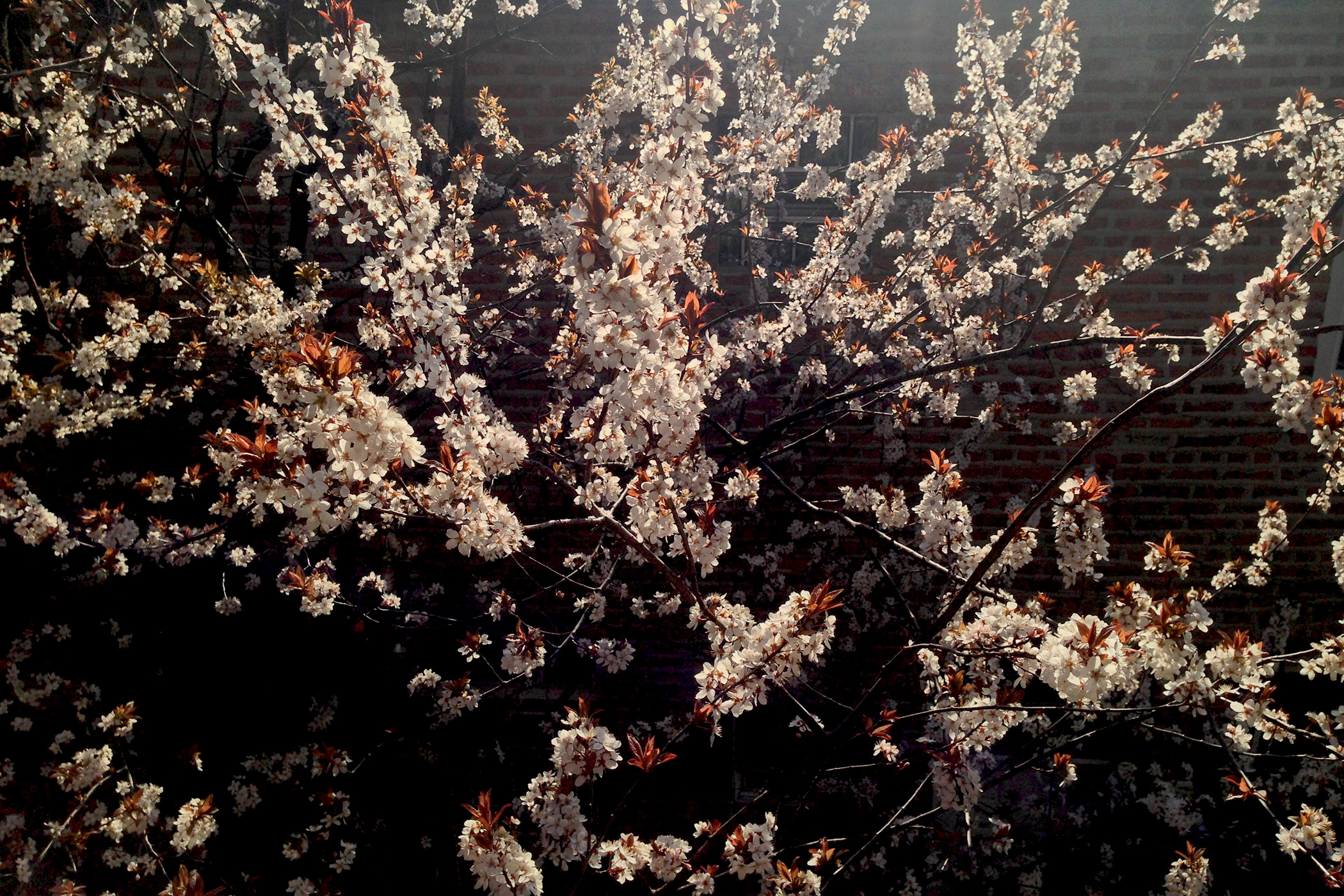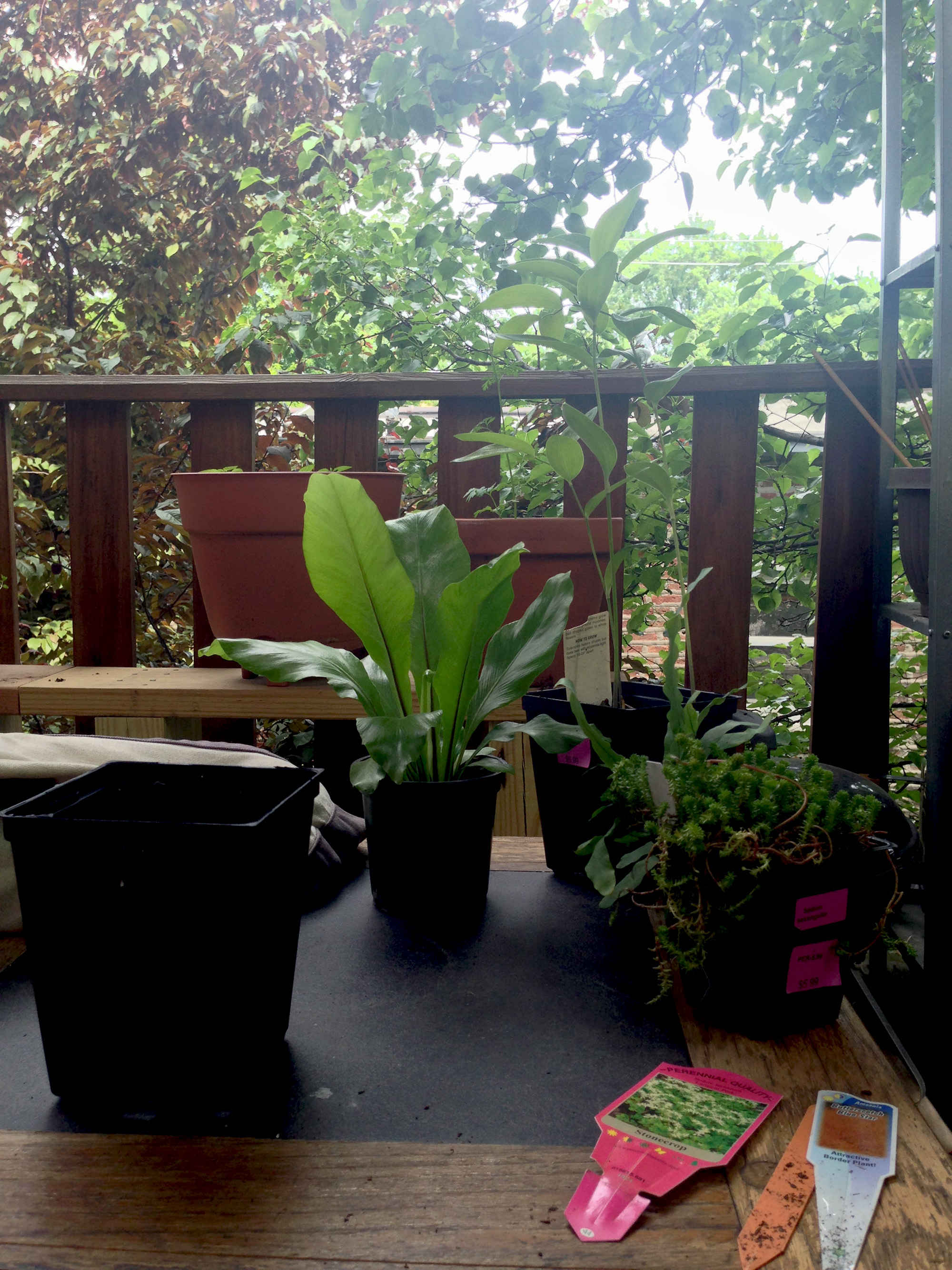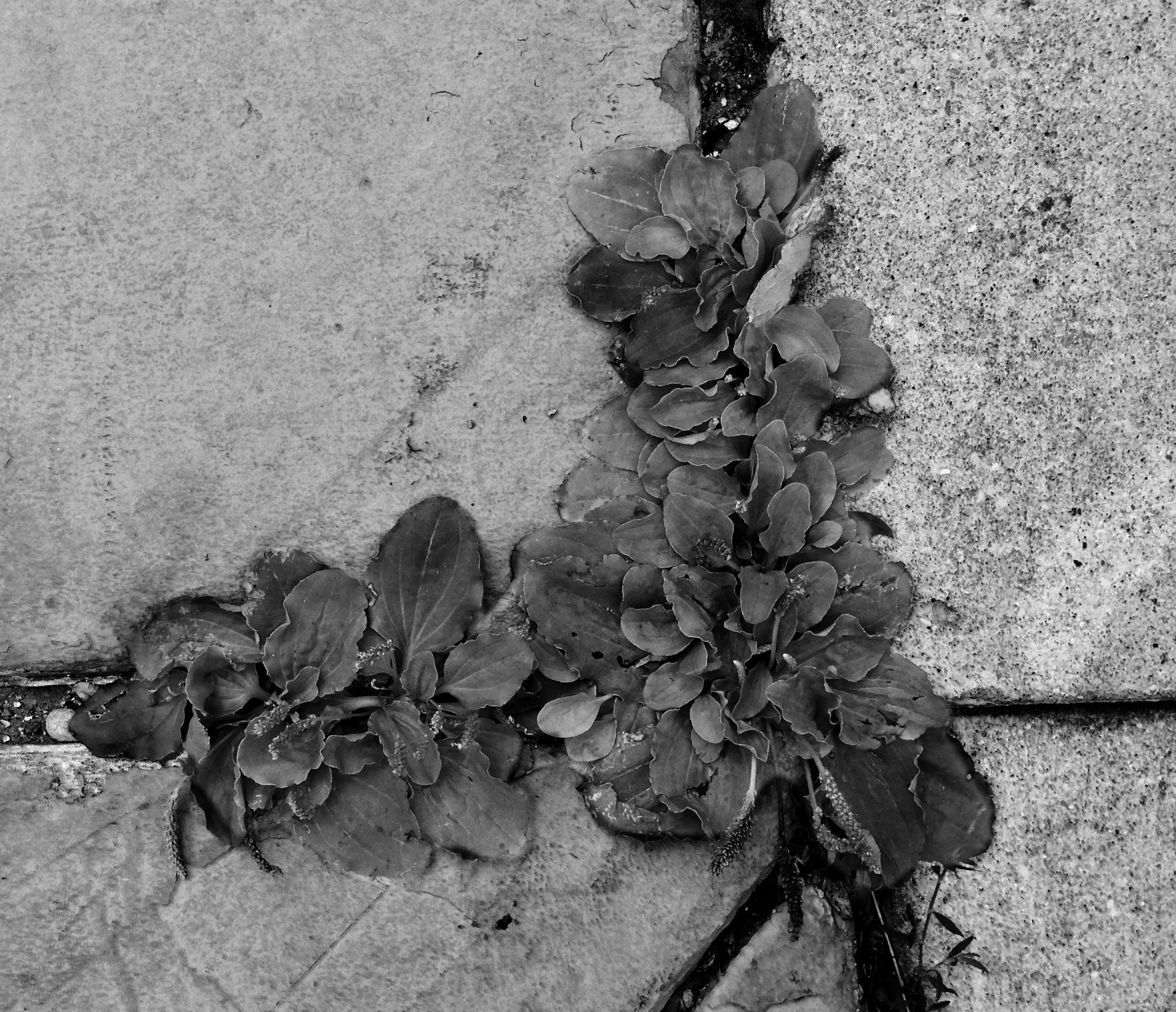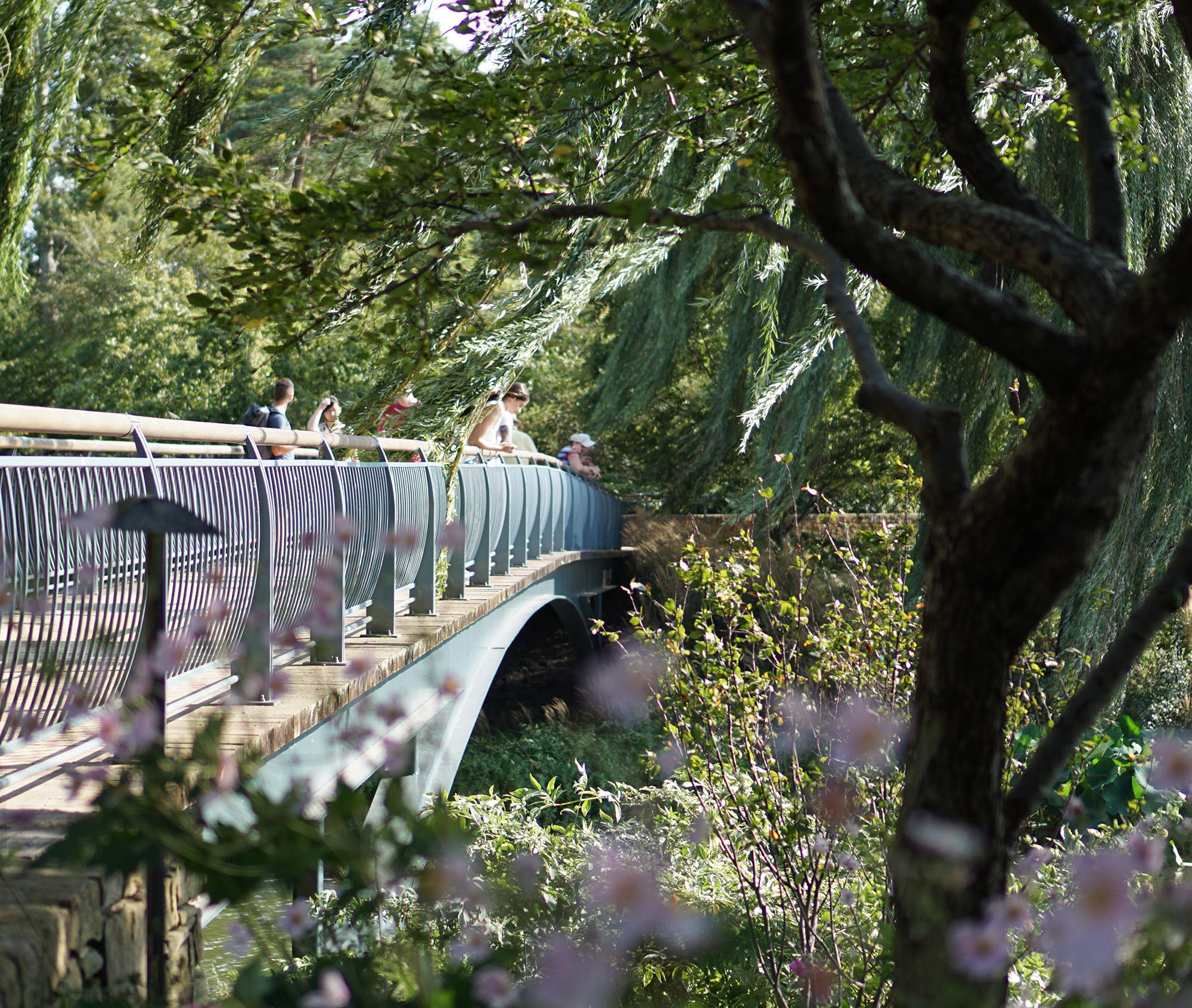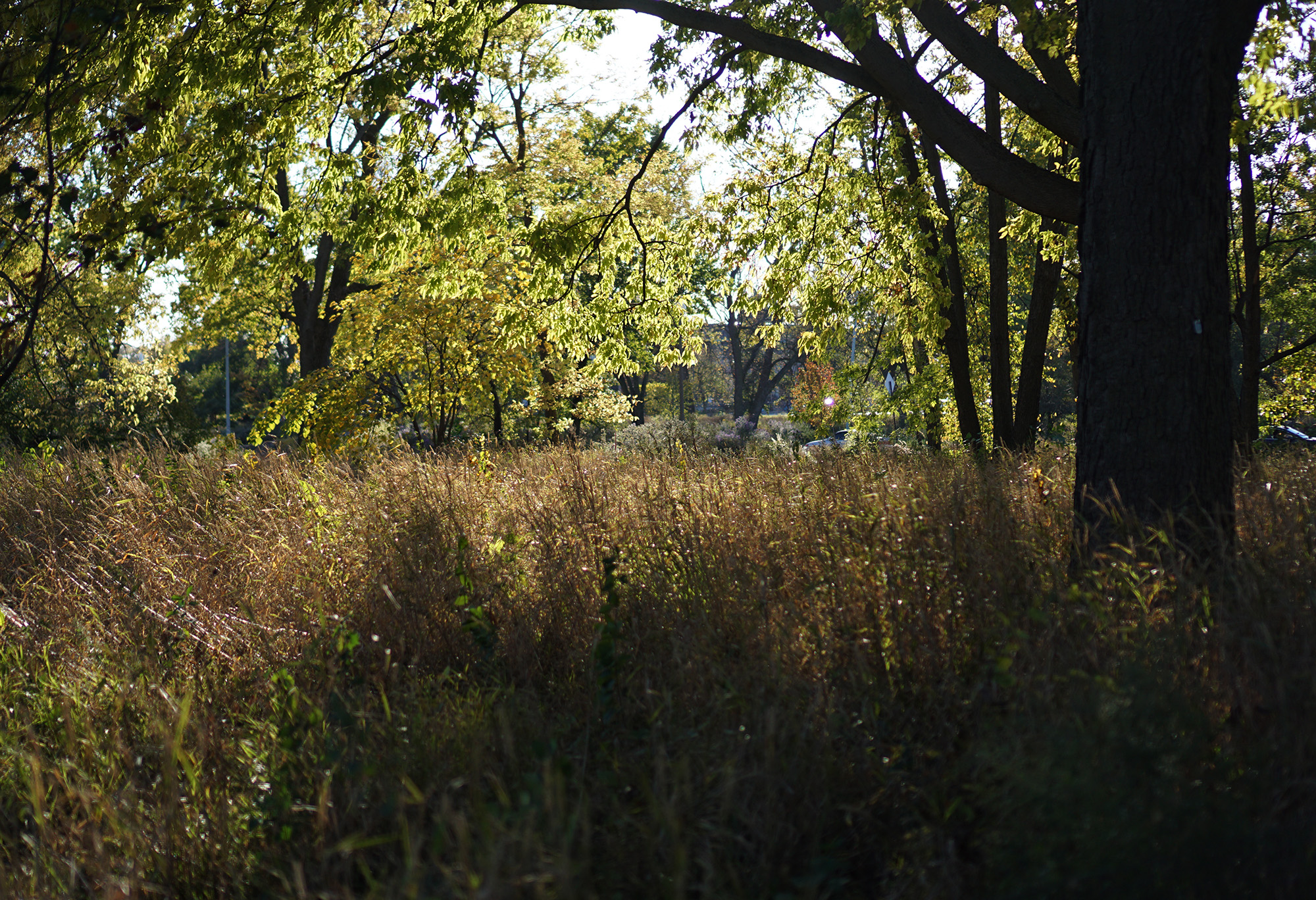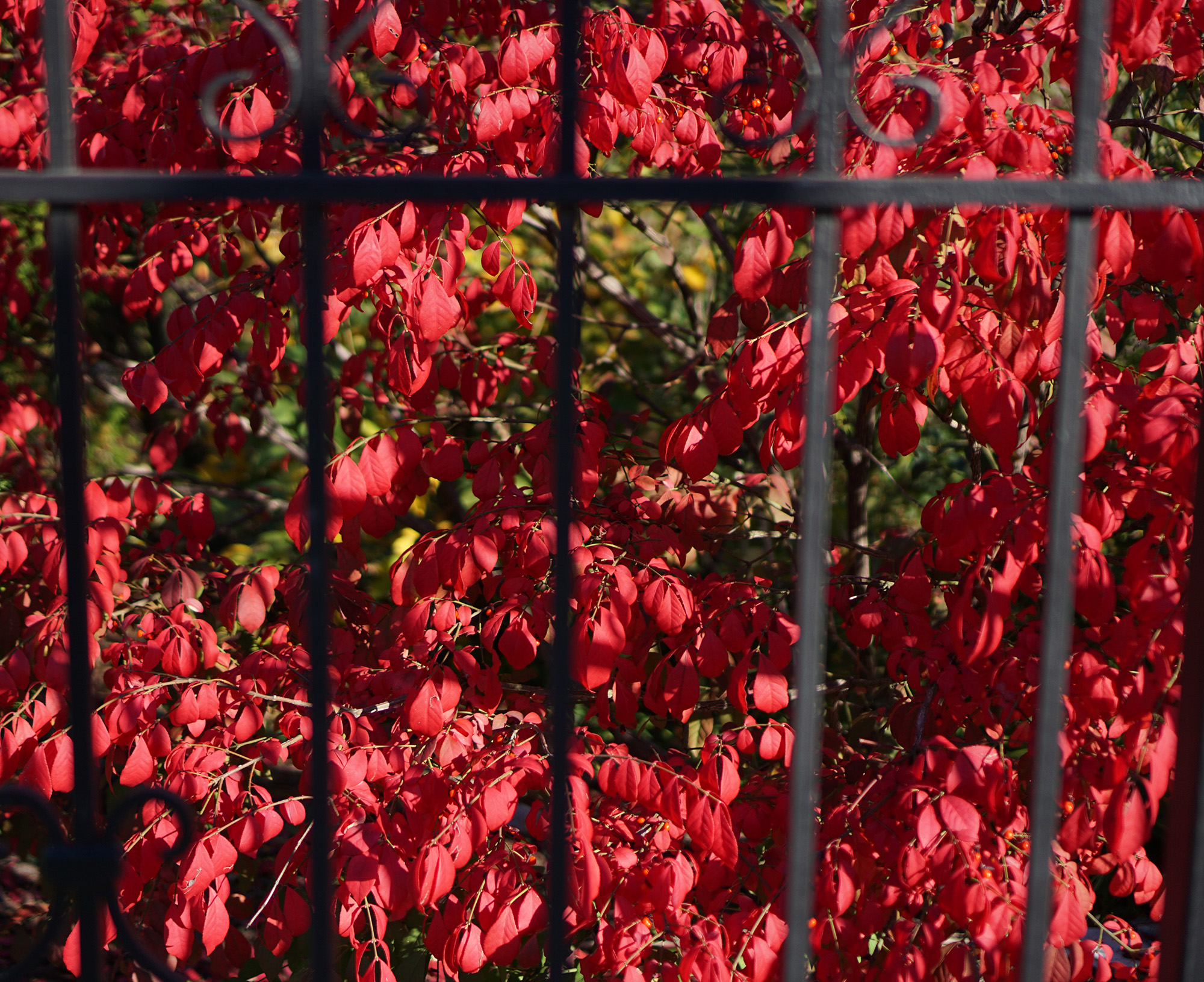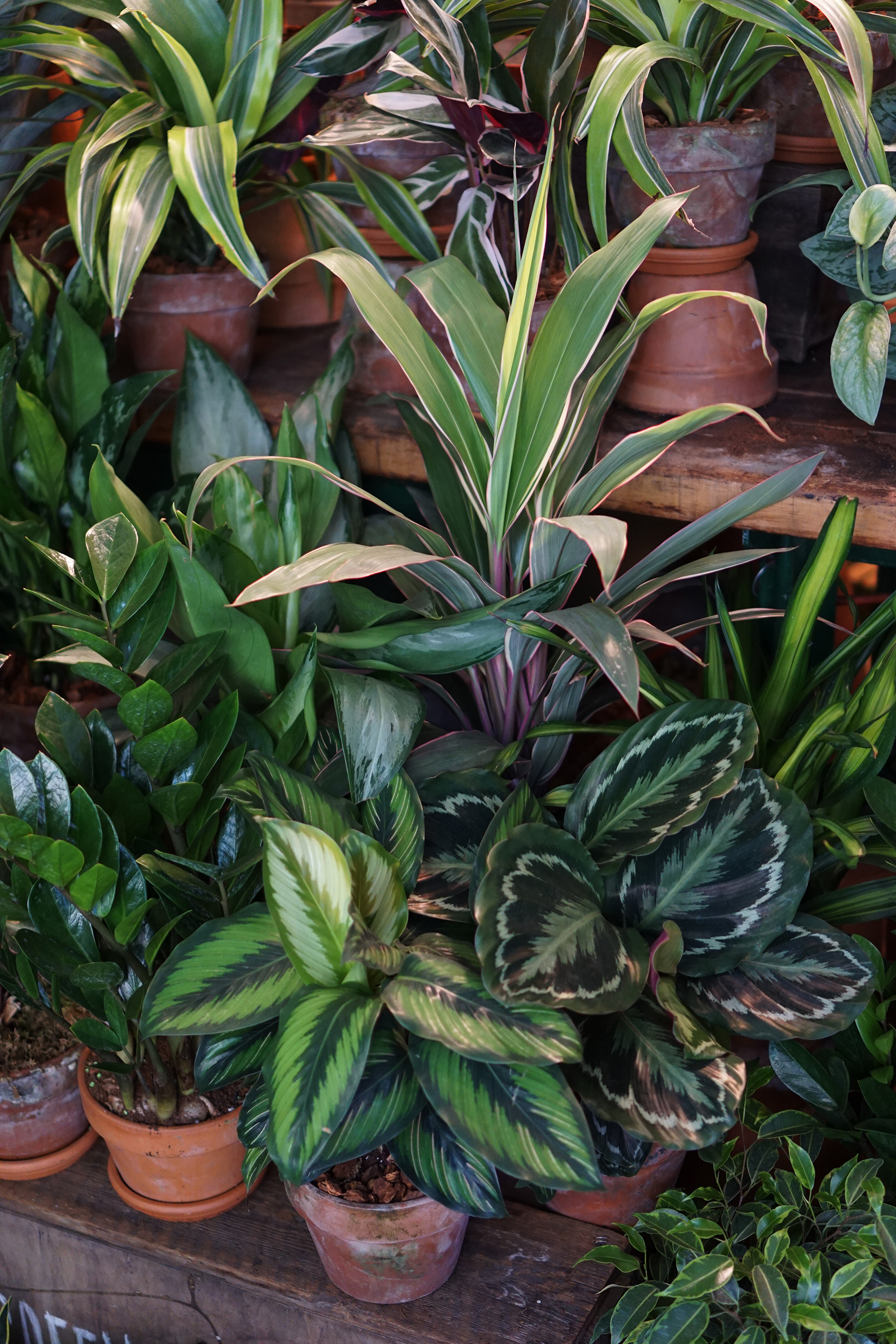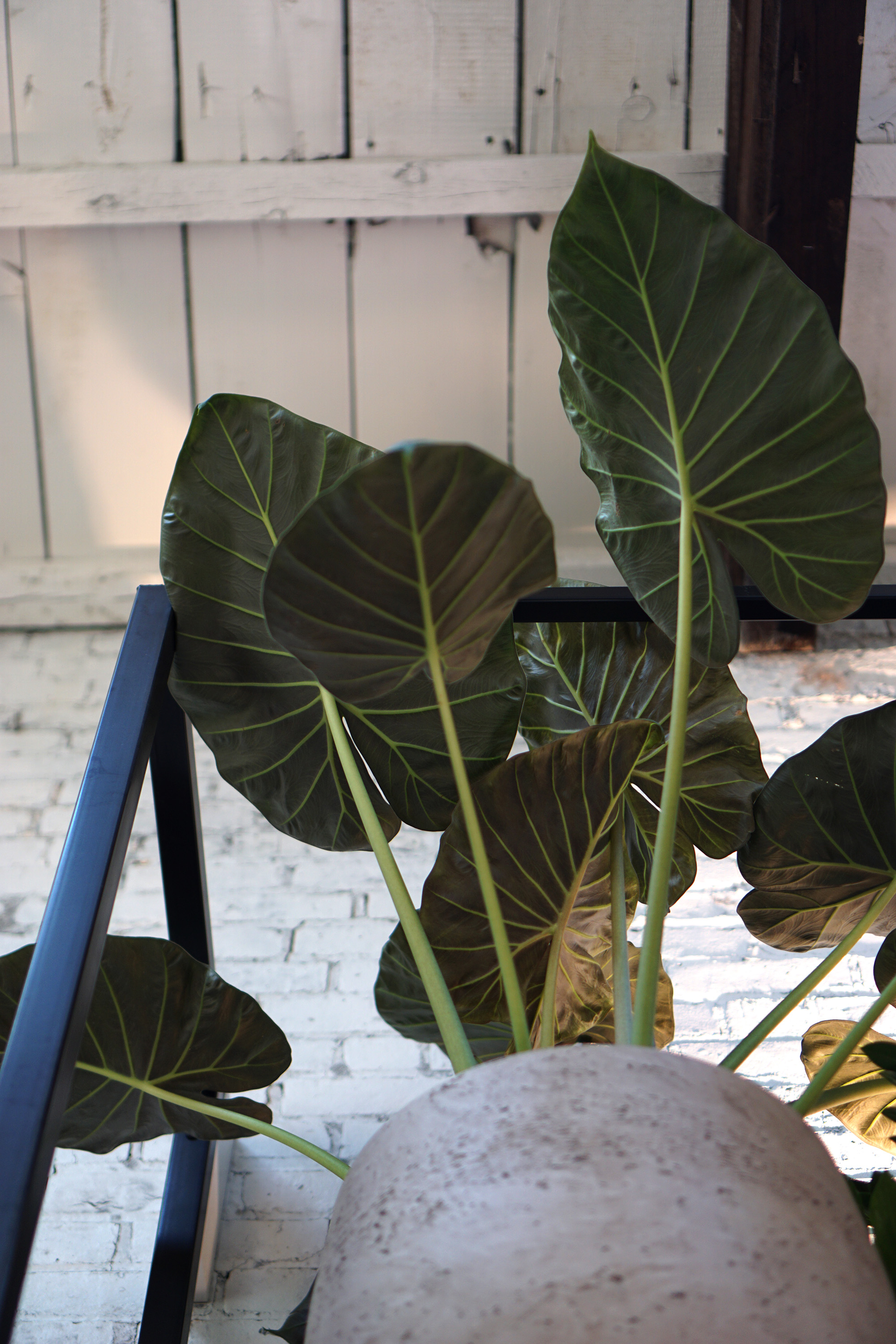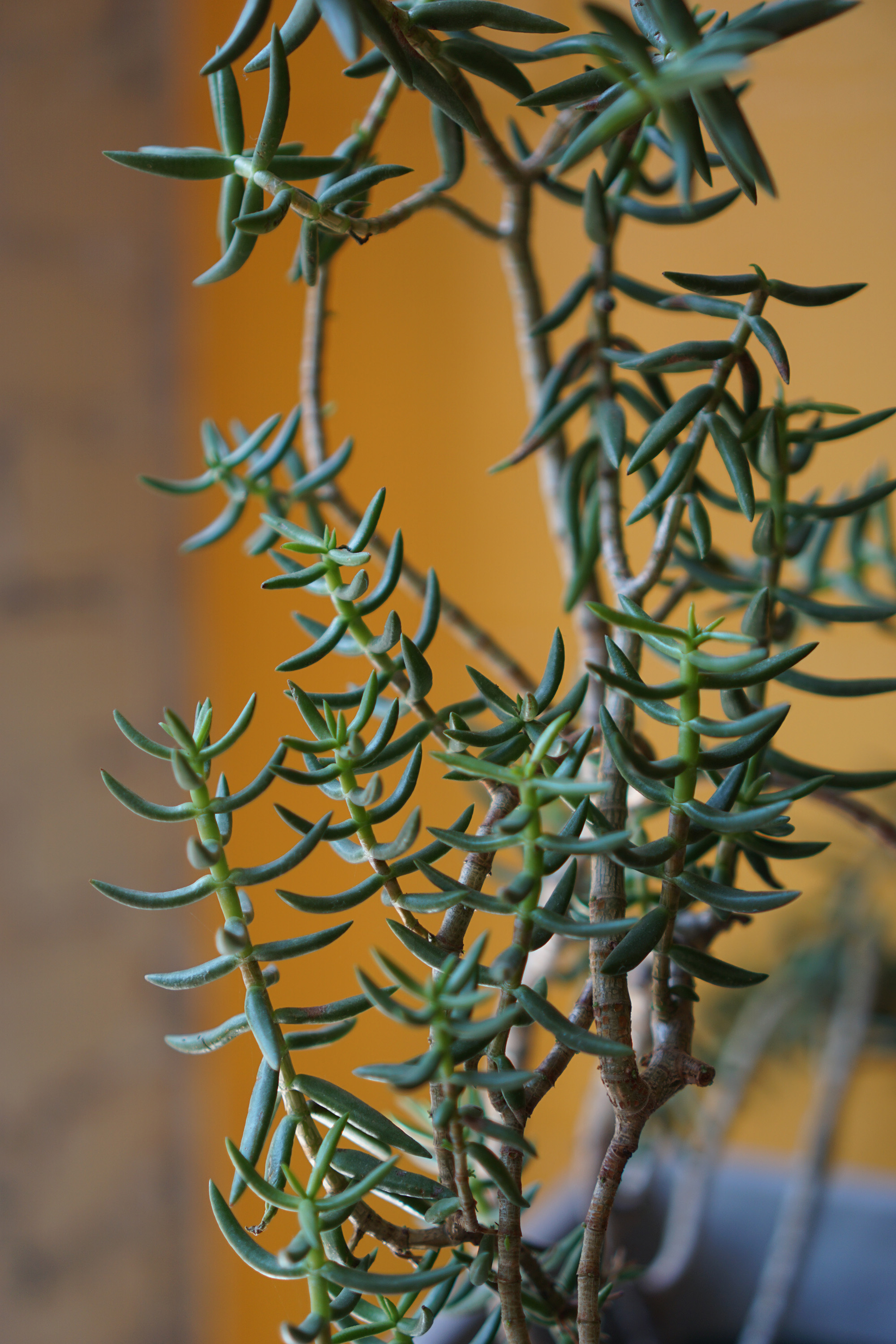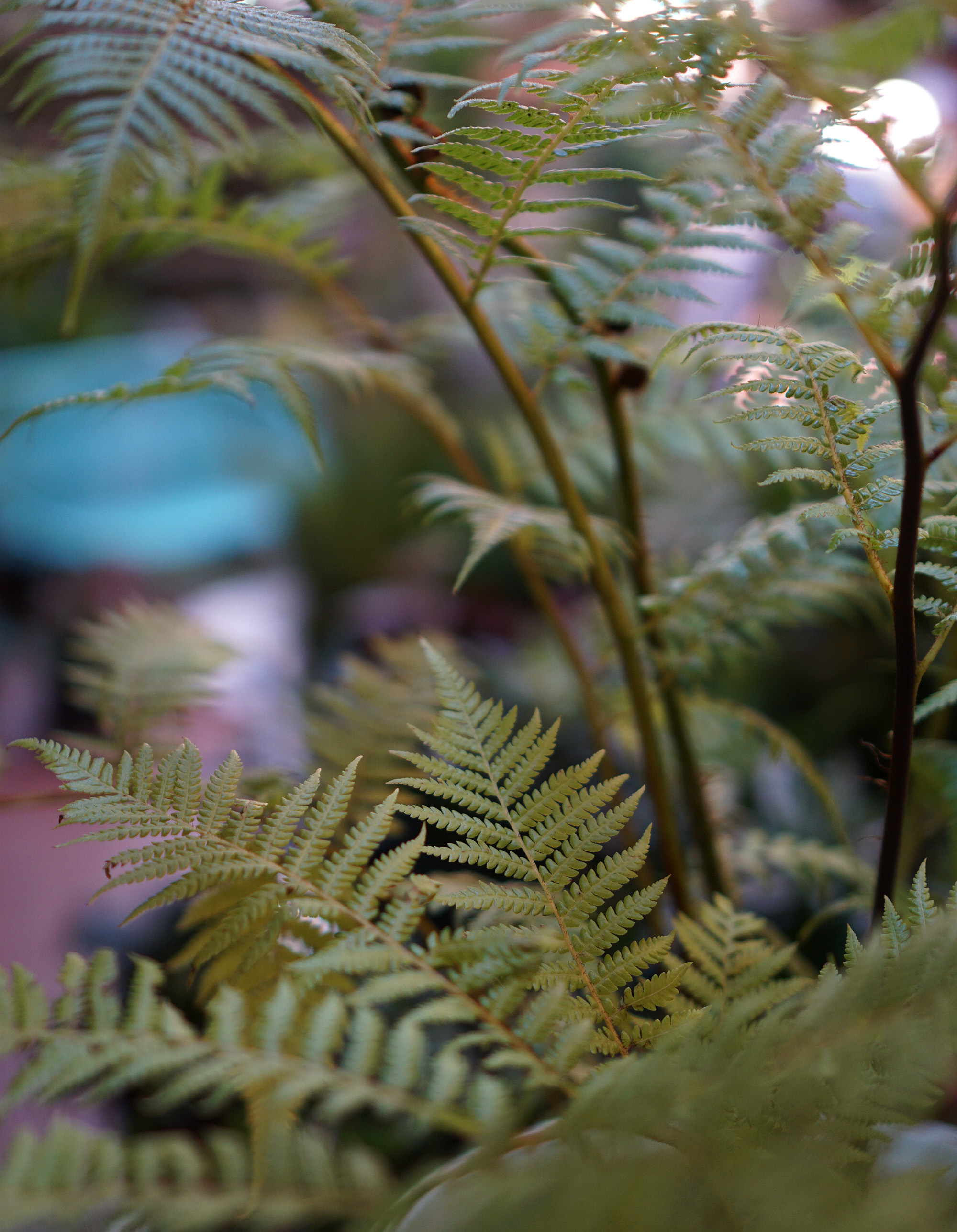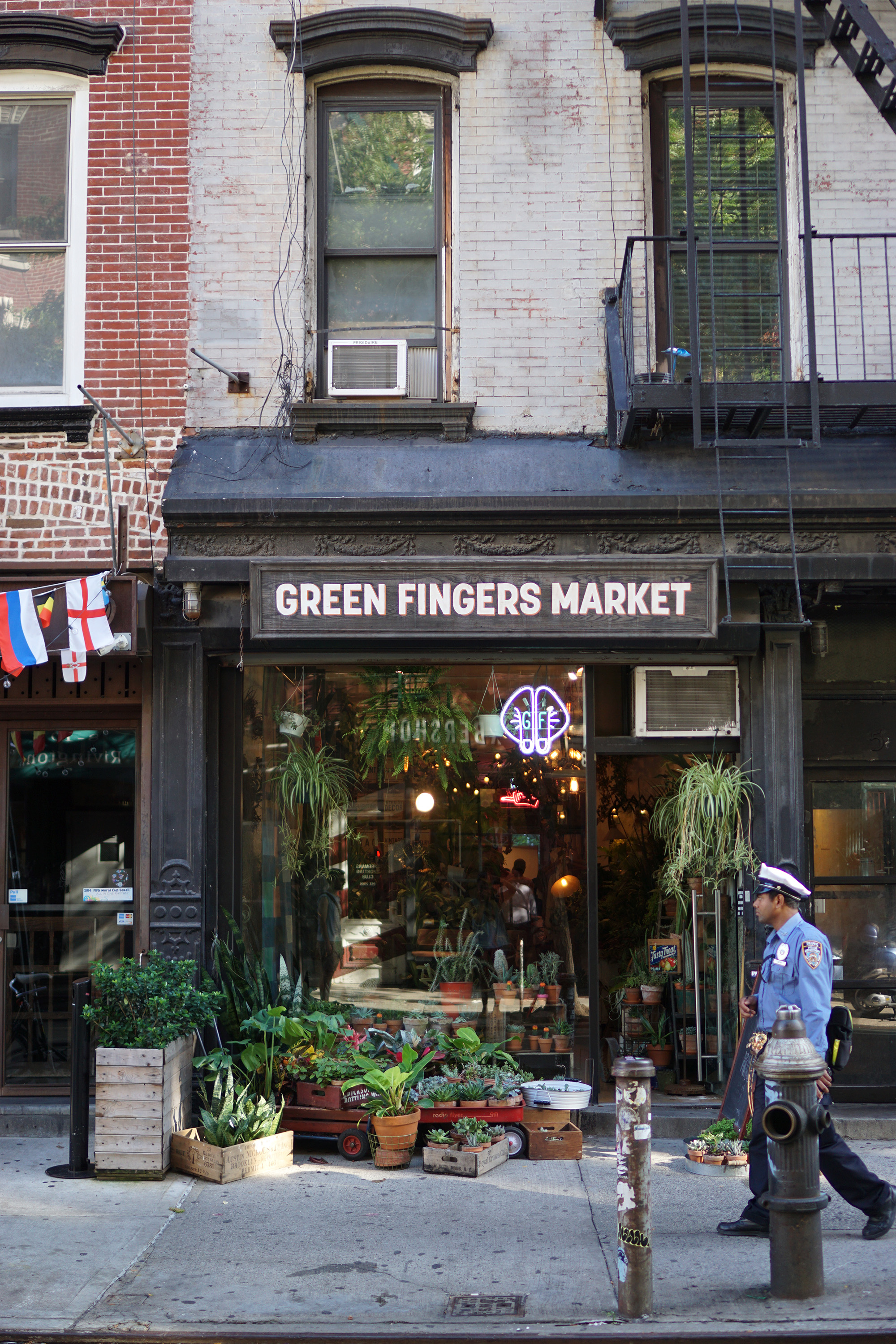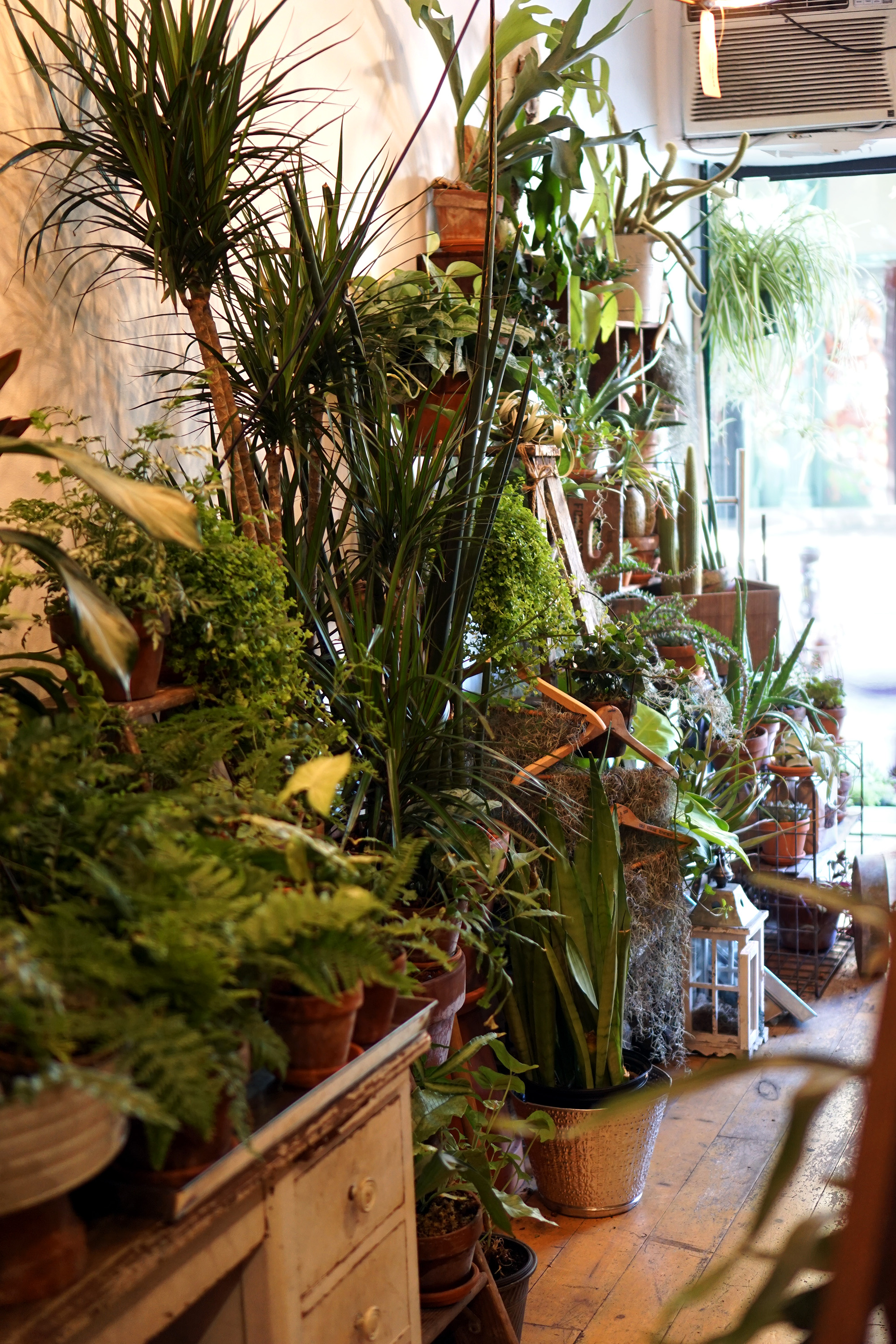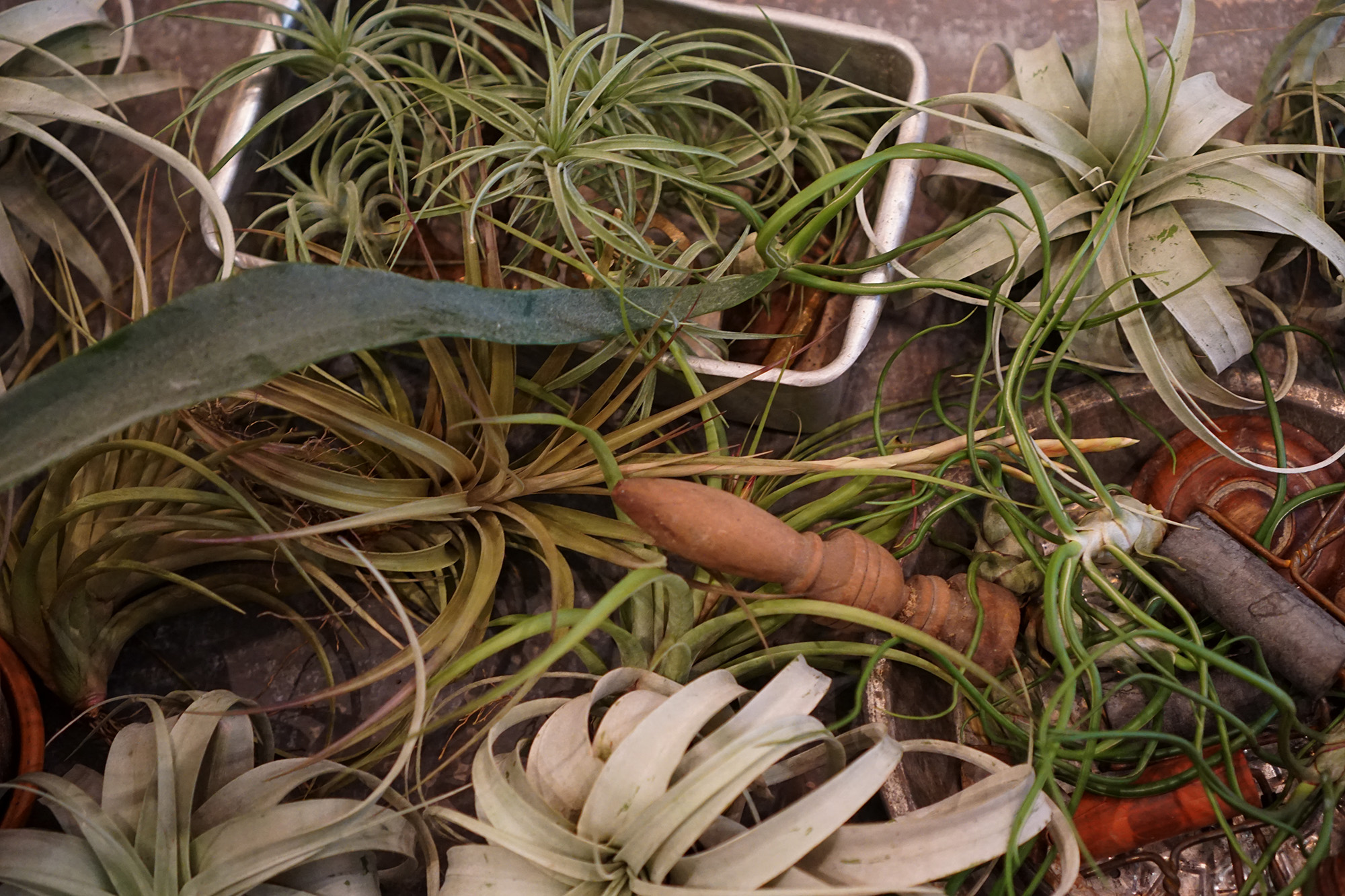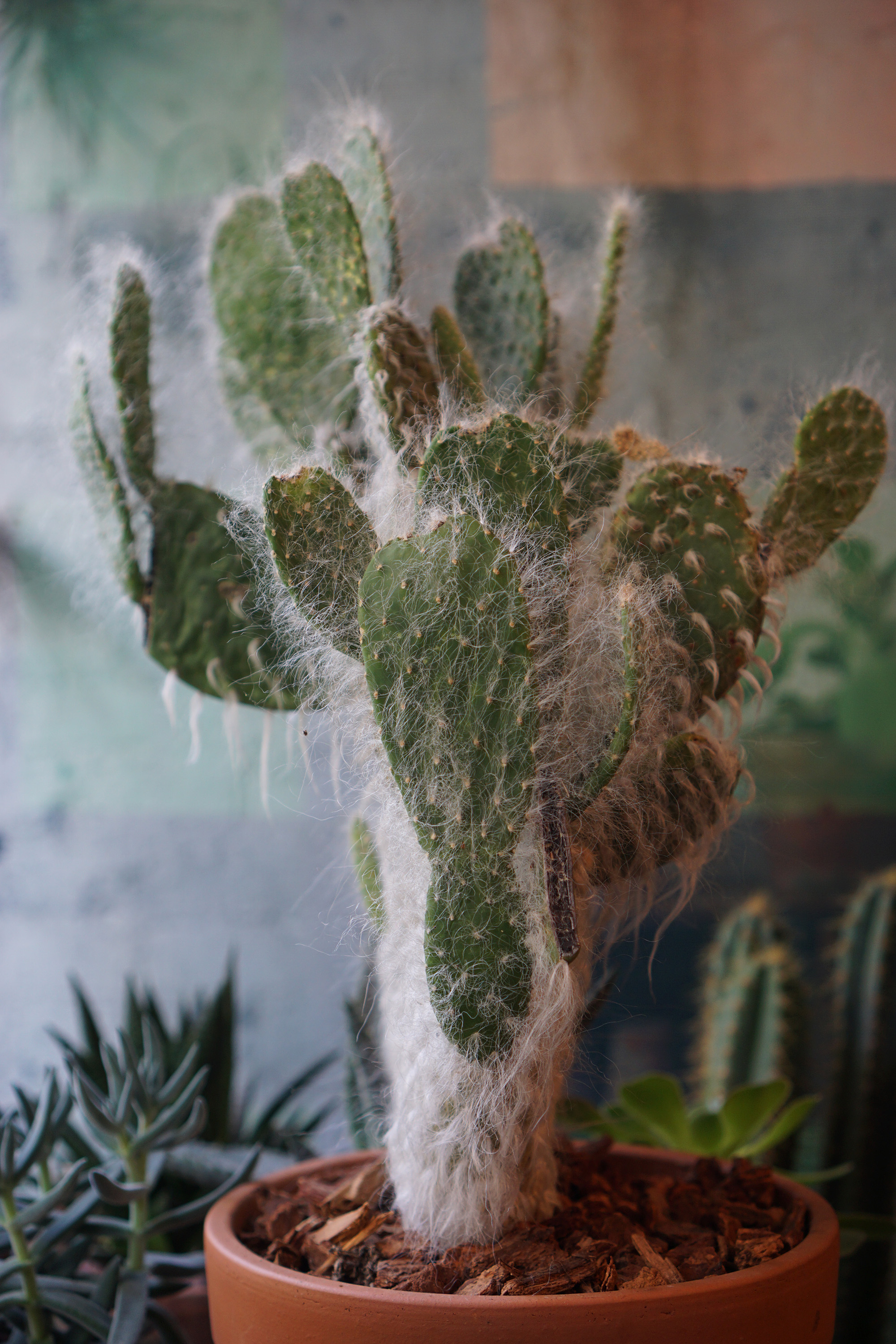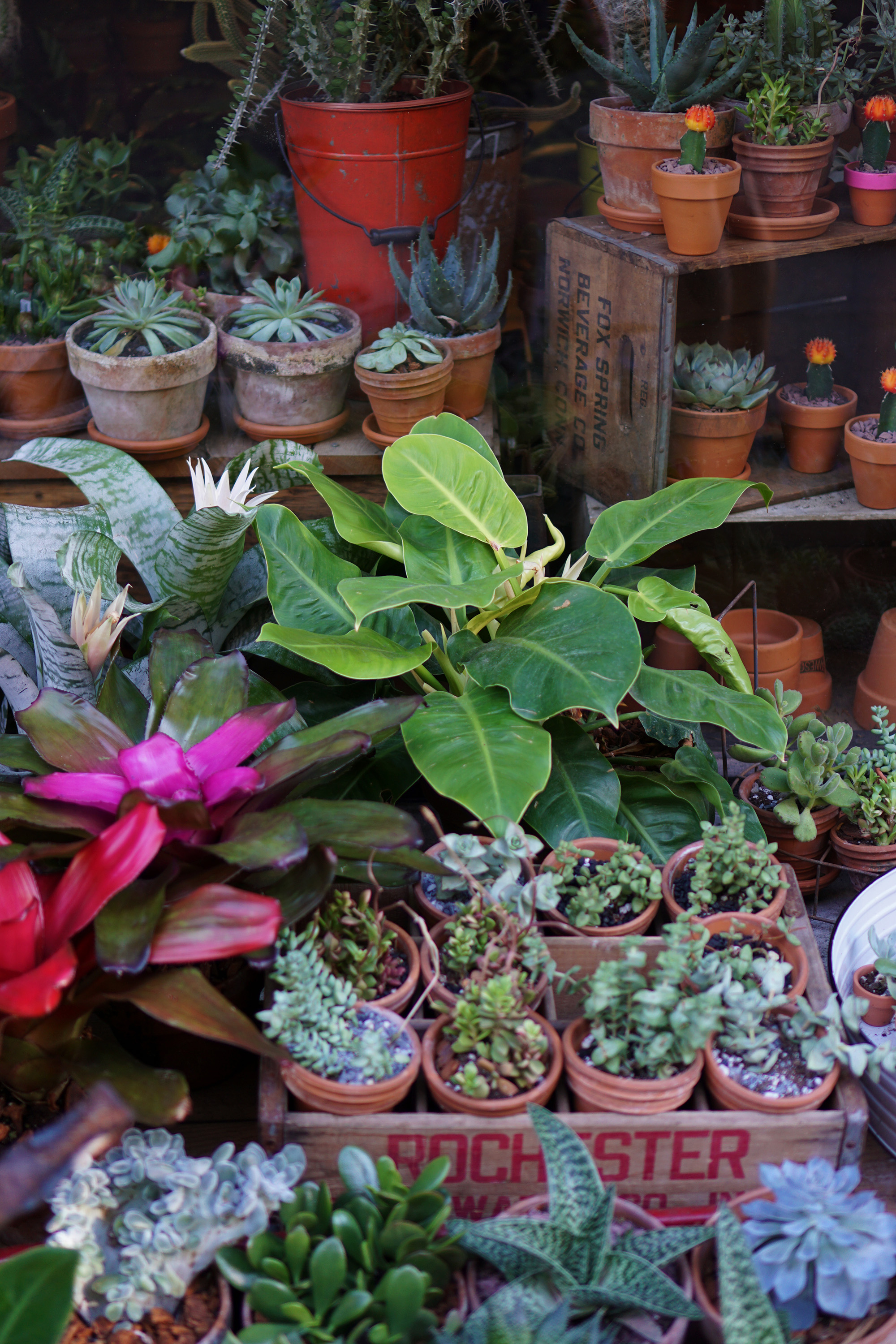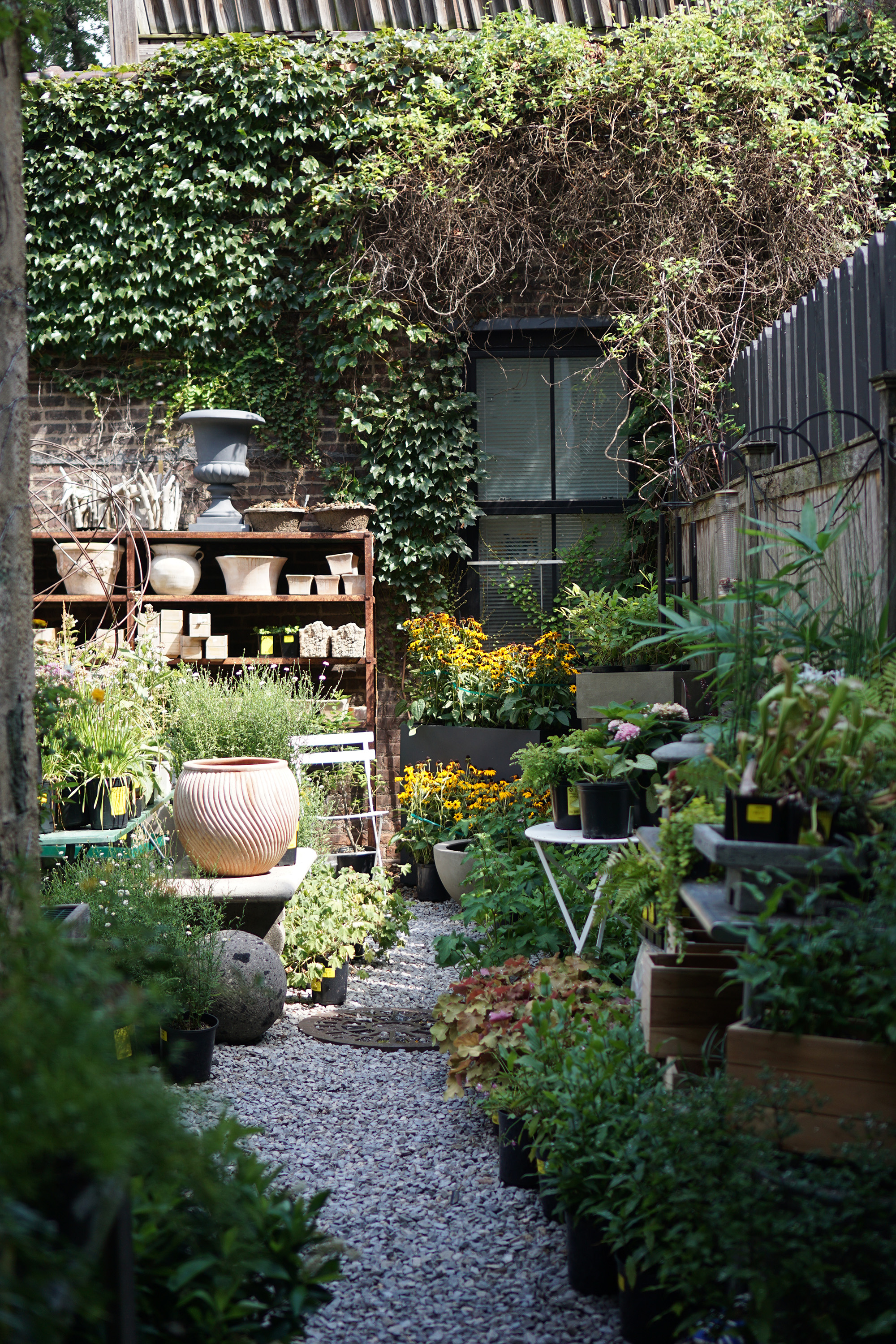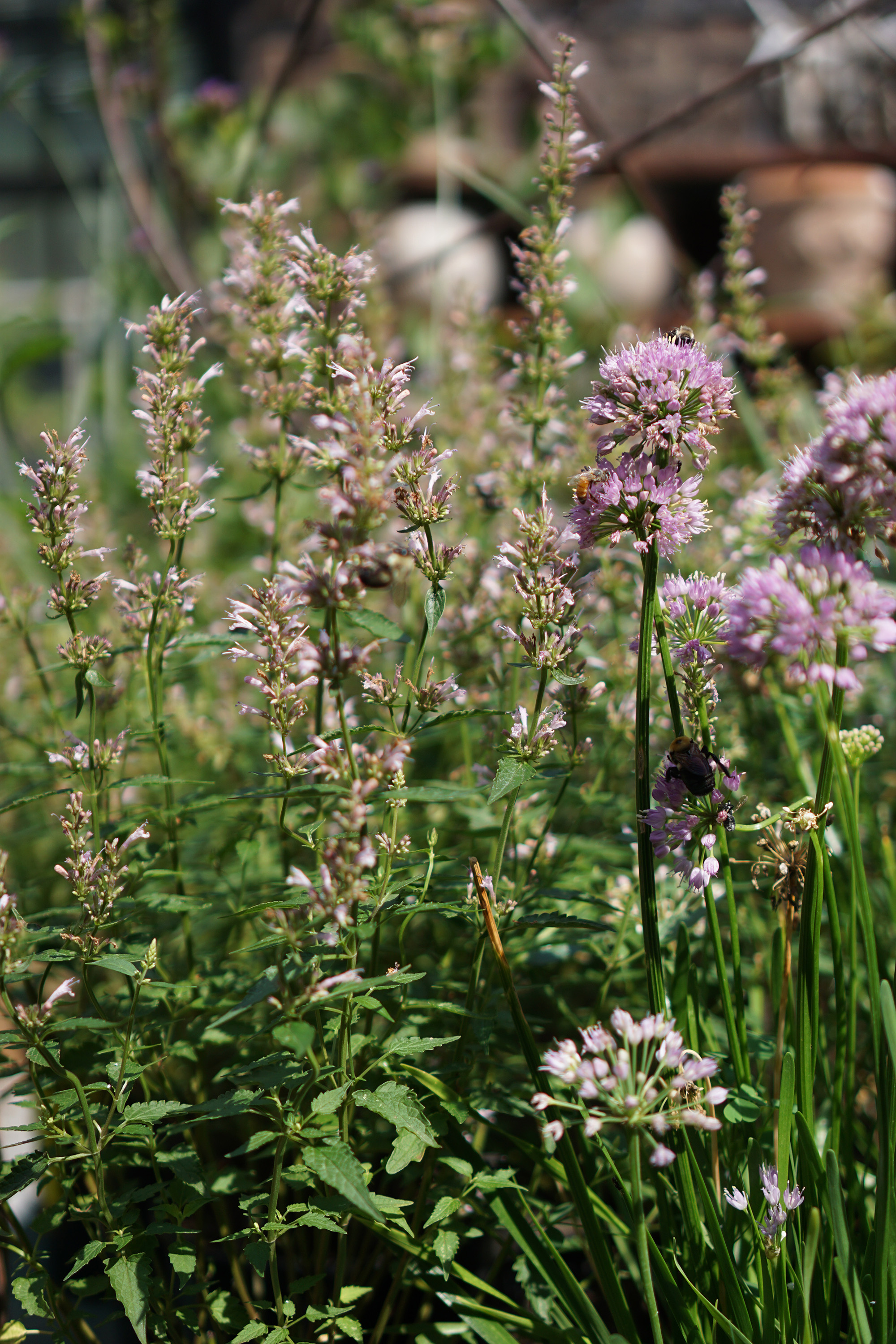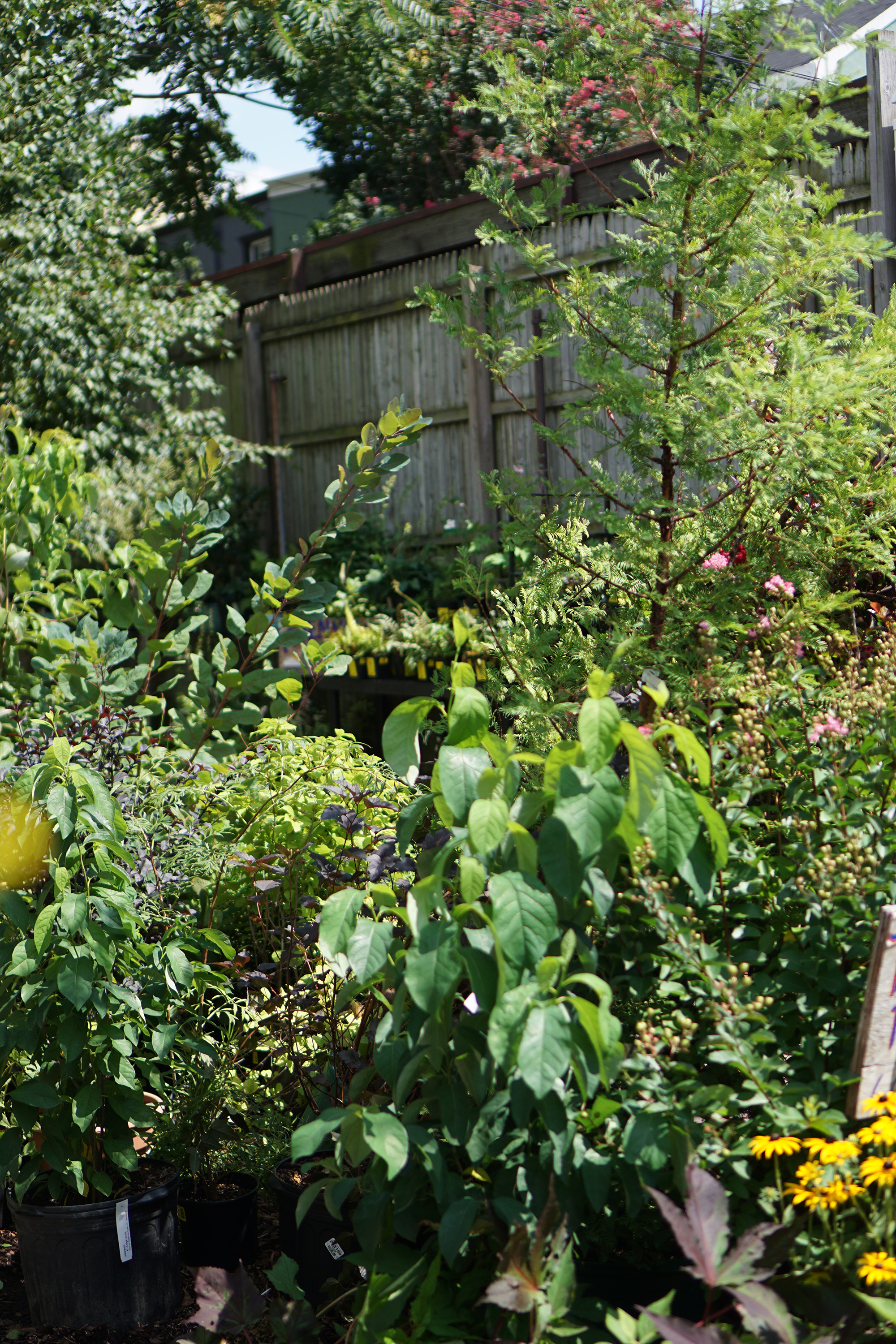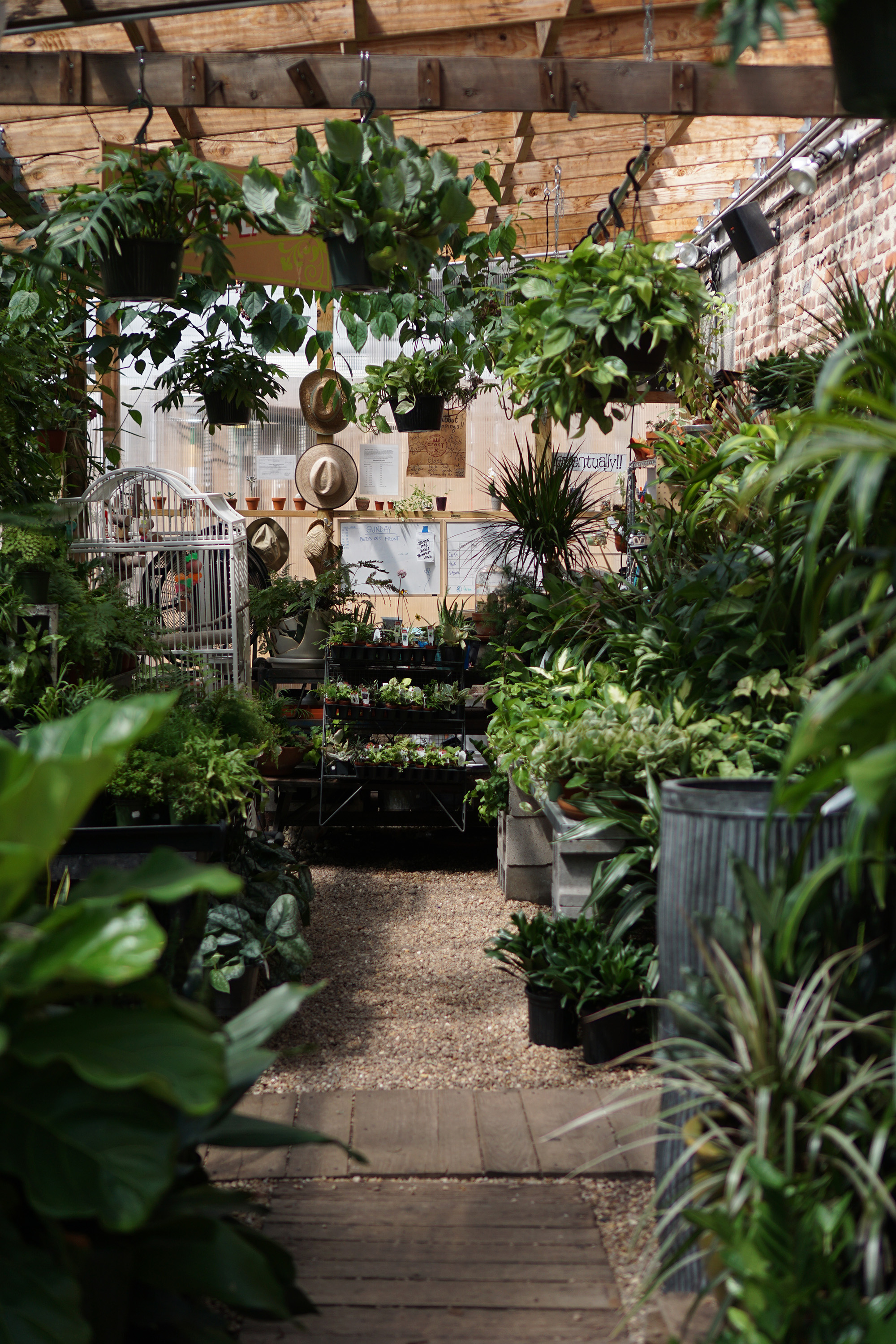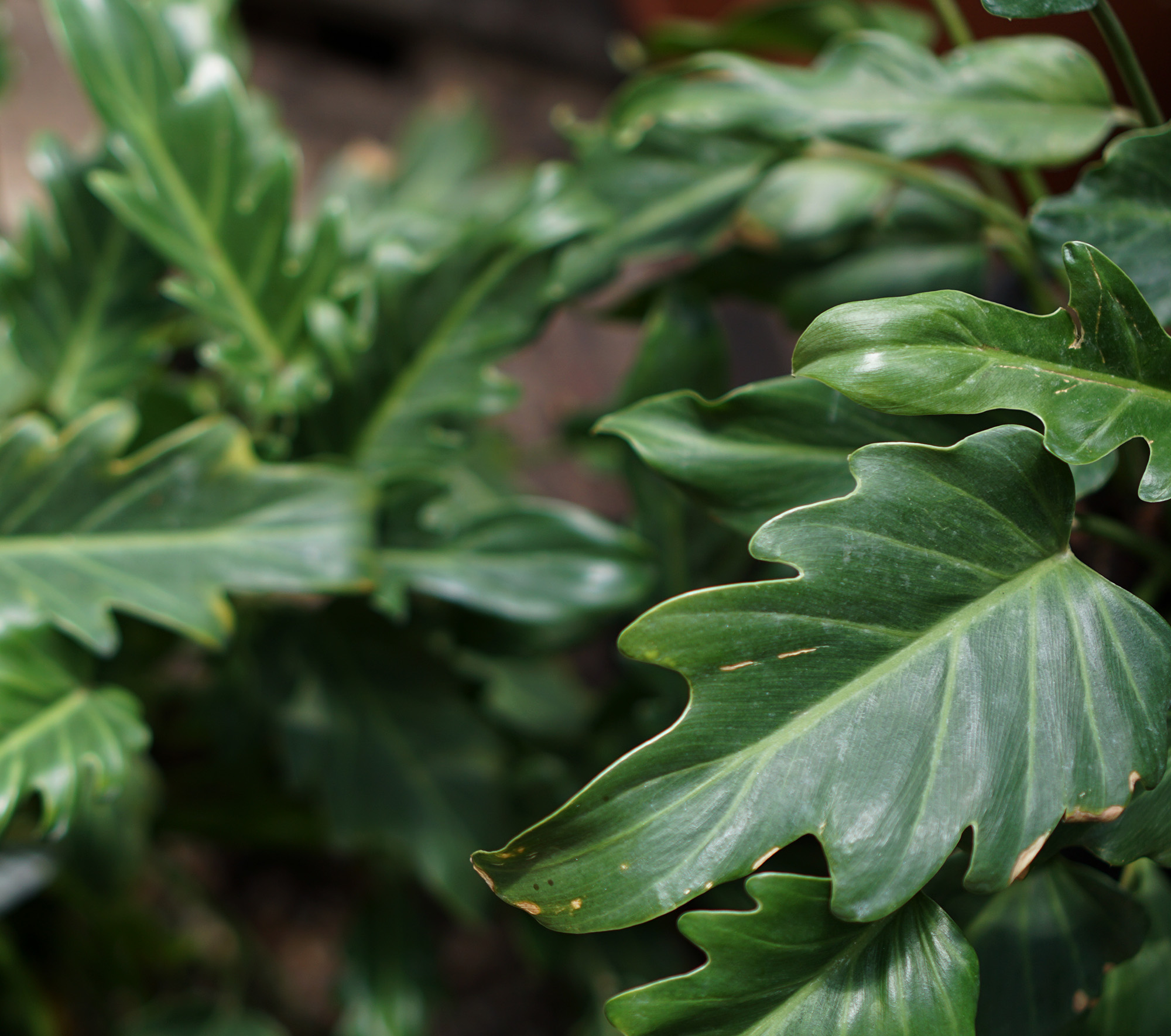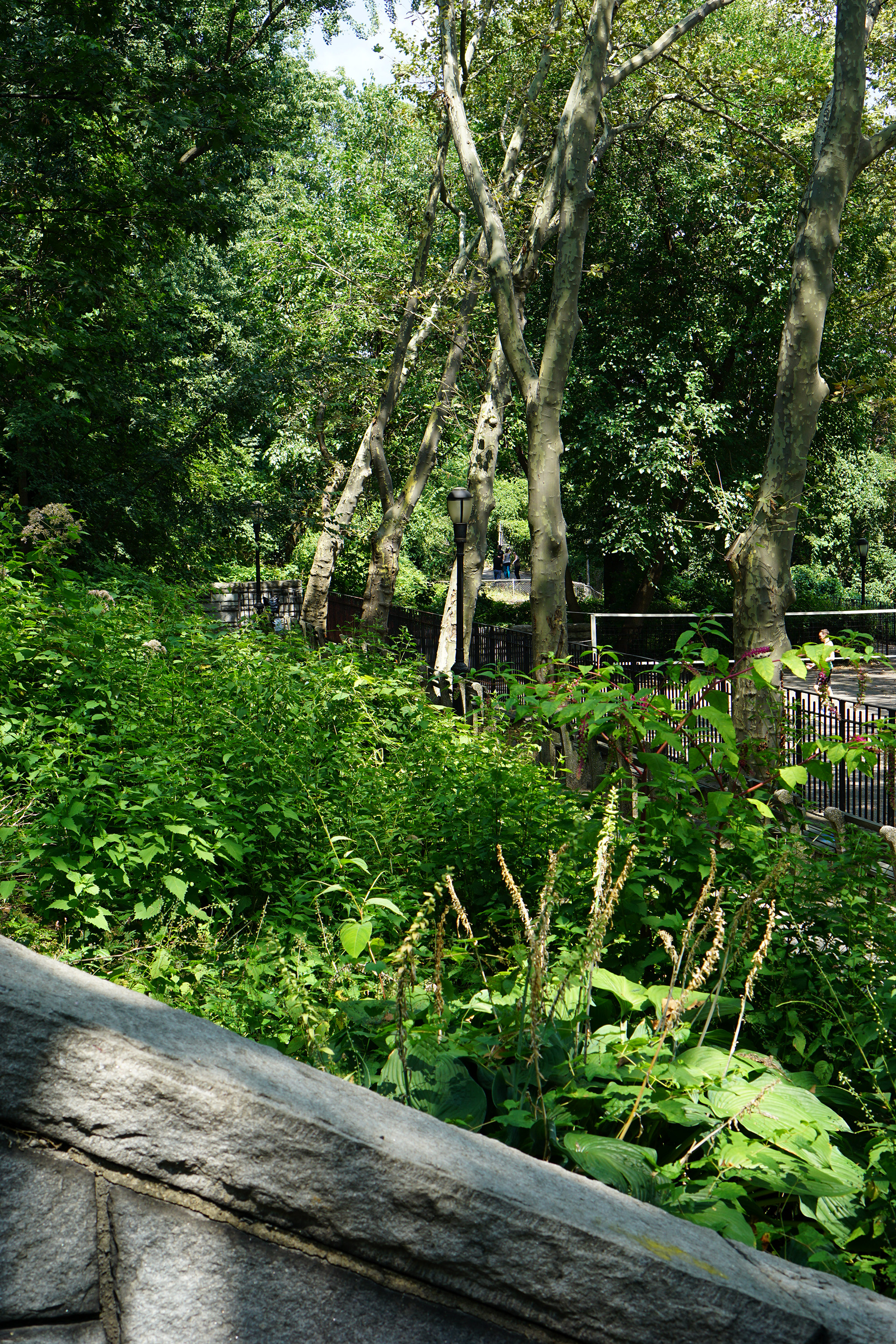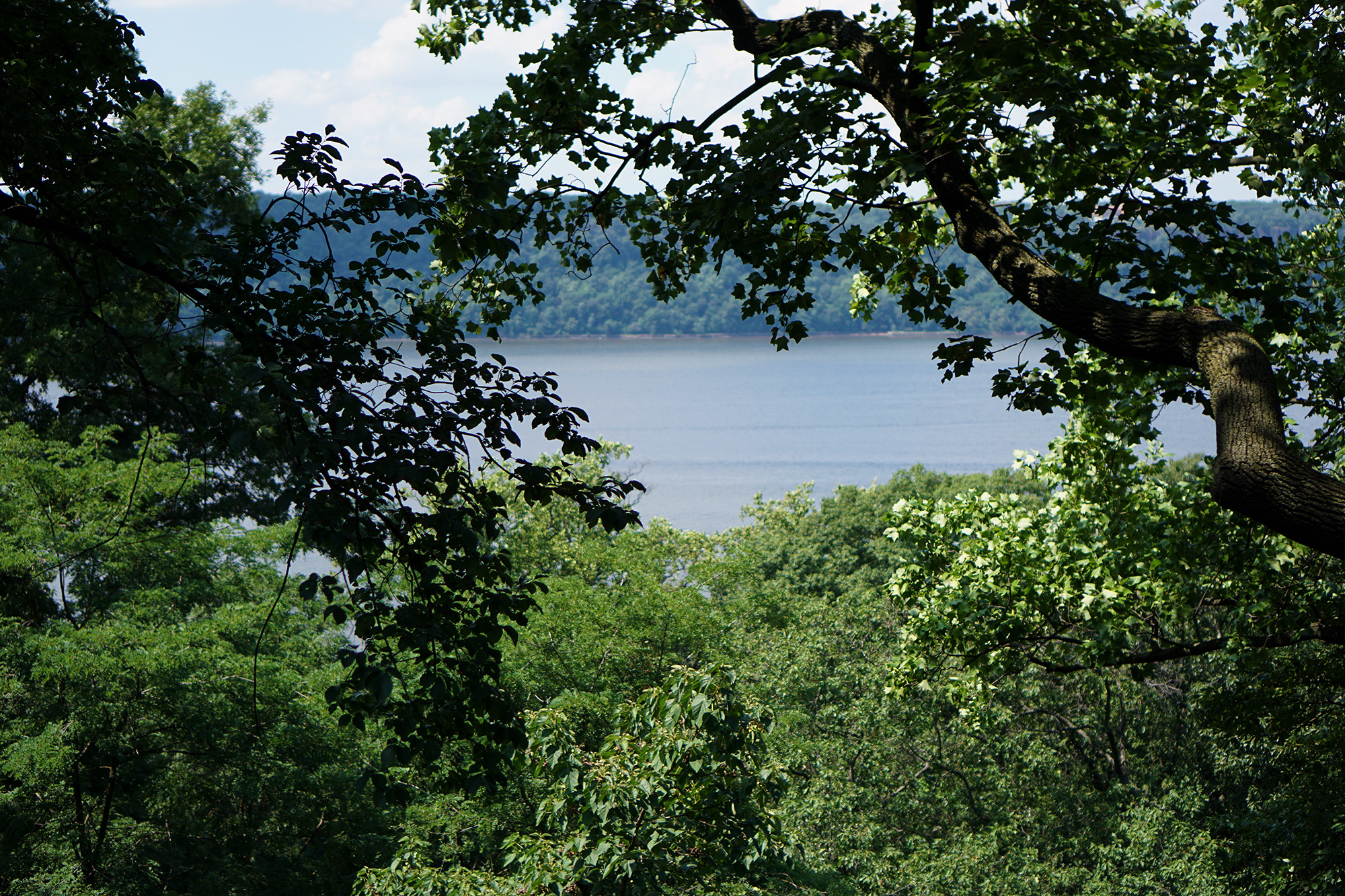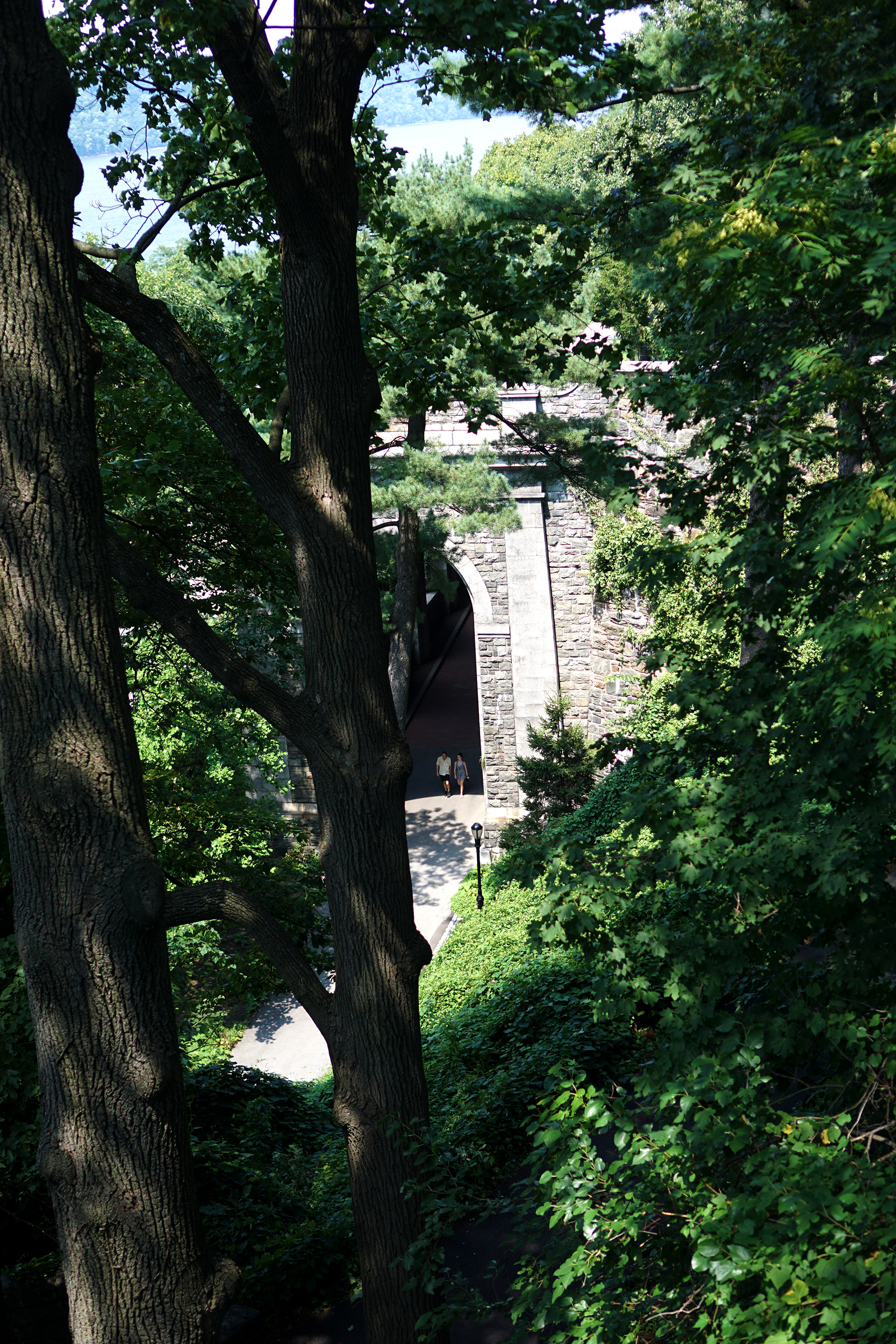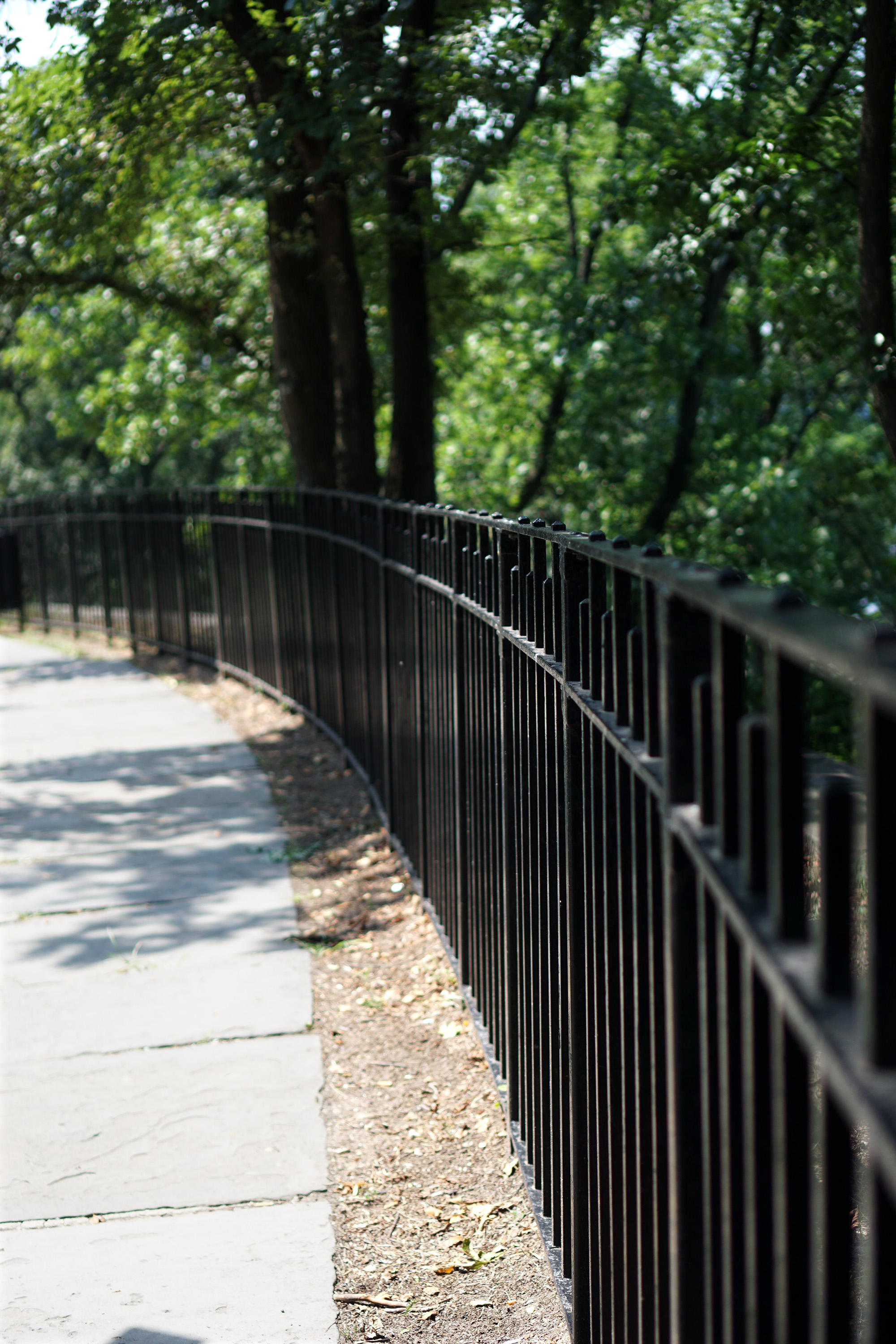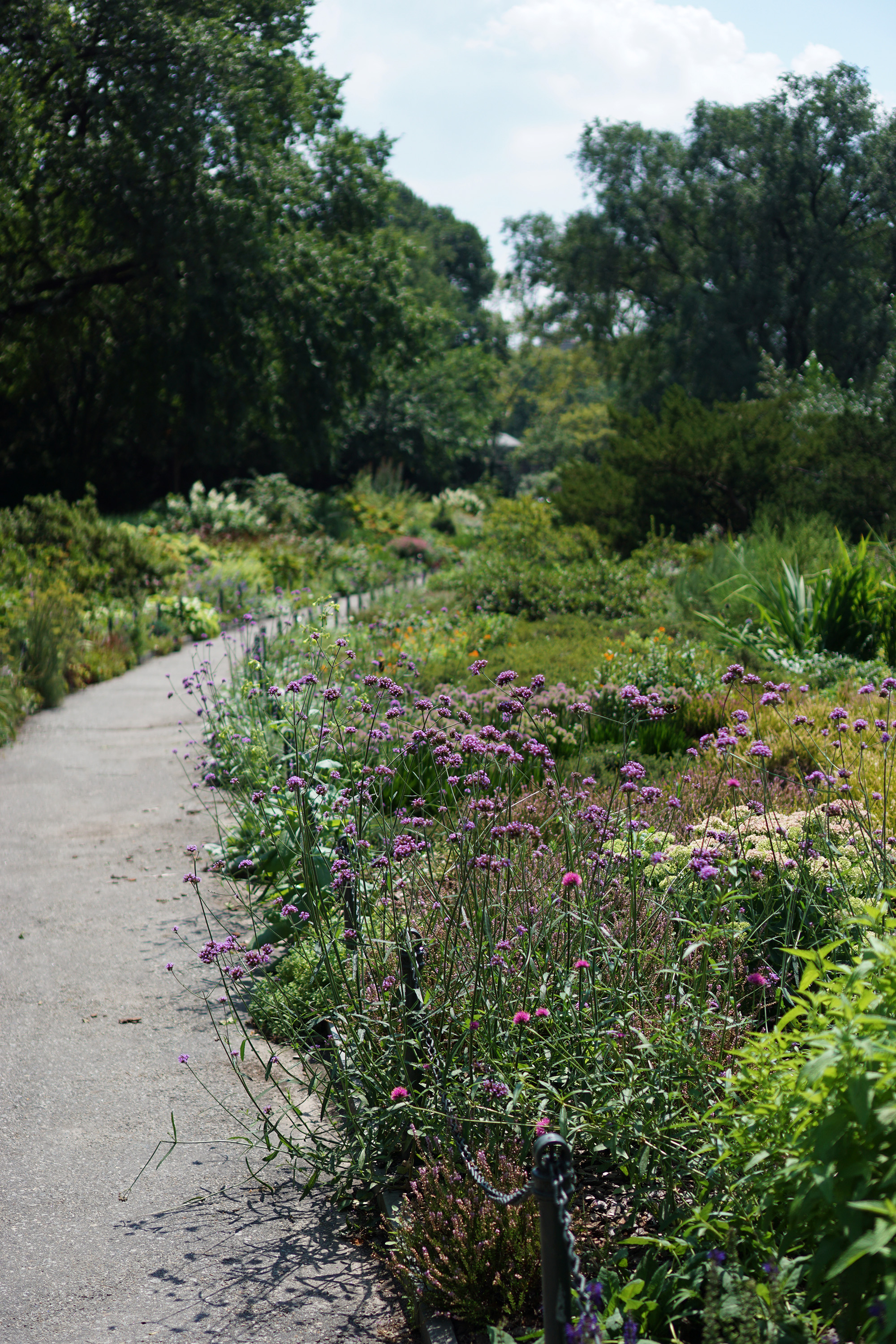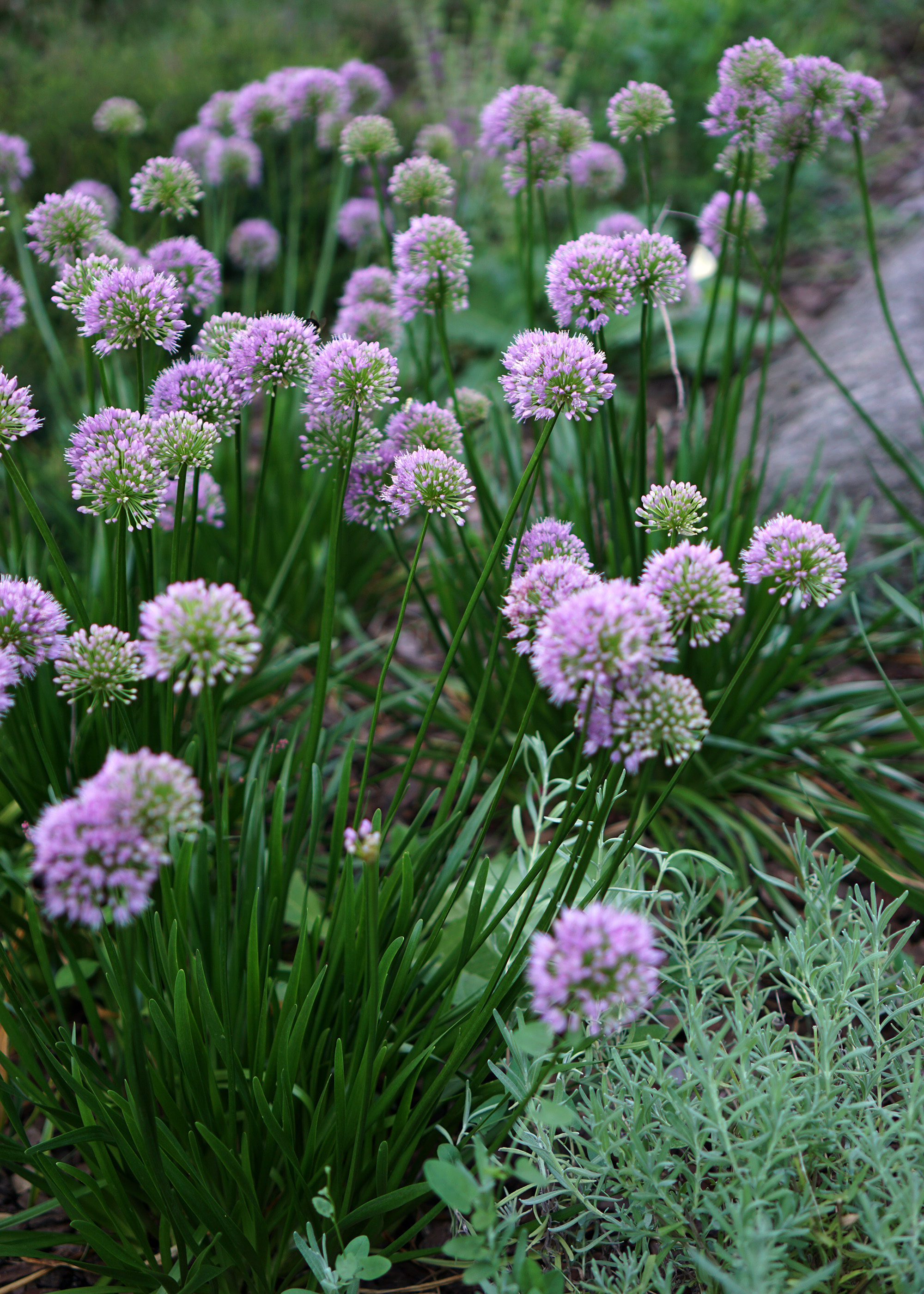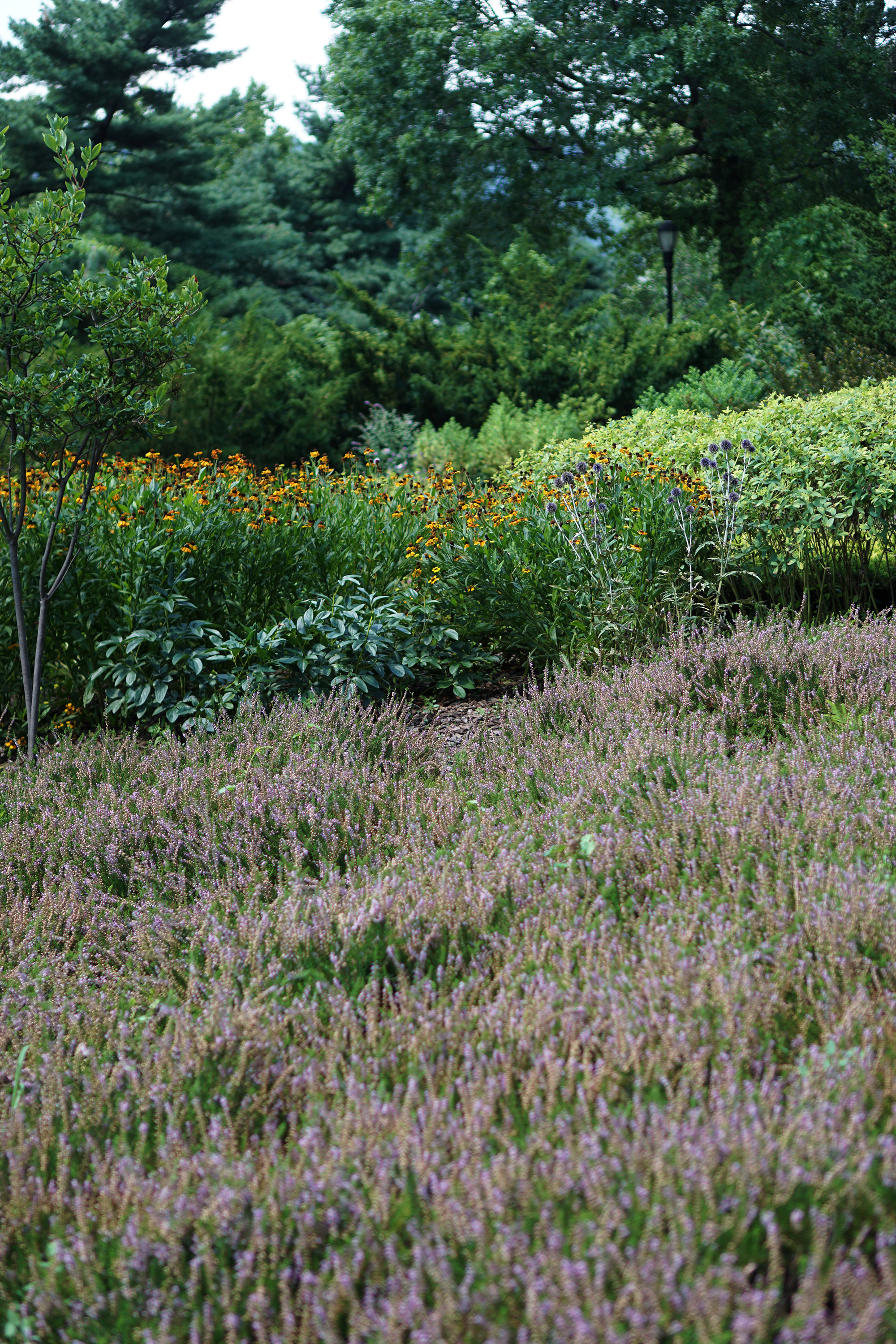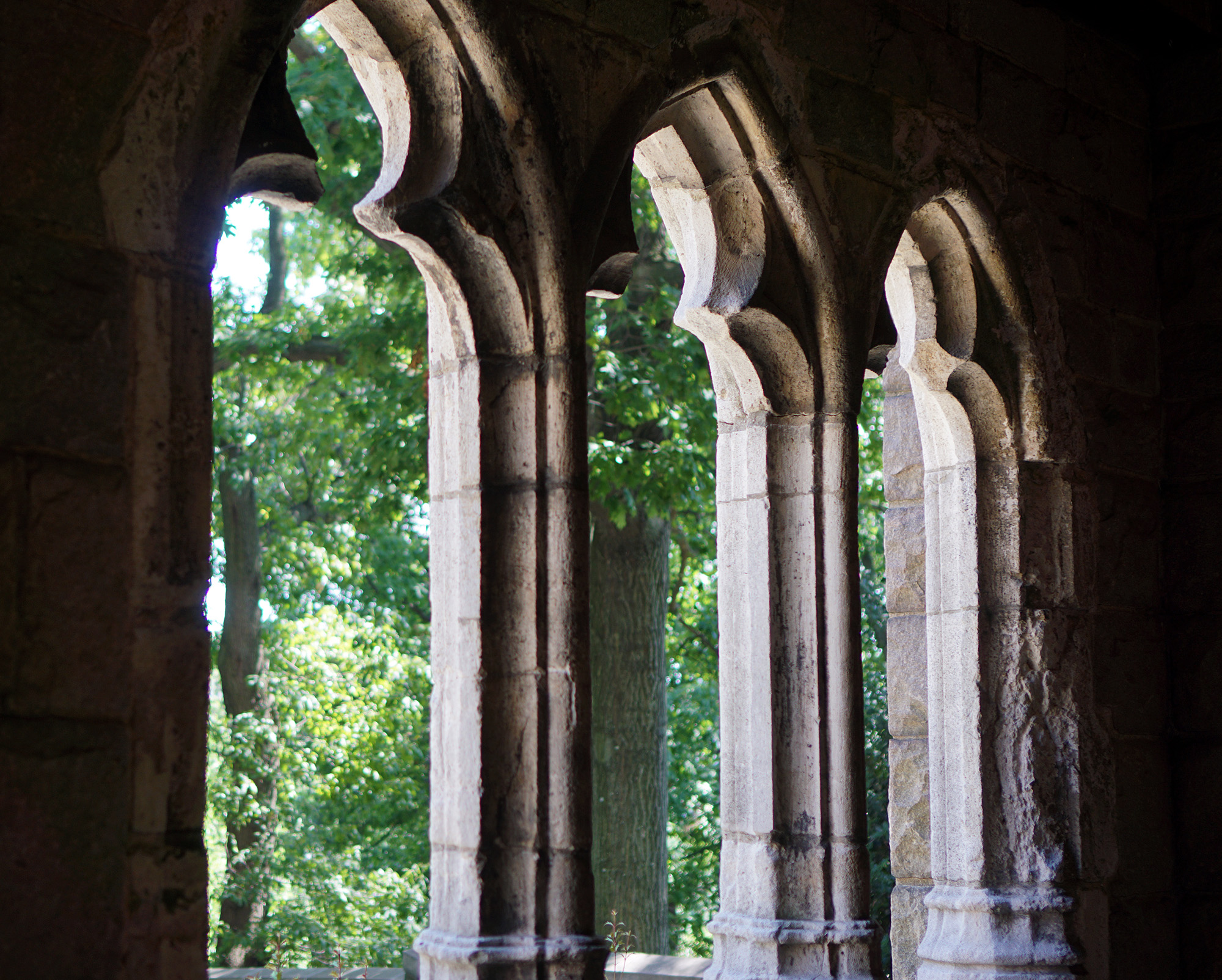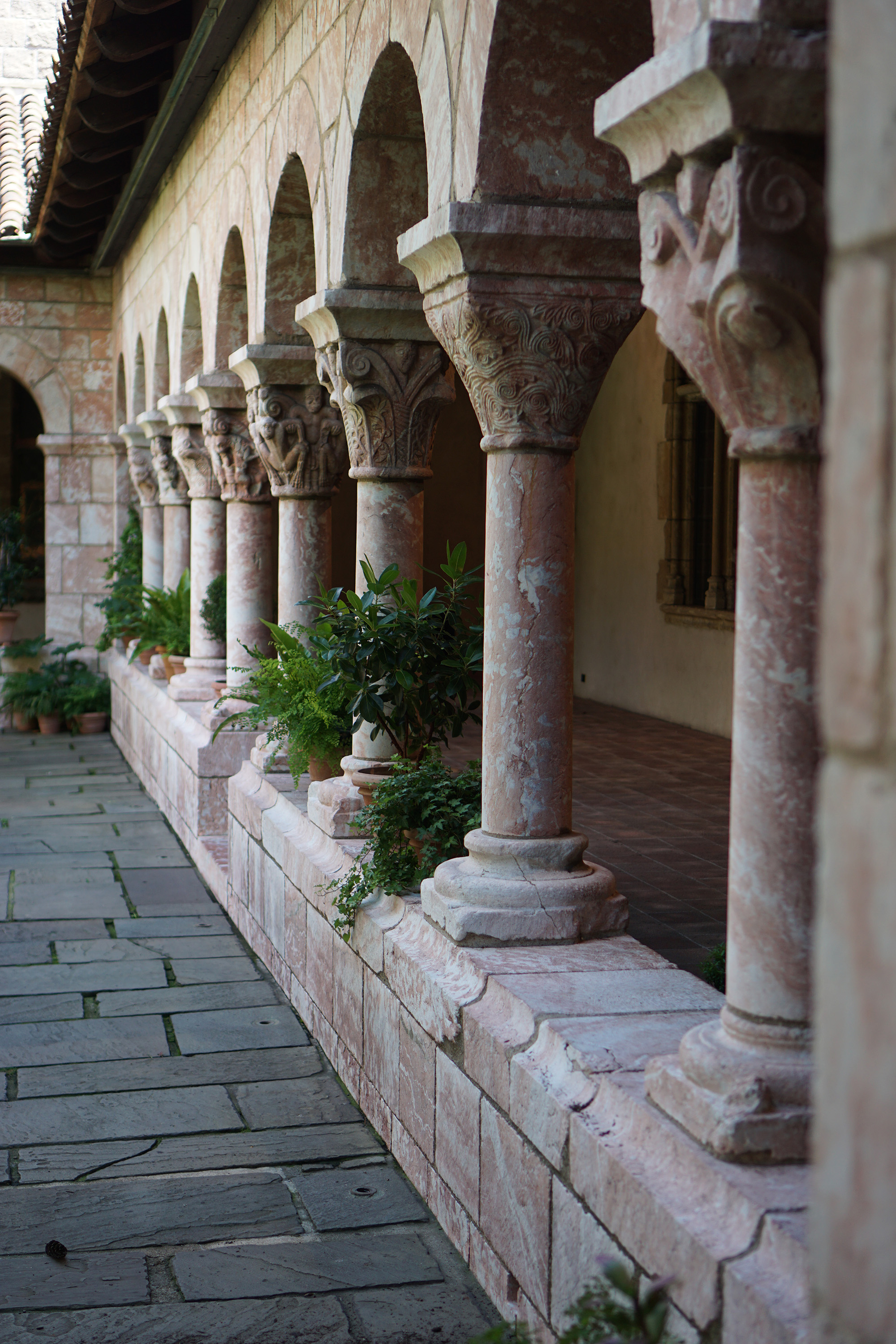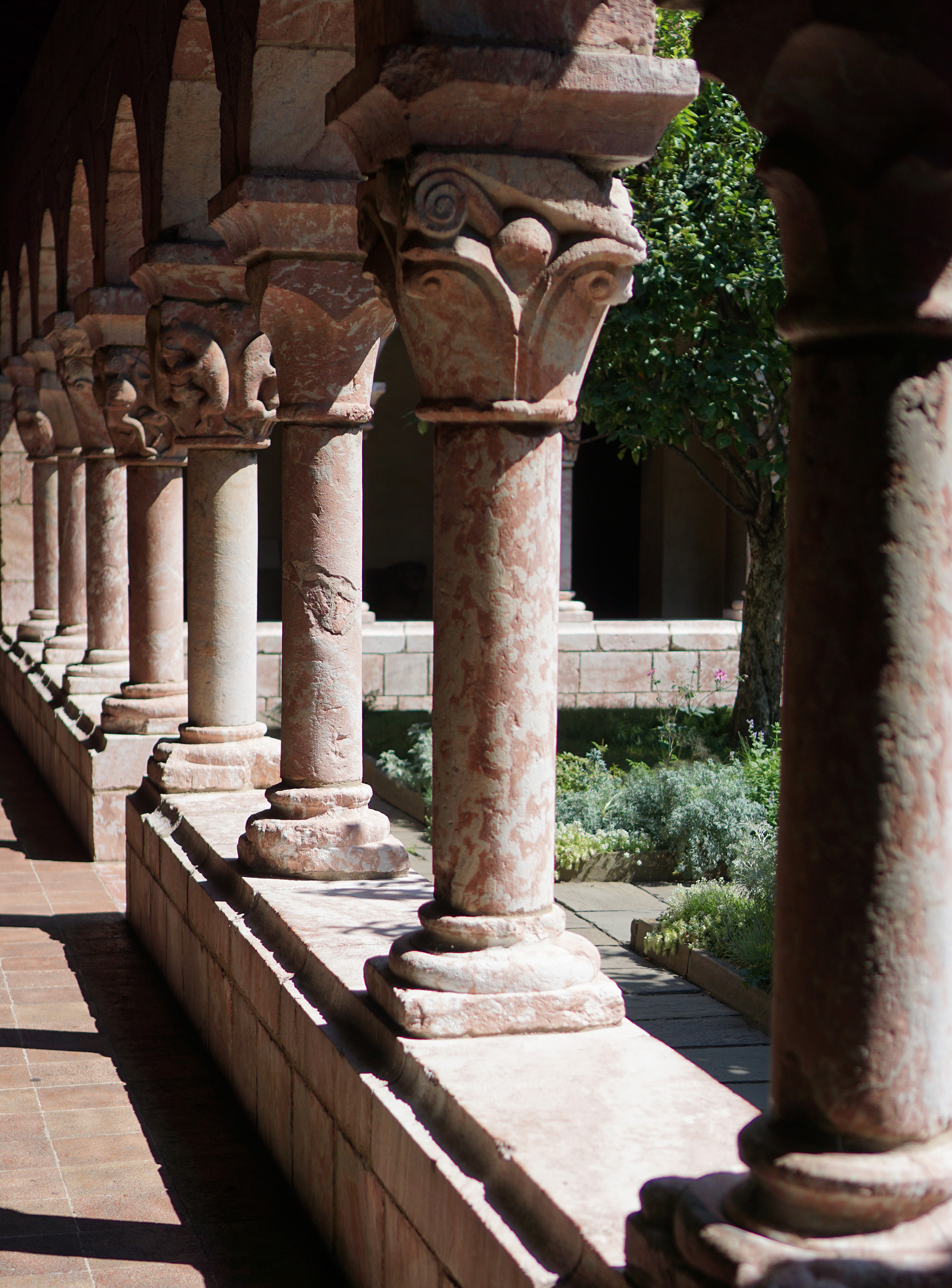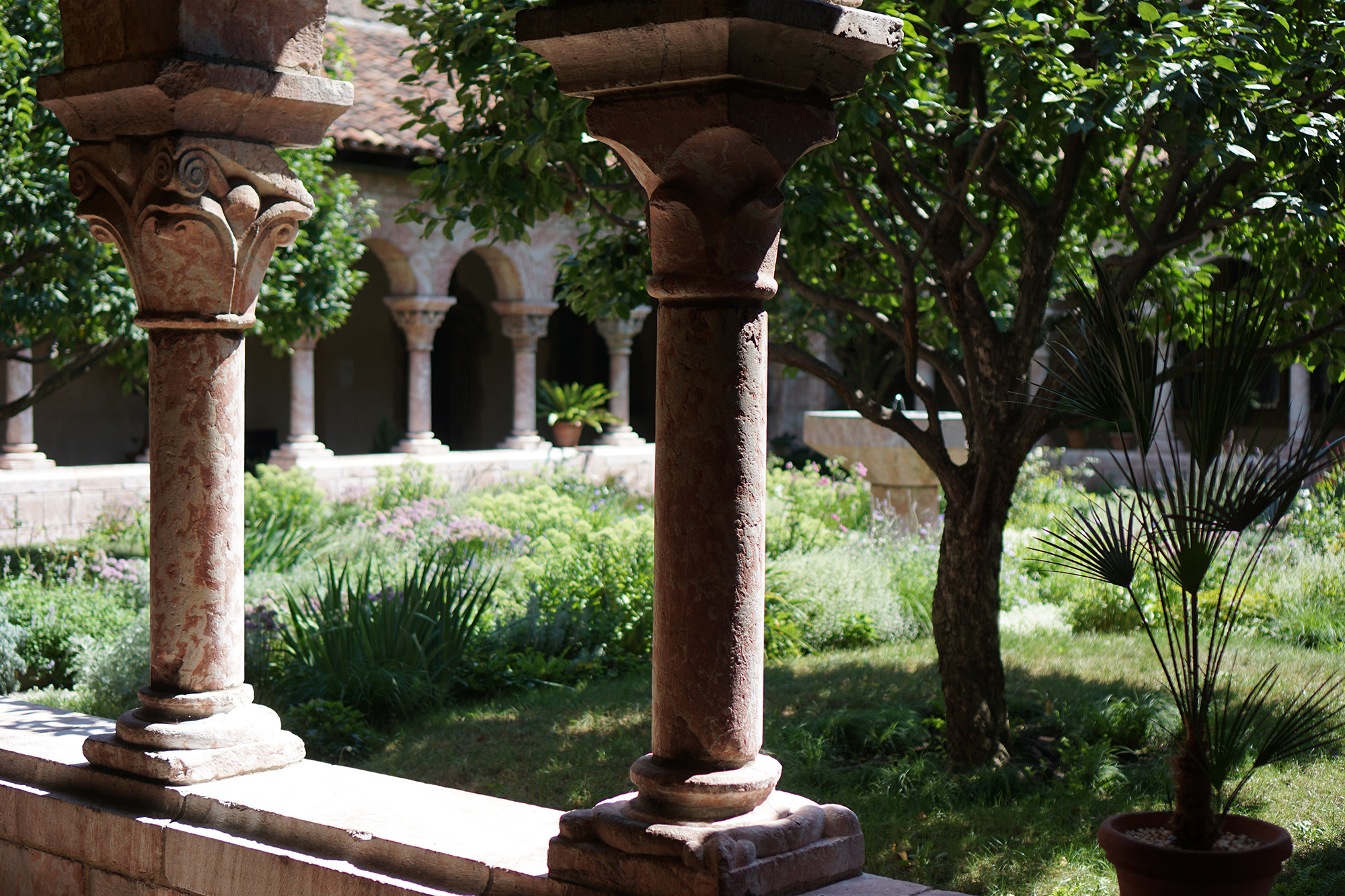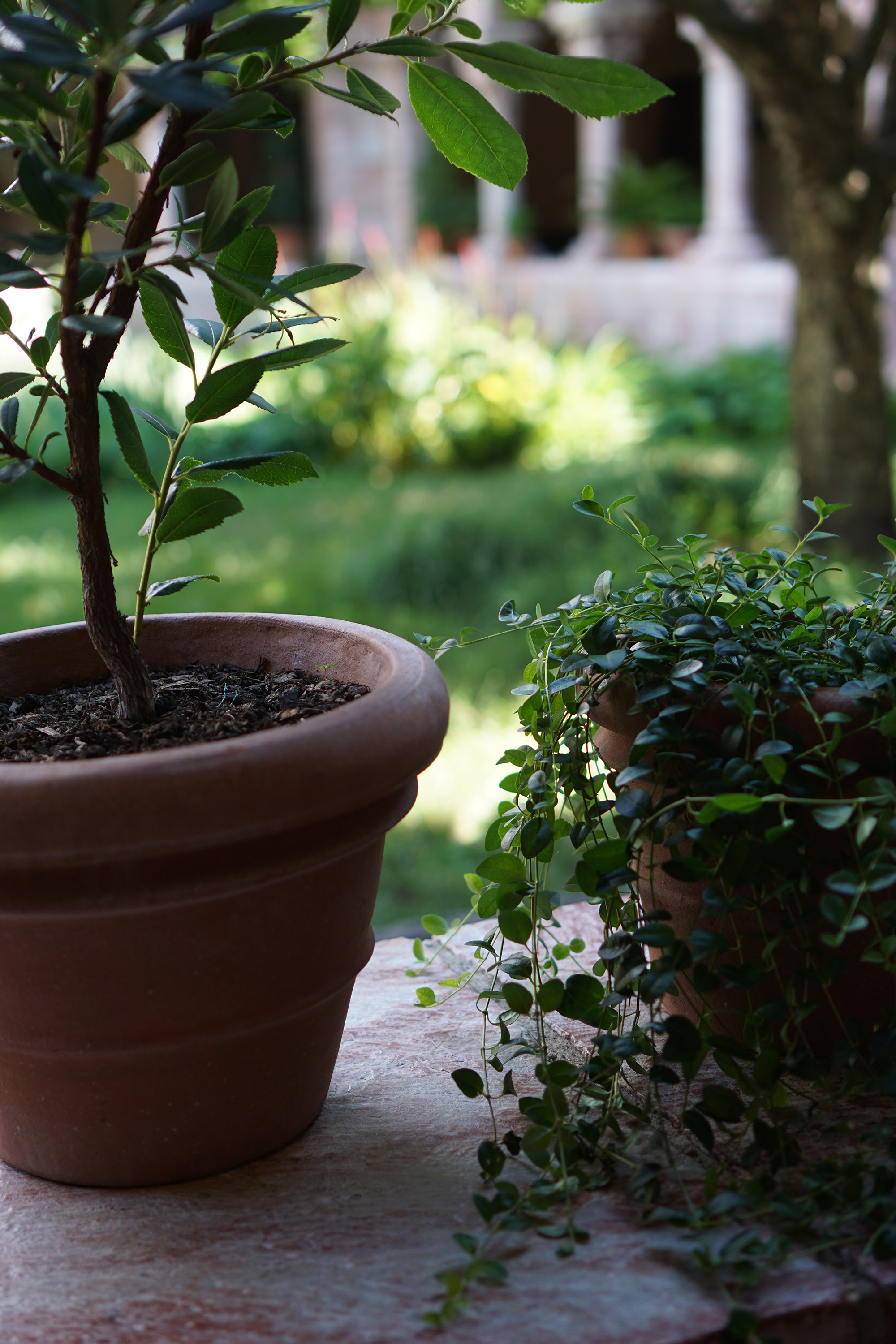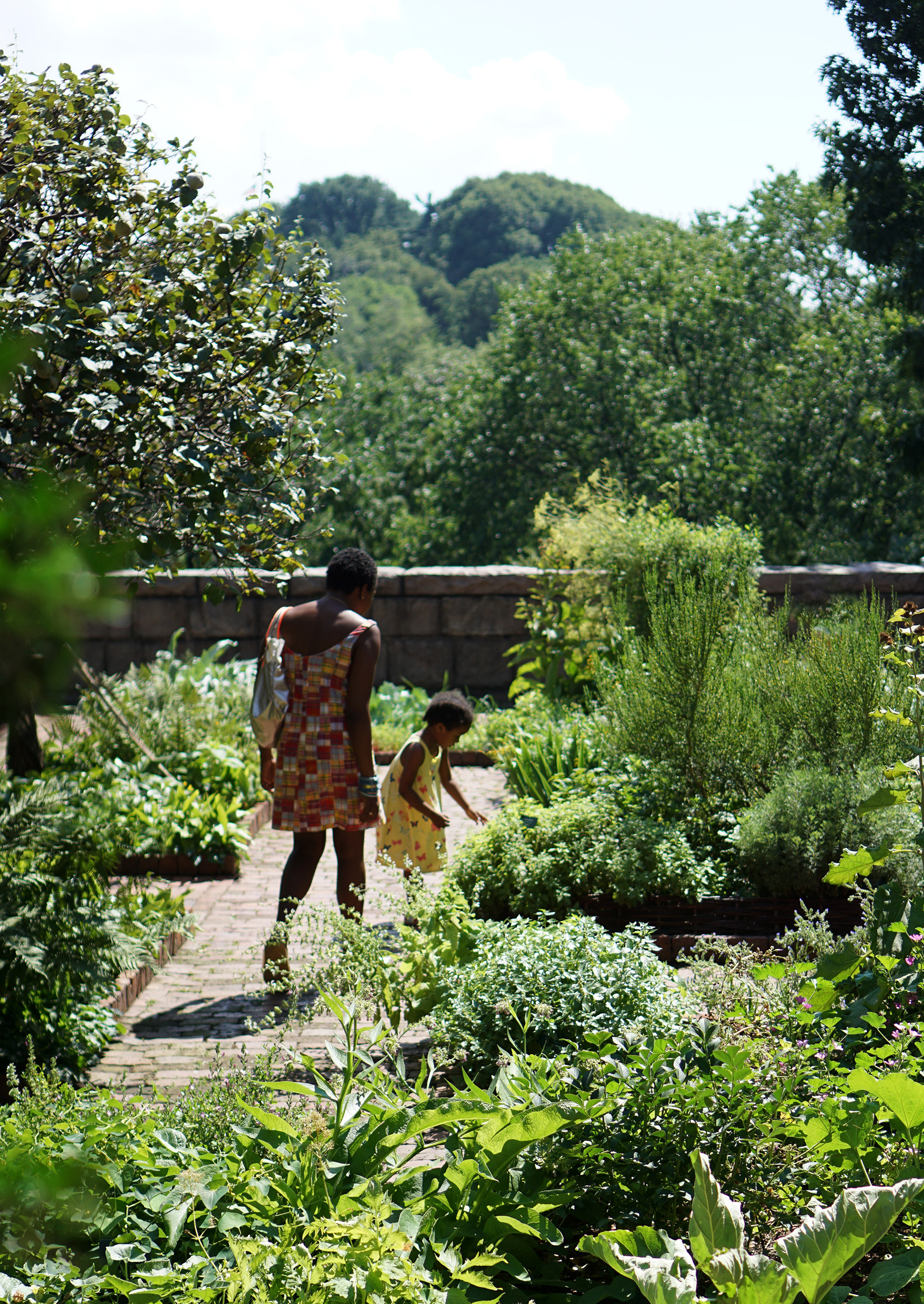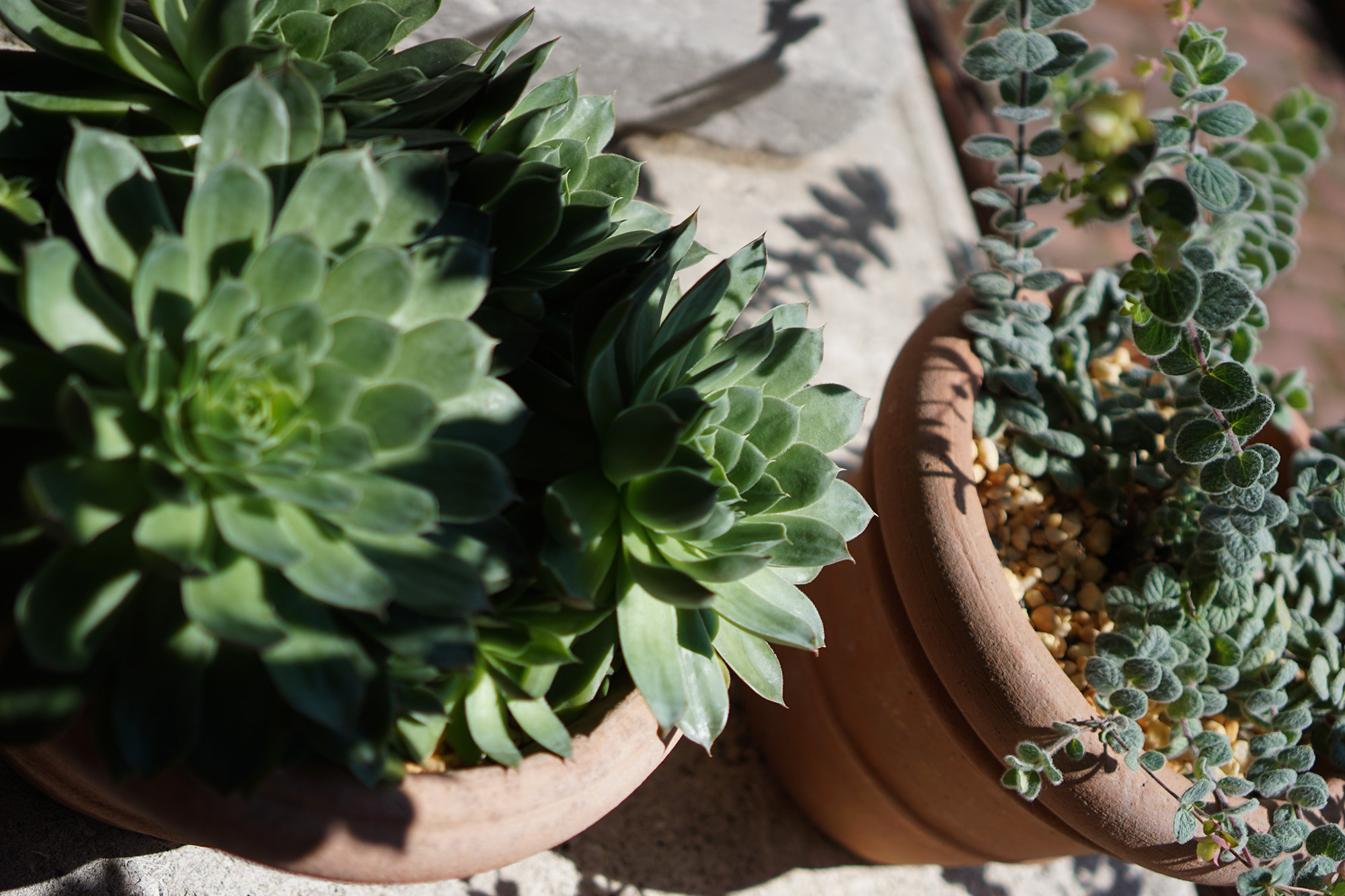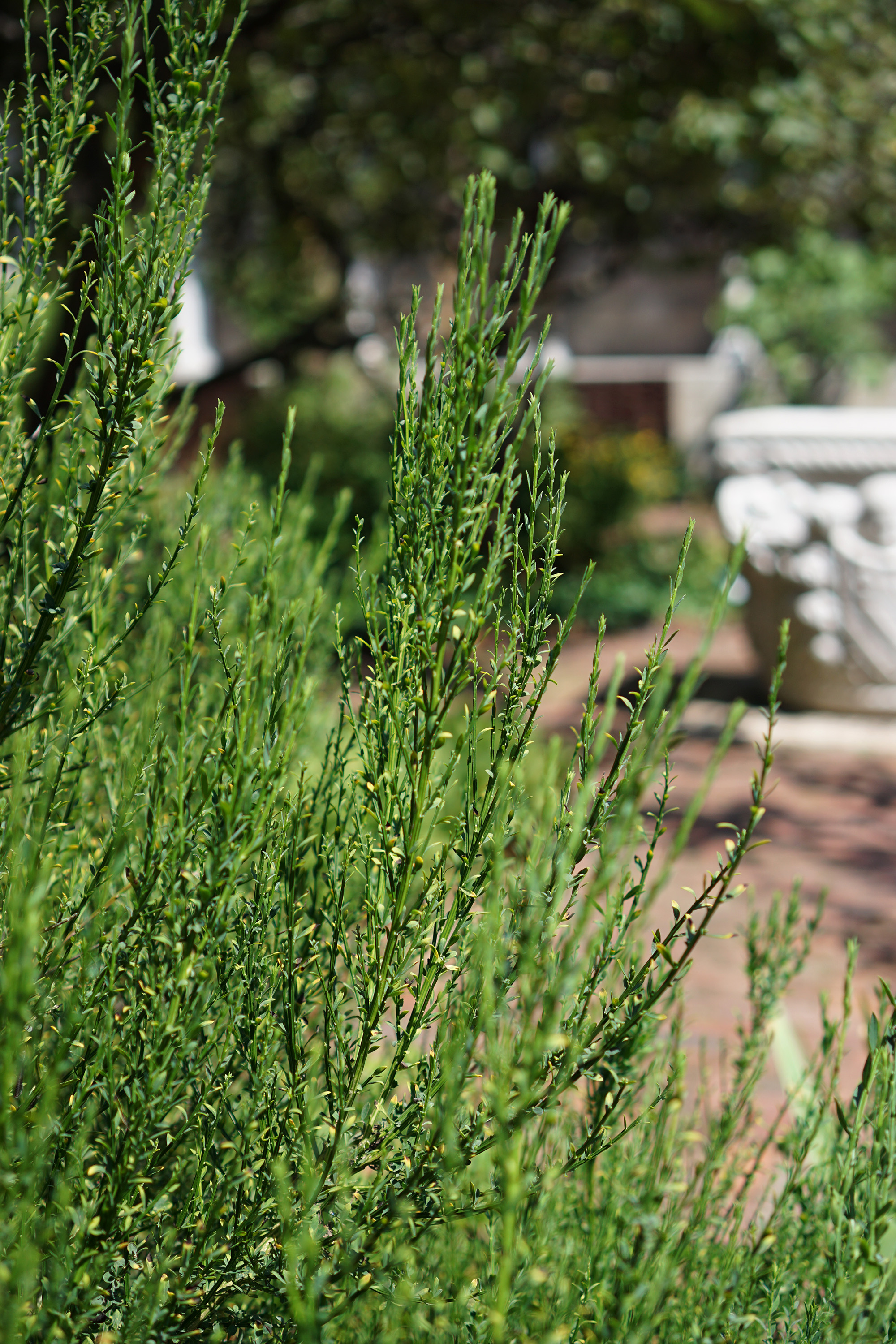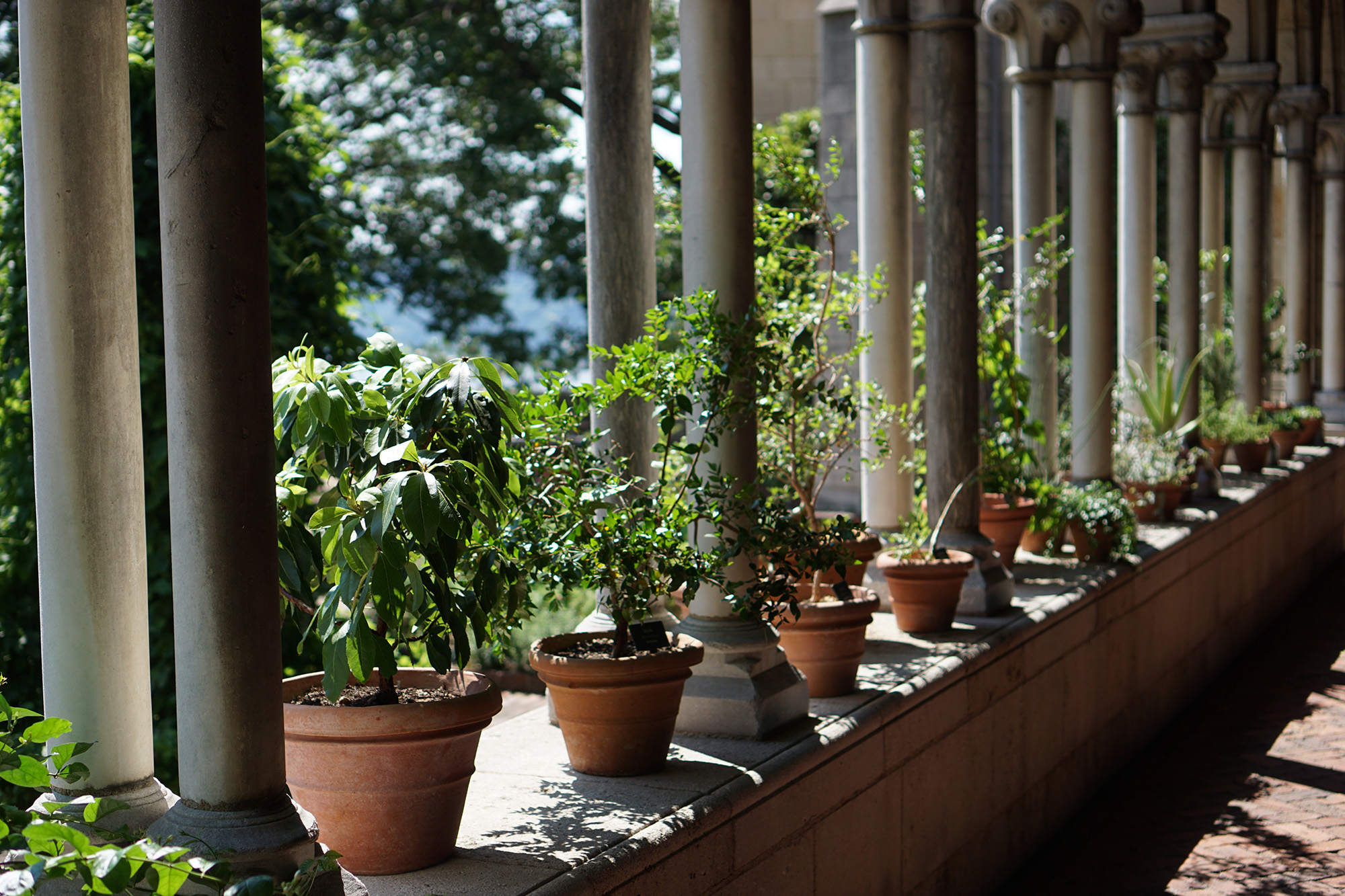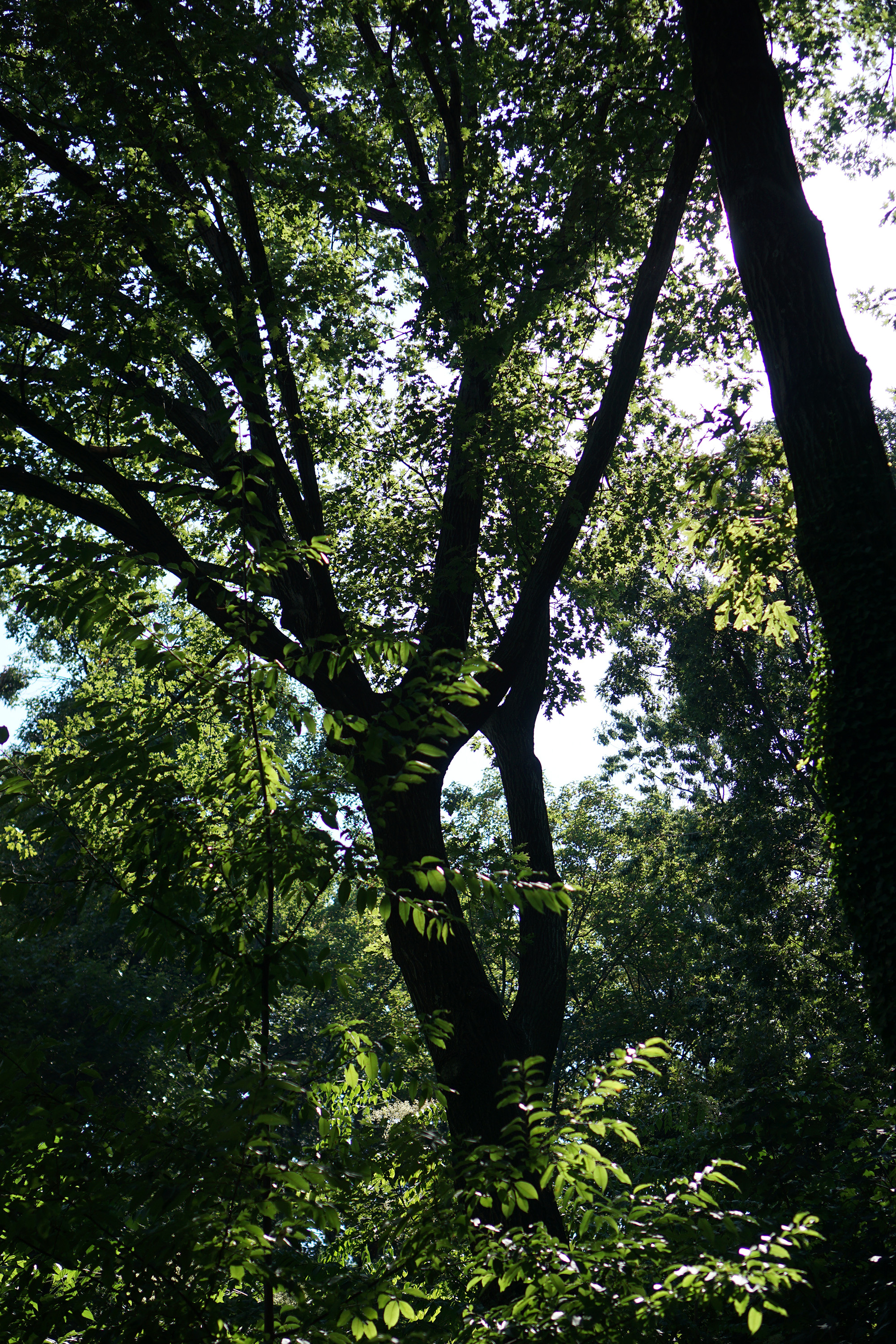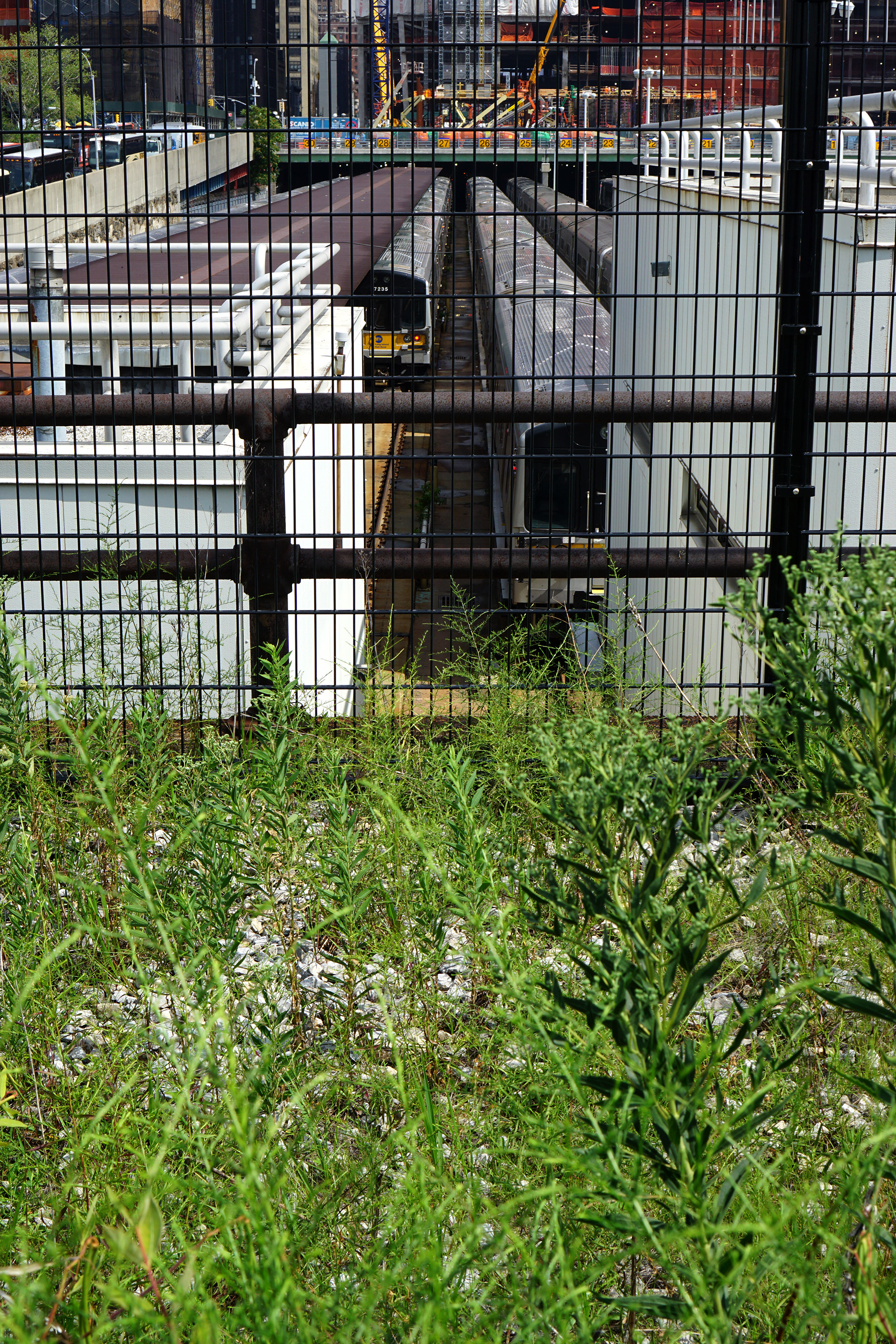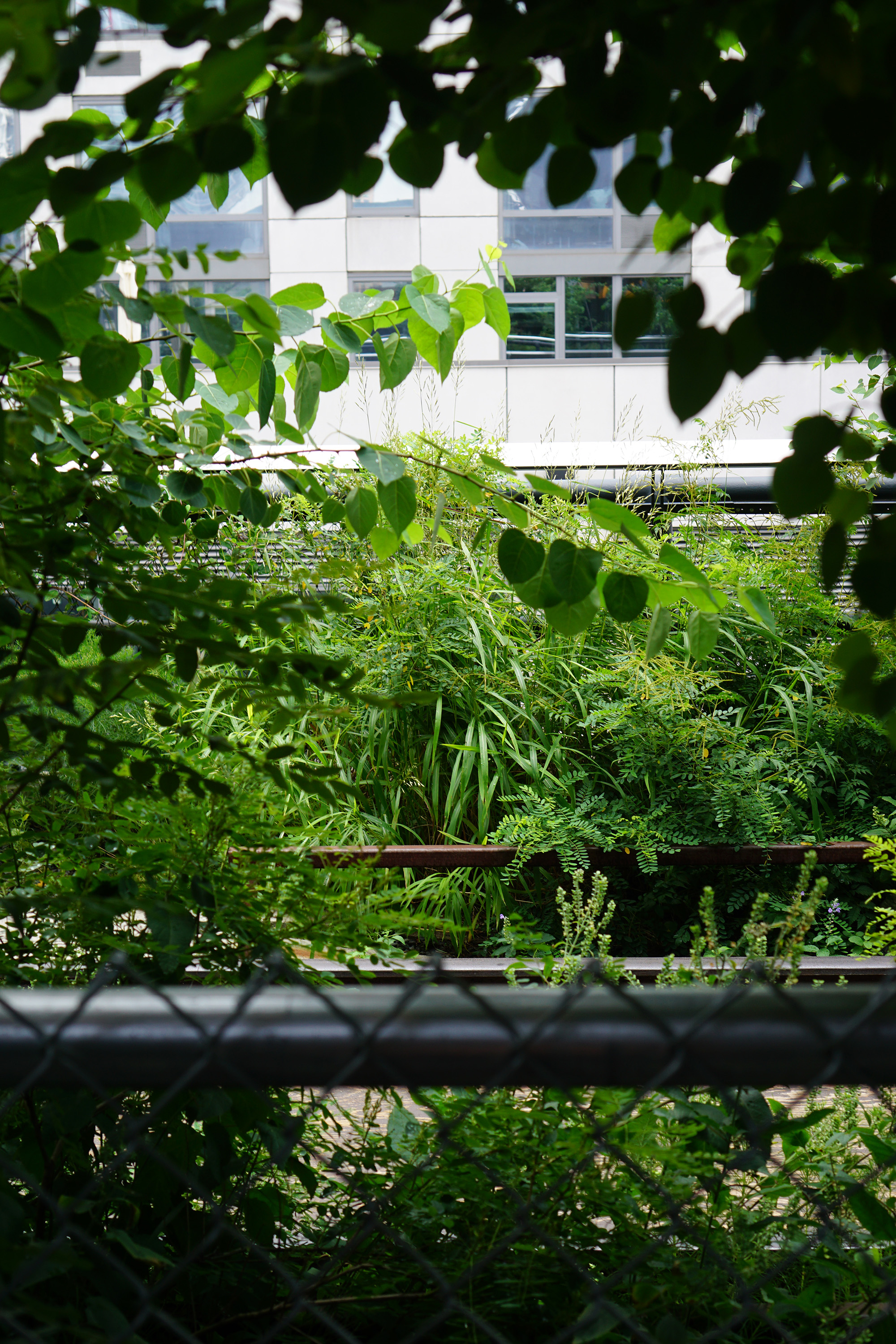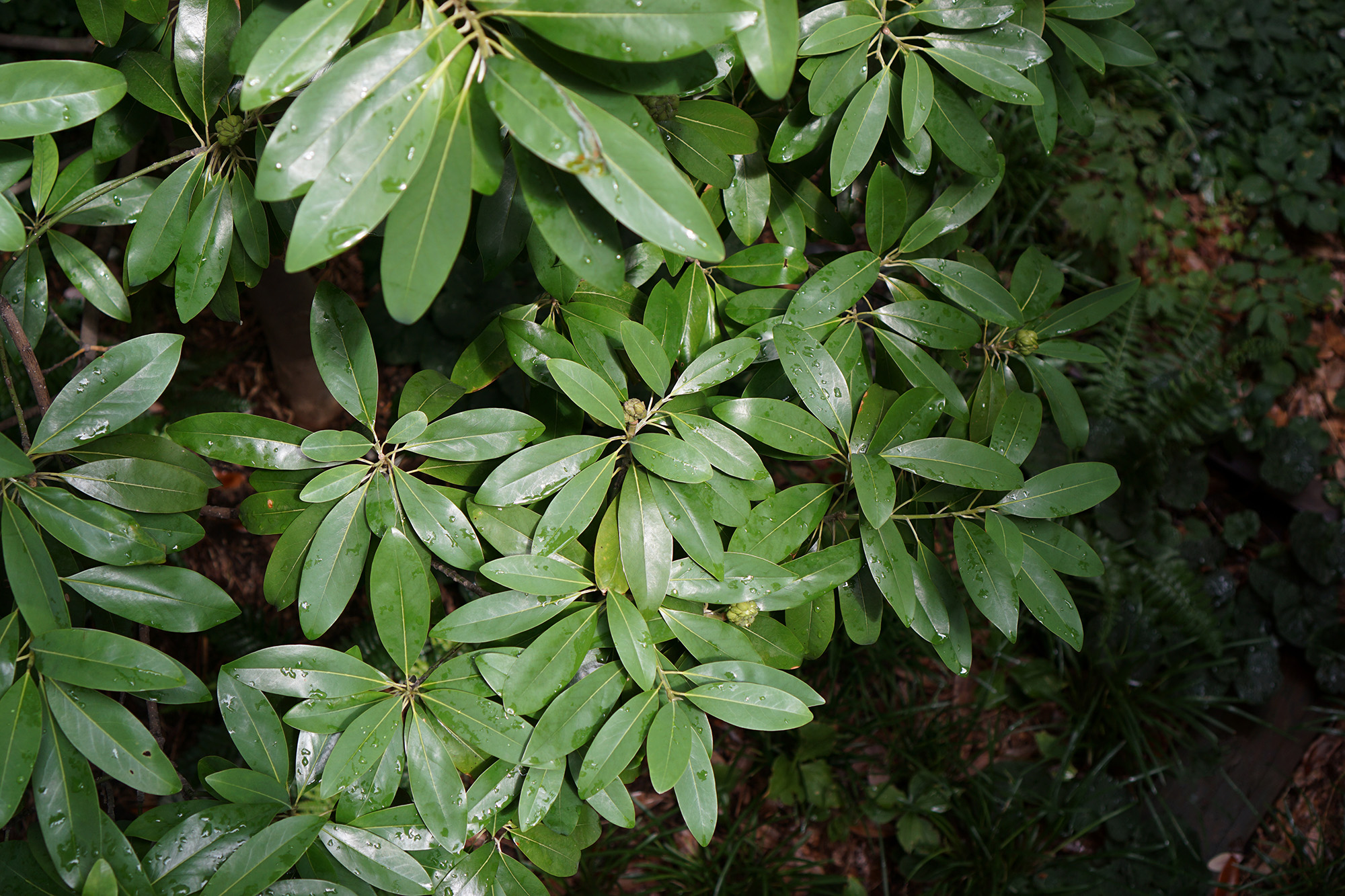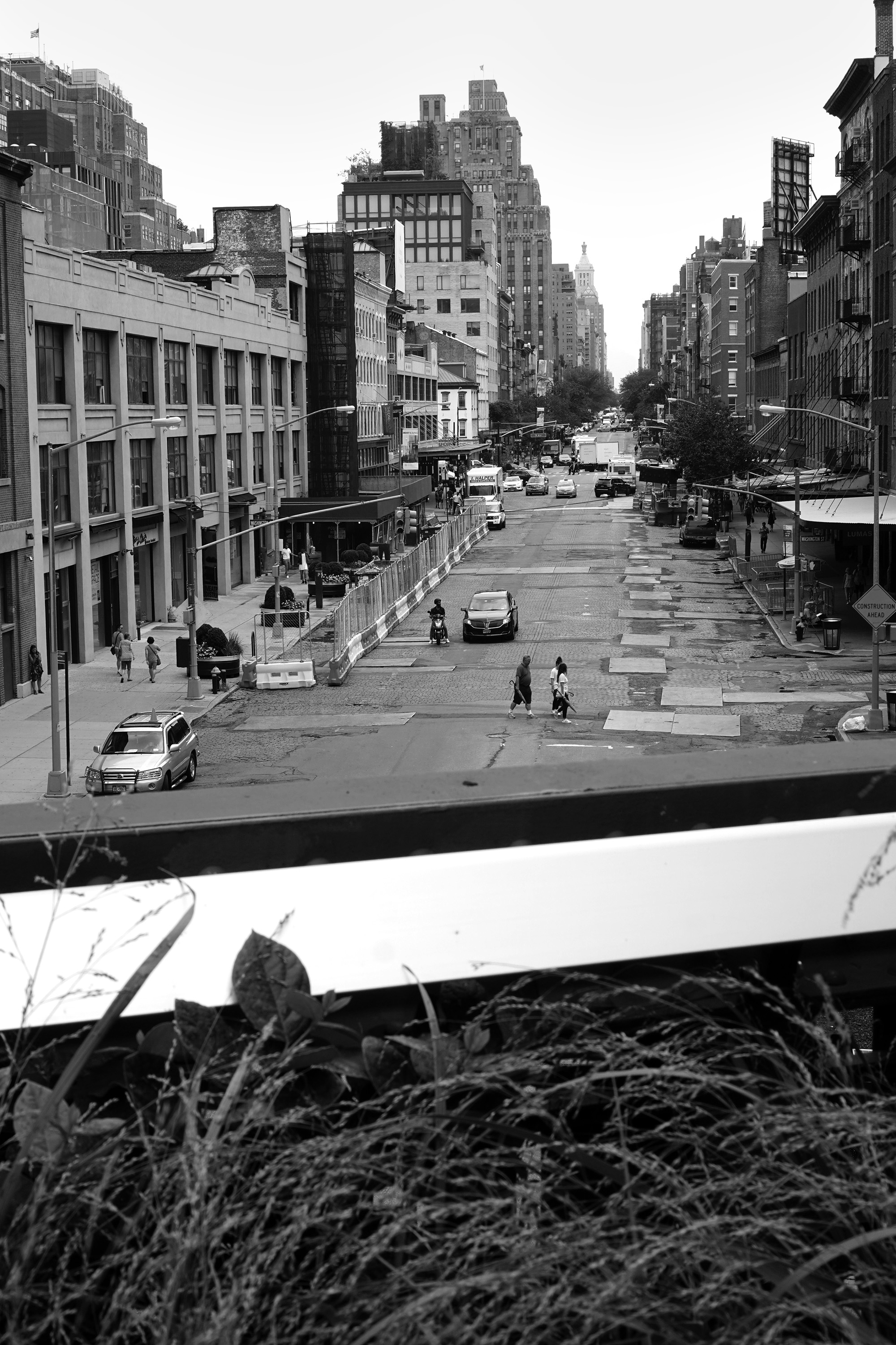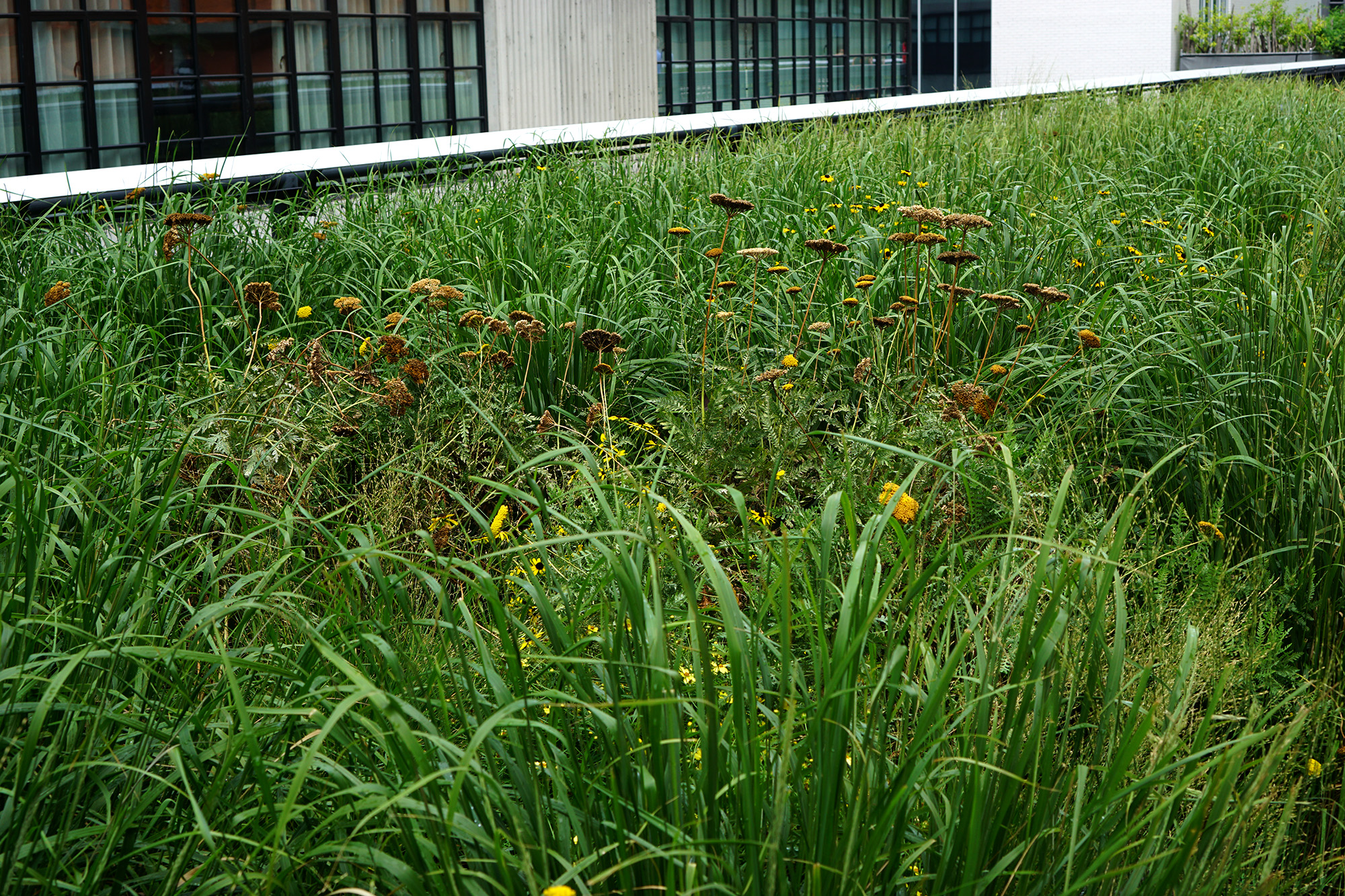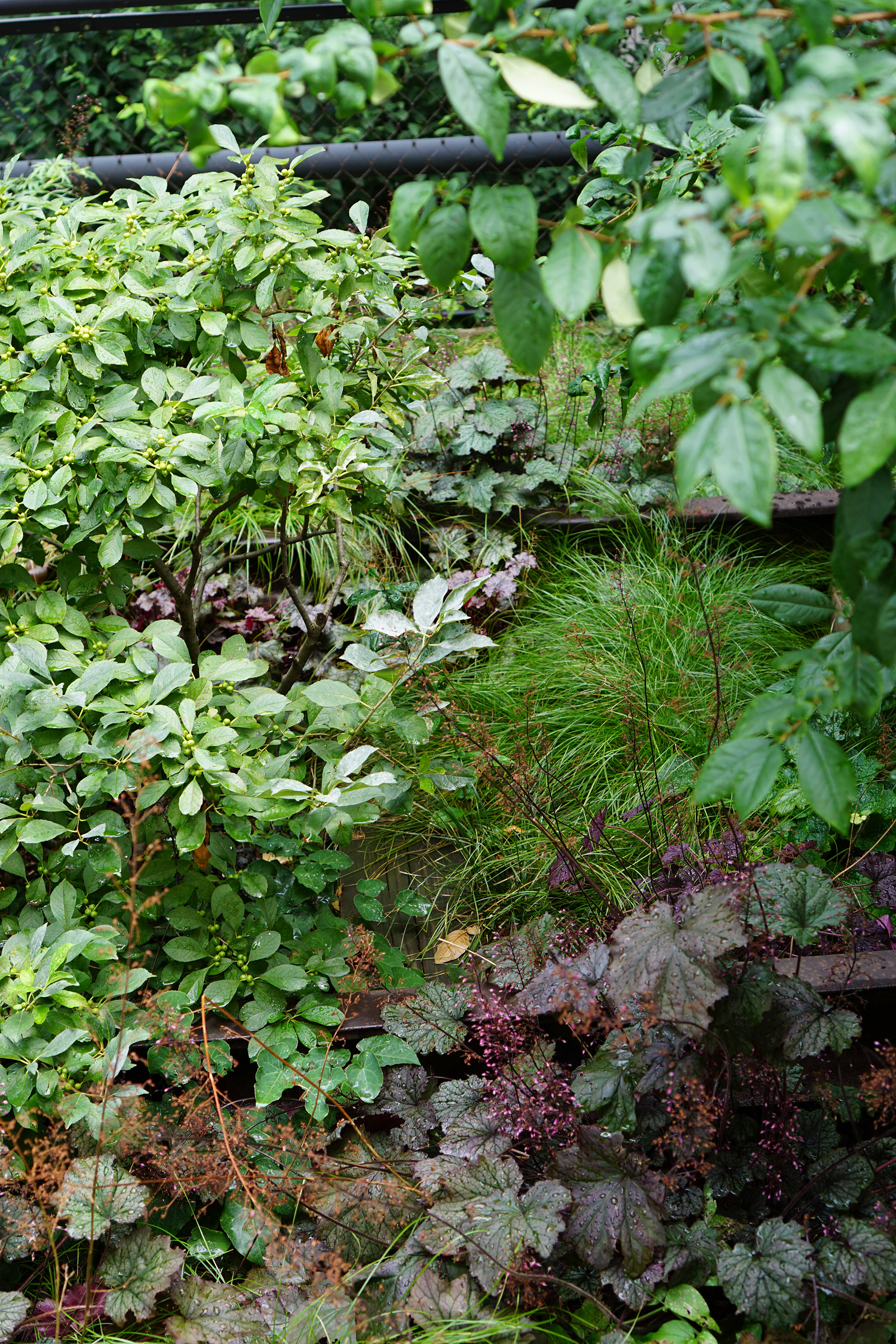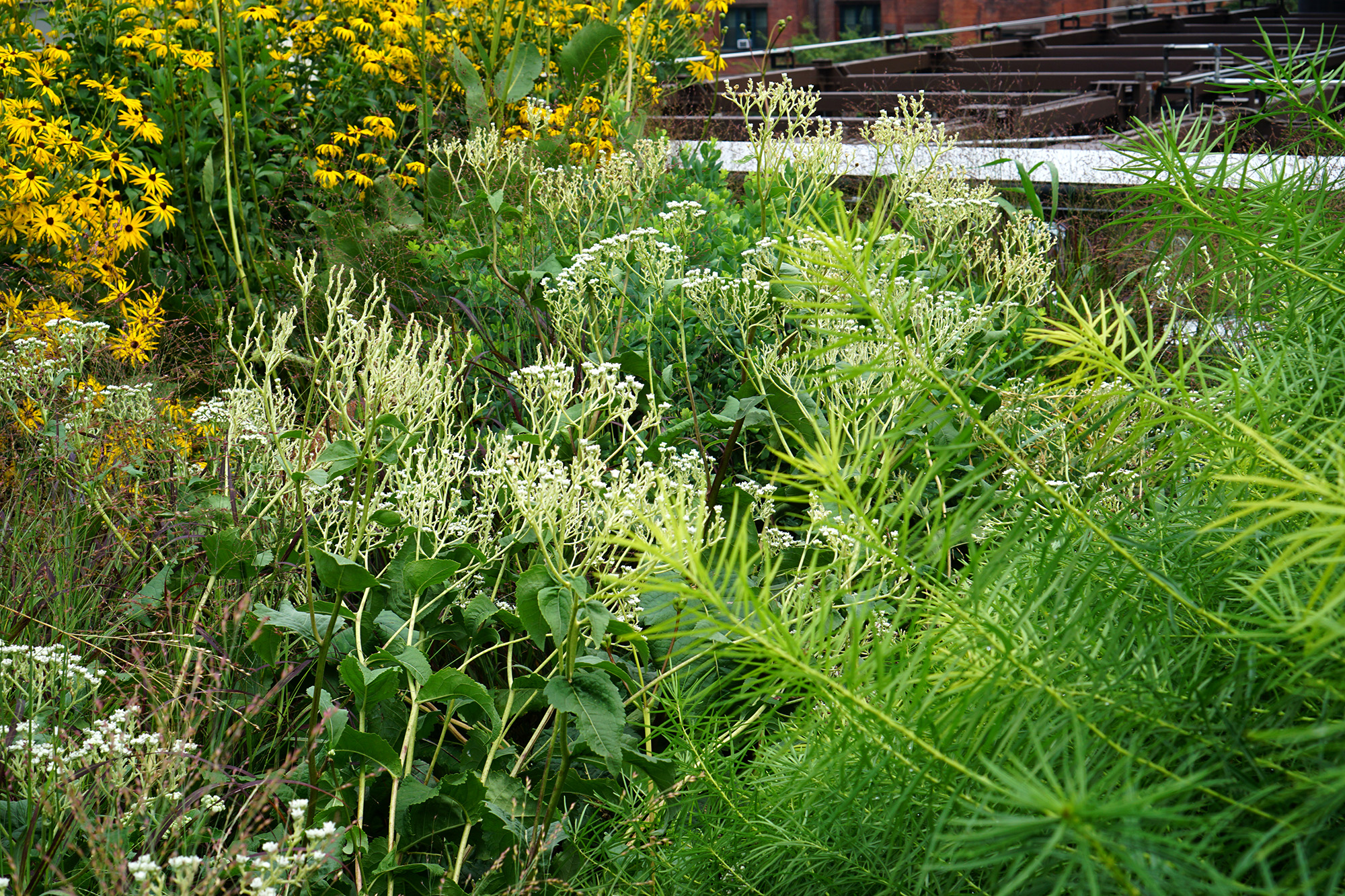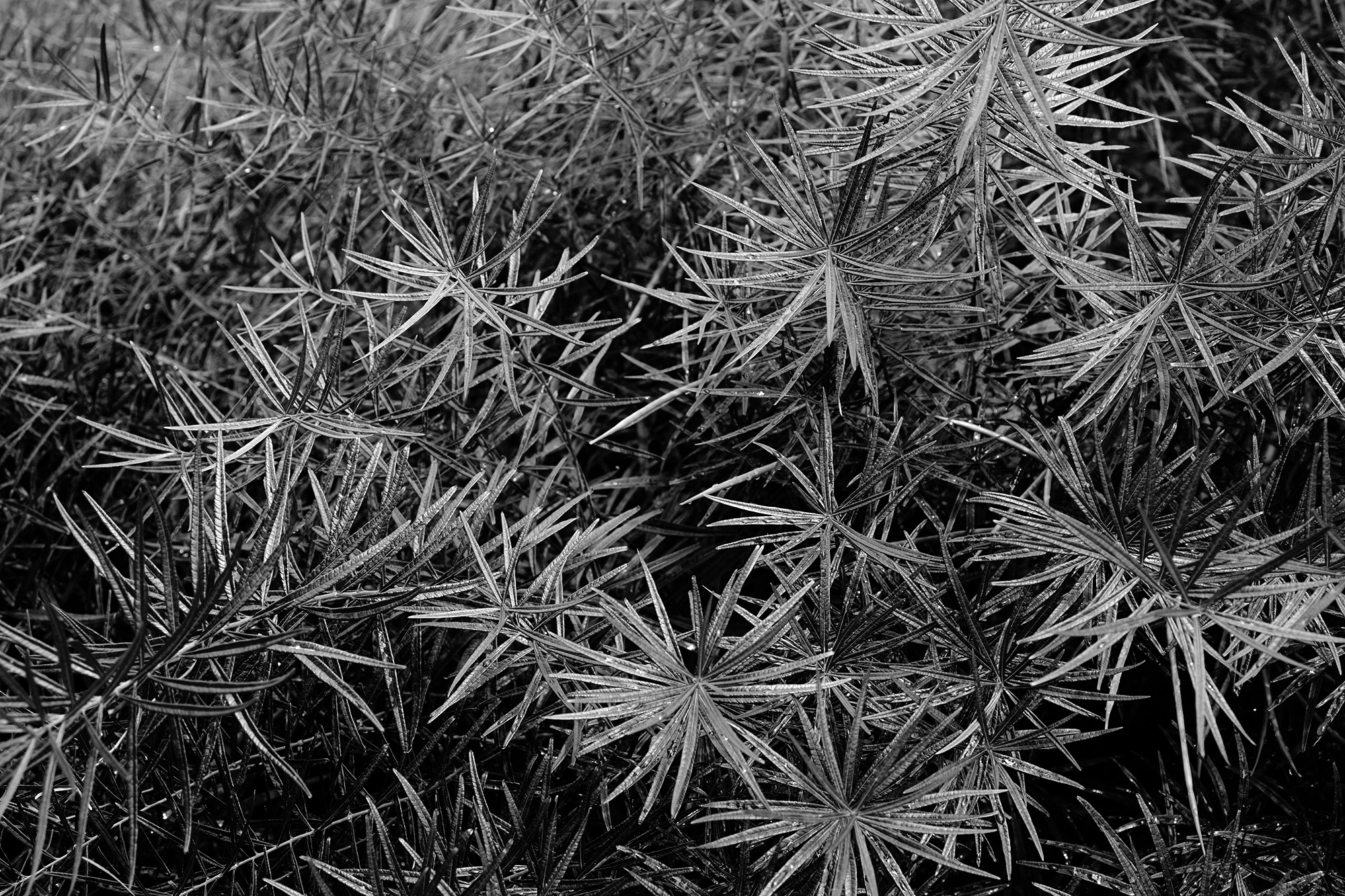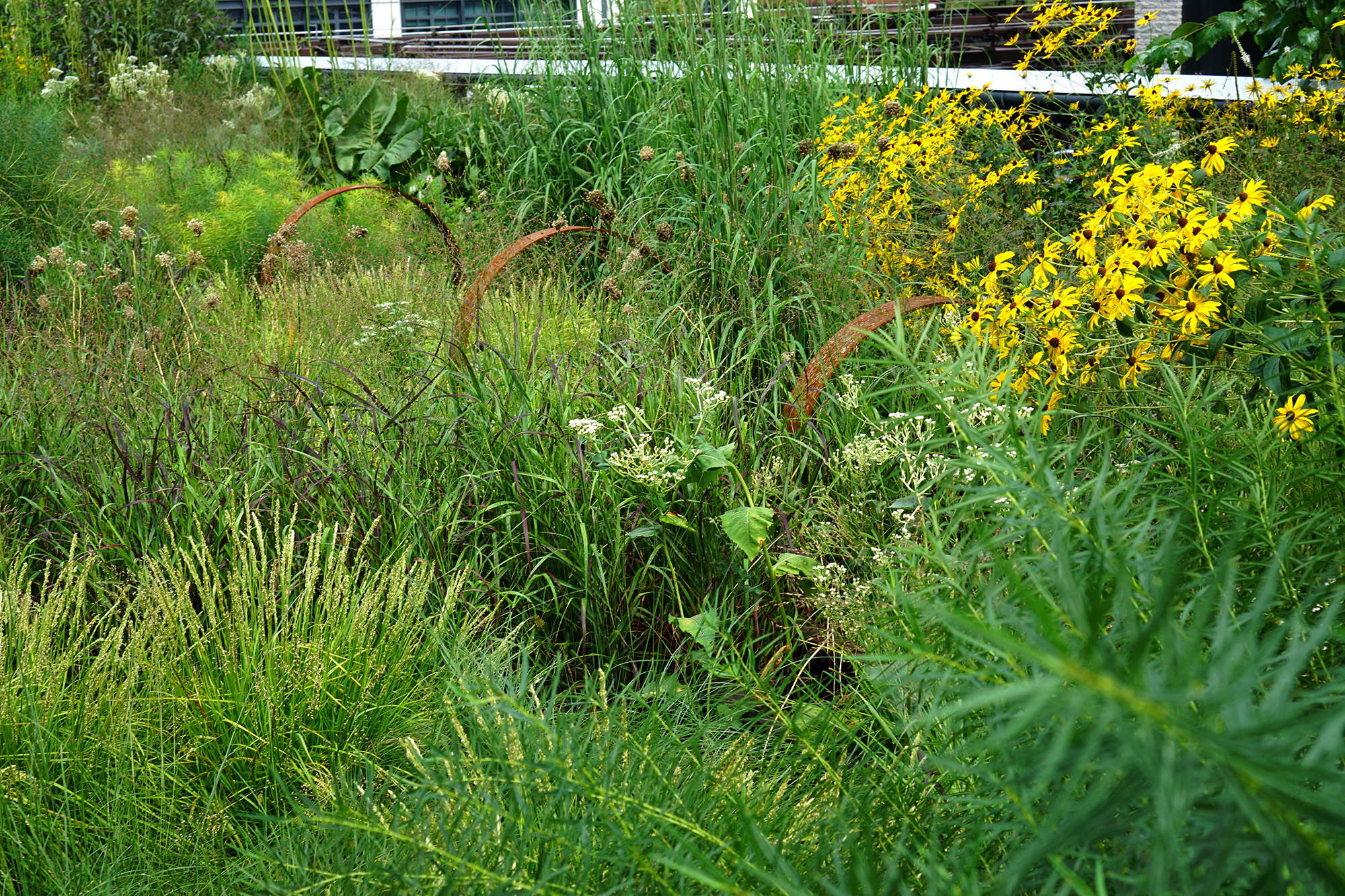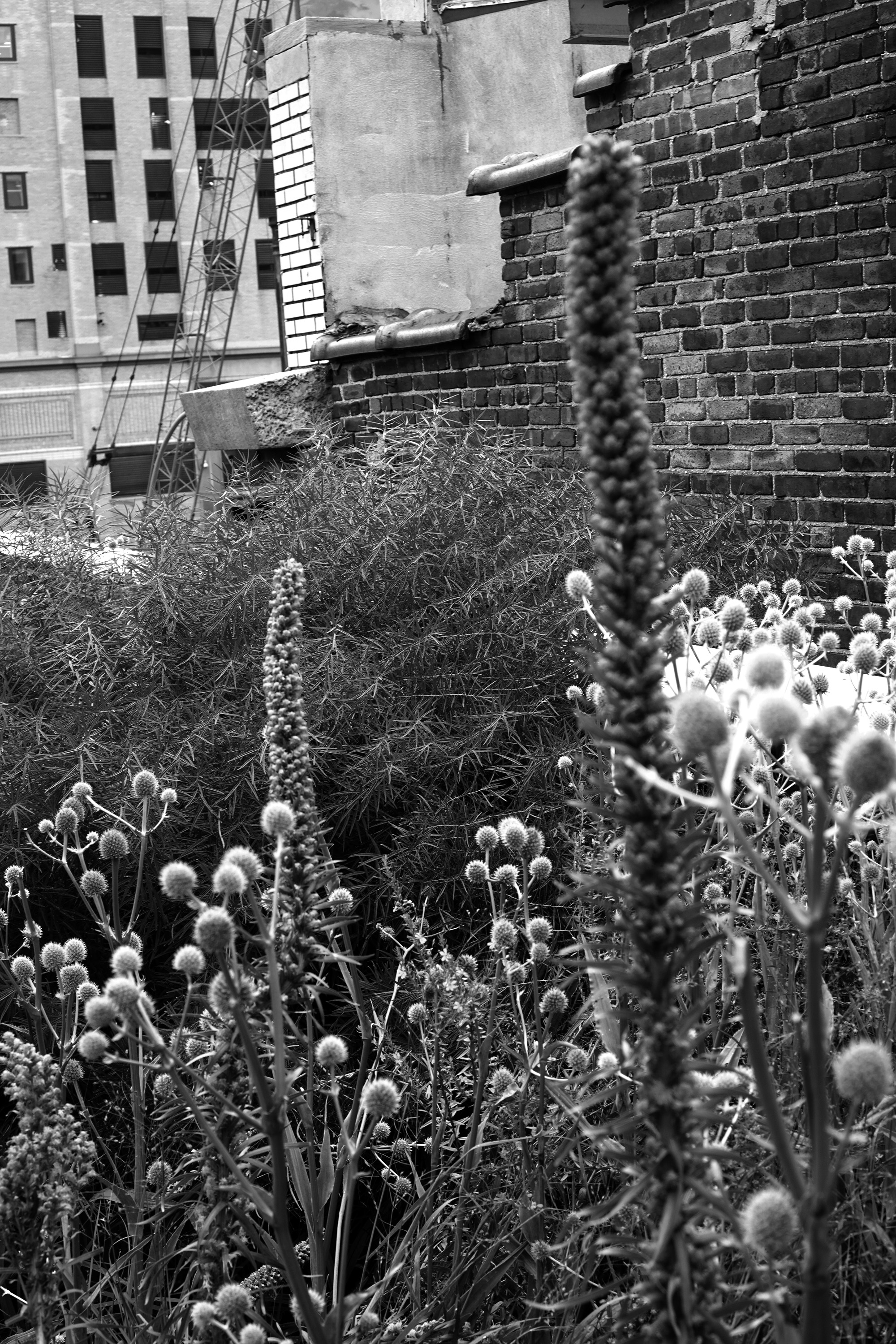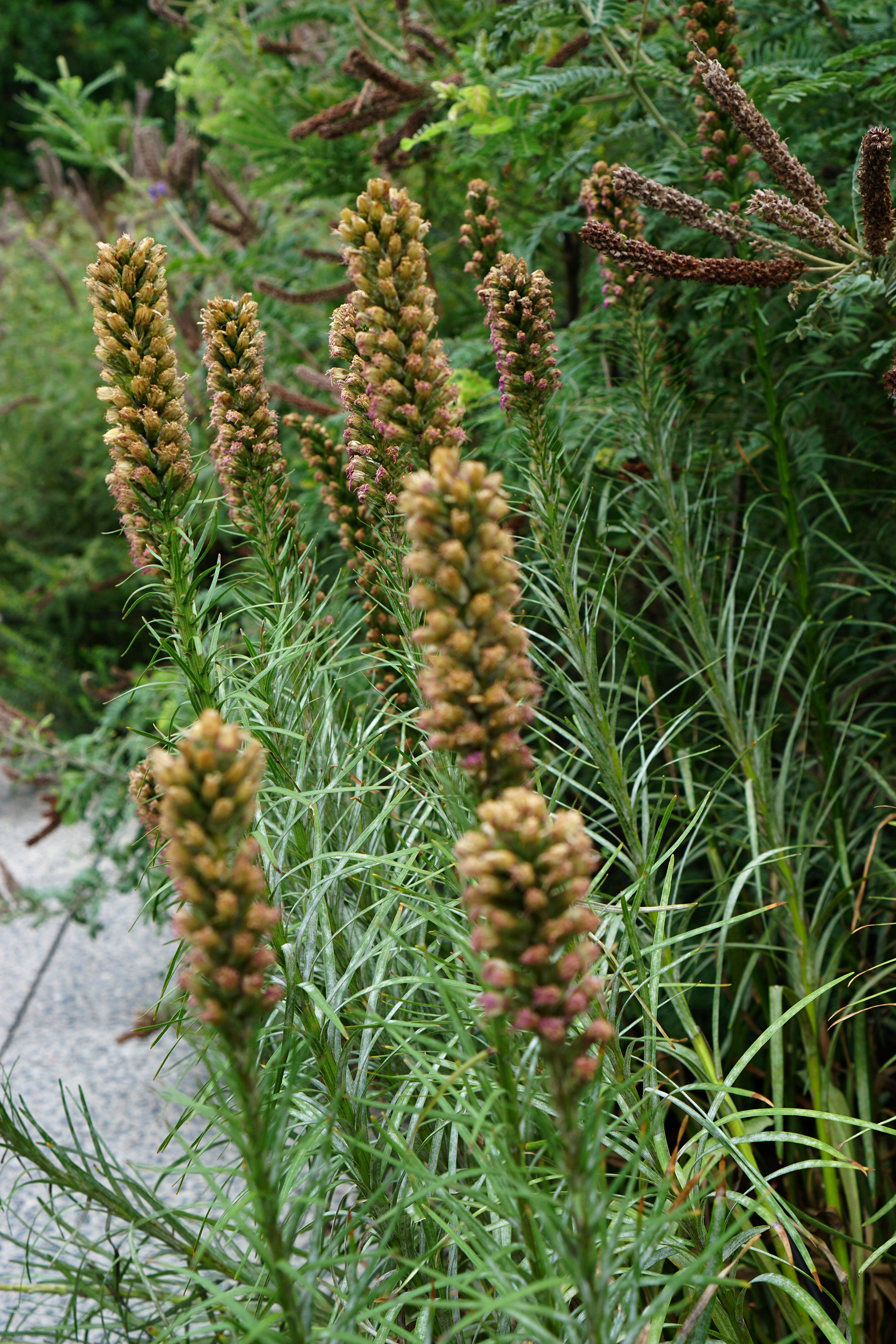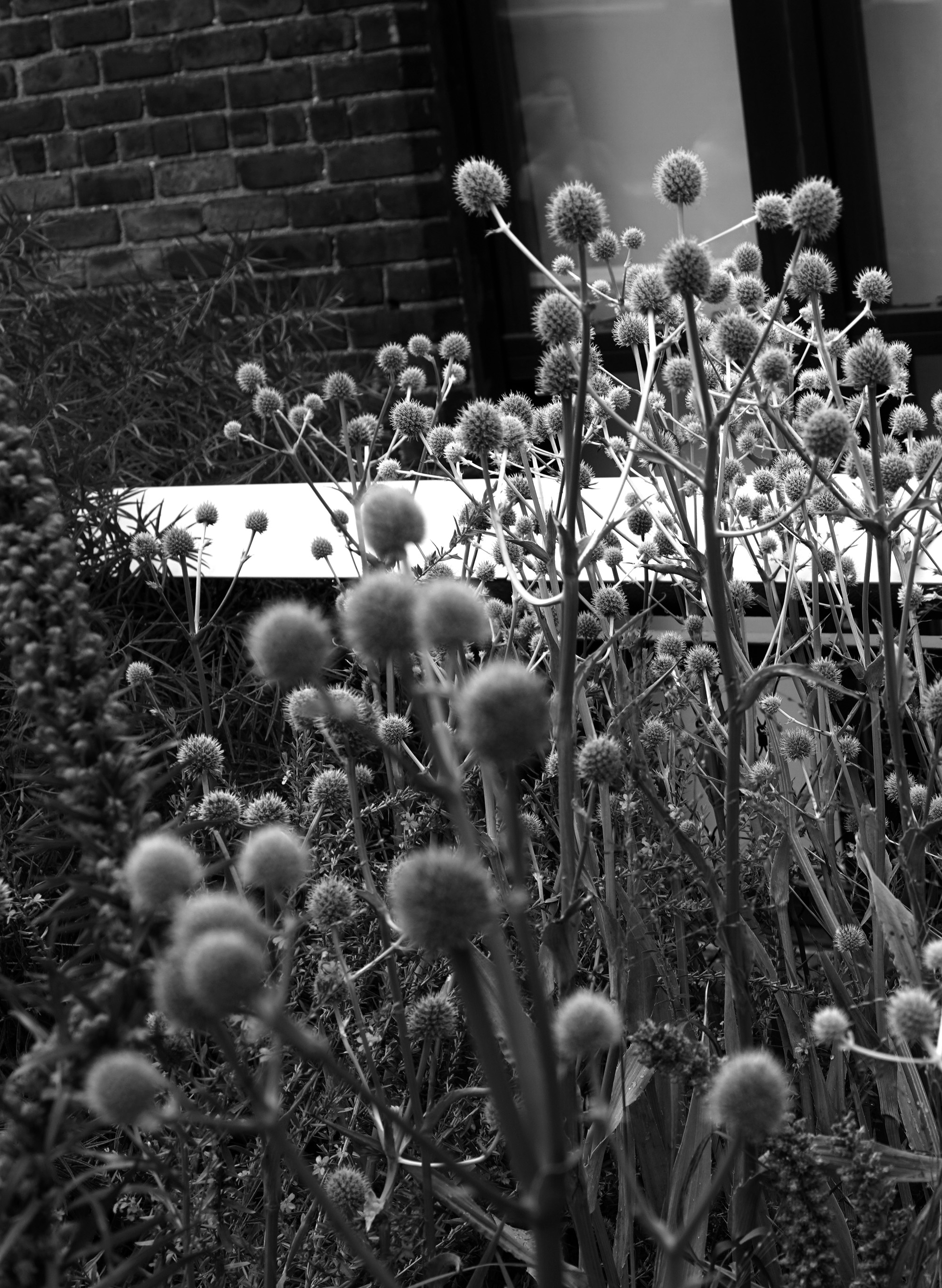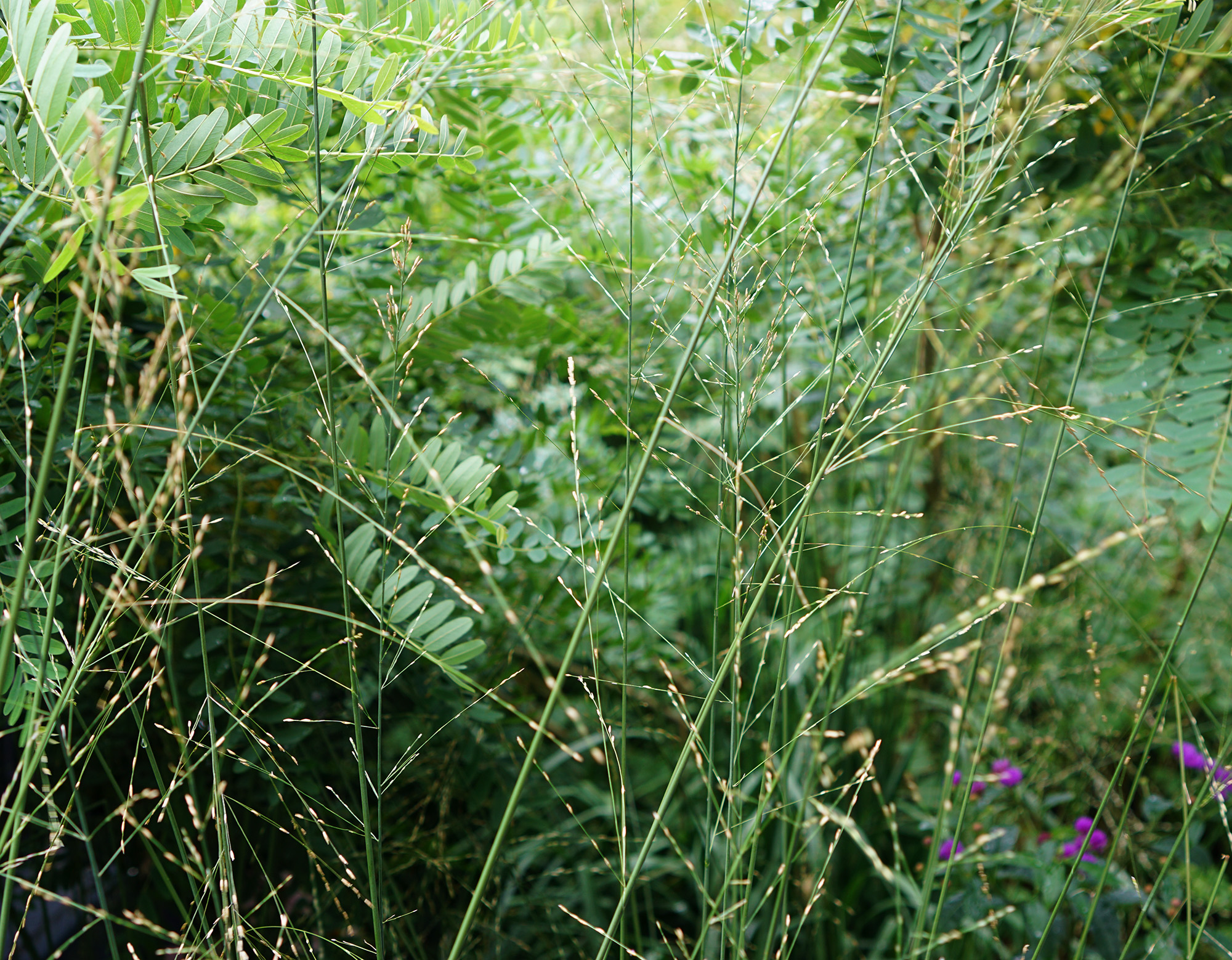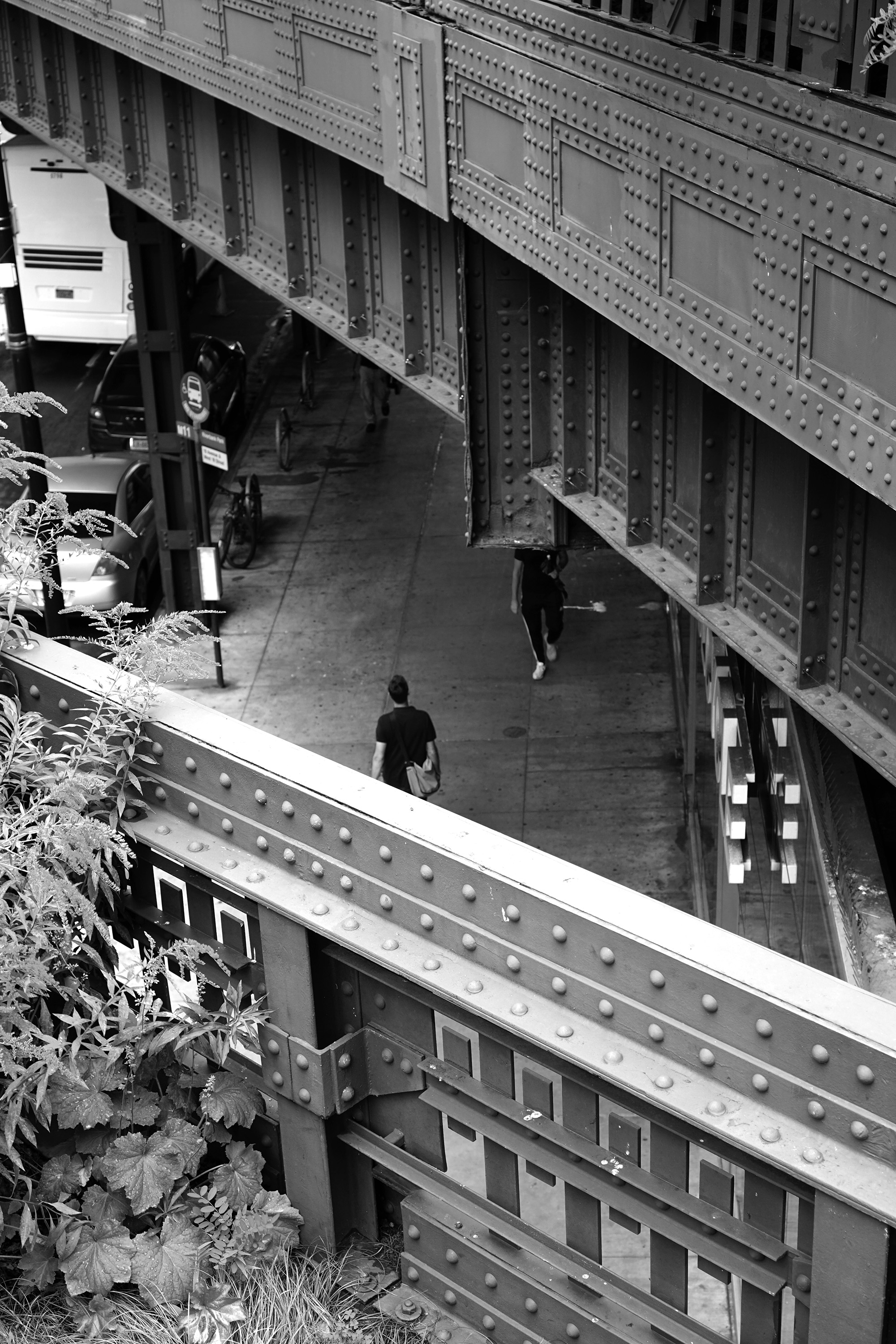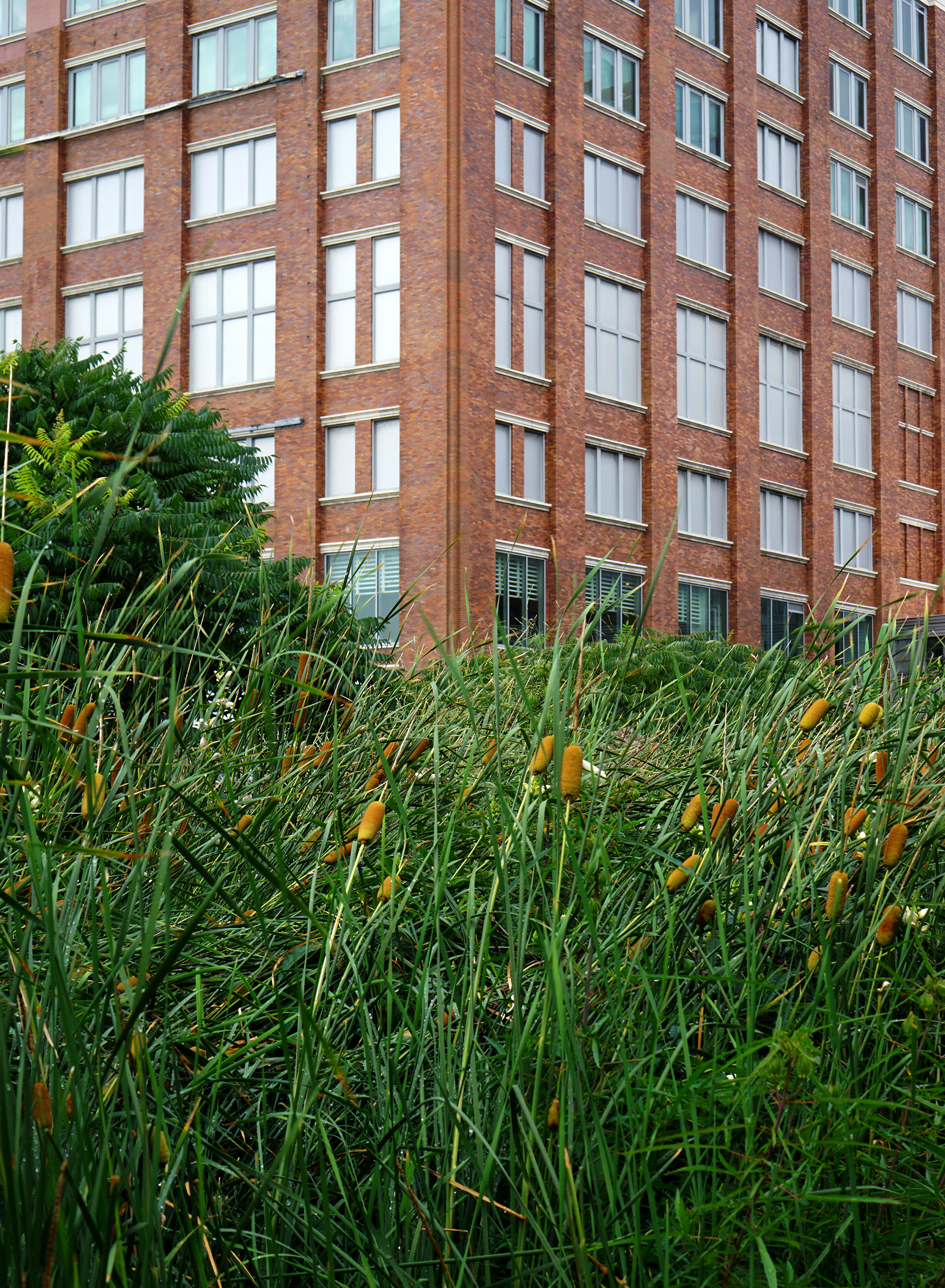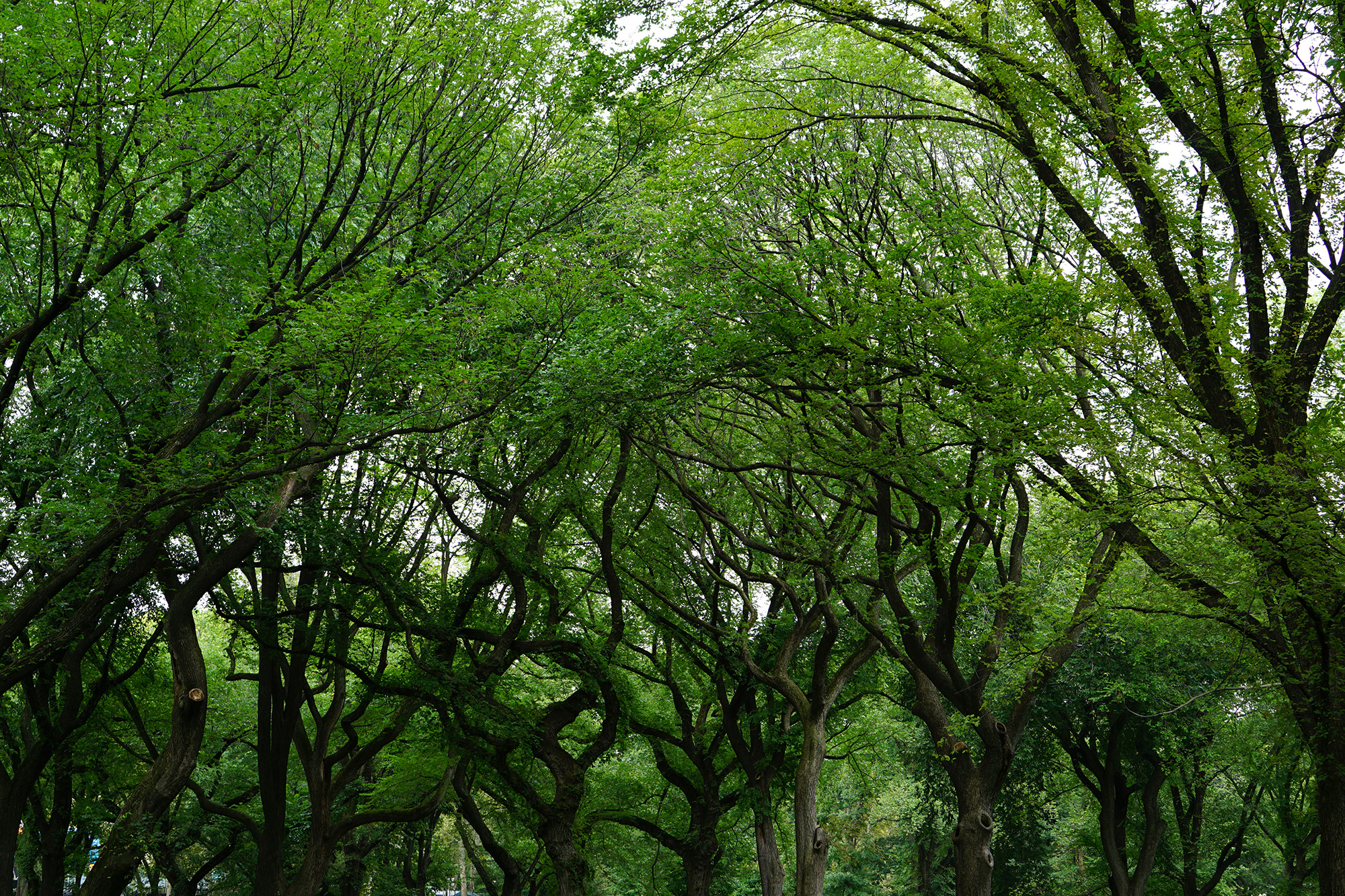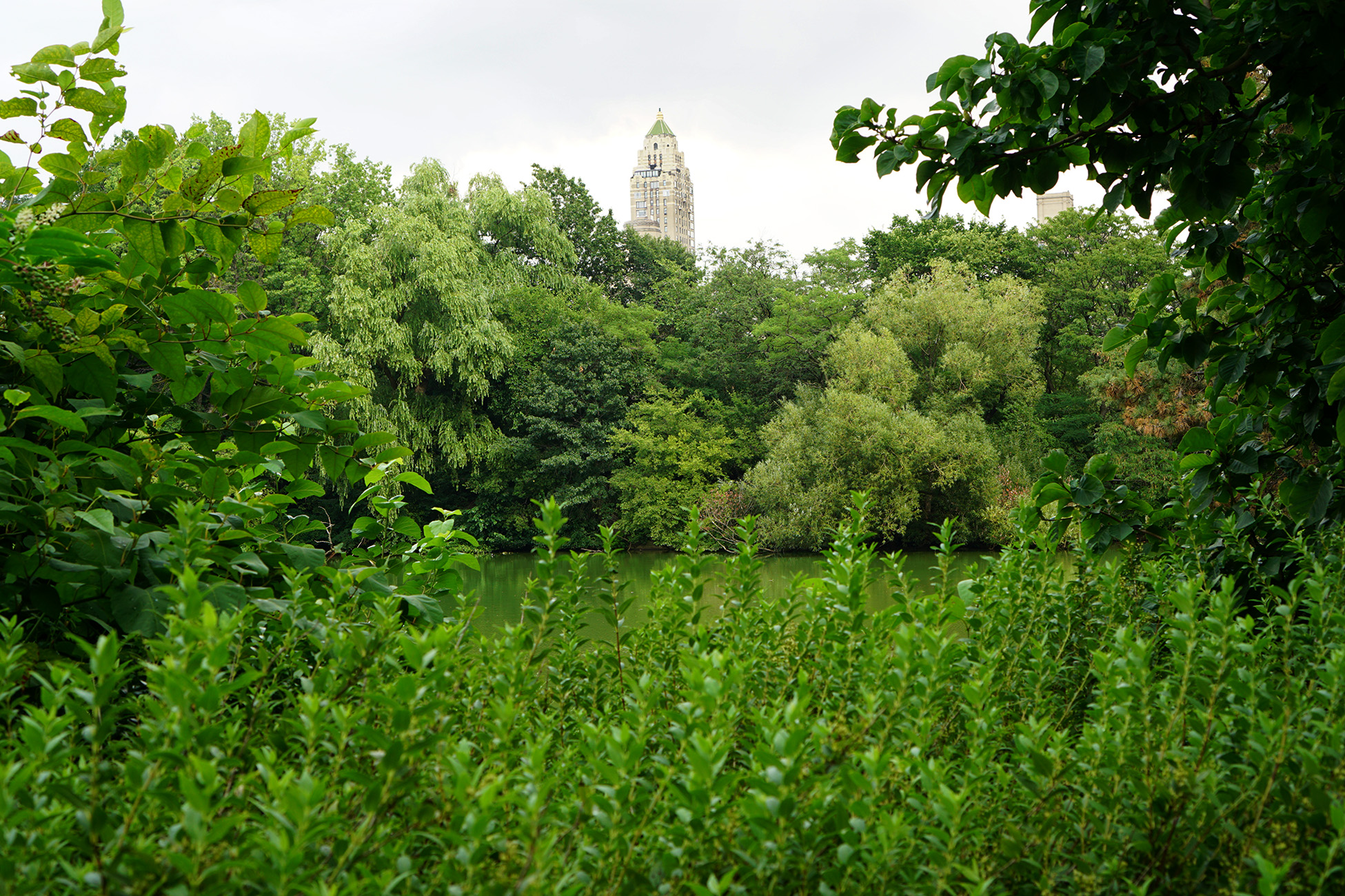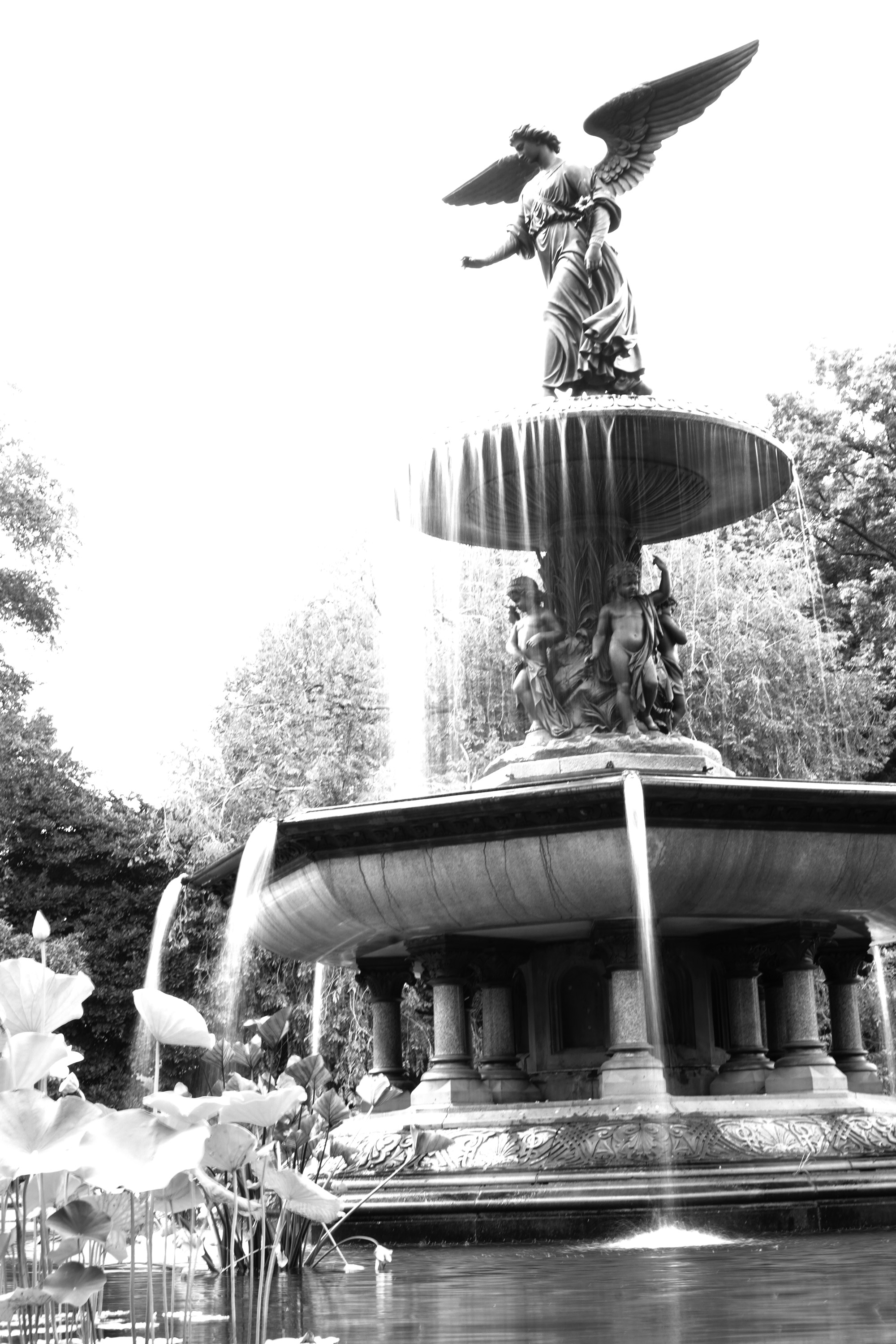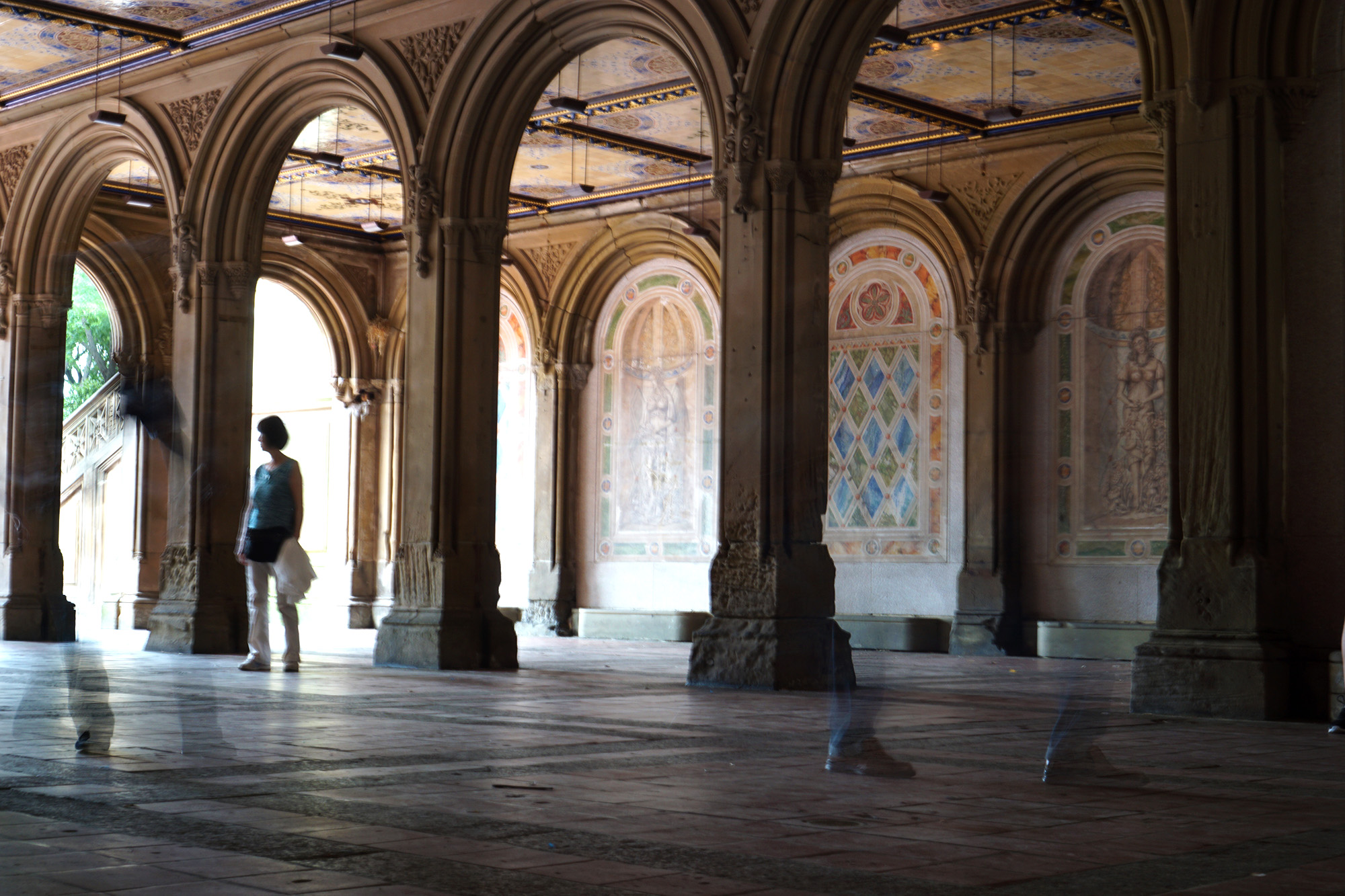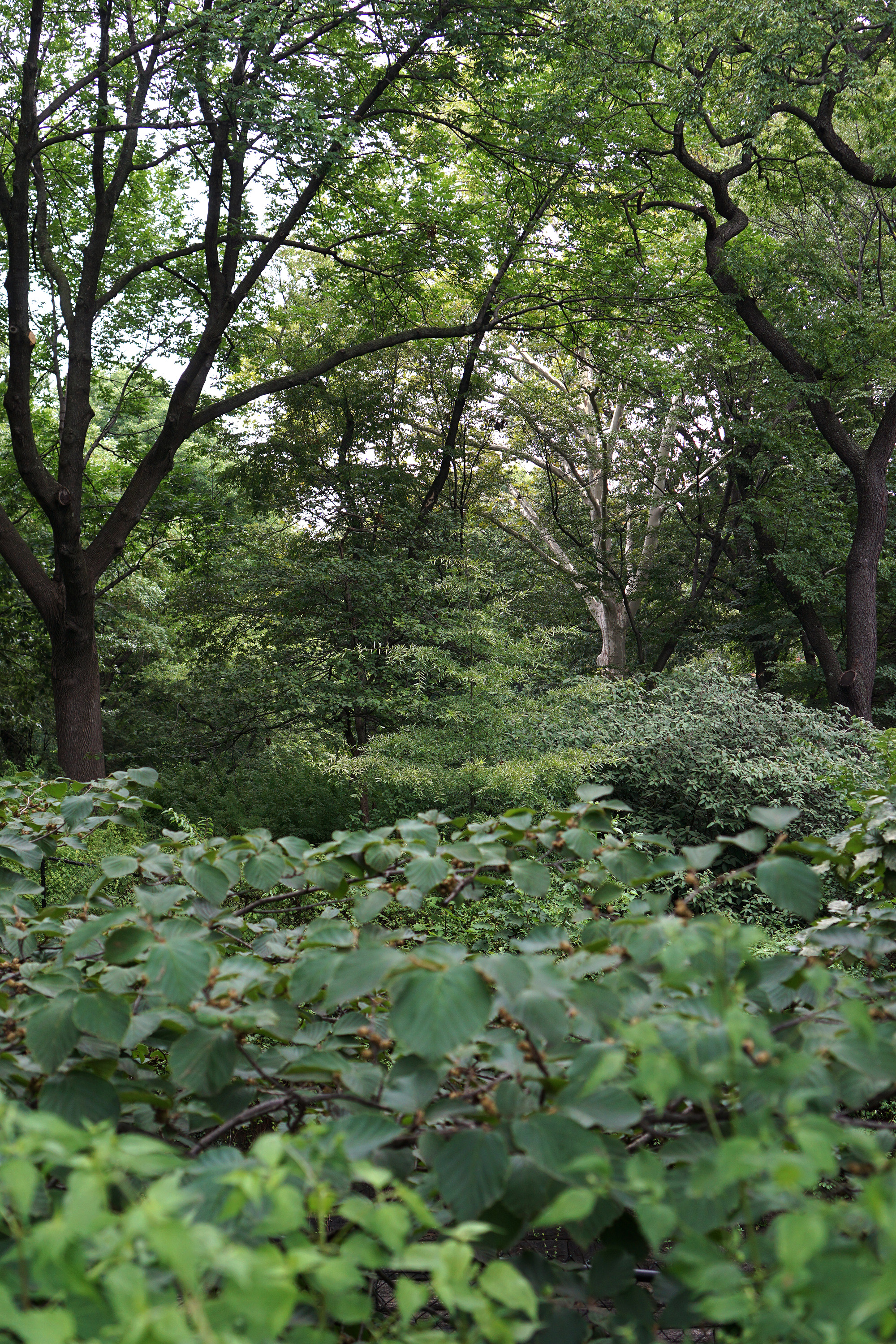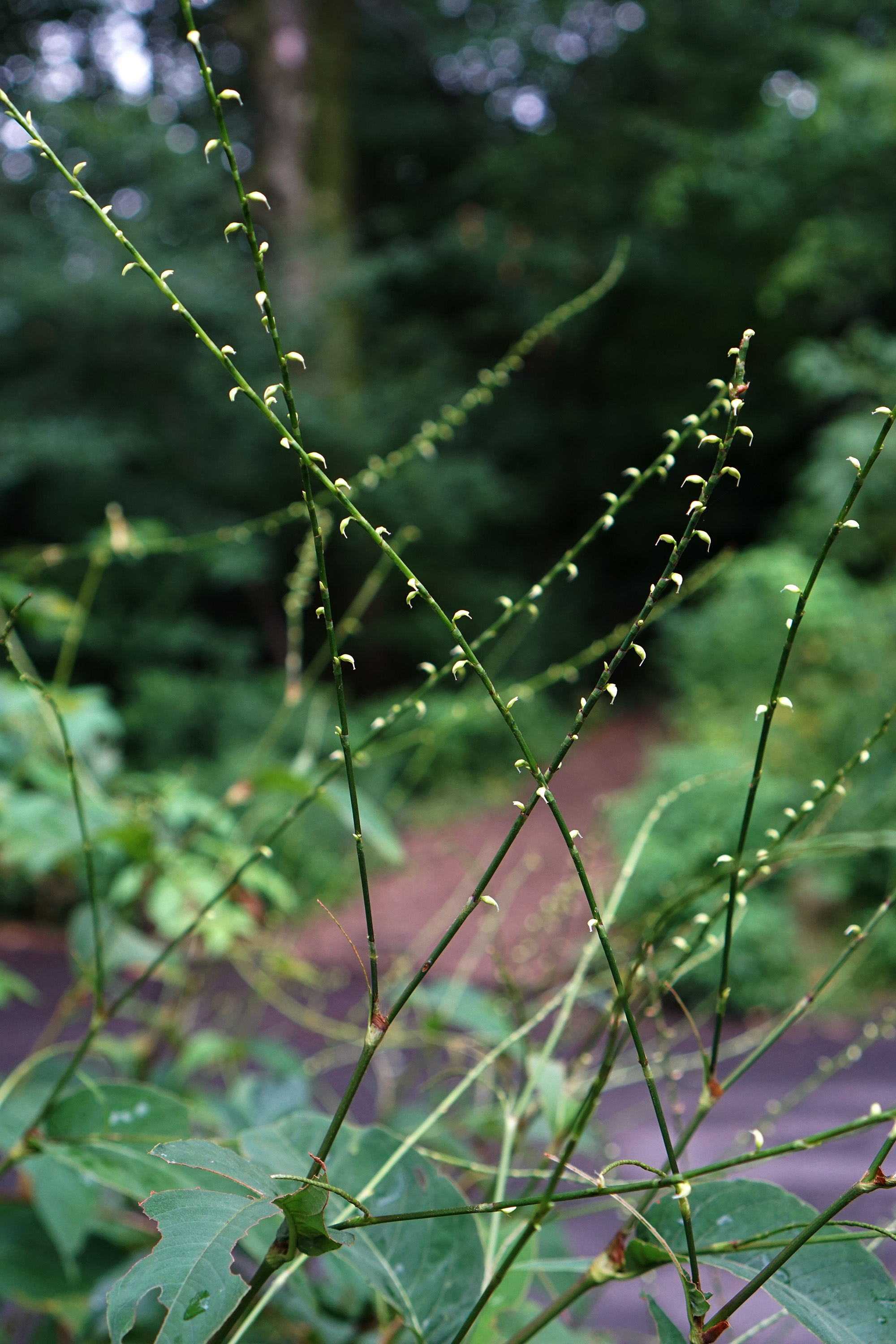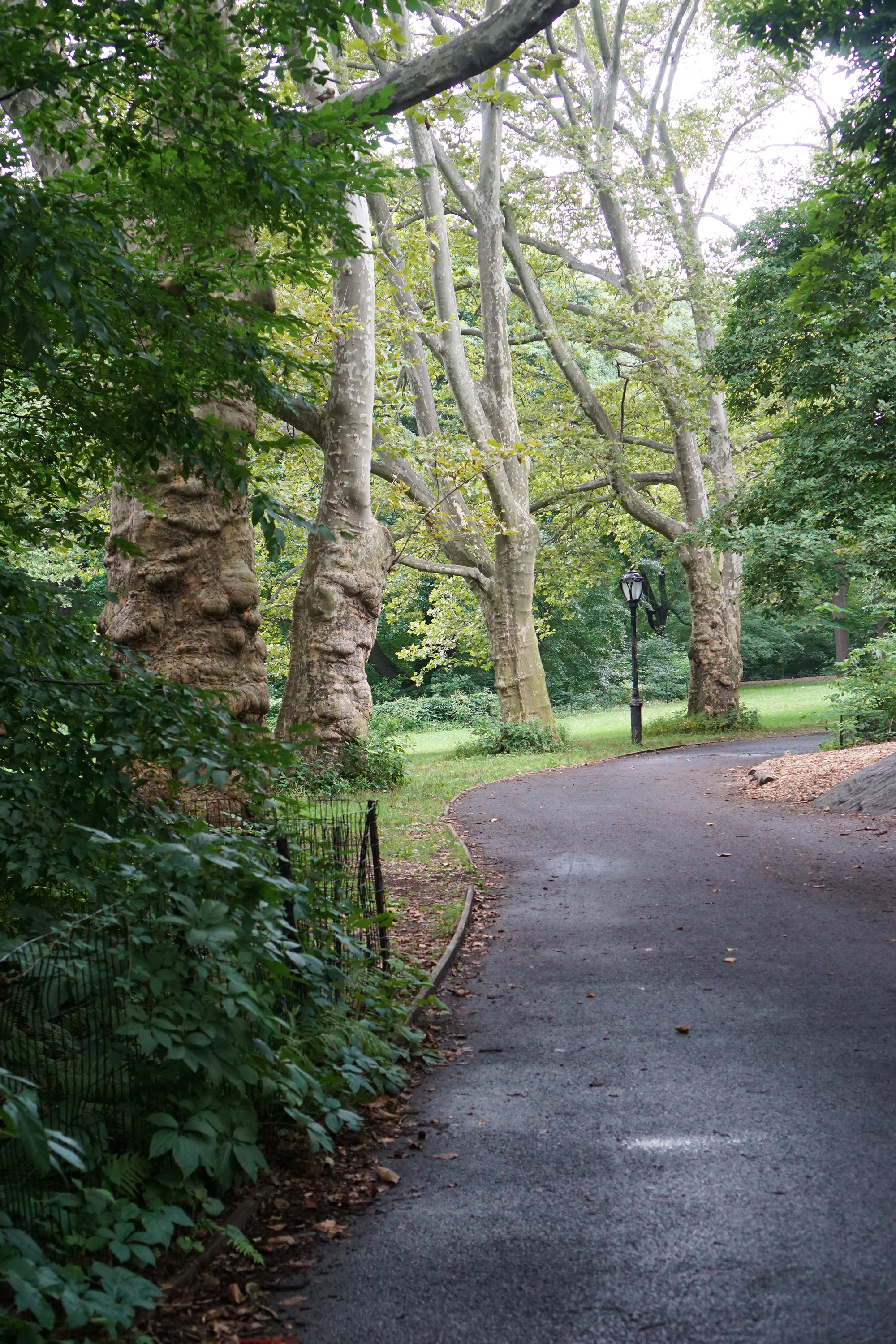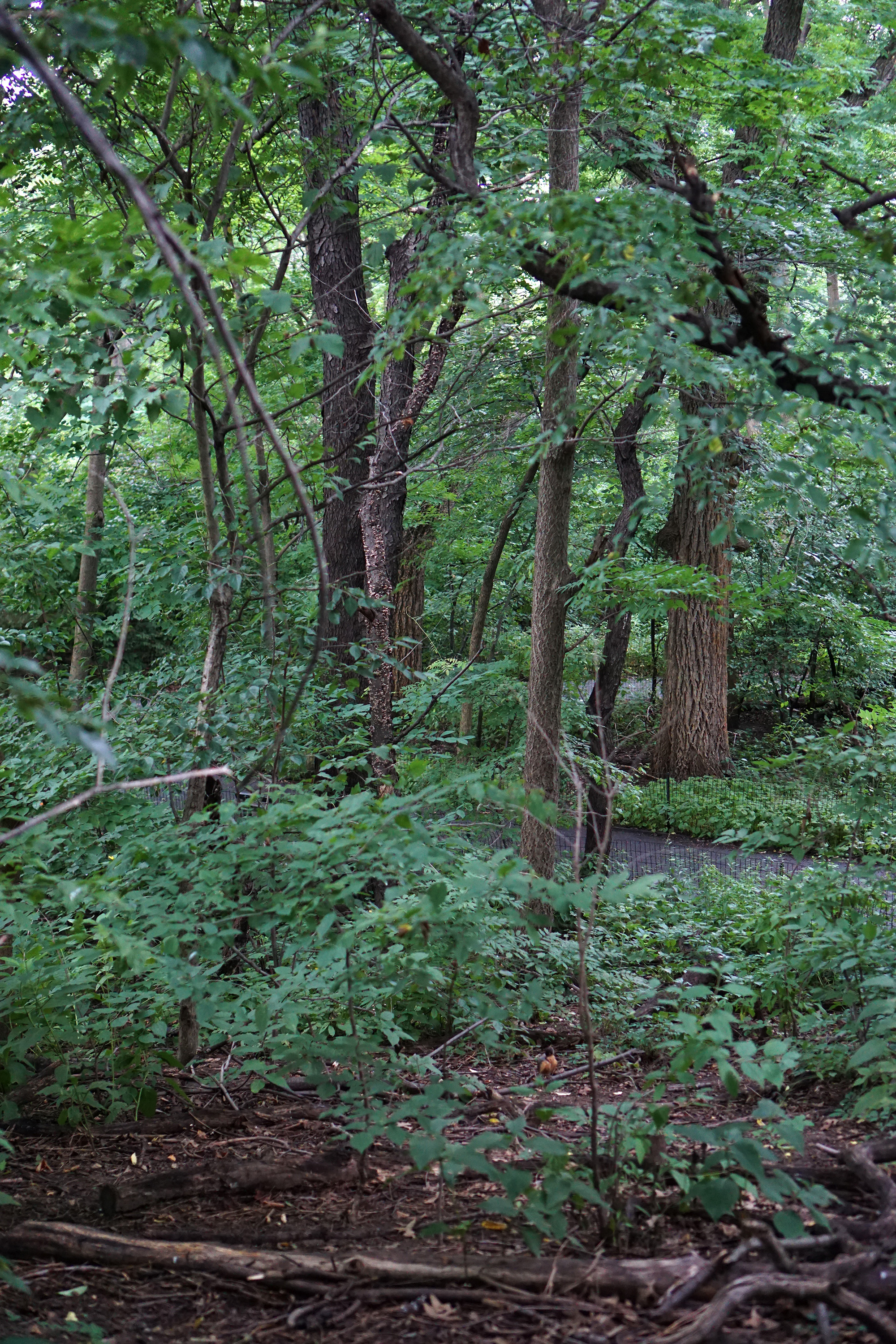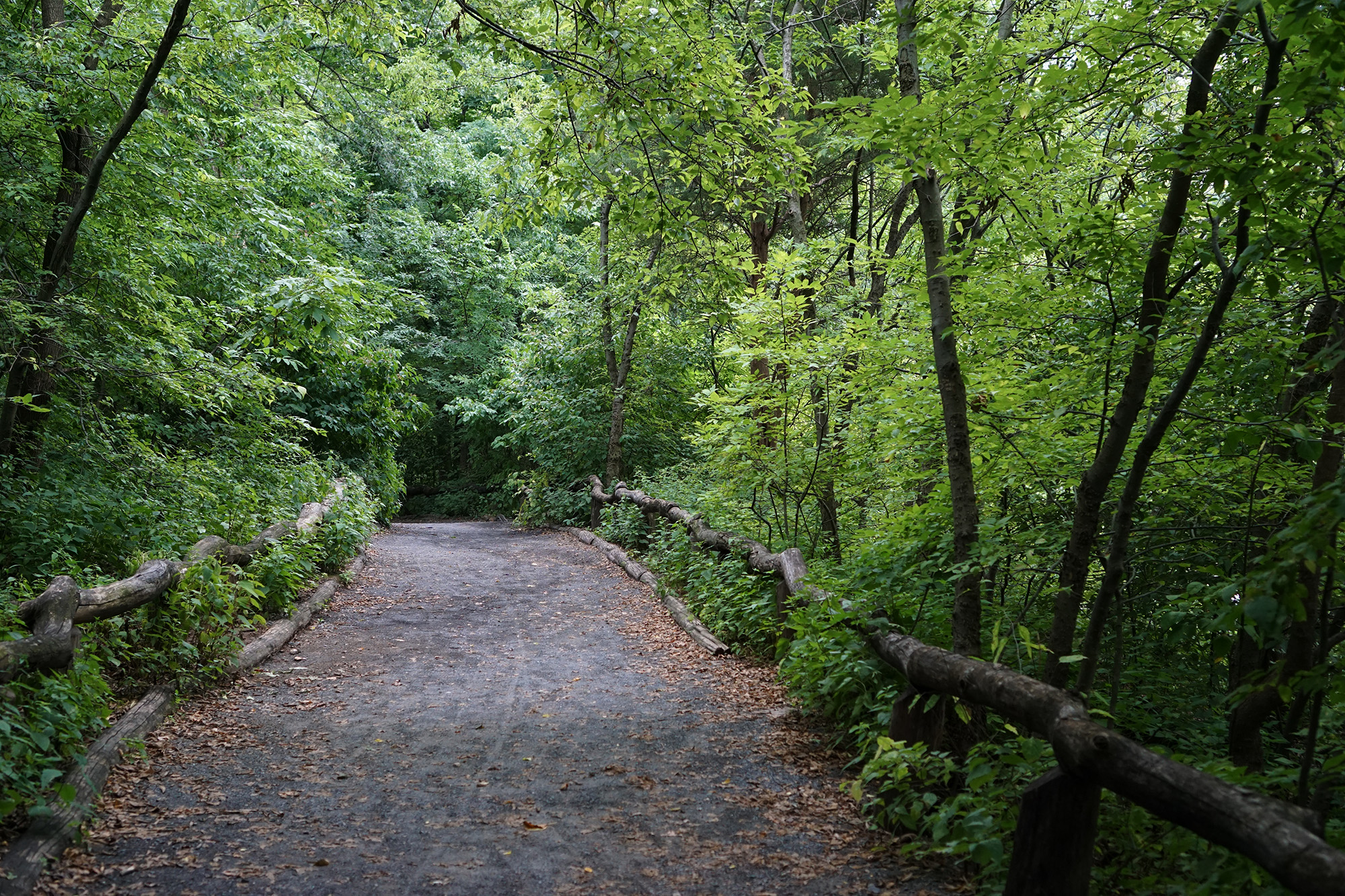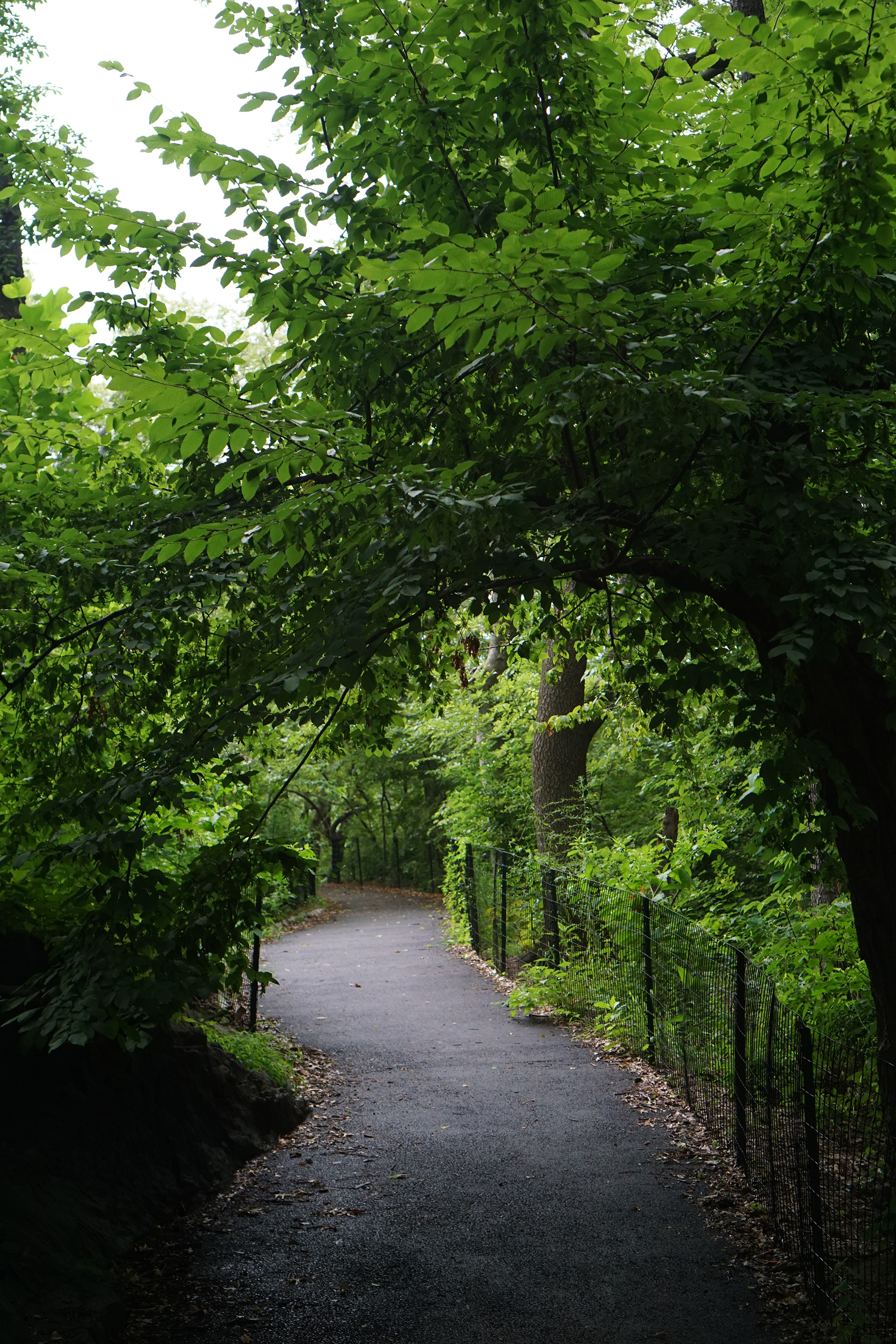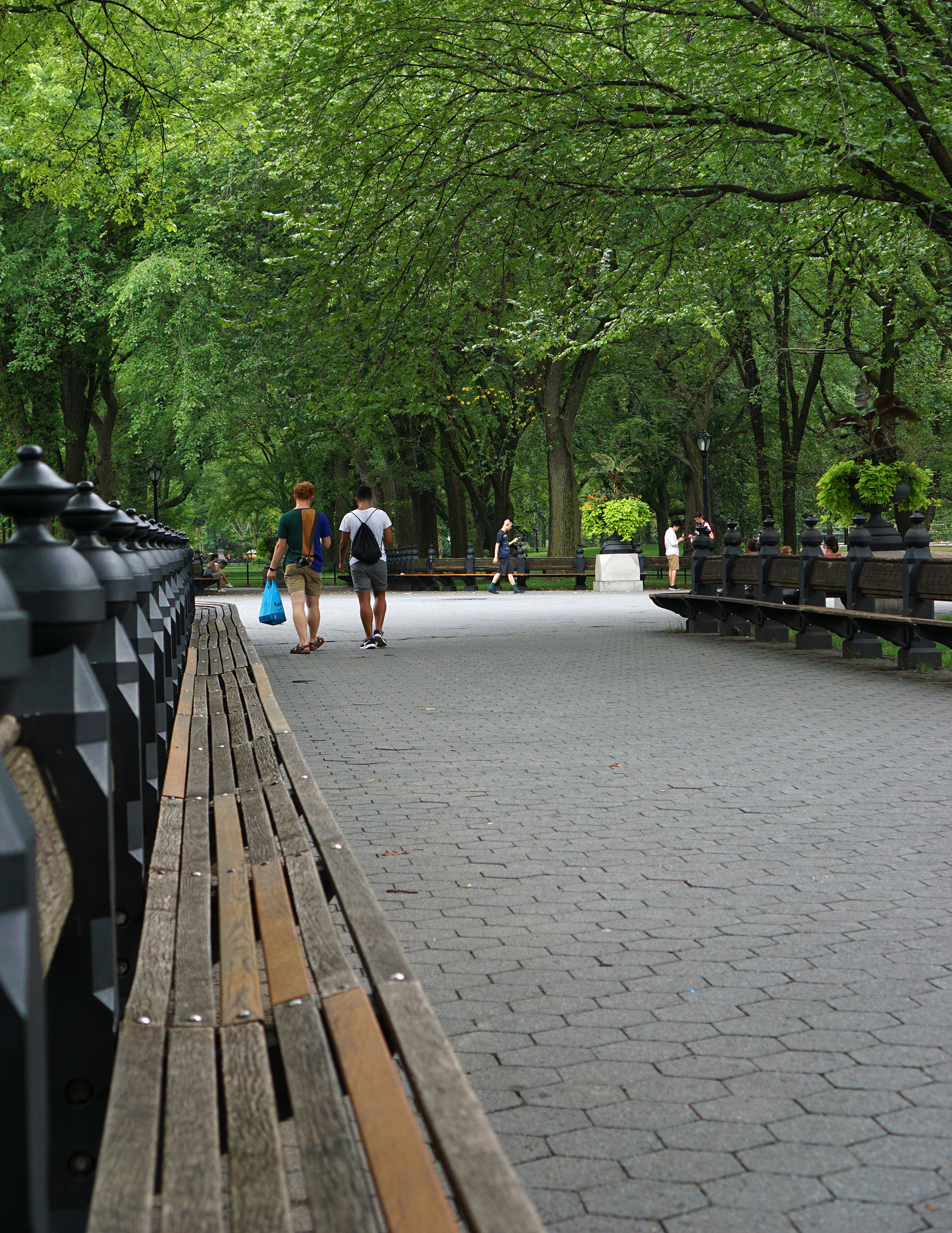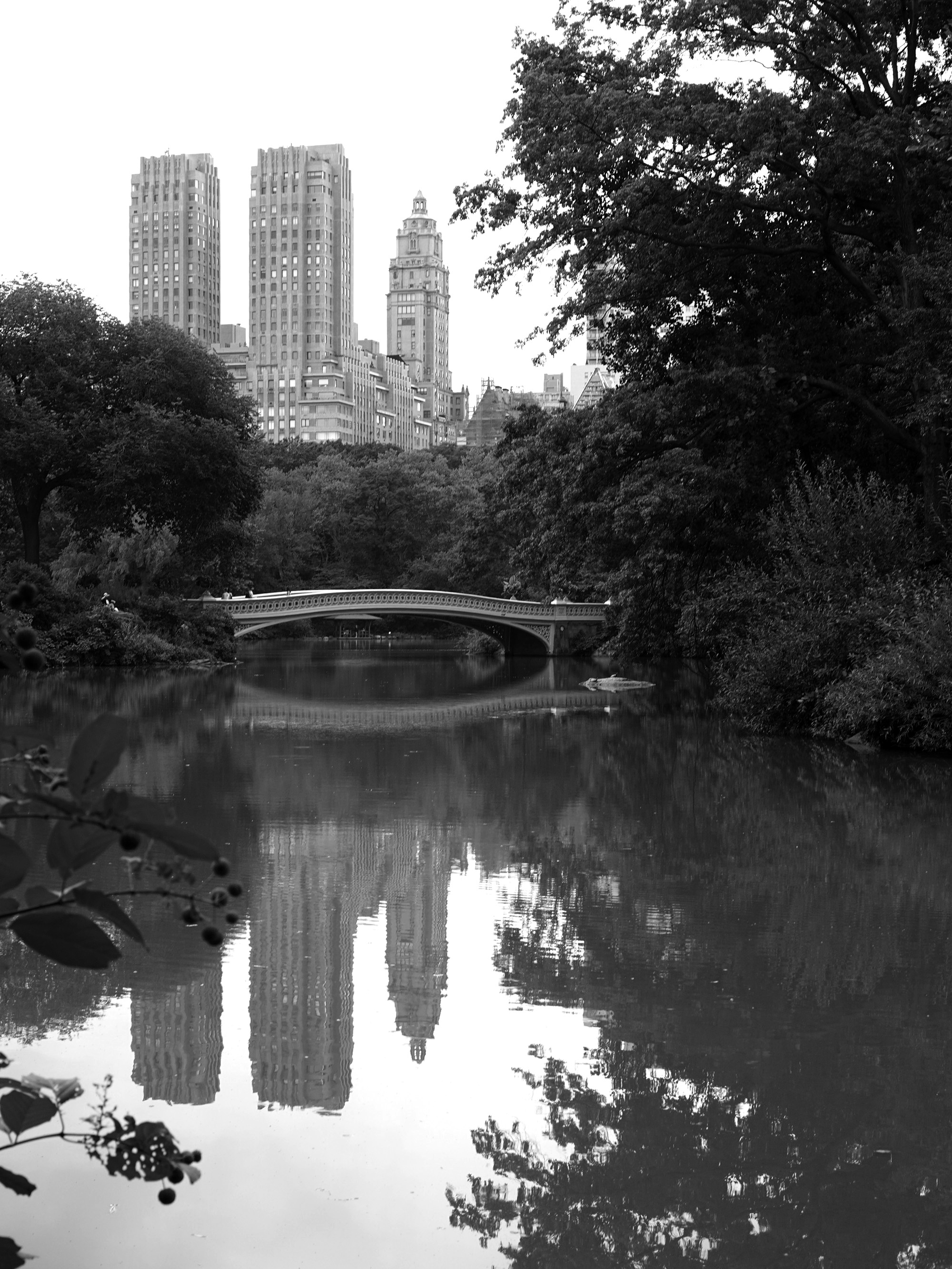Totality
We awoke before sunrise, eyes dreary and stomachs flipping. Night hadn’t brought me more than a handful of minutes of sleep — my conscious and subconscious juggling the unfamiliar sounds and smells, eyes registering, even from behind closed lids, the bright red numbers on an alarm clock that did not belong to me. We had already driven south from Illinois to Indiana, and now we were up early, our new destination farther south still: a small piece of public land just over the border to Kentucky. A sandstone bluff hovering above an old growth pine forest. A place to lay our blankets down, gulp trail-warmed water, and peel off our eclipse glasses at the precise moment of peak totality.
Before this year, I had never even heard the word. But in the months and weeks leading up to what was branded The Great American Eclipse, totality was on everybody’s tongue. We gobbled up every bit of content – lists, how-tos, longform essays, pinhole tutorials, super-spliced videos edited to perfection – all meant to clue us in to what we were about to experience. Day turning to night. A brilliant ring of sunlight in a suddenly dark sky. Bats flying, crickets chirping. Something weird, and wild, and beautiful.
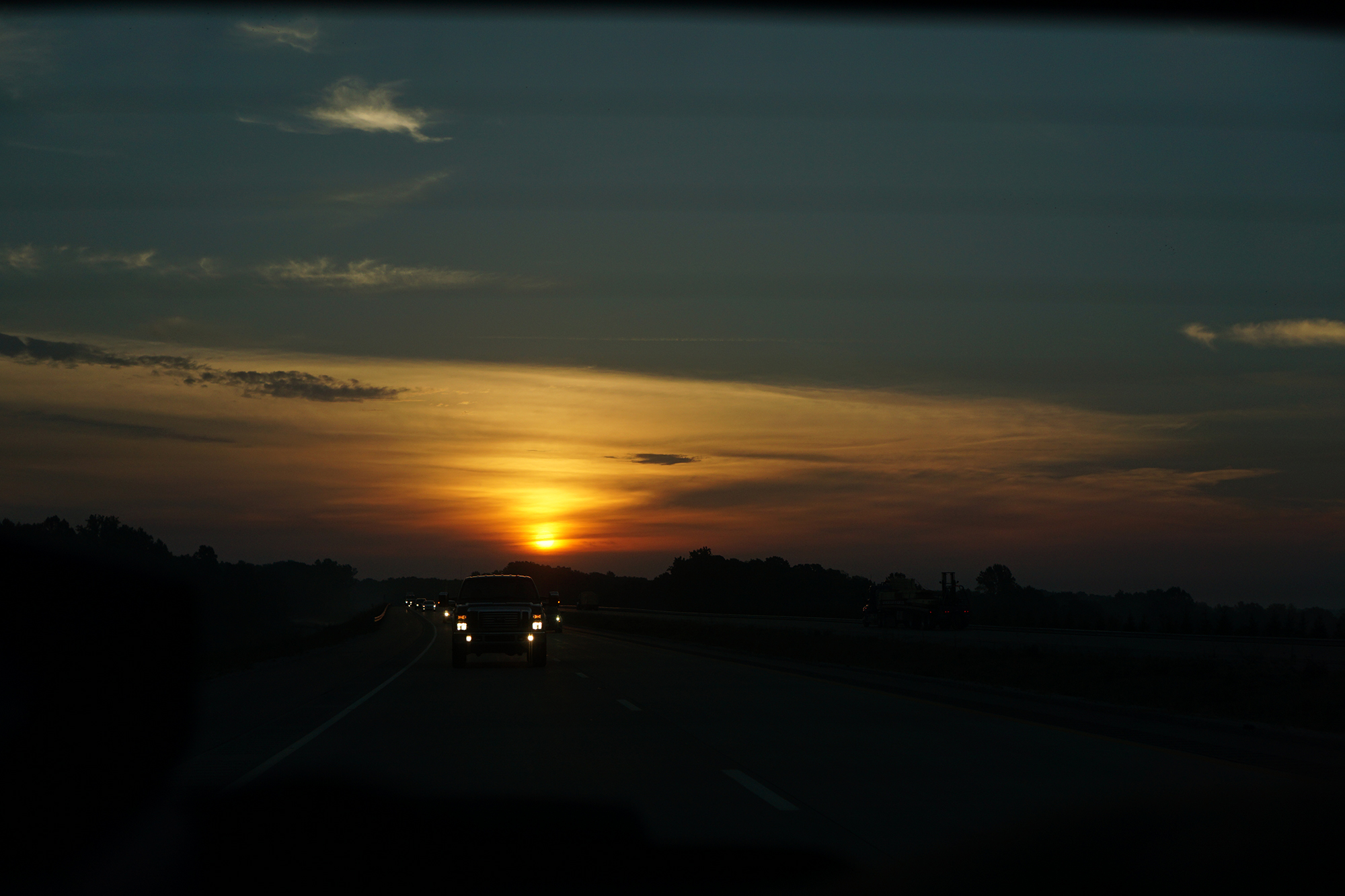
The day of the eclipse, we packed the car under early morning’s damp blue haze, and then took off. Driveways turned to old state roads, parkways merged with interstate highways. Low-lying patches of fog were slowly burned away as the sun made its hot, red arrival. I wondered if the birds swirling in the sky, the small herds of grazing cattle, the sun itself, had any hint at what was coming, any hint at the cosmic display scheduled for later in the day. We spotted other rugged hatchbacks, roof racks packed tight, bumpers sprinkled with clever stickers, and interior cabins filled with eager-looking faces. The rest of the natural world might have been none the wiser, but we humans were beside ourselves. The road ran below our wheels as we traveled south over hill and bridge. Morning’s wispy clouds dissolved above us, opening the door for a perfect summer day. The viewing conditions were ideal. Anticipation grew.
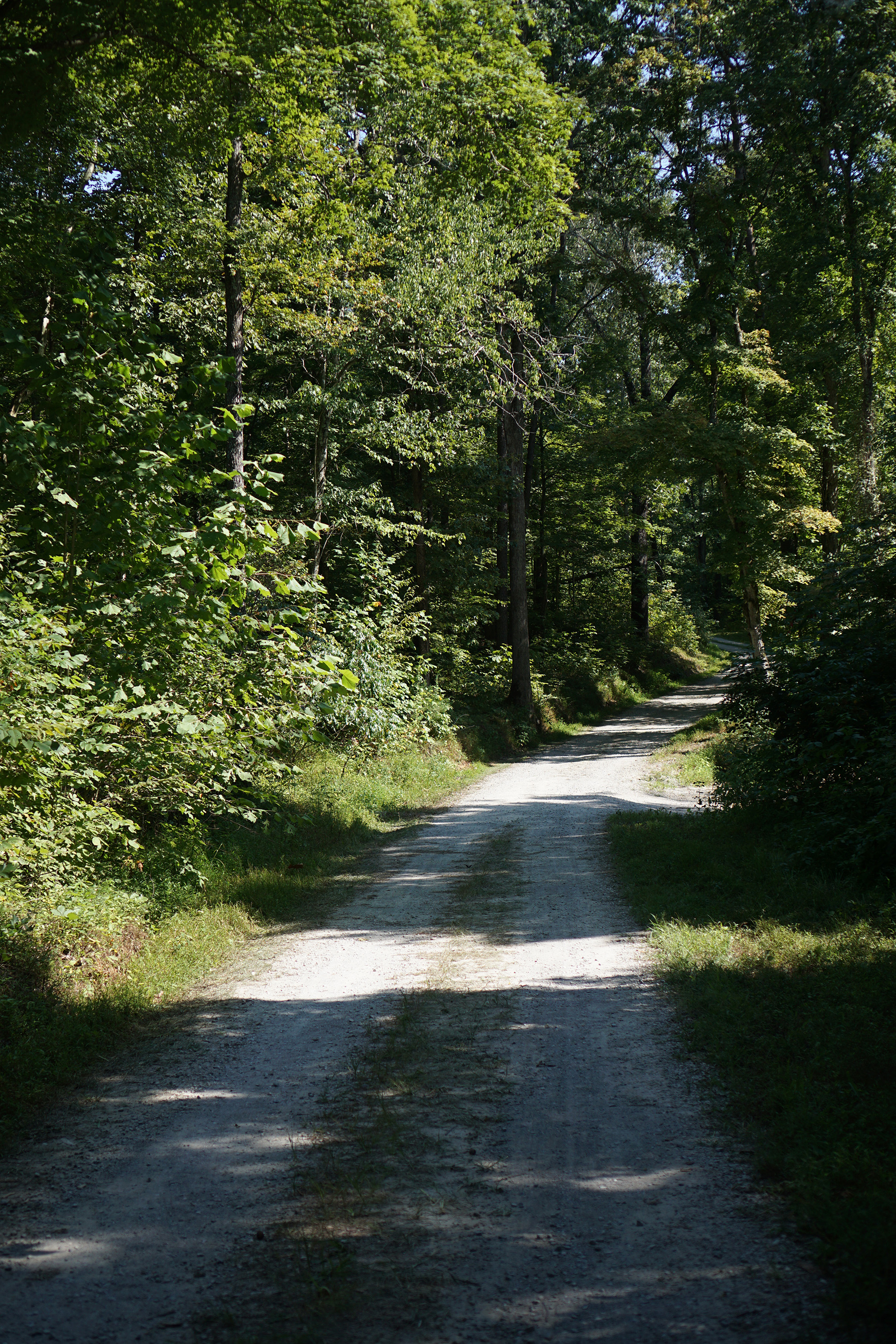
On the way down, we passed a handful of open fields filling with SUVs and campers, other adventuresome folks staking out their spots, but when we made it to our destination, only a few clusters of cars sat huddled along the side of the gravel road. We stretched our legs and grabbed what provisions our arms could carry. After our densely wooded half mile hike to the edge of the bluff, the sky opened up above us. We stood at the edge of the sandstone outcrop, where sixty feet below, the tops of trees ran out for miles in every direction. We found ourselves a spot, pulled on our eyewear, and peered up at the sun. The eclipse had started. The sun was being eaten, a small chunk missing from its edge. A timid arc, almost unnoticeable, but we all saw. Camera phones were held behind protective plastic lenses. Photographers perched on cliff’s edge readied their setups, and soon enough the light began to change.
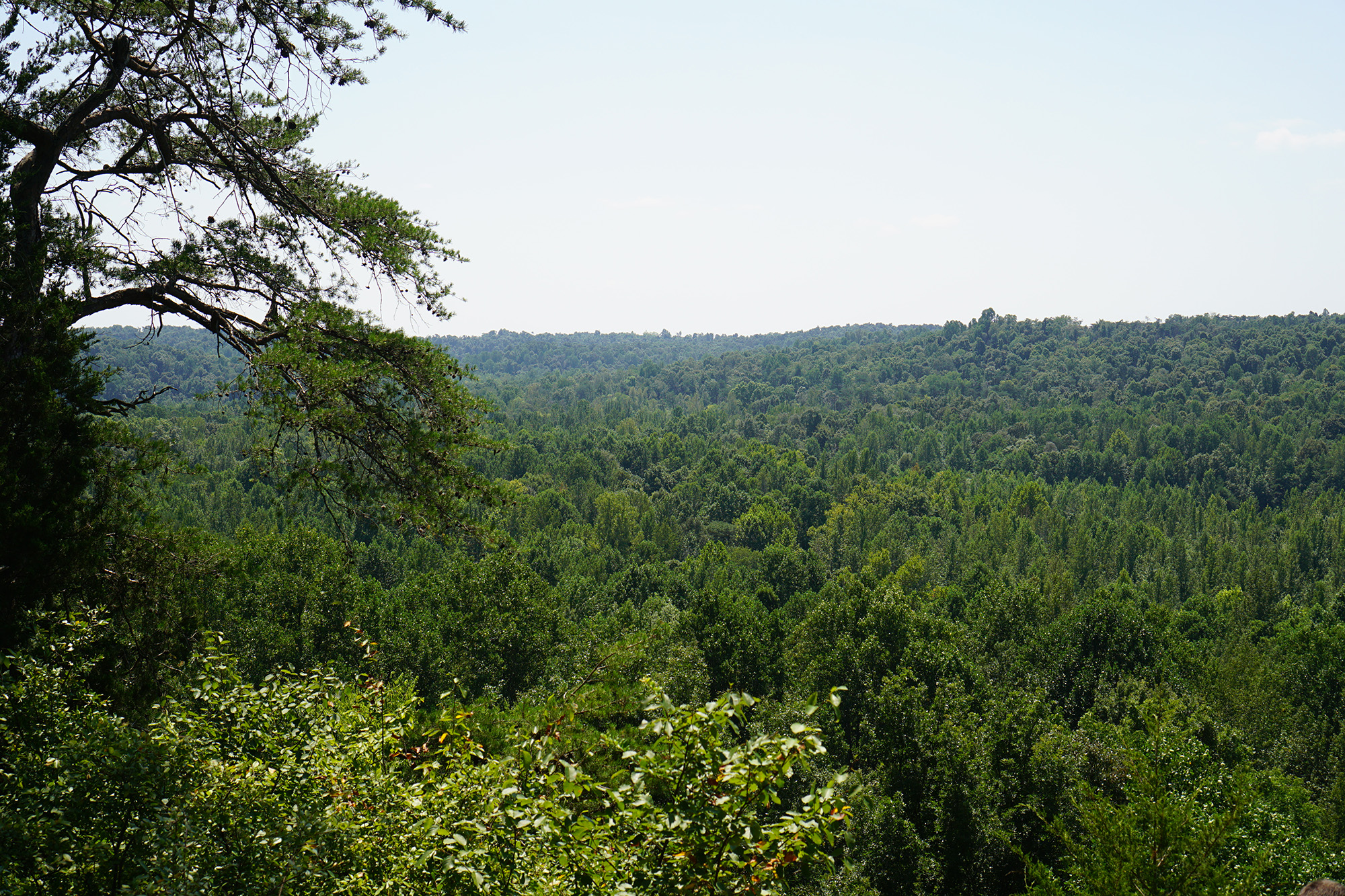
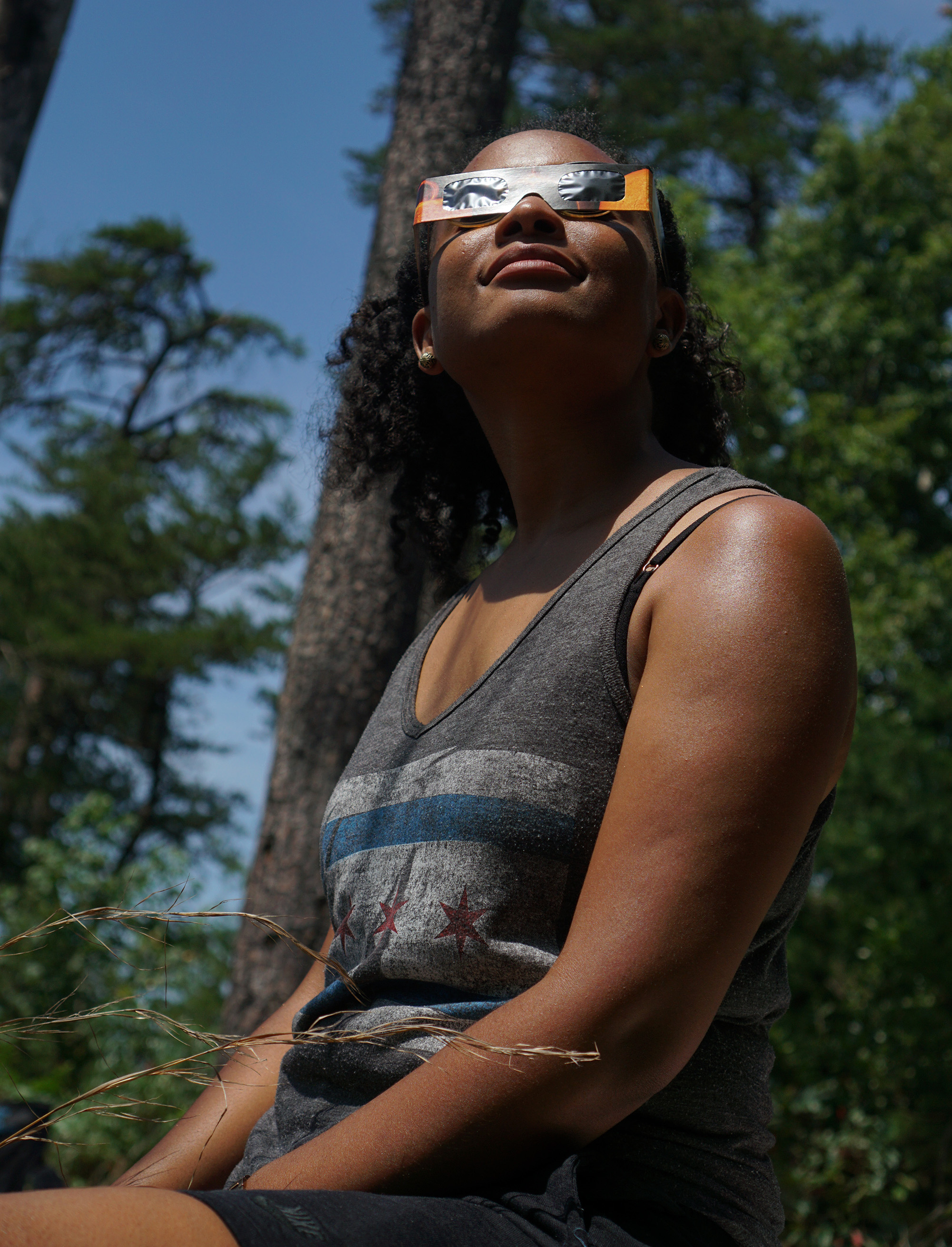
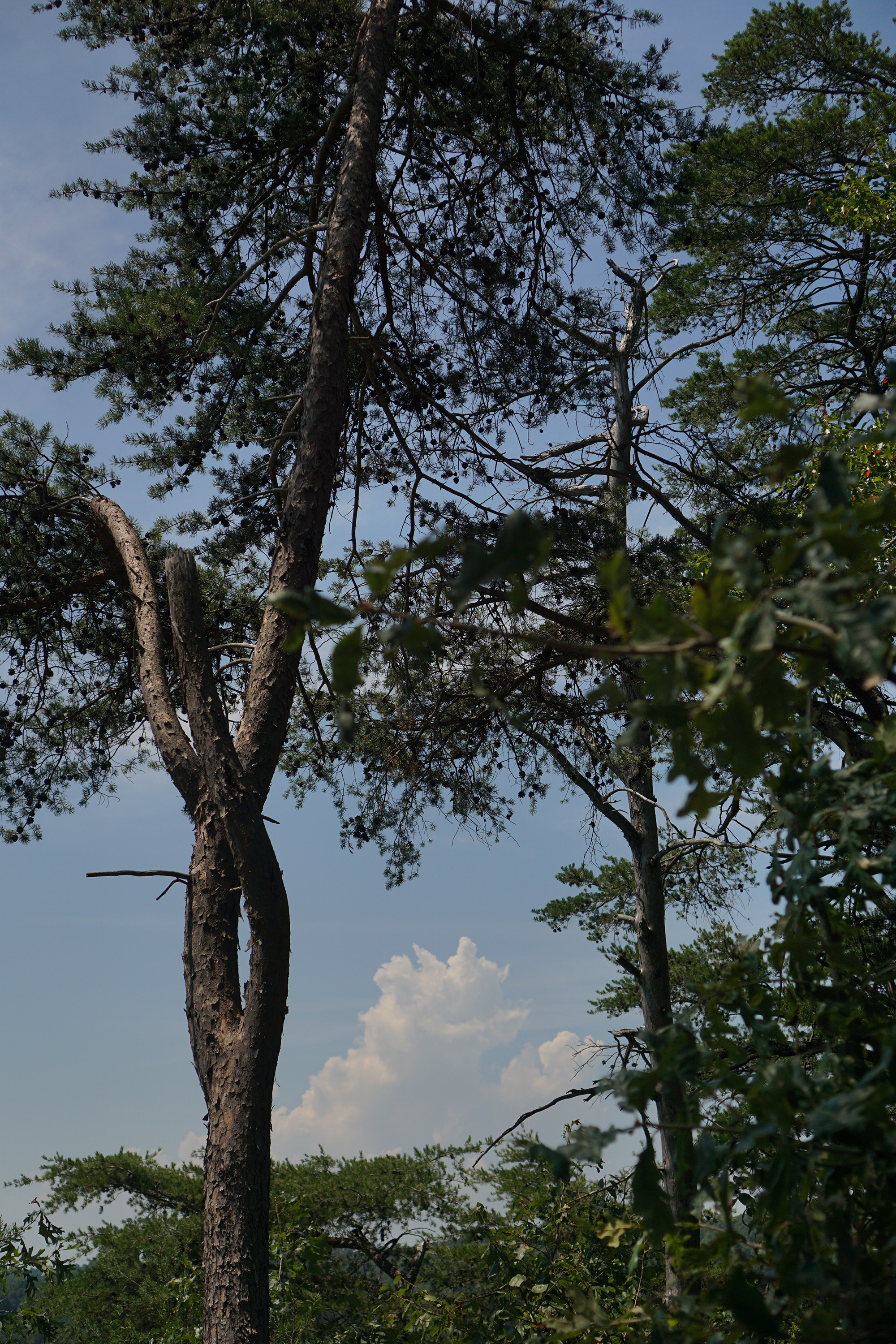
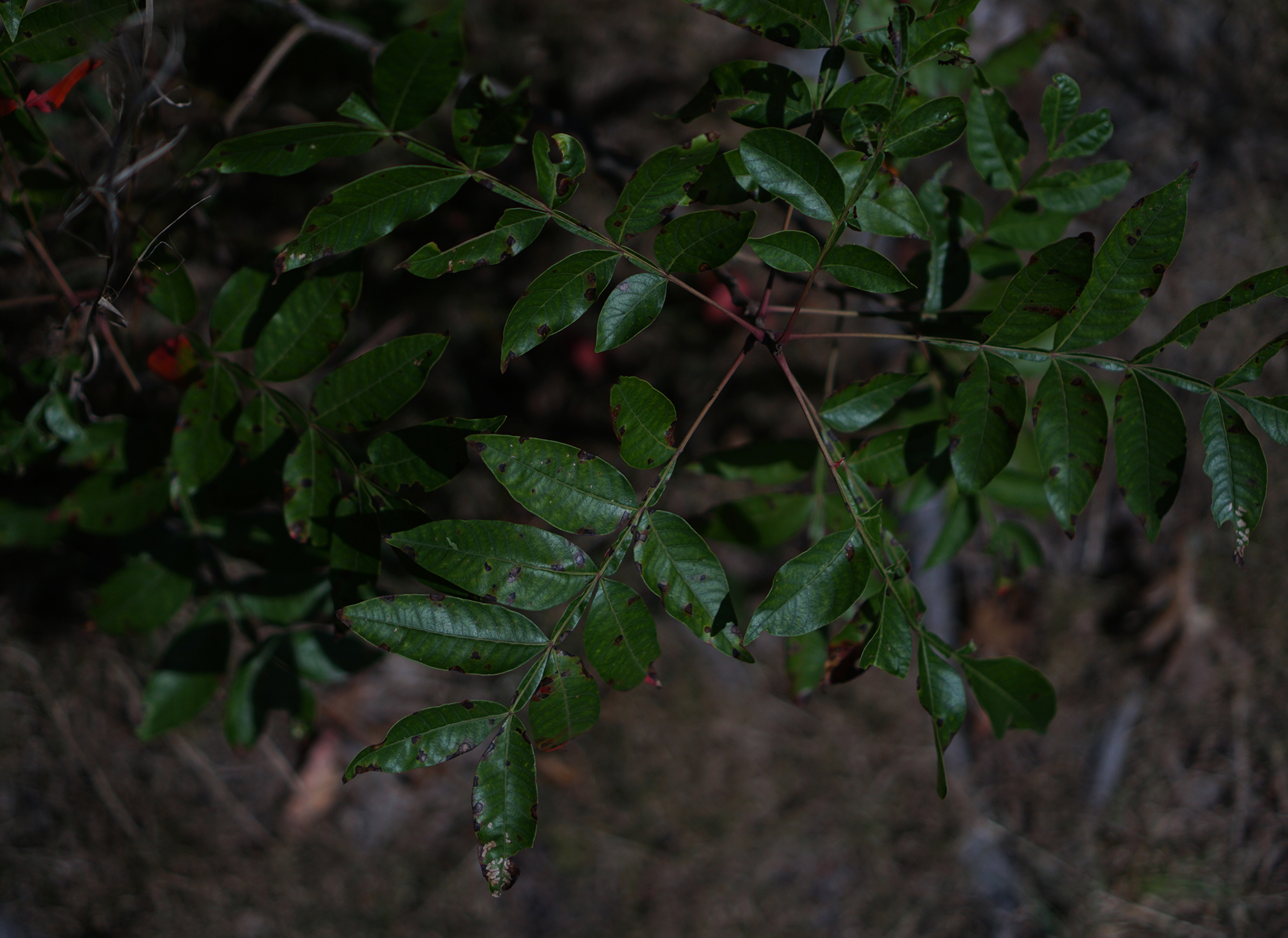
As we moved closer to totality, shadows deepened, colors grew more saturated. The world looked like an underexposed photograph whose details were hazy and indiscernible. I squinted to try and sharpen my gaze, reached to remove my sunglasses before I remembered I wasn’t wearing any. I felt my heartbeat speed up. The sun, which I had just seen with my own eyes, looked right at it for the first time in my life, was disappearing. A man nearby spotted Venus, bright as an airplane’s blinking lights in a moonless night sky. And then we were in it. The small crowd, all of us instinctively, cheered aloud as totality pulled into view. We briskly removed our glasses and gazed directly up at the sun’s glowing white corona. Cicadas began to scream, the colors of sunset brightened on the horizon, turning giant cumulus clouds pink, orange, and blue, even as the sun itself continued hiding directly above our heads.
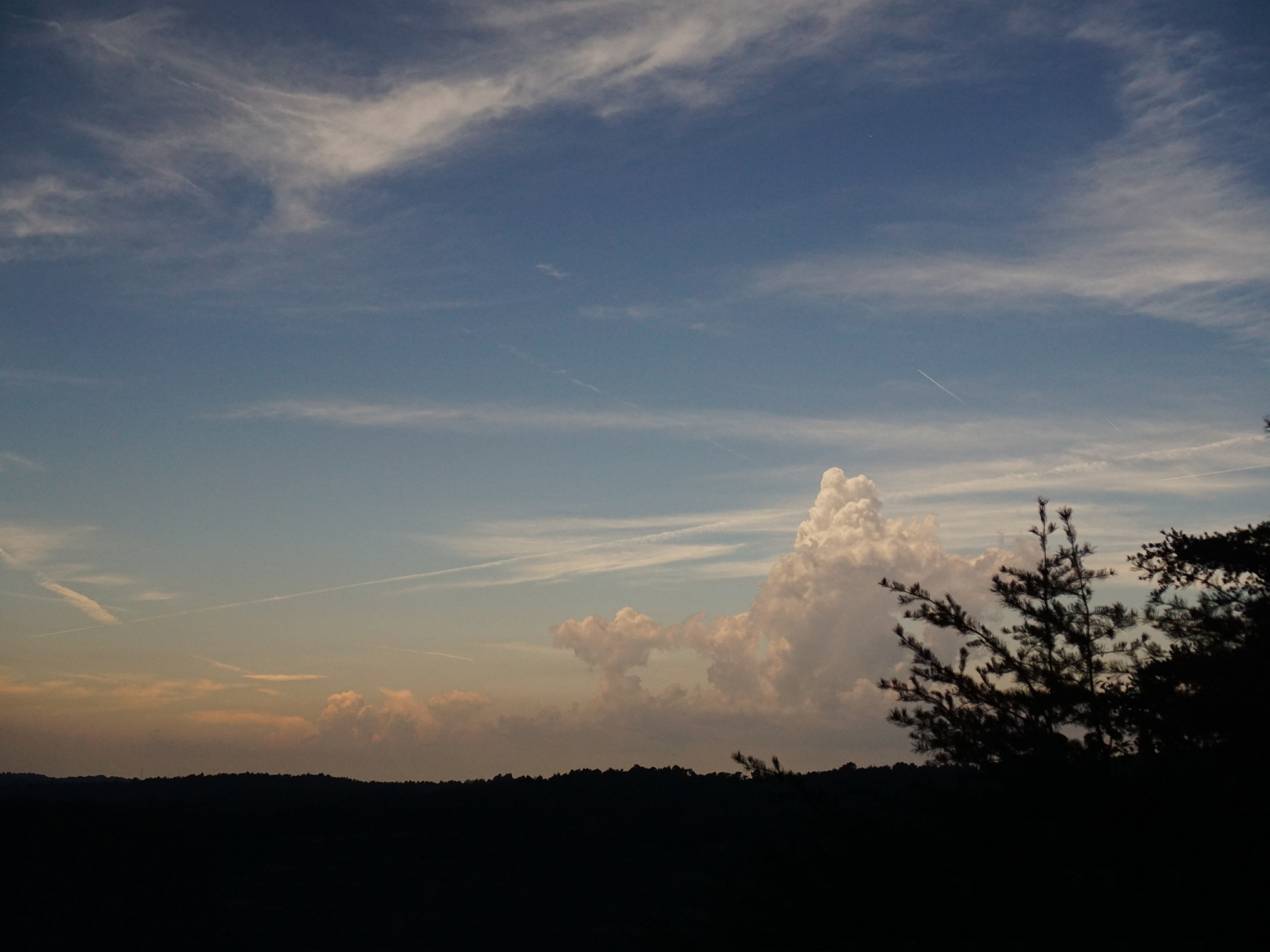
From our vantage point in Western Kentucky, totality lasted two minutes and 36 seconds. The time felt longer, and infinitely shorter. To say it was a beautiful thing to witness is a vast understatement. As the tops of the farthest clouds began to turn back to fluffy white, the signal that daylight was on its way back, I felt full of wonder, joy, gratitude. To see a total eclipse is to see something equal parts extraordinary and completely ordinary. The sun and the moon cross each others’ paths multiple times a year, it’s not rare or remarkable. What’s remarkable about it is that we stop to take notice. There are billions of natural events happening around us every day — flowers blooming, clouds shifting, tides rising, winds eroding. It’s a total improbability that we’re here at all, that we have this planet to call home, that we can experience the very real cosmic activity happening around our planet. It’s incredible, and it’s something to be aware of and grateful for everyday, not just during a total solar eclipse.
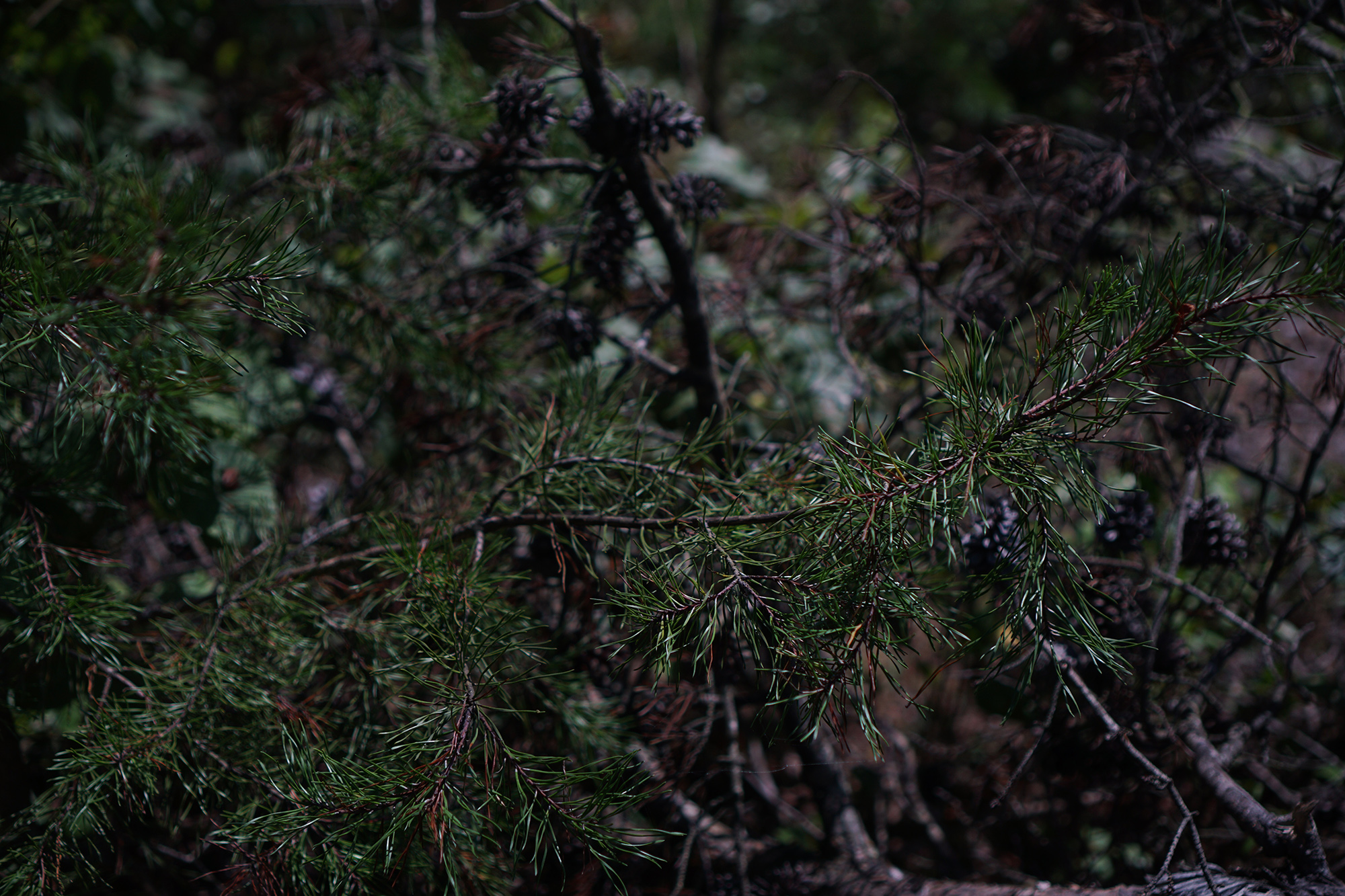
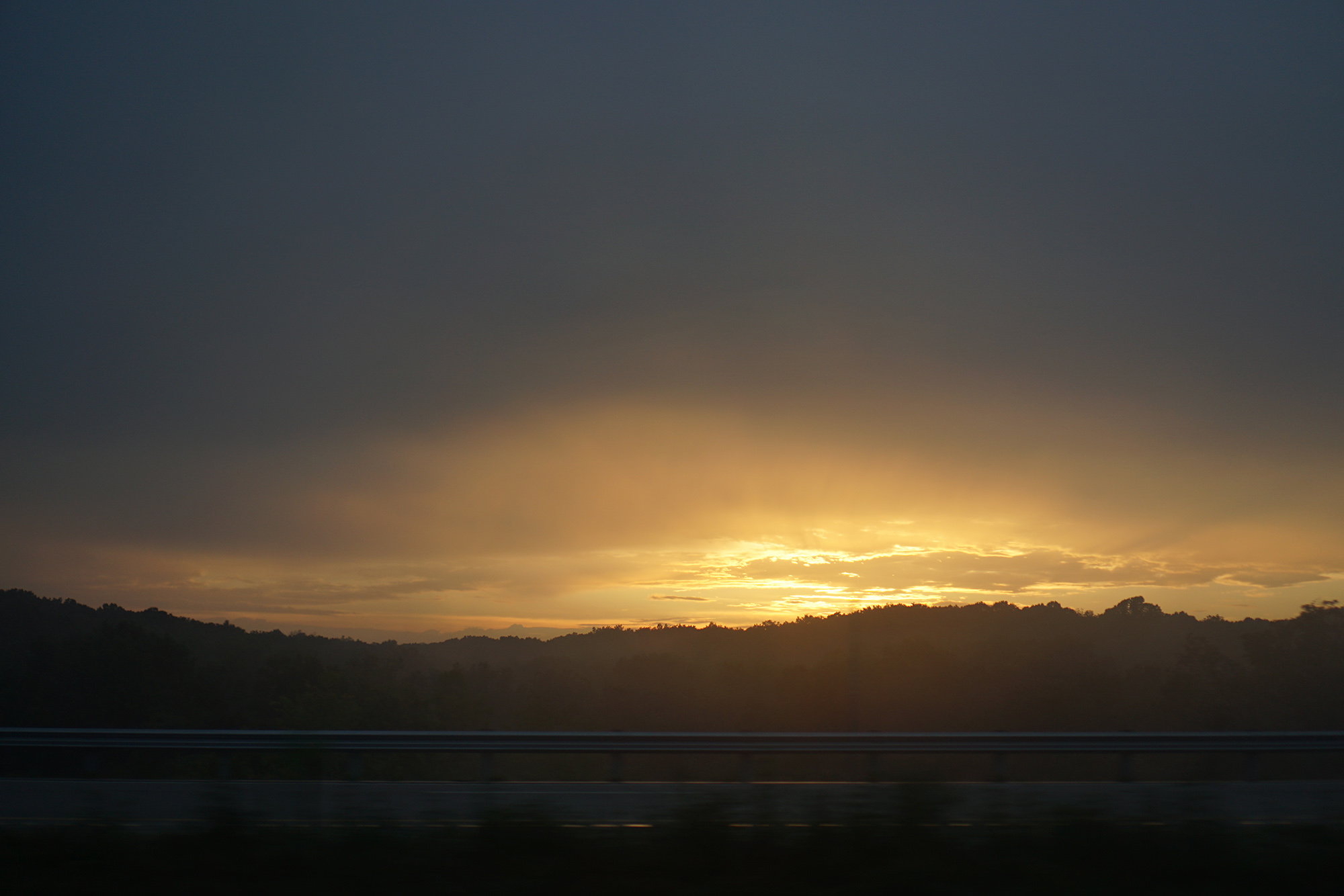
It took us a while to muster the motivation to pack up and head back down the trail. I hesitated leaving behind the experience we’d just had, and the beautiful place we had it in. But the sun, which had followed us throughout the day, stuck by our side the entire return trip north. In the evening, the tops of cotton ball trees ignited in rosy pastel hues, their branches and trunks glowing bright orange against the dimming skies. The morning’s fog turned to evening mist and the sun finally dipped below the hills, throwing the silhouetted trees into perfect contrast against a sky streaked with early evening color. At moments, the sky looked almost identical to how it appeared hours earlier, at 2:35pm, during peak totality. The main difference was how I perceived it, and the entire world around me.

